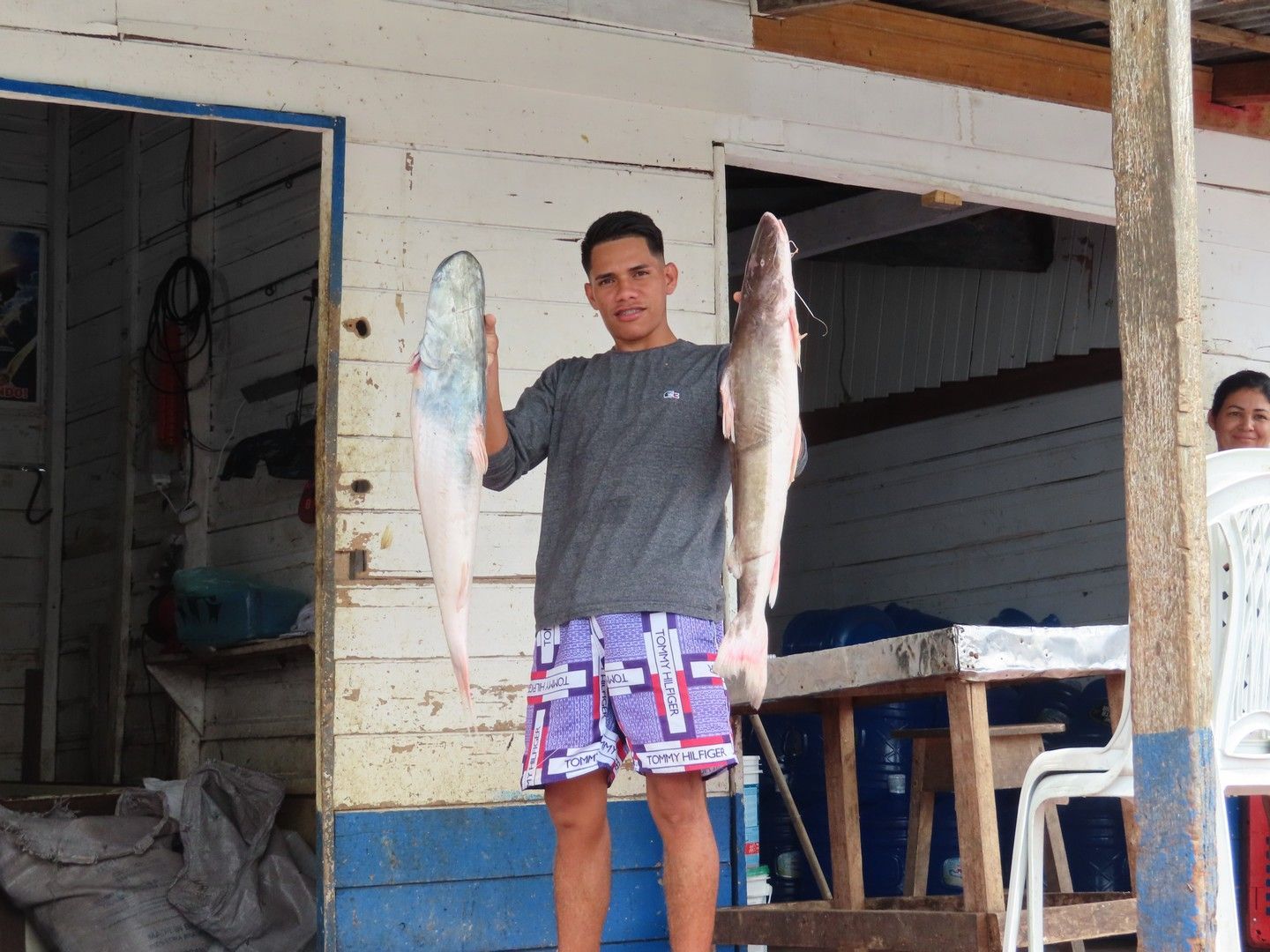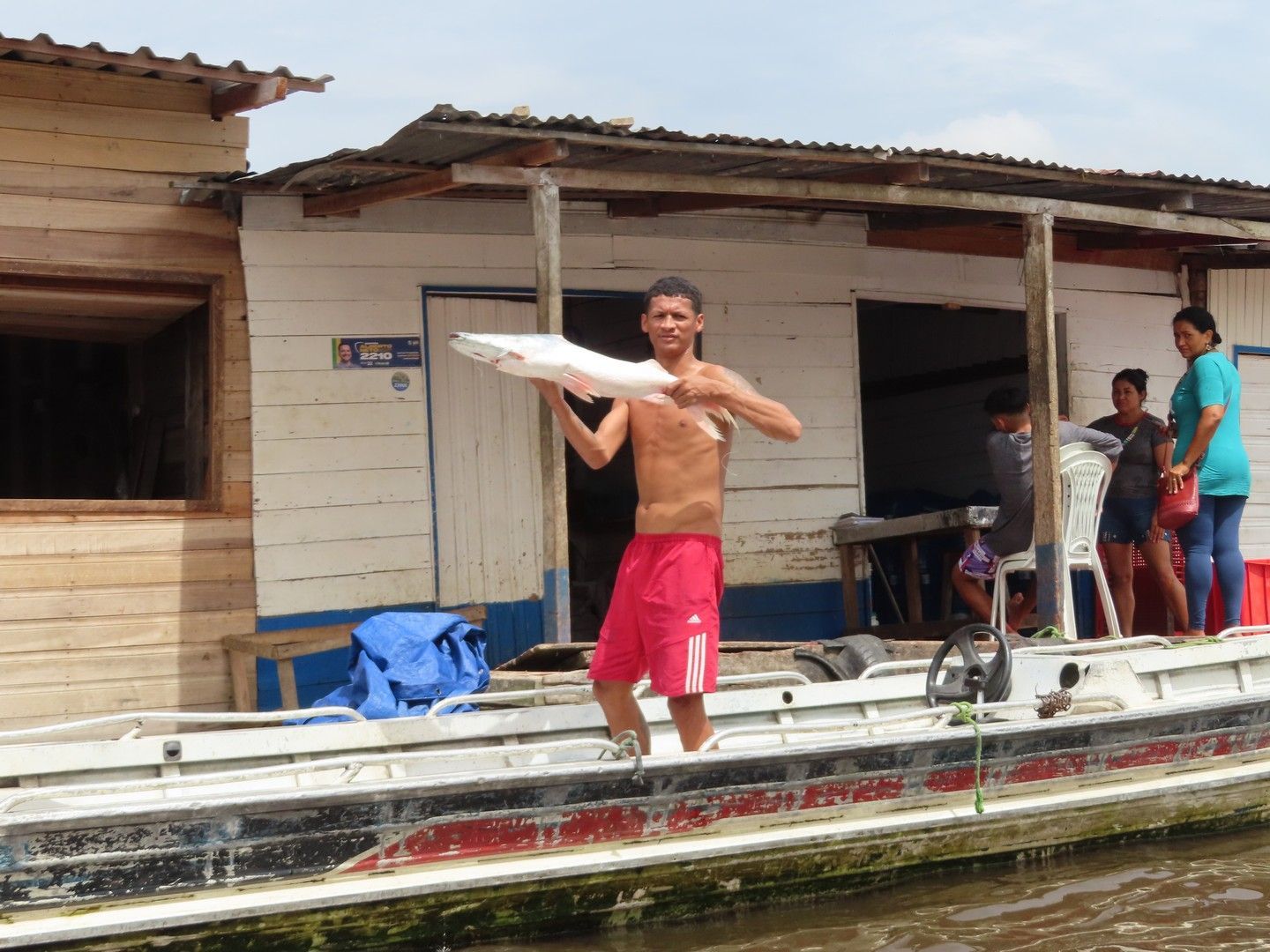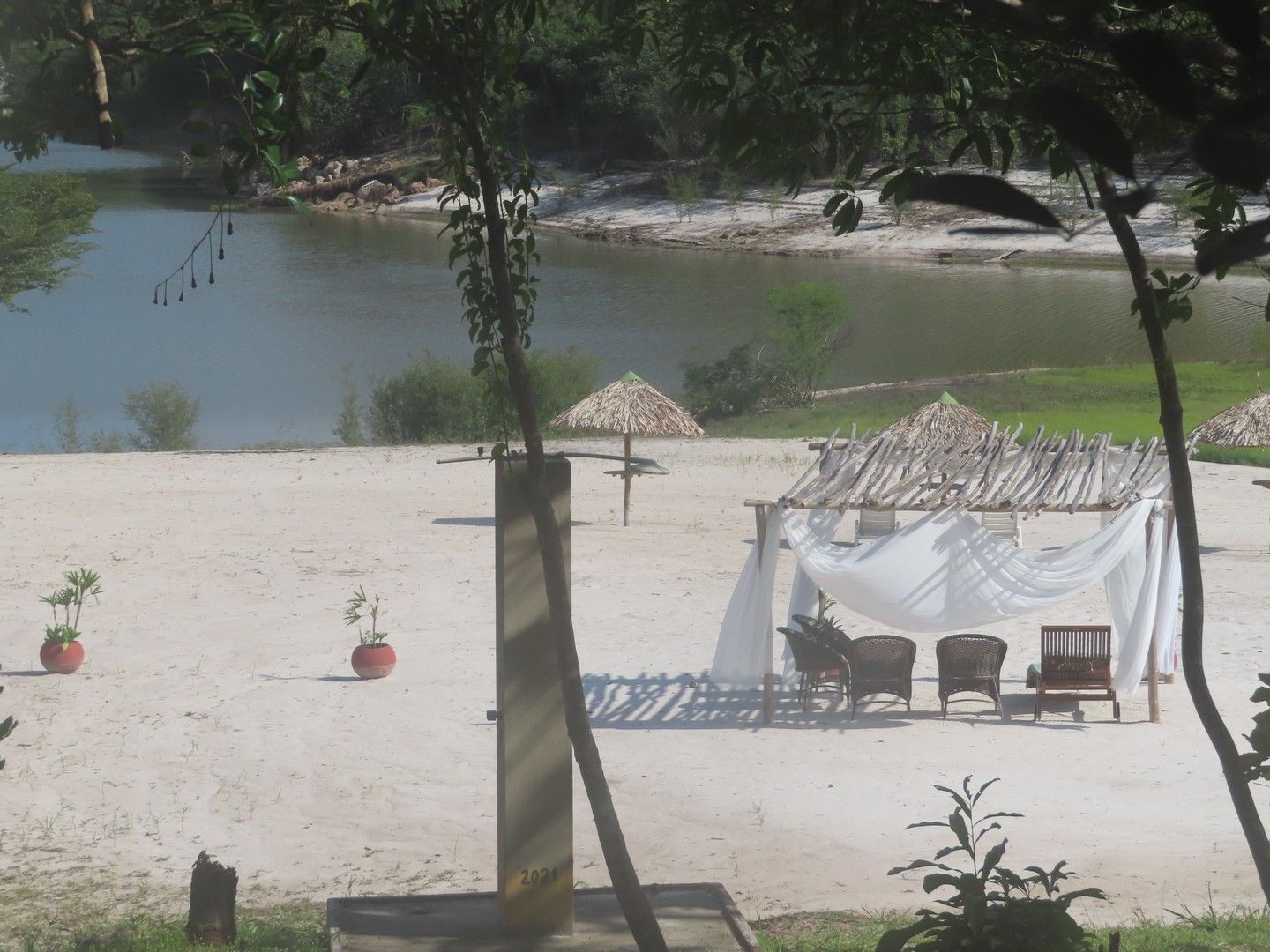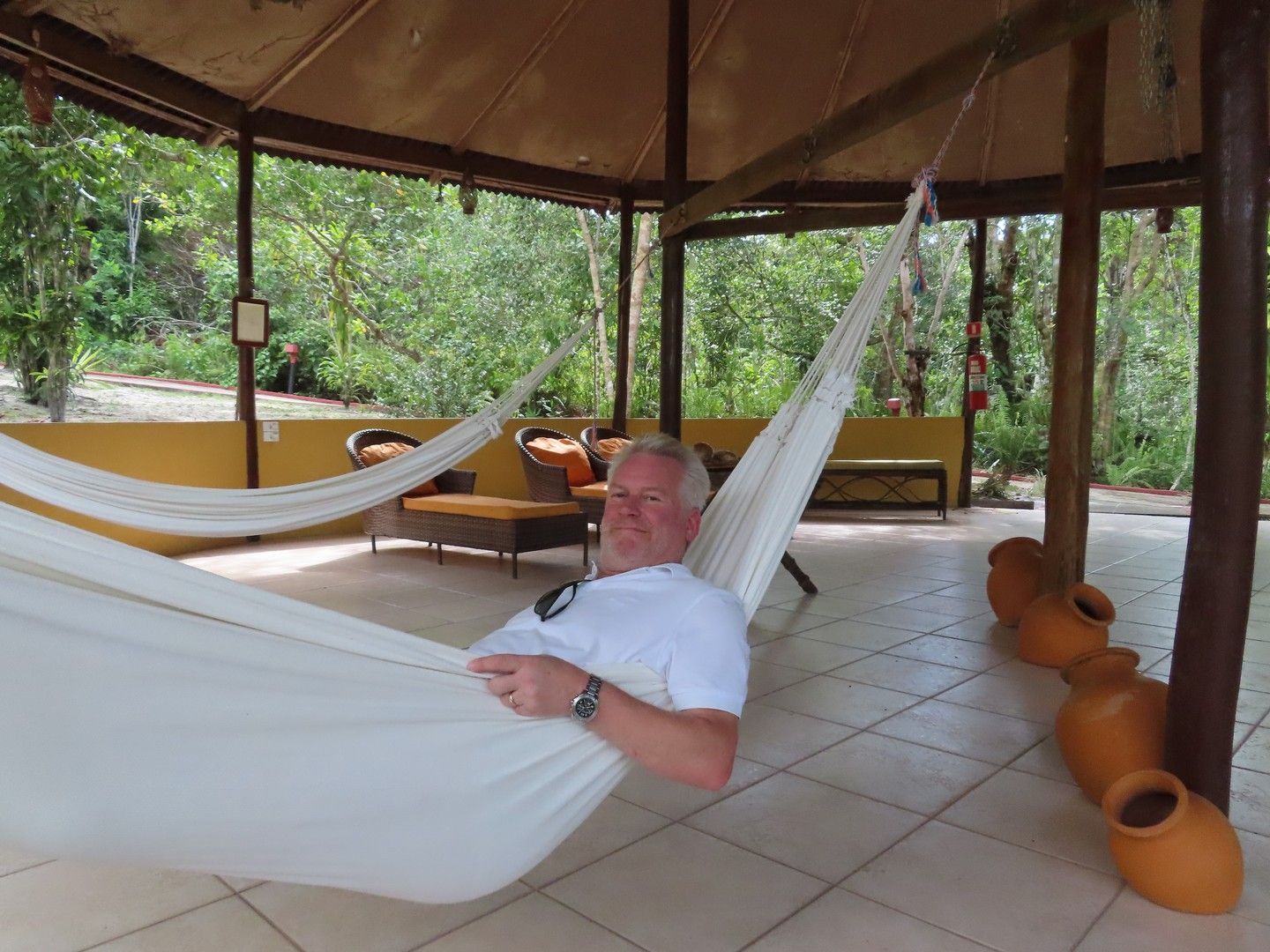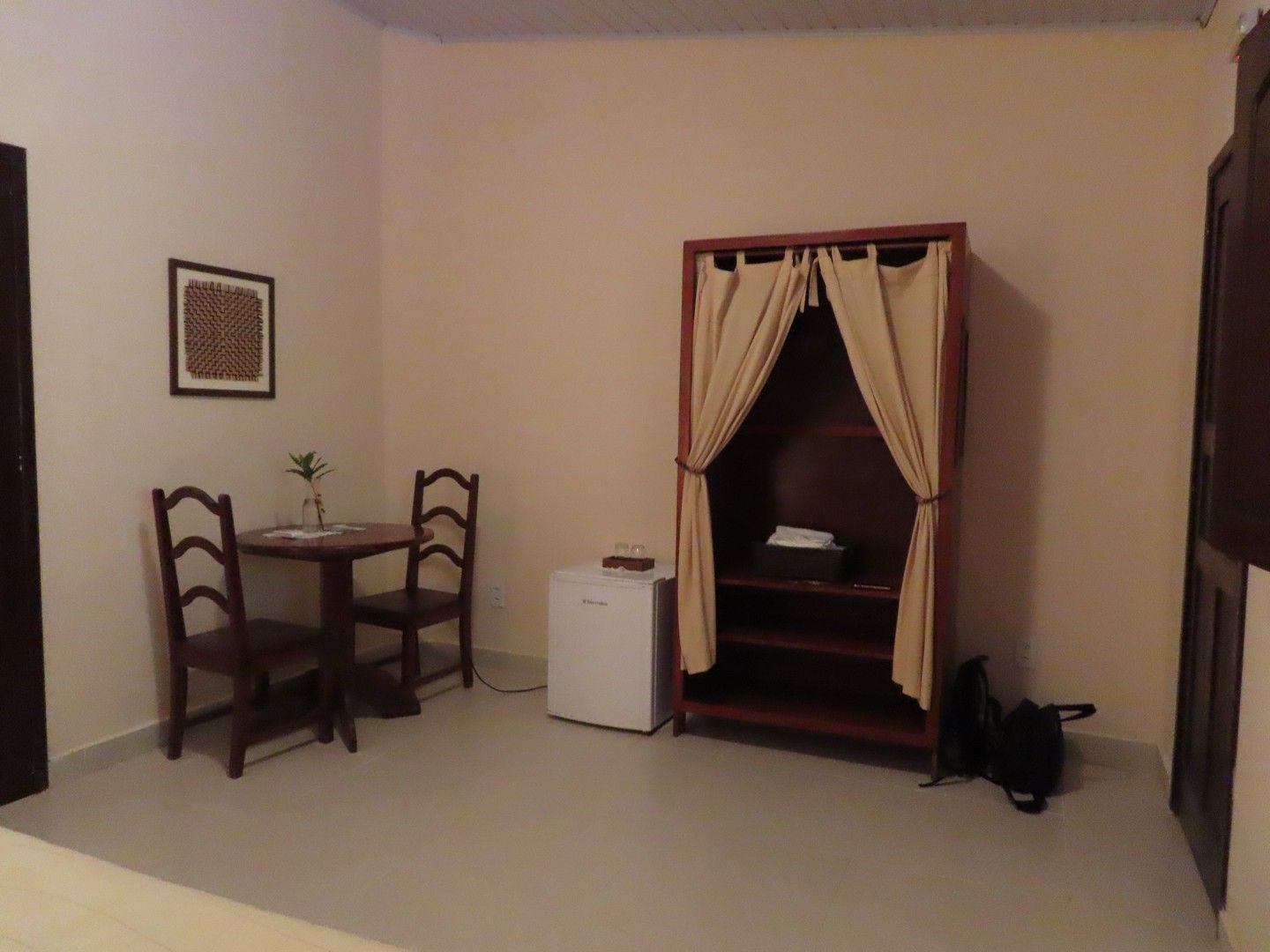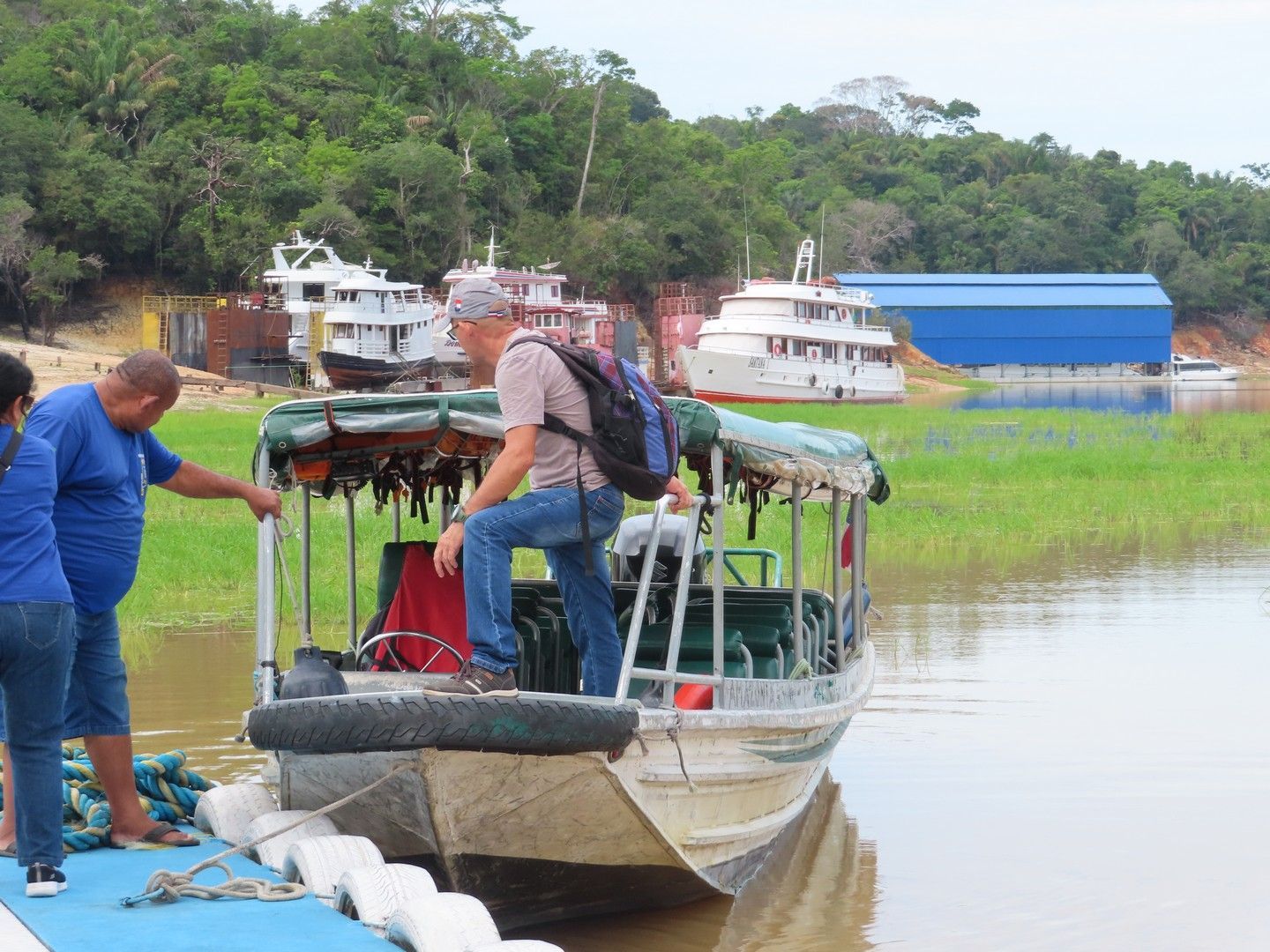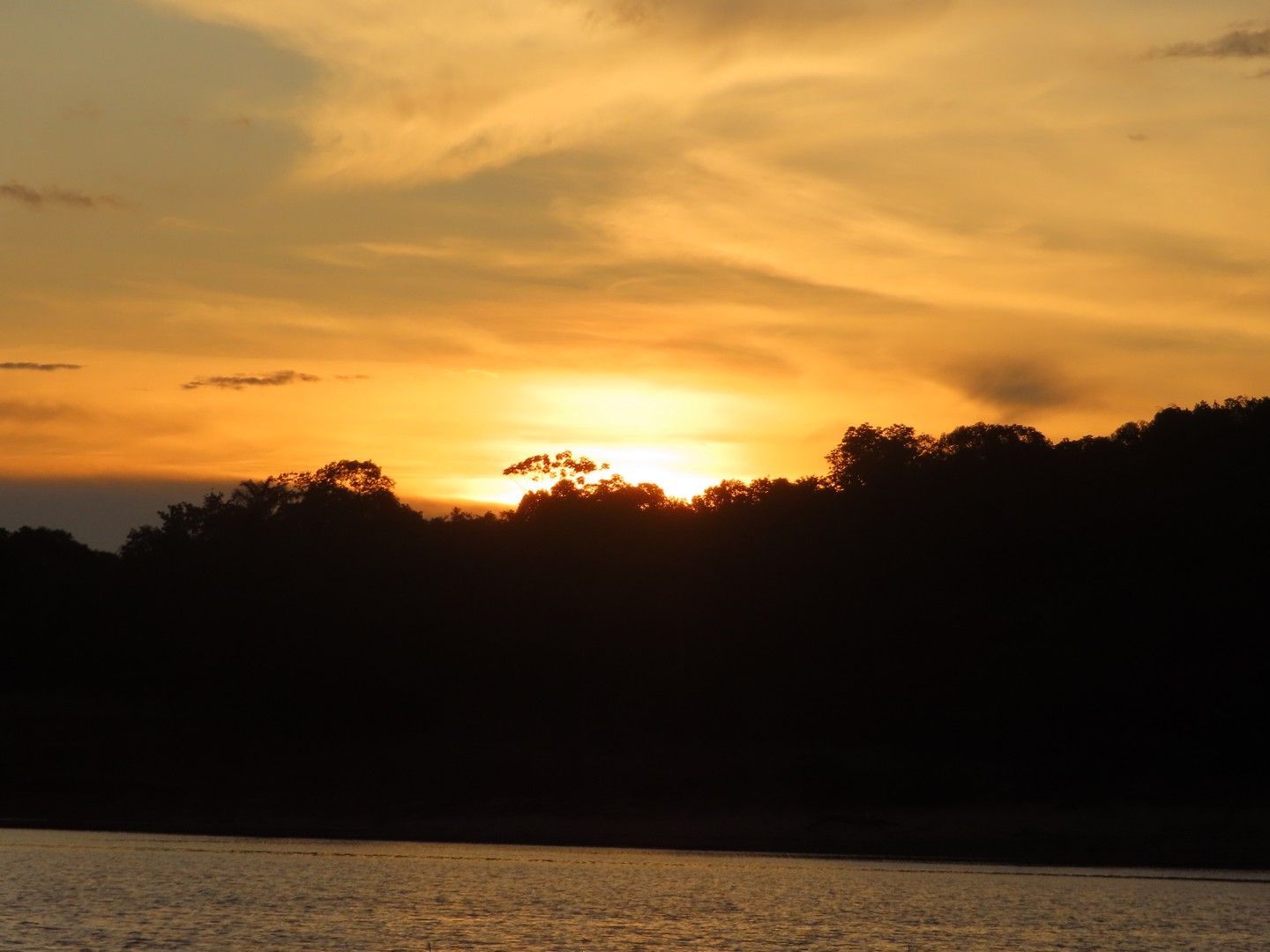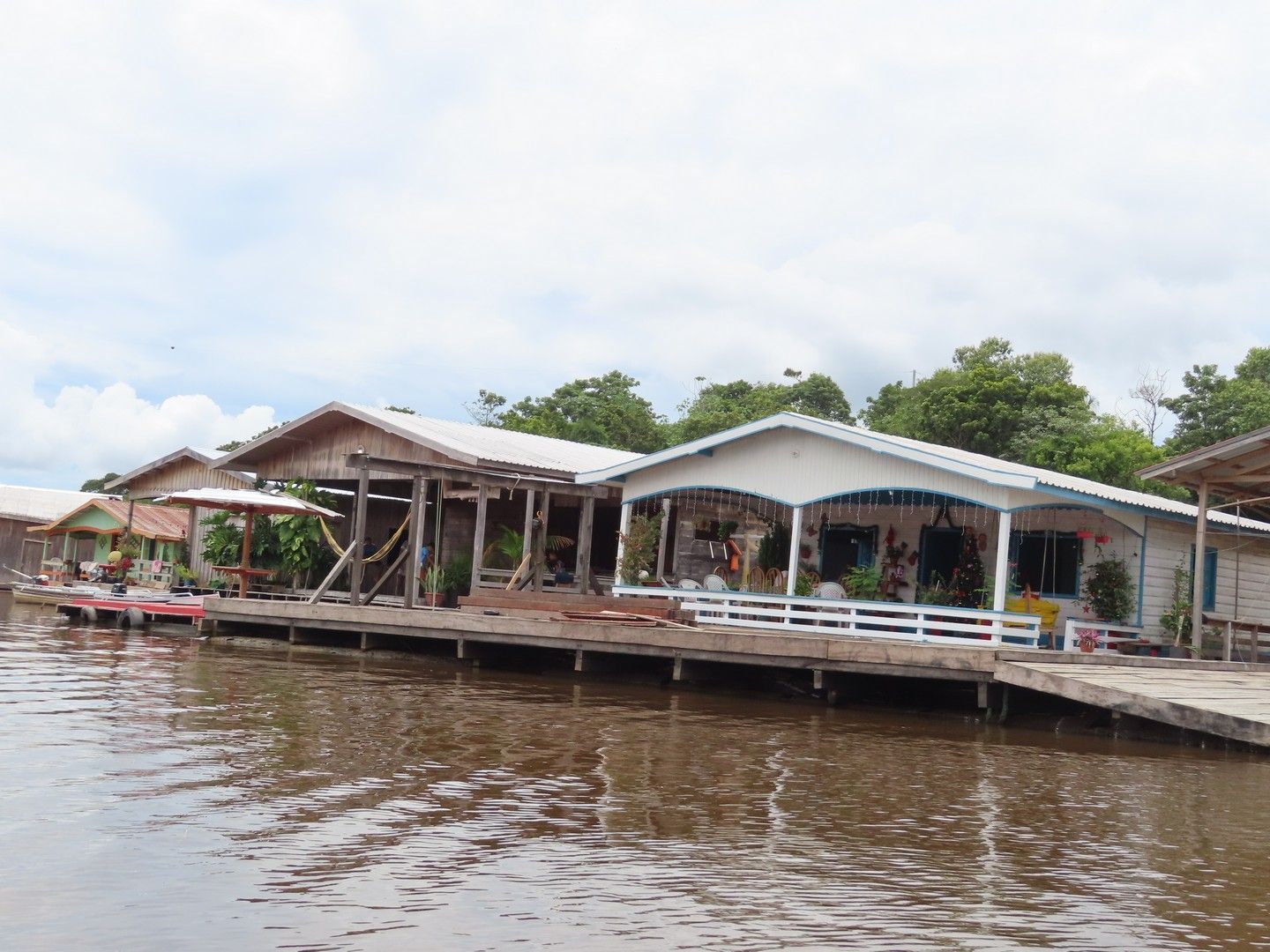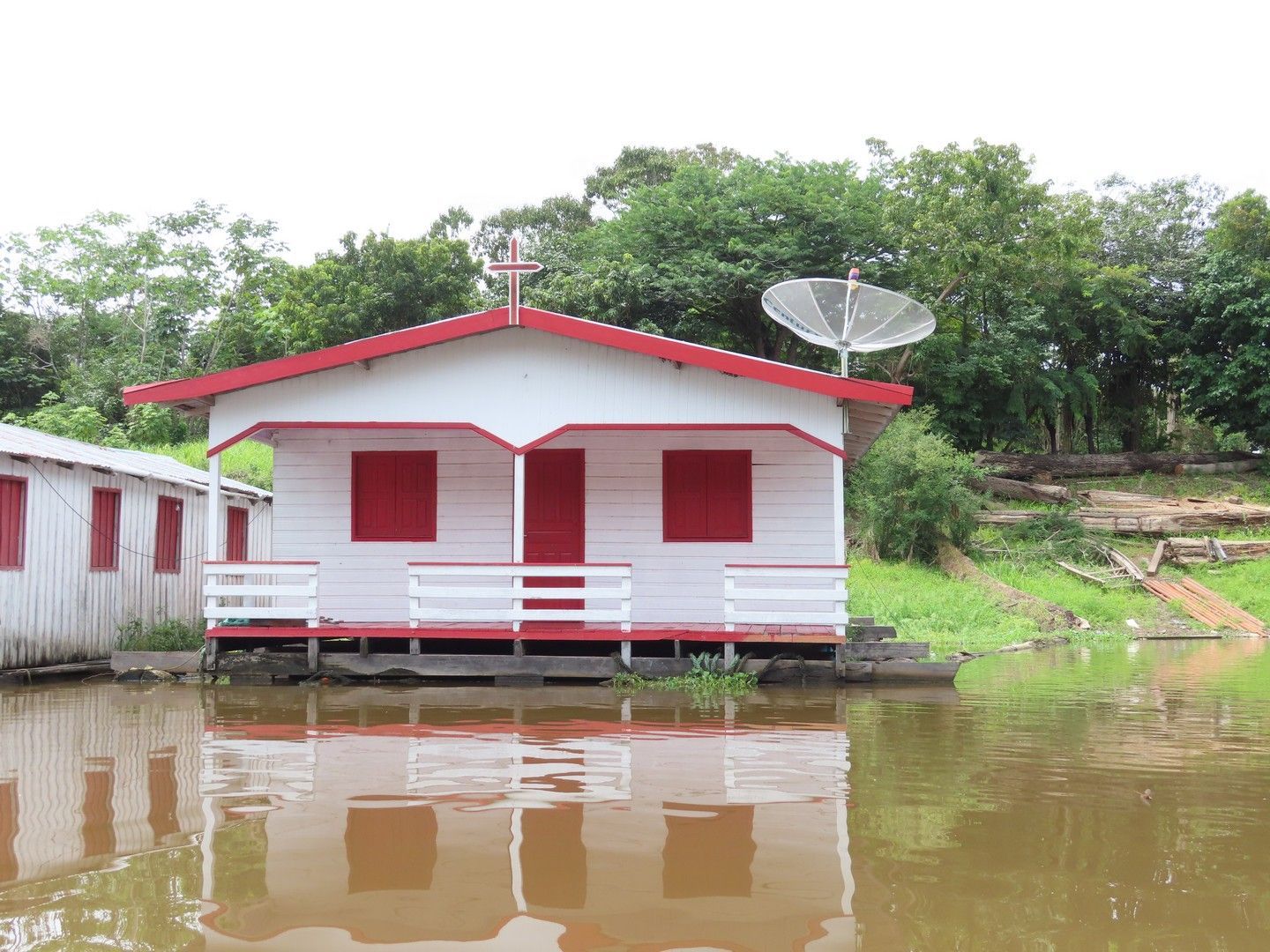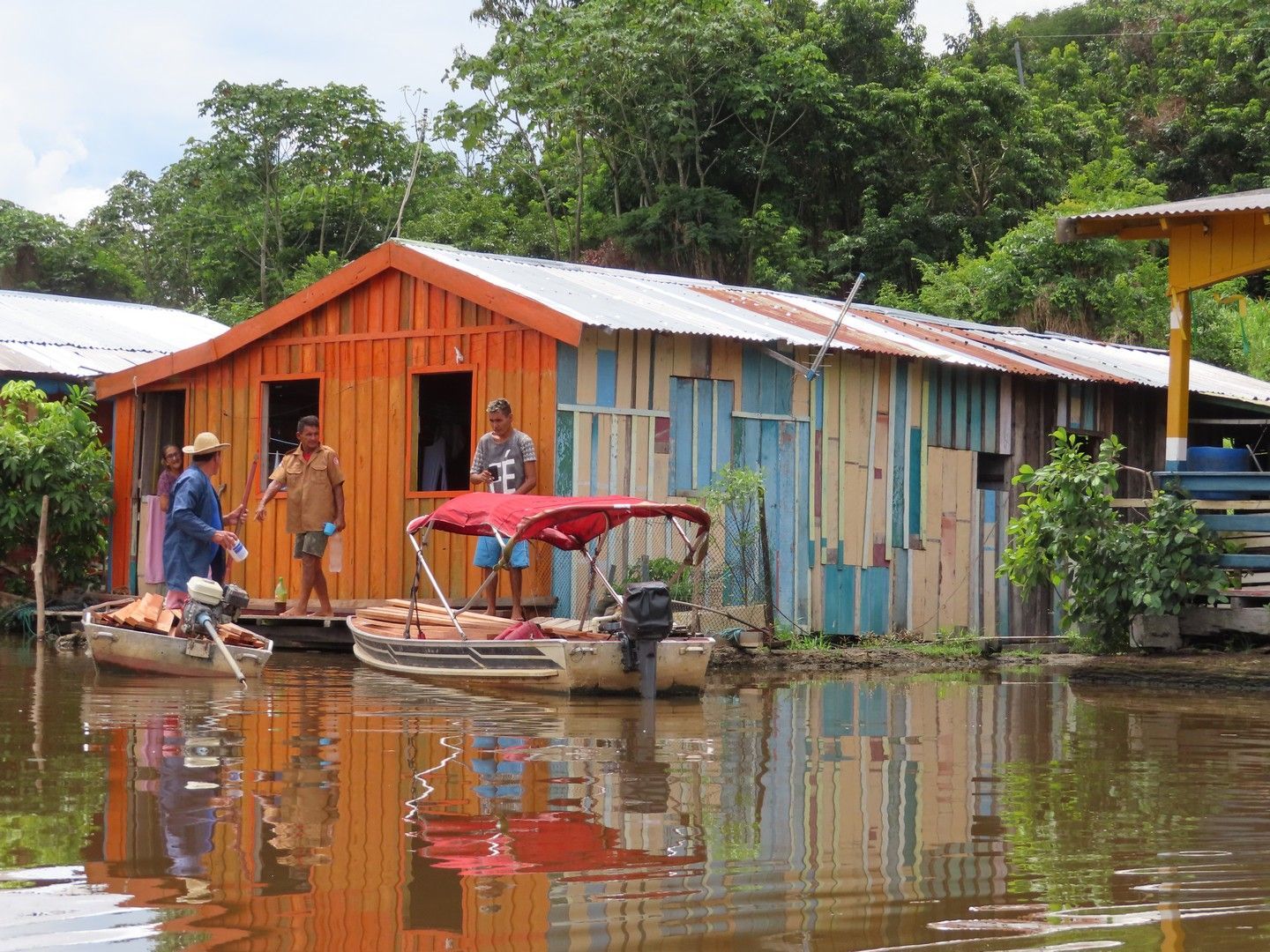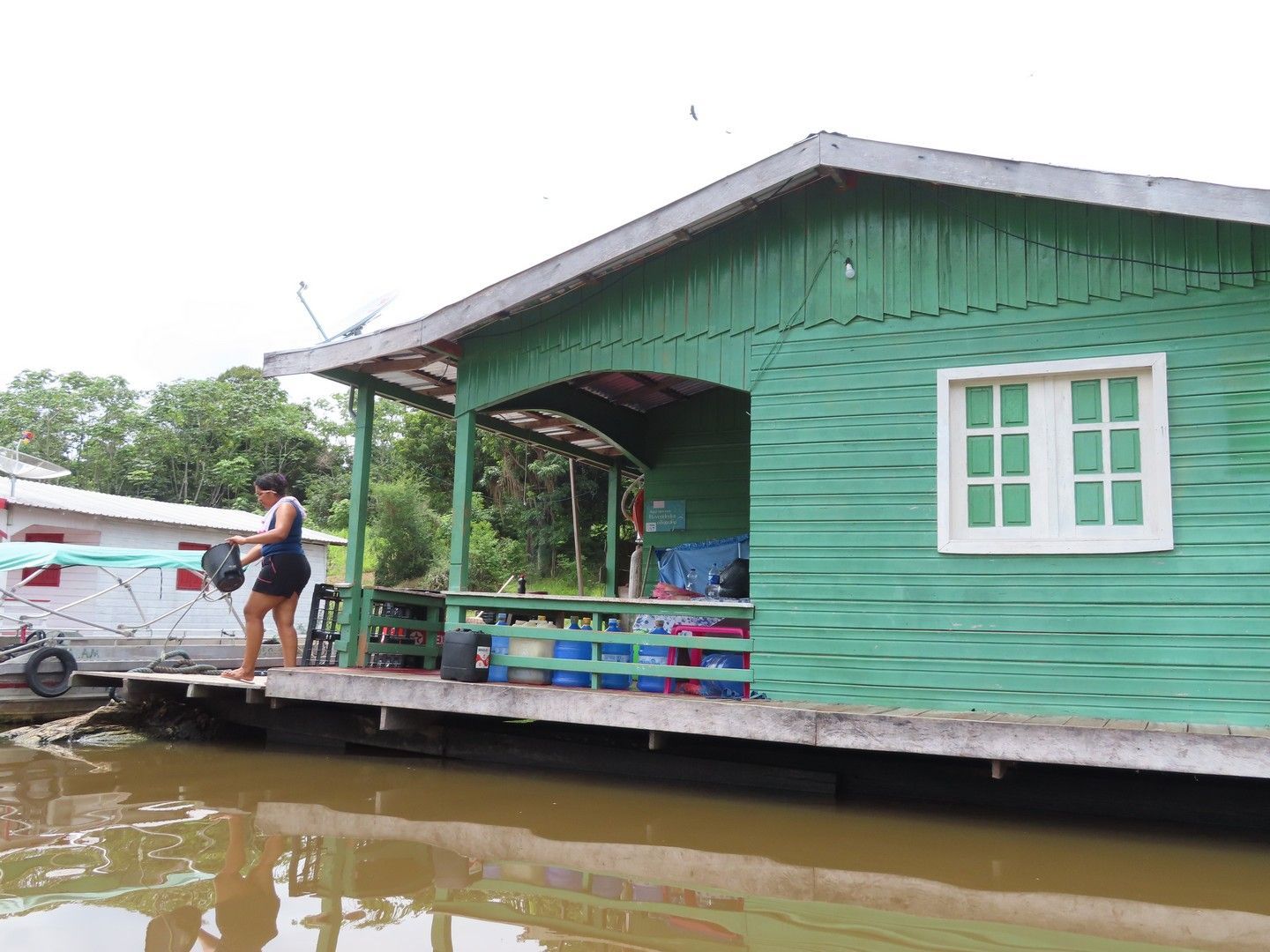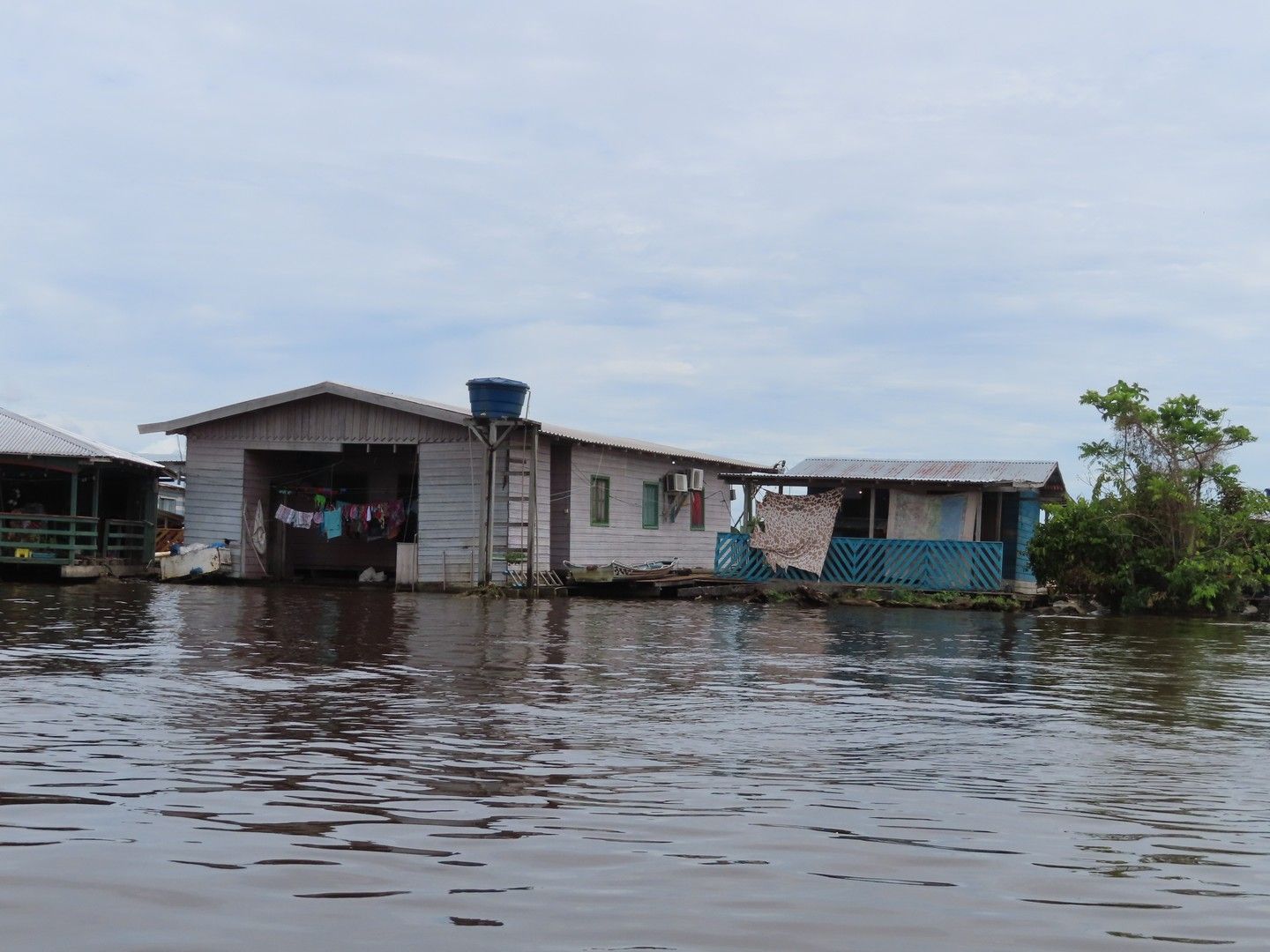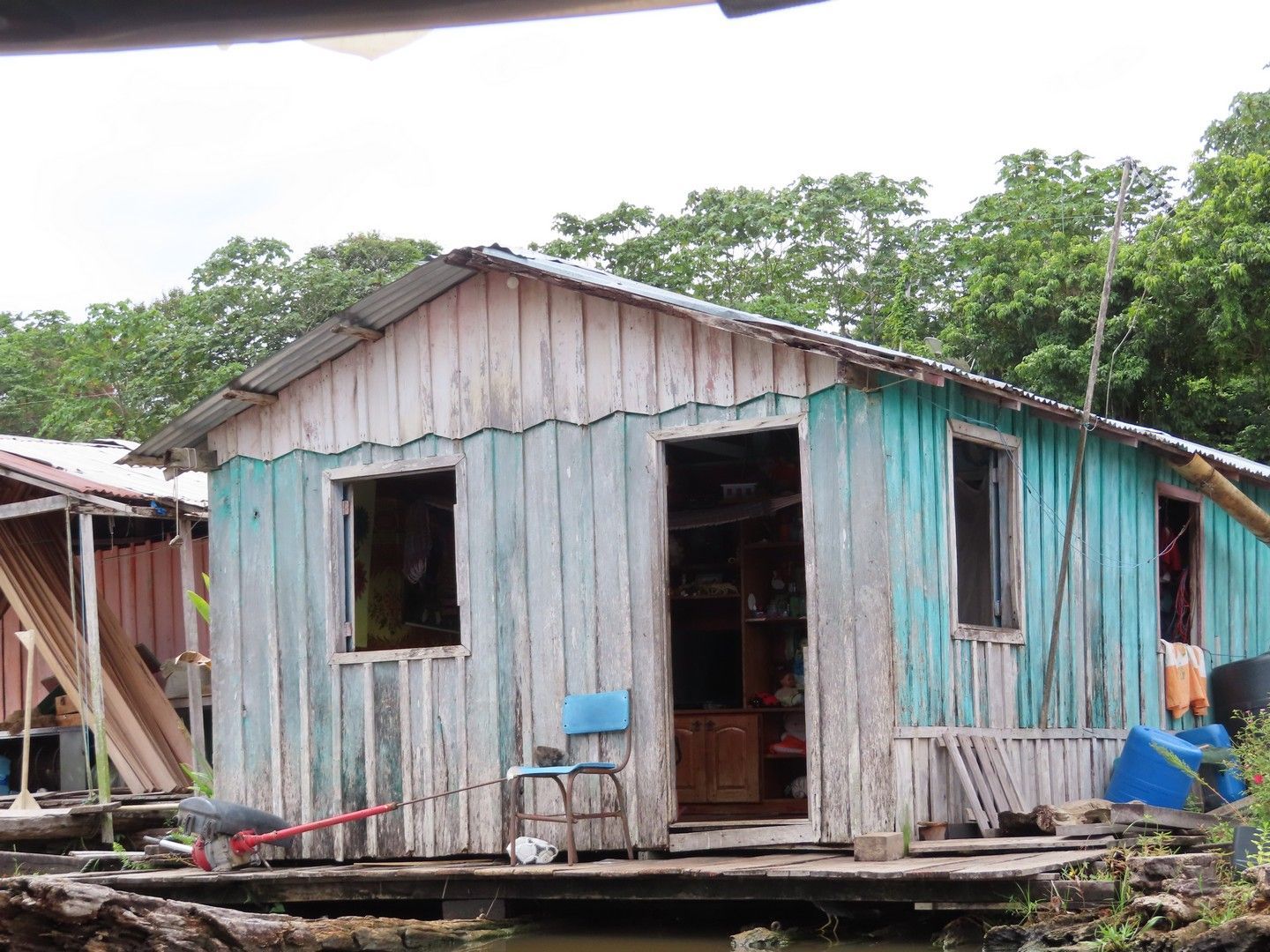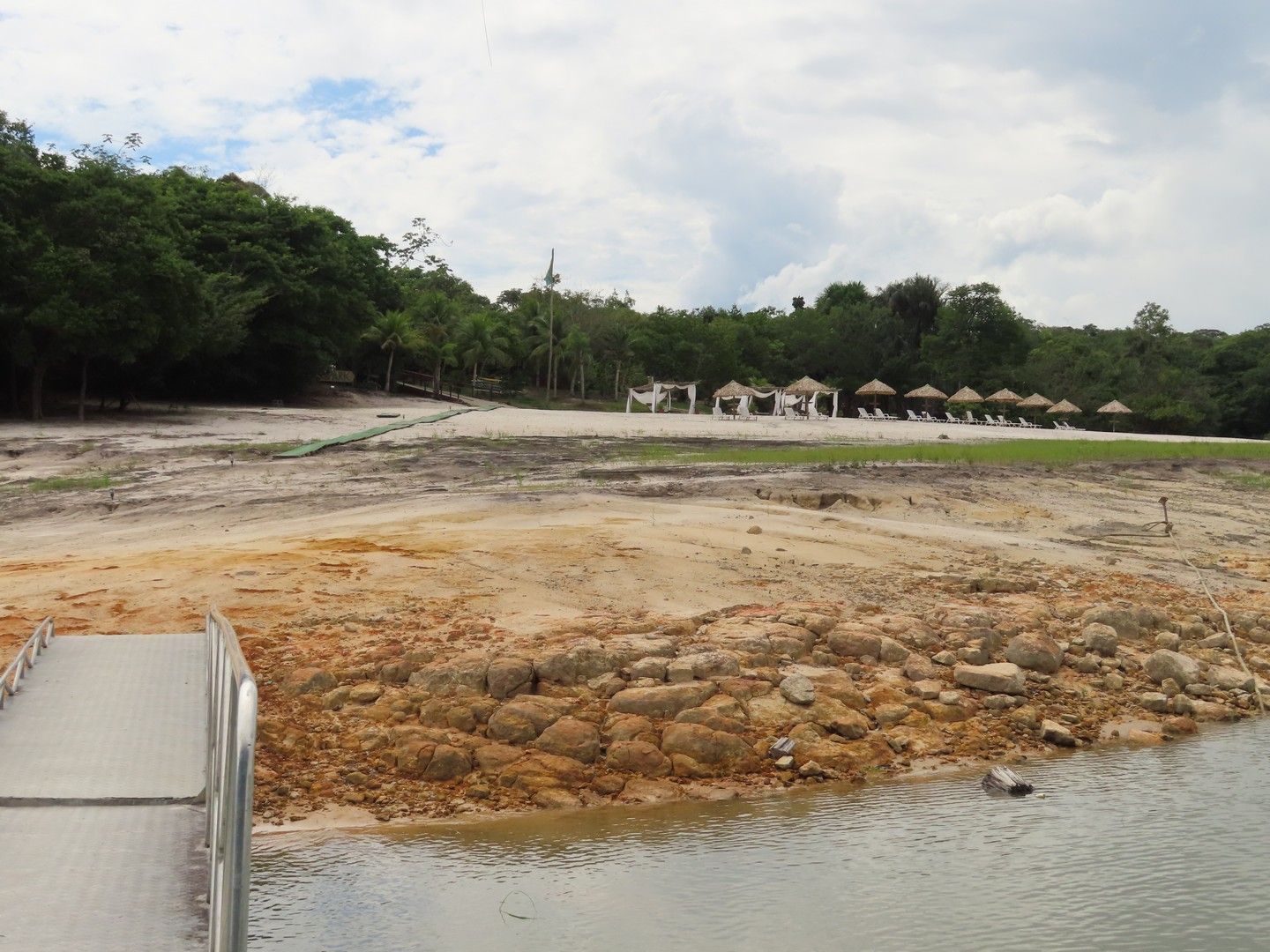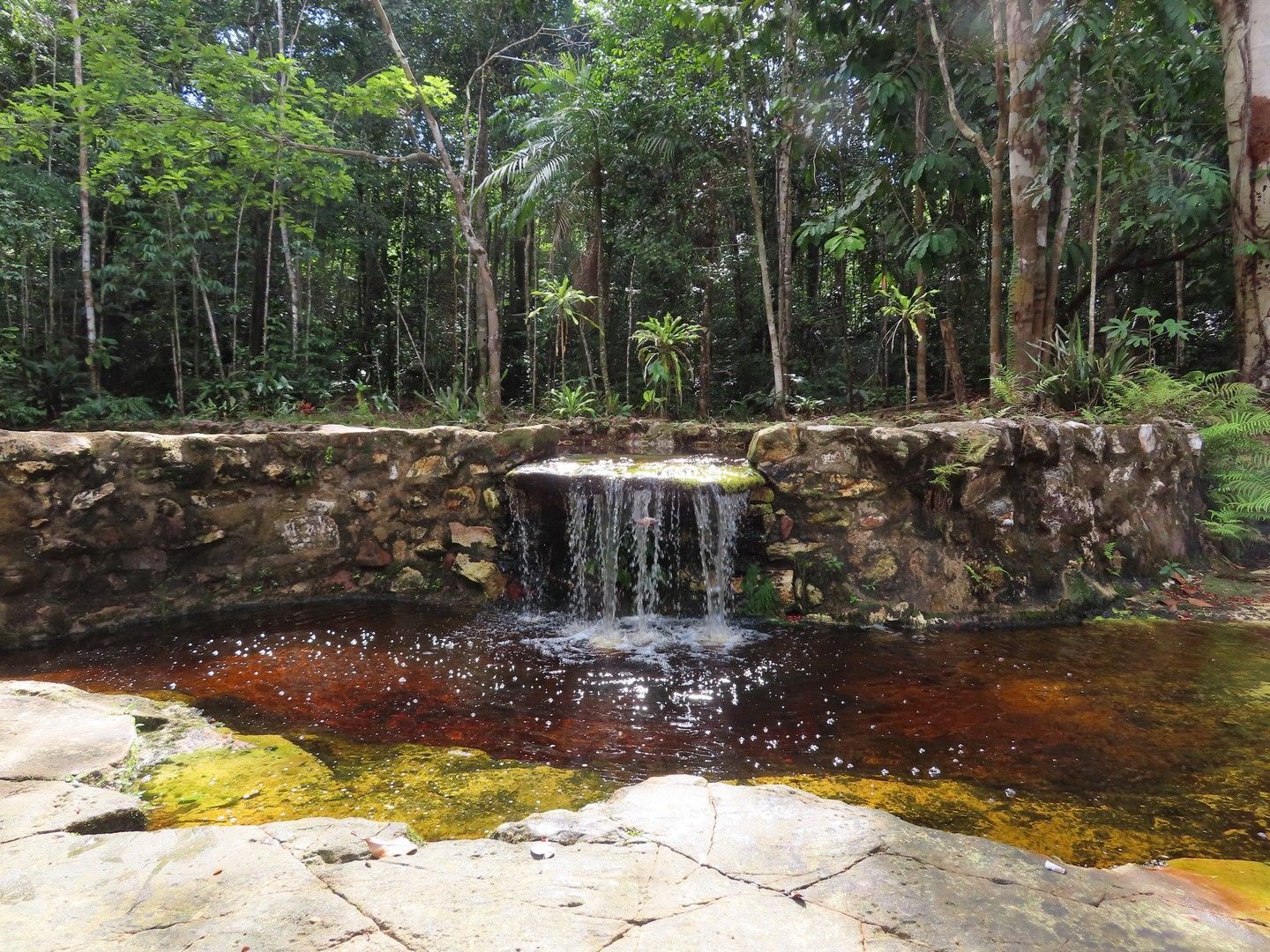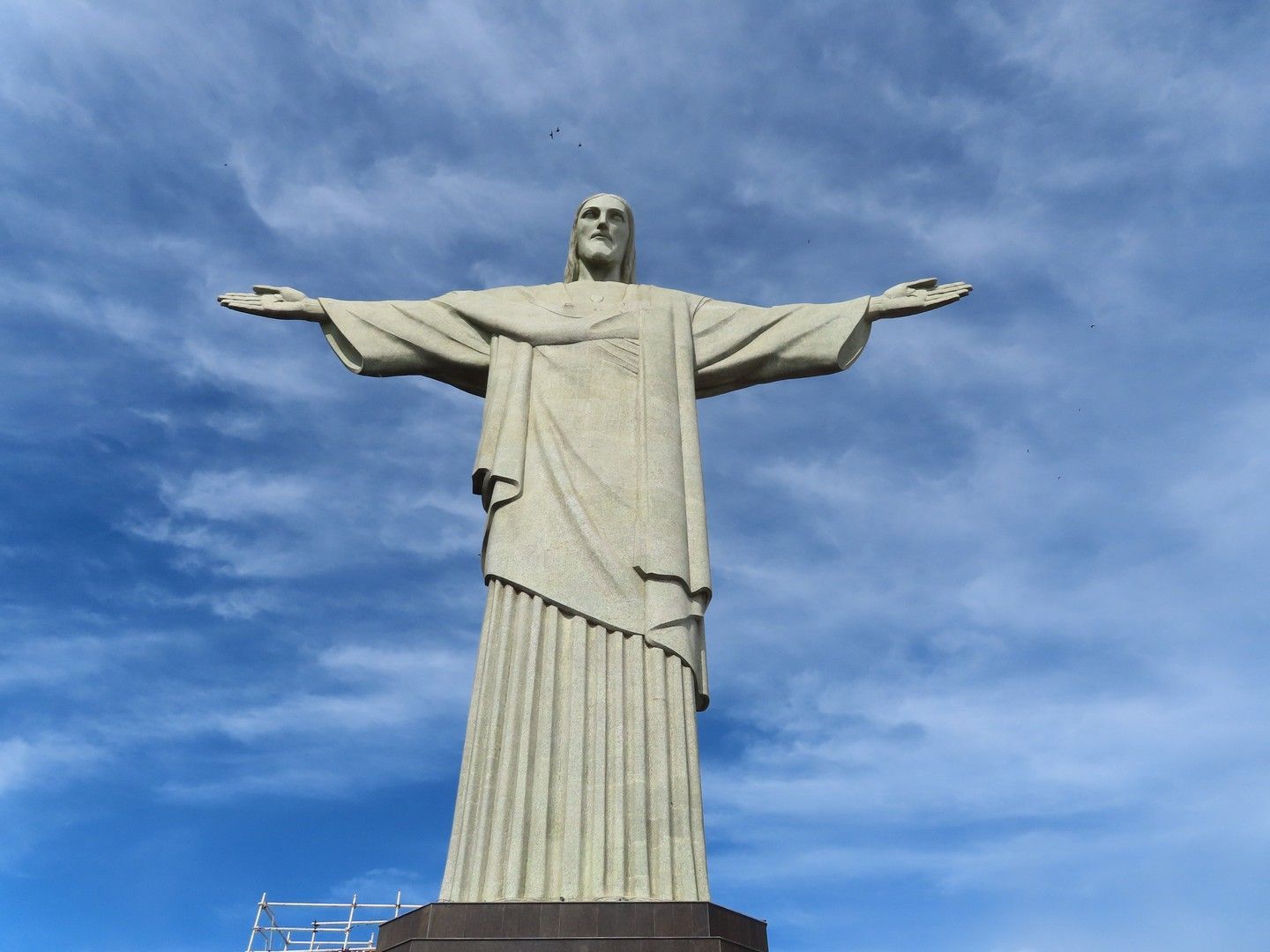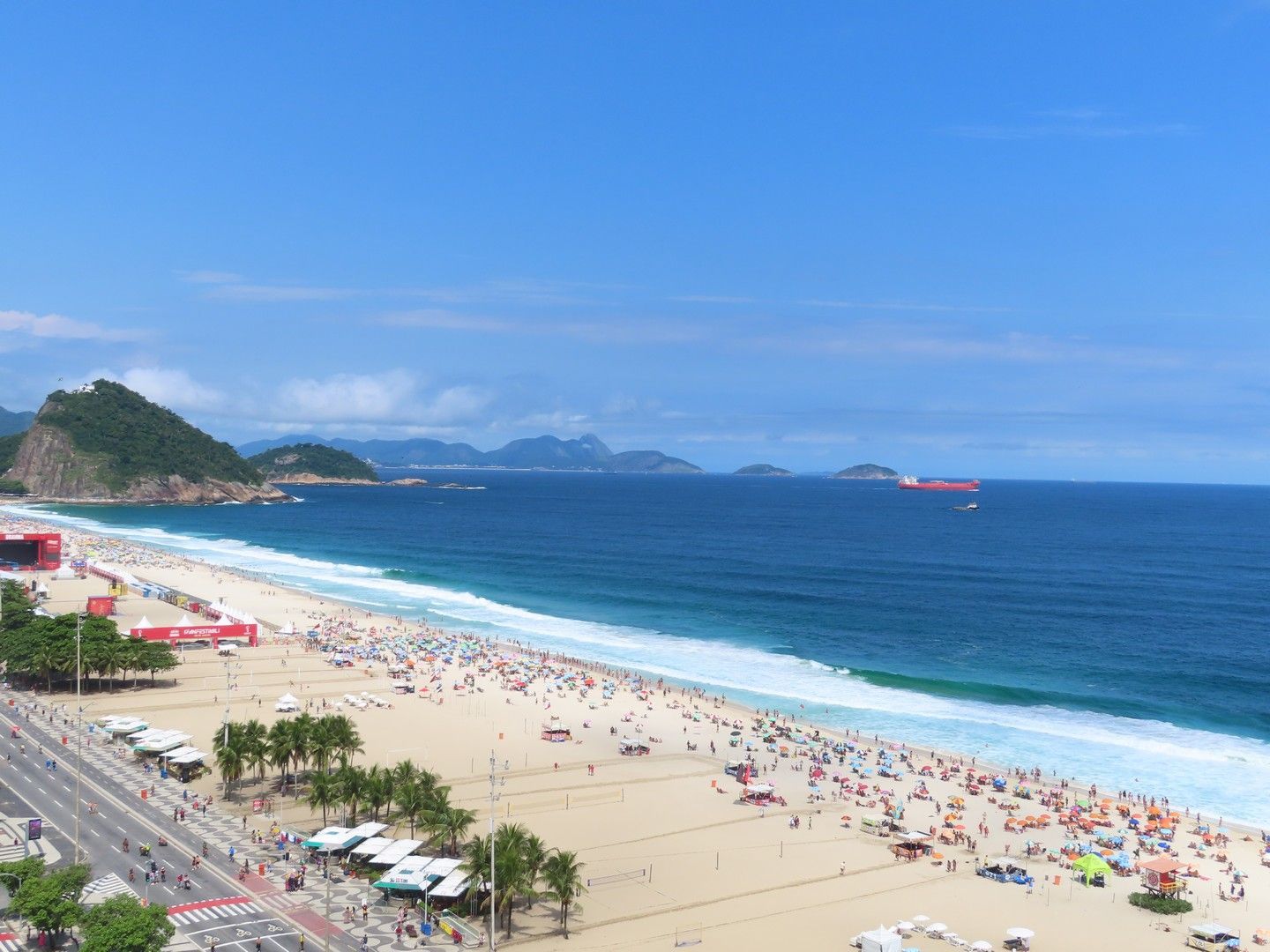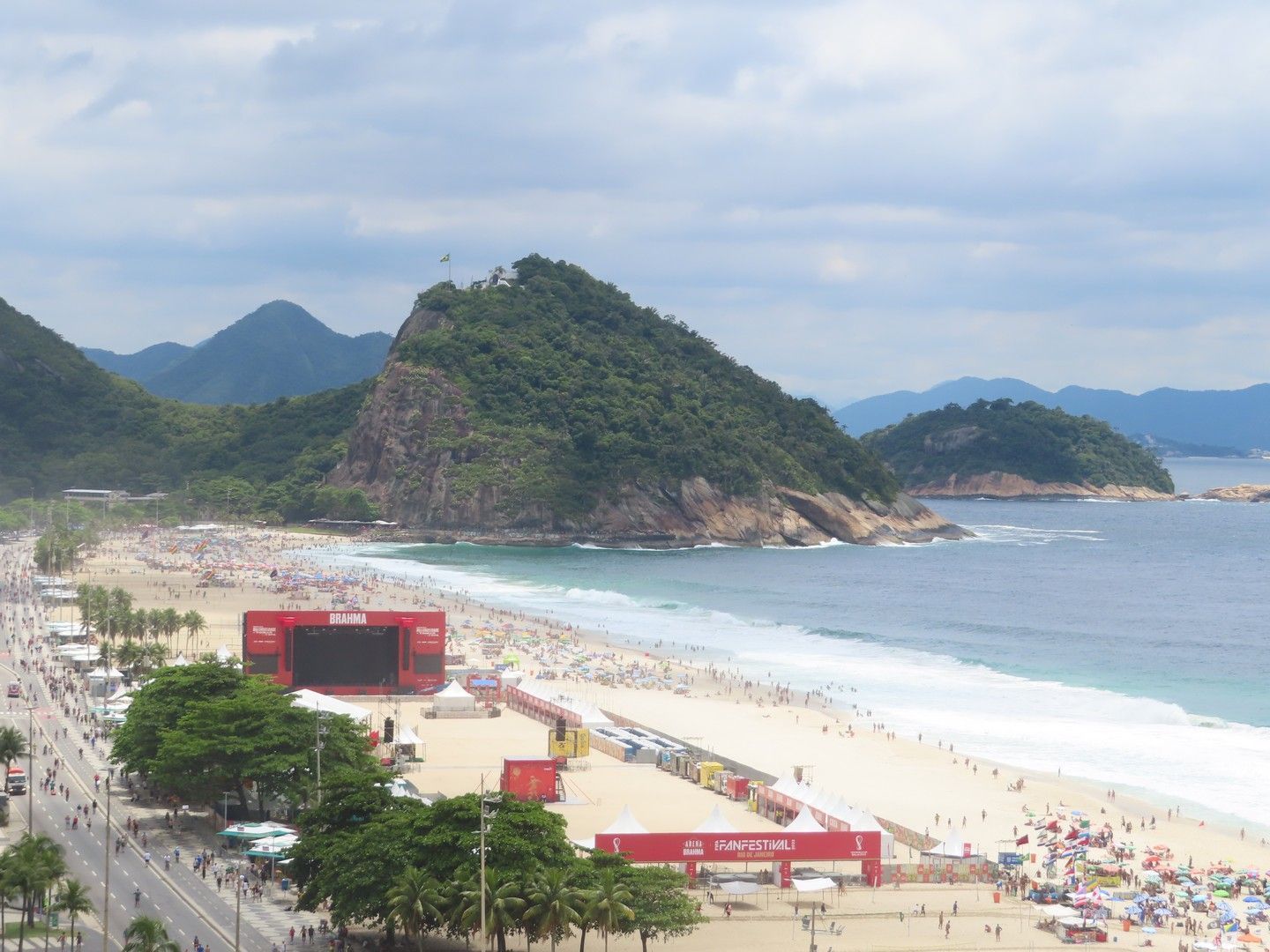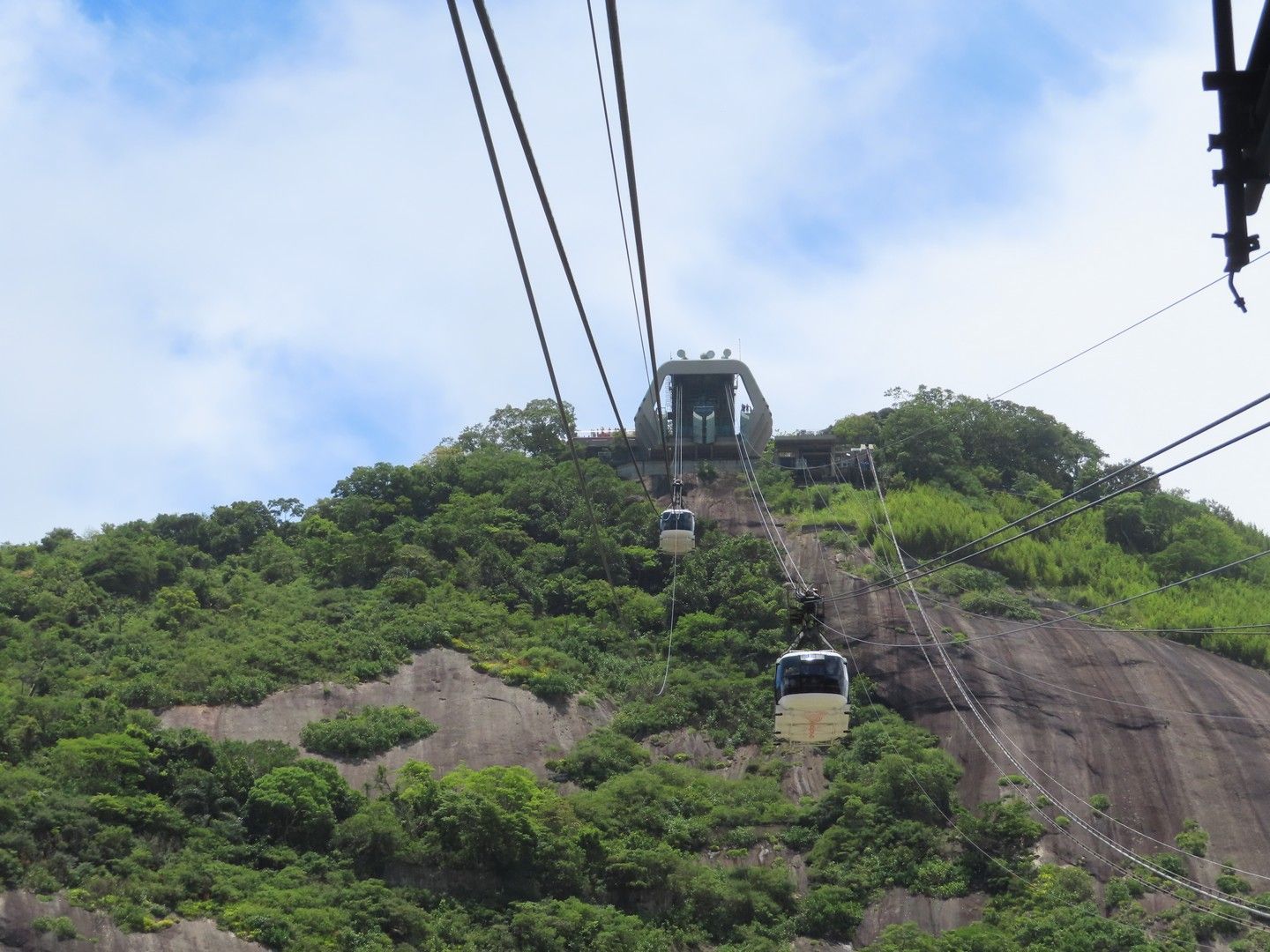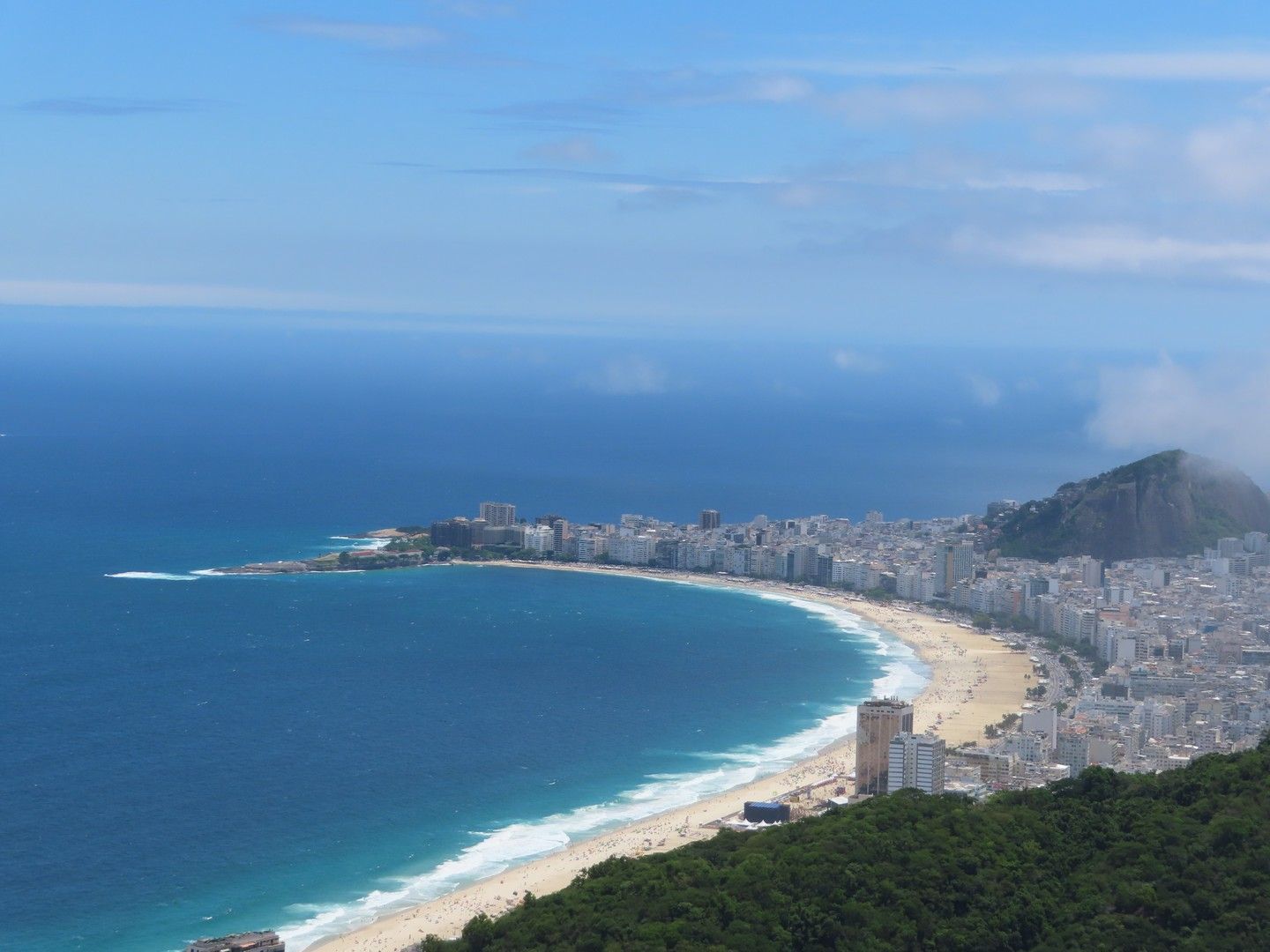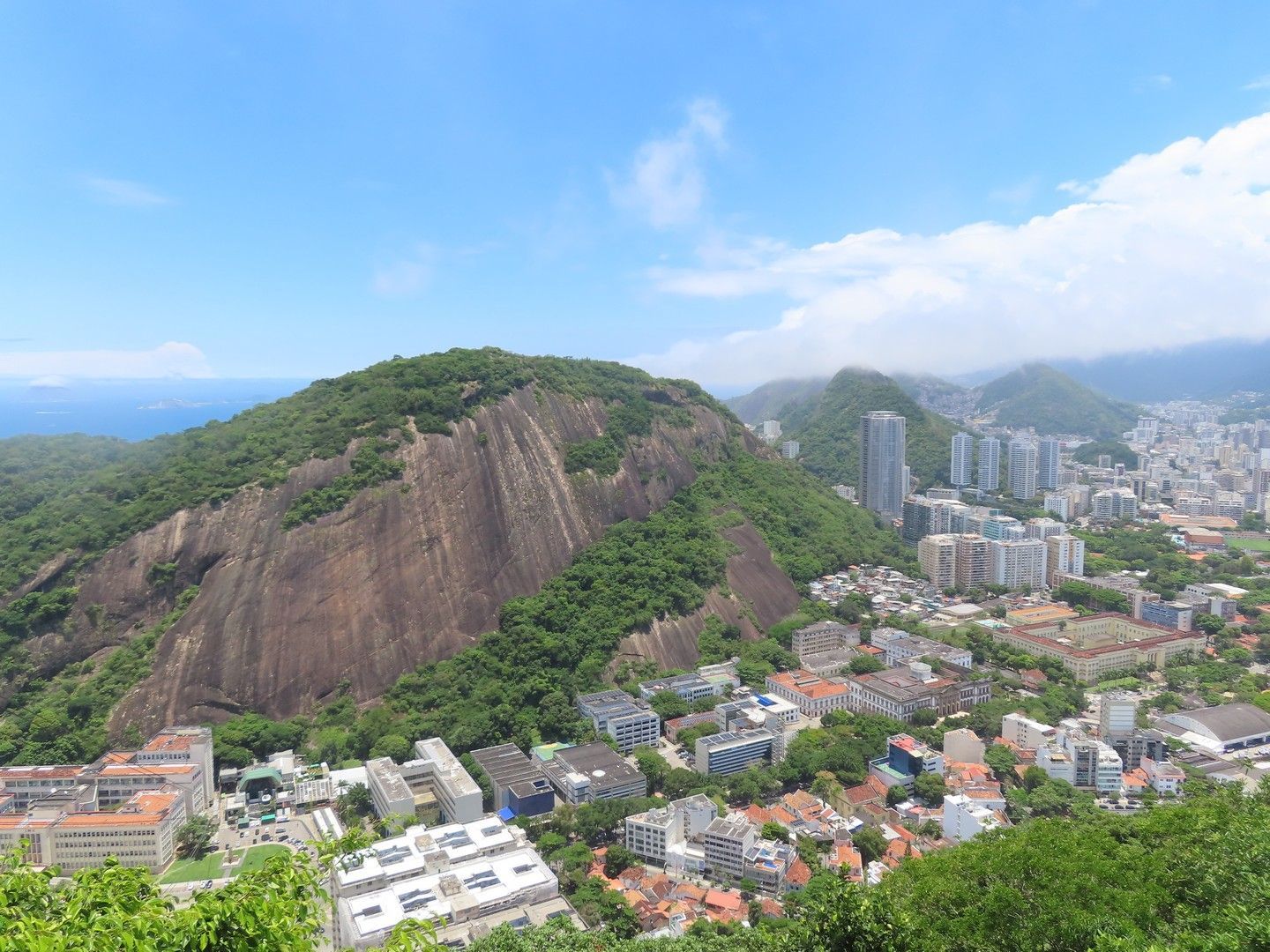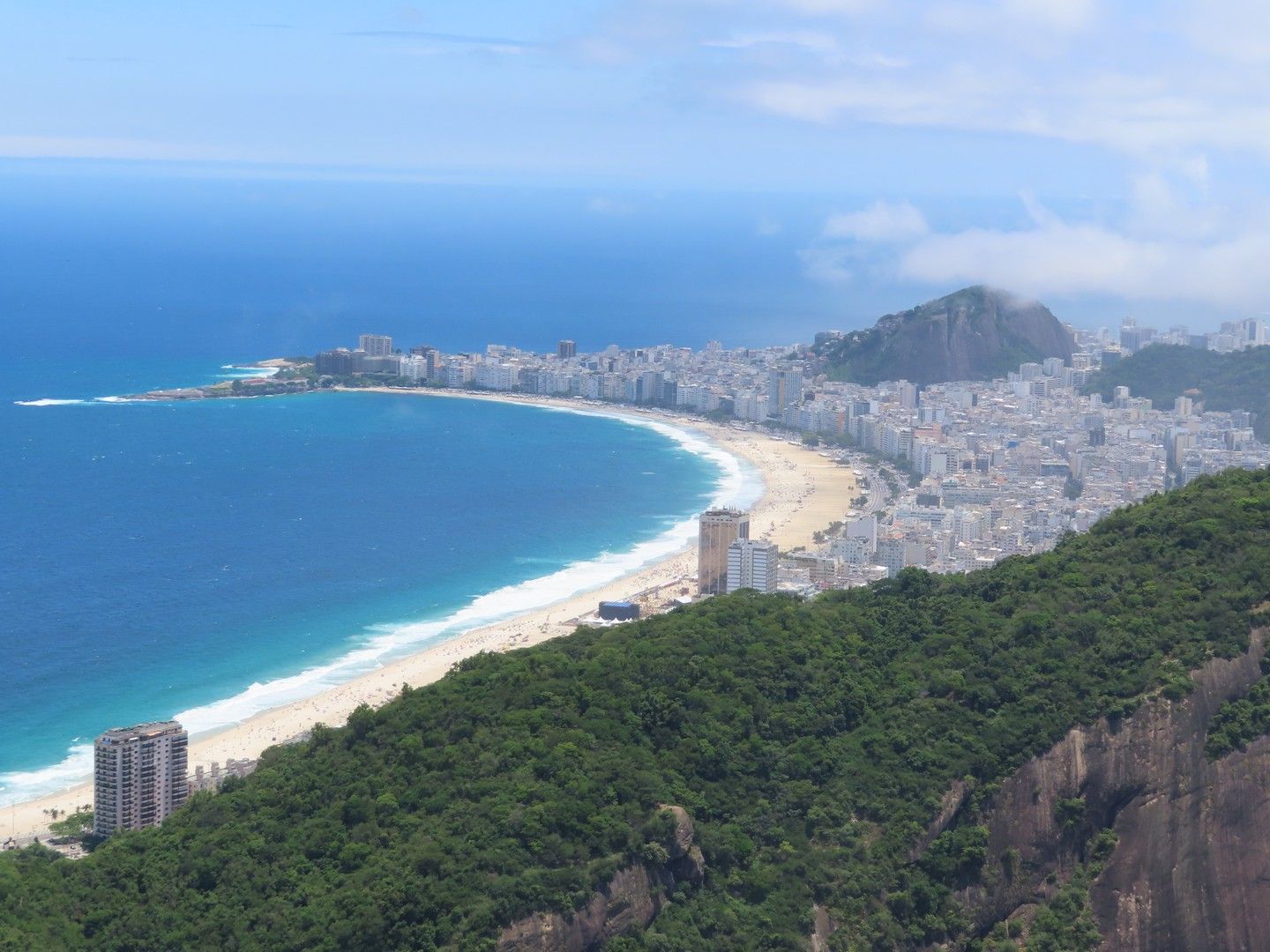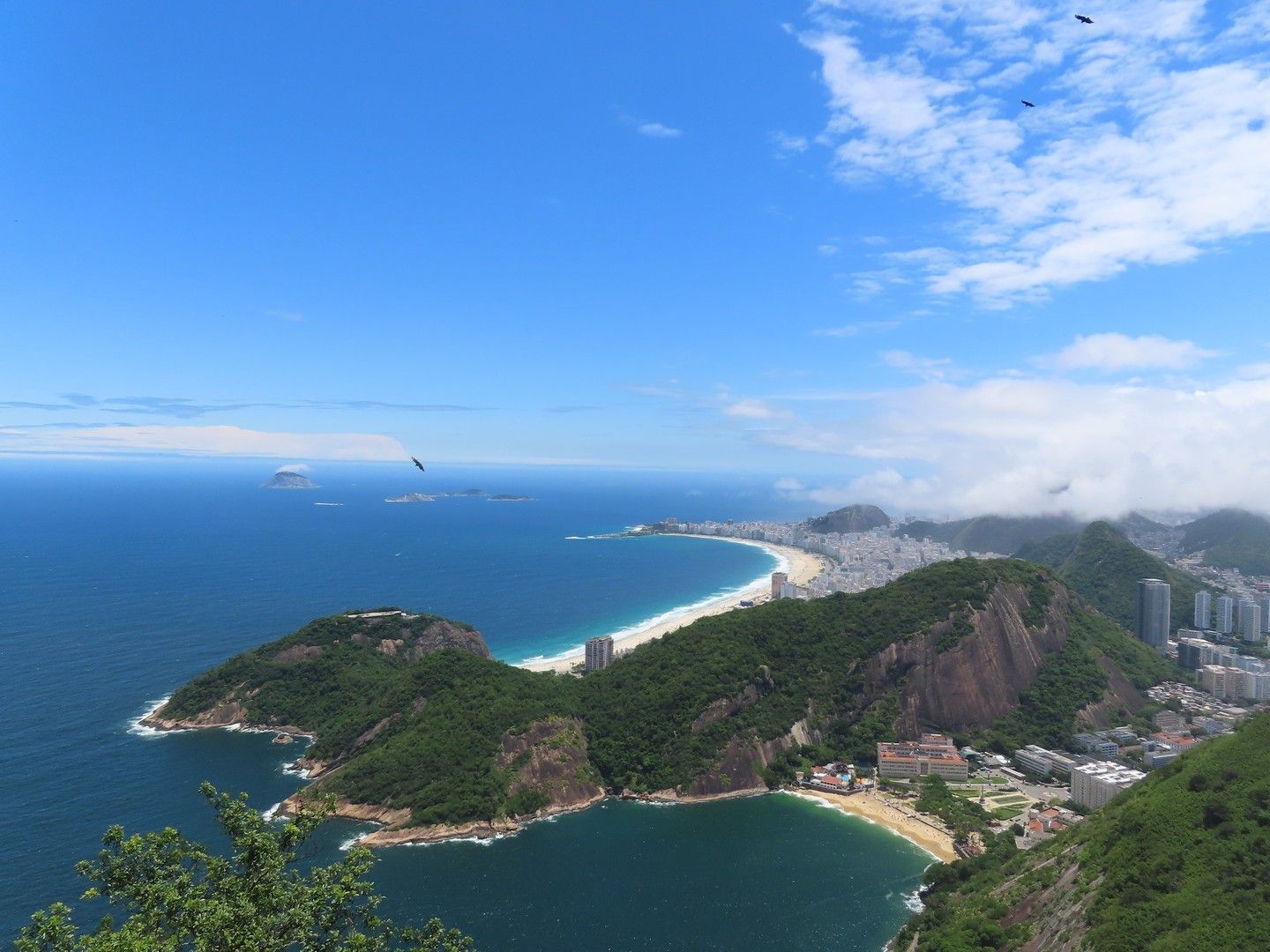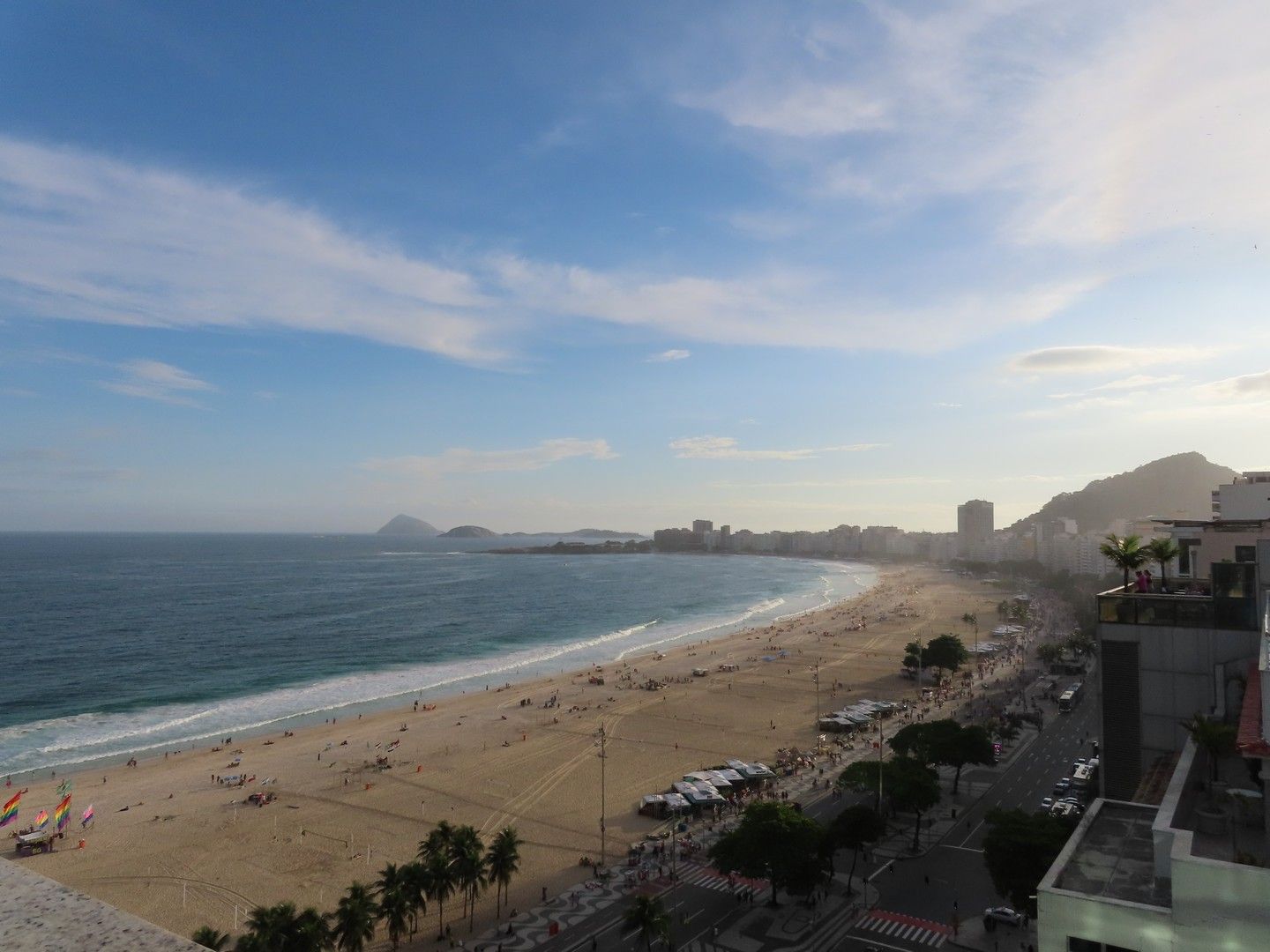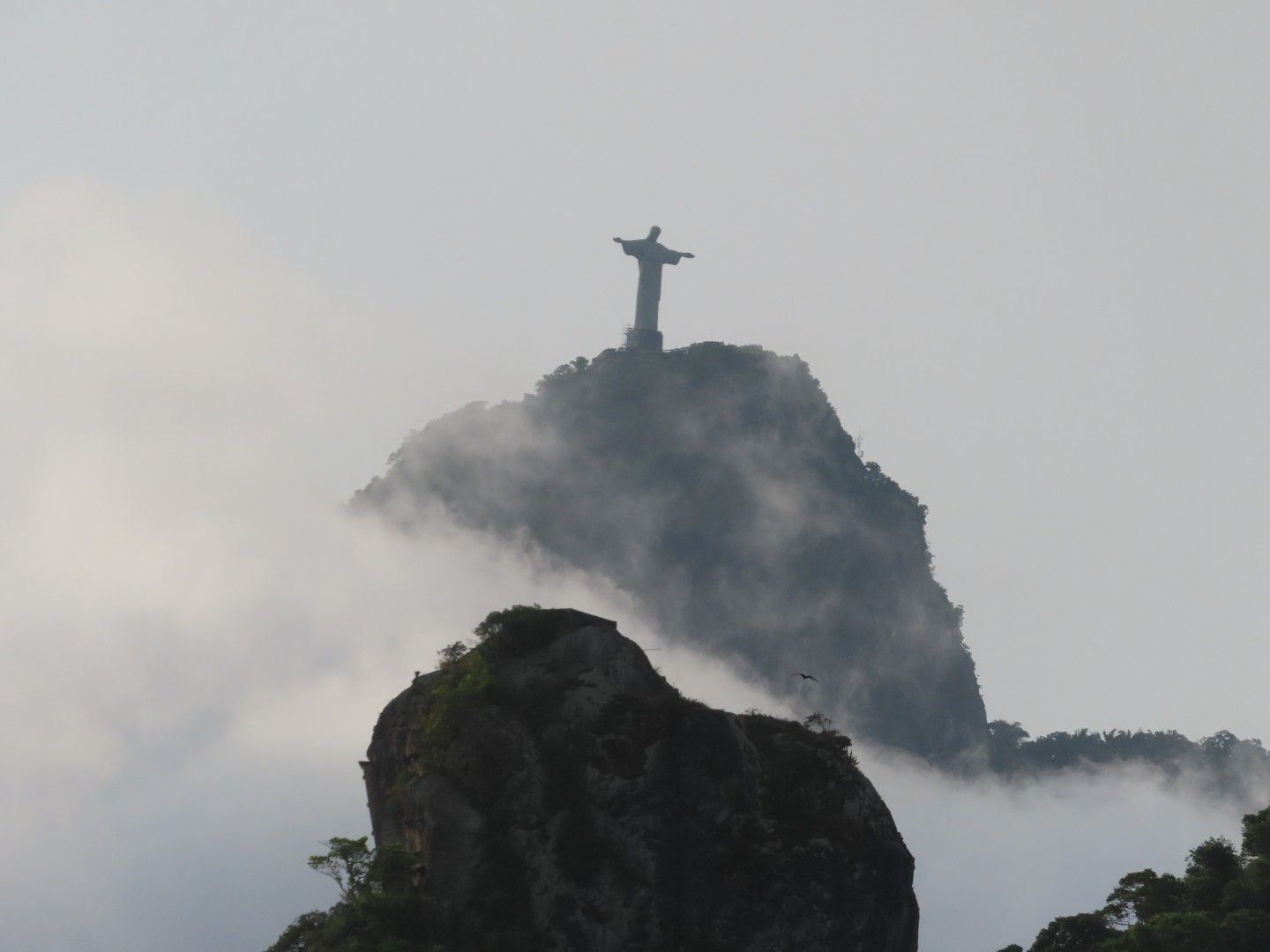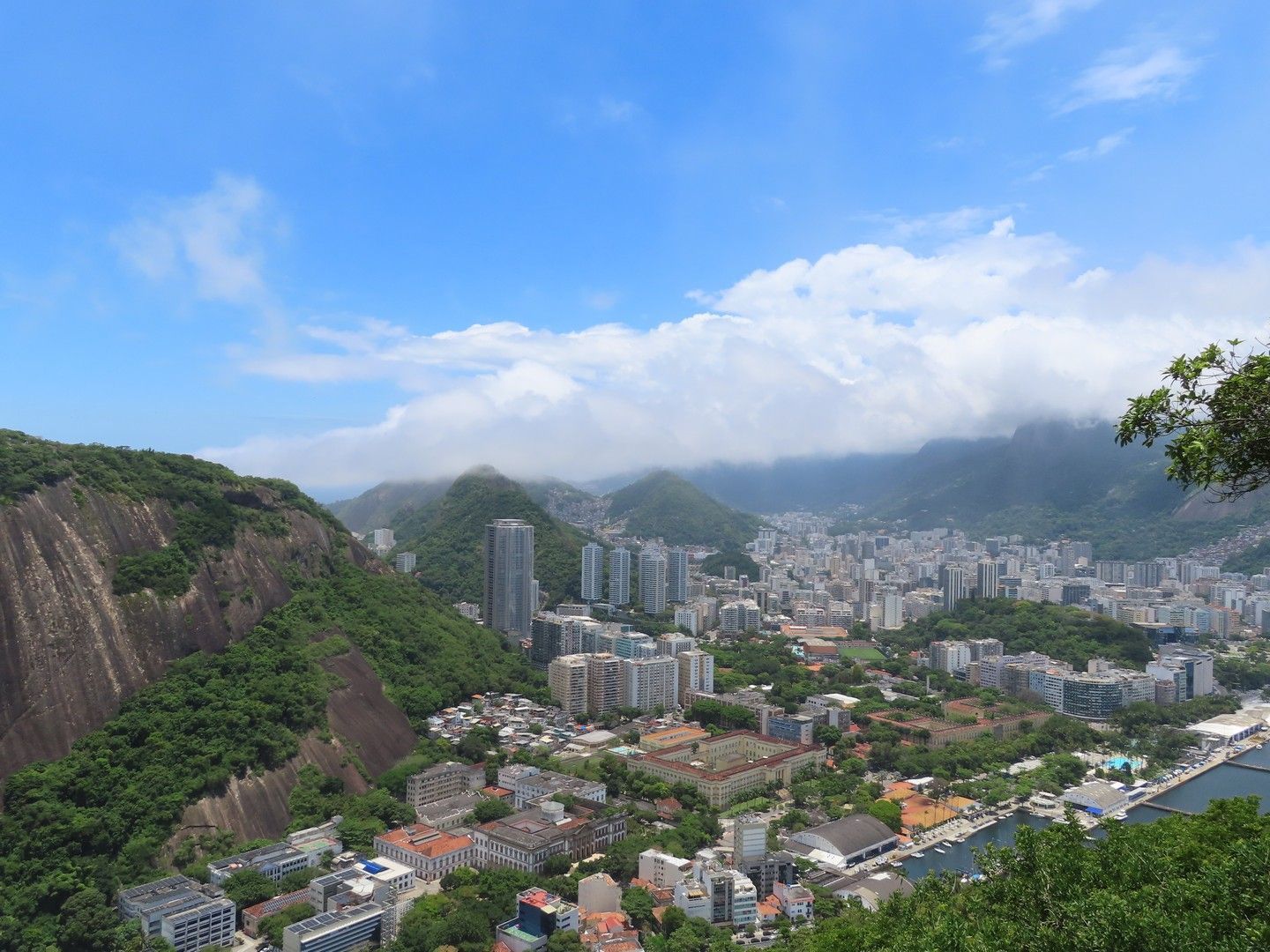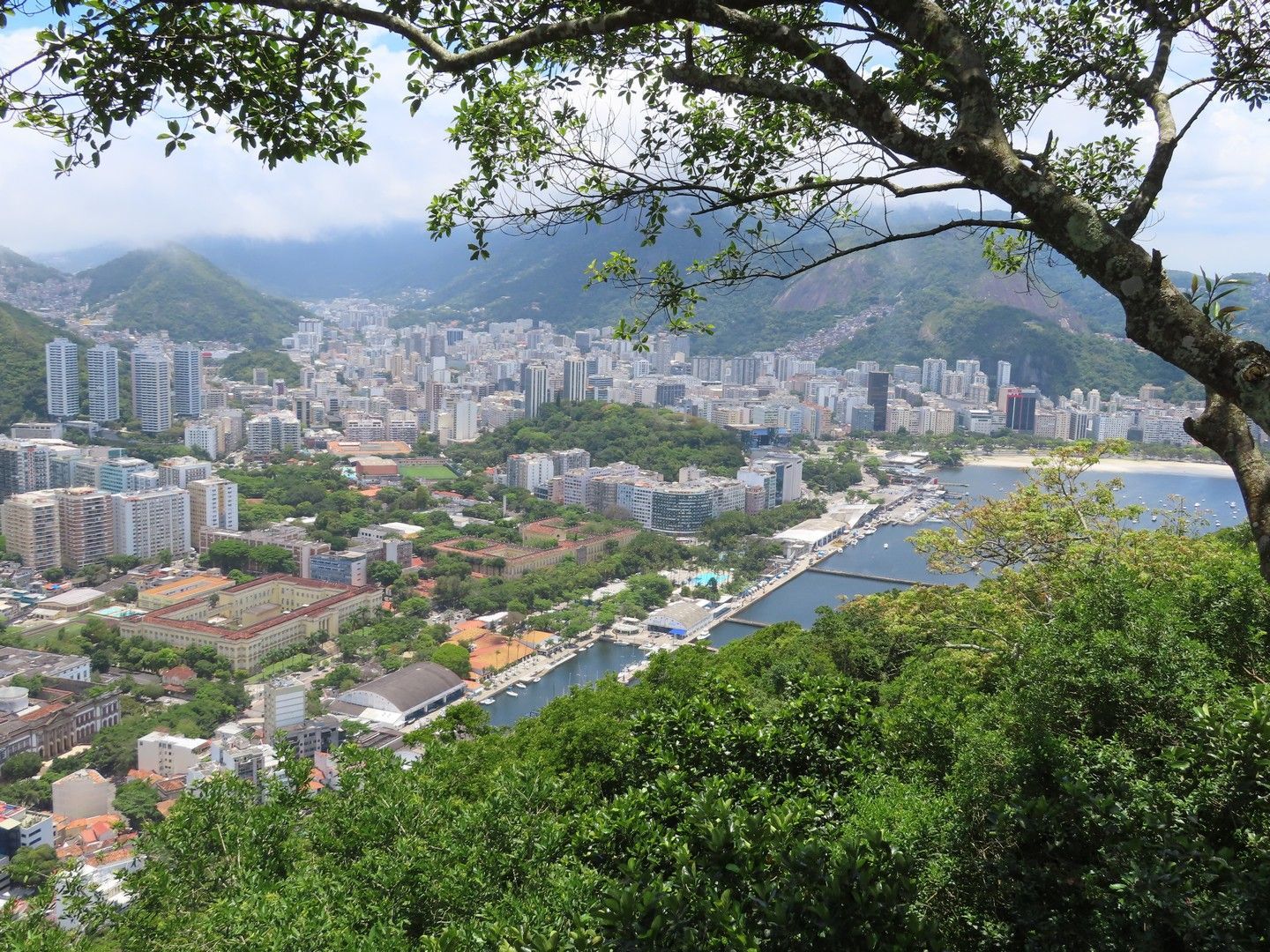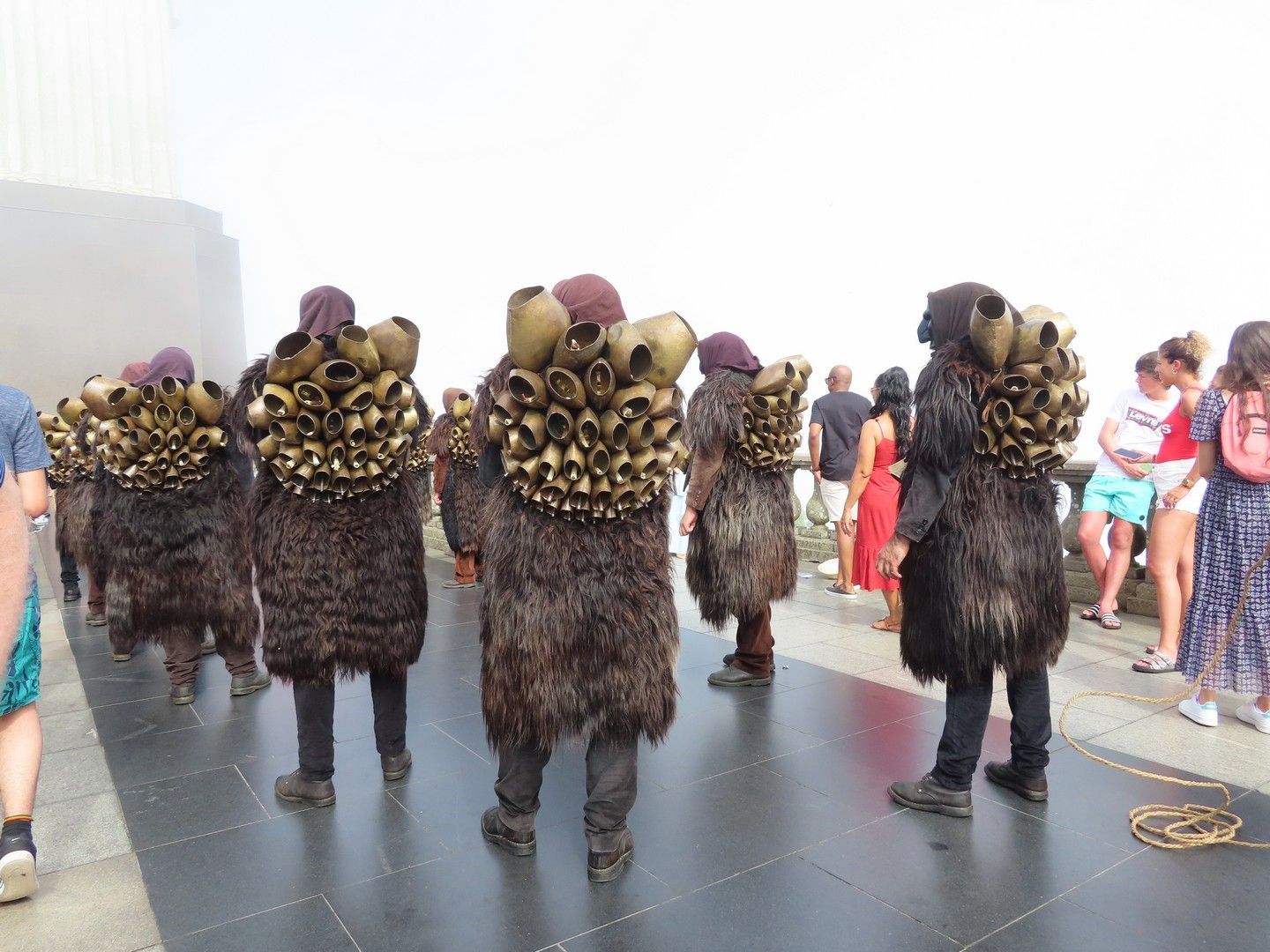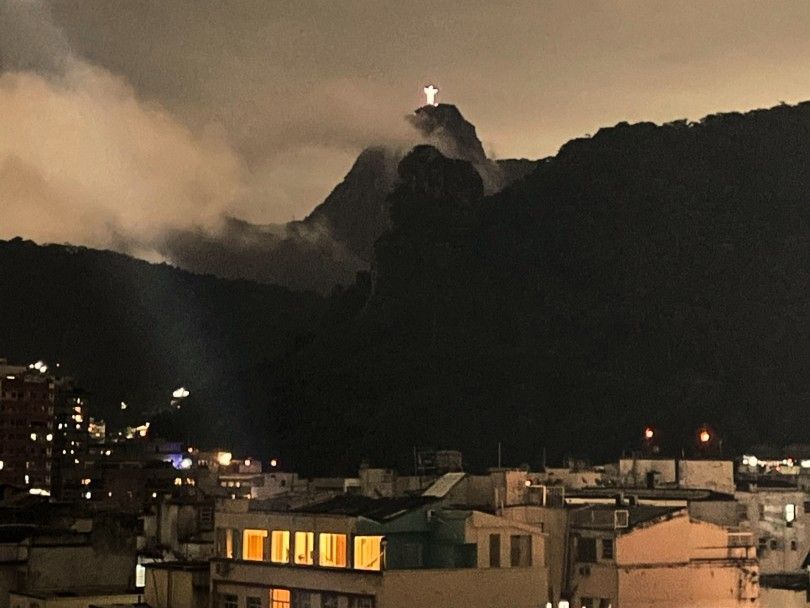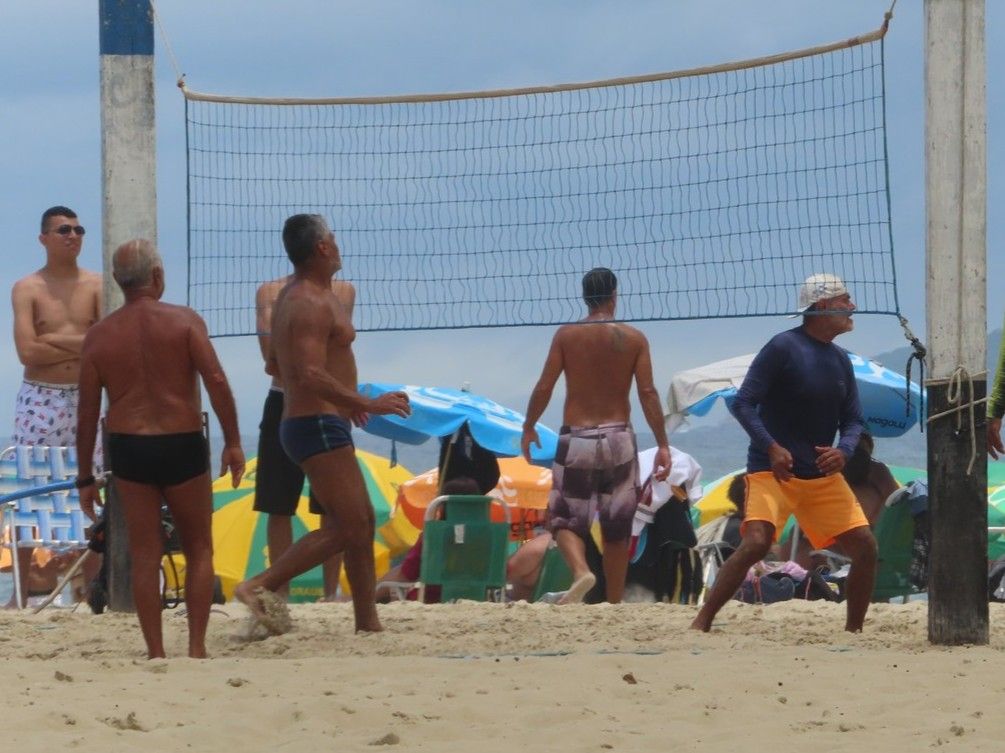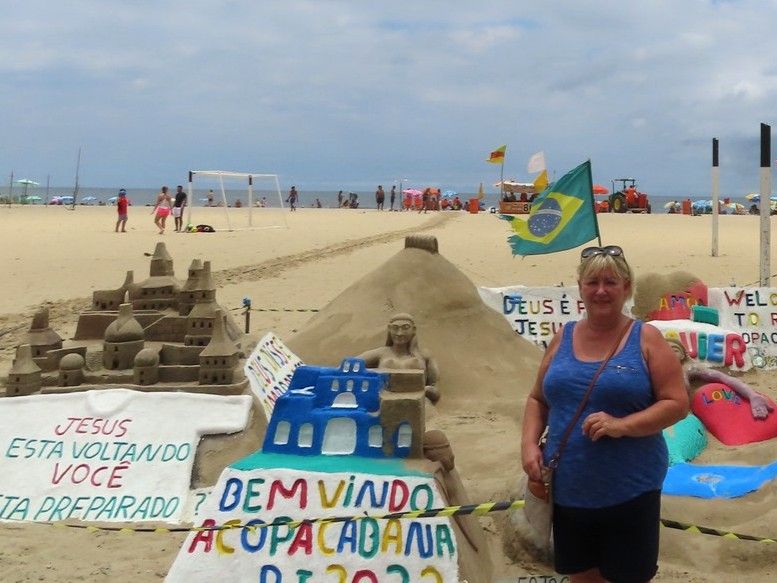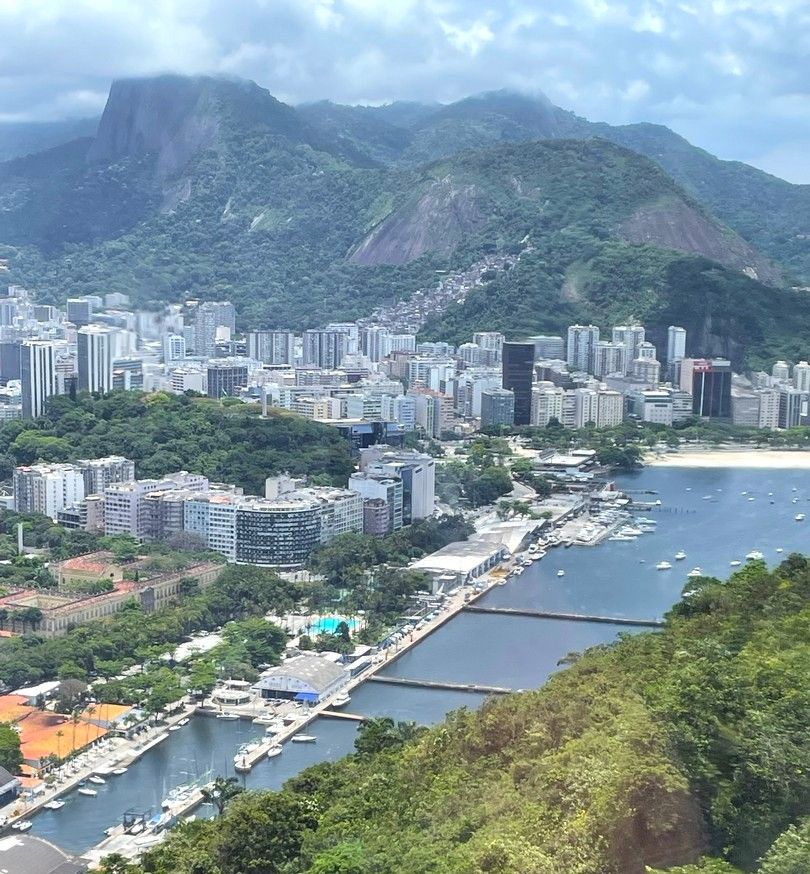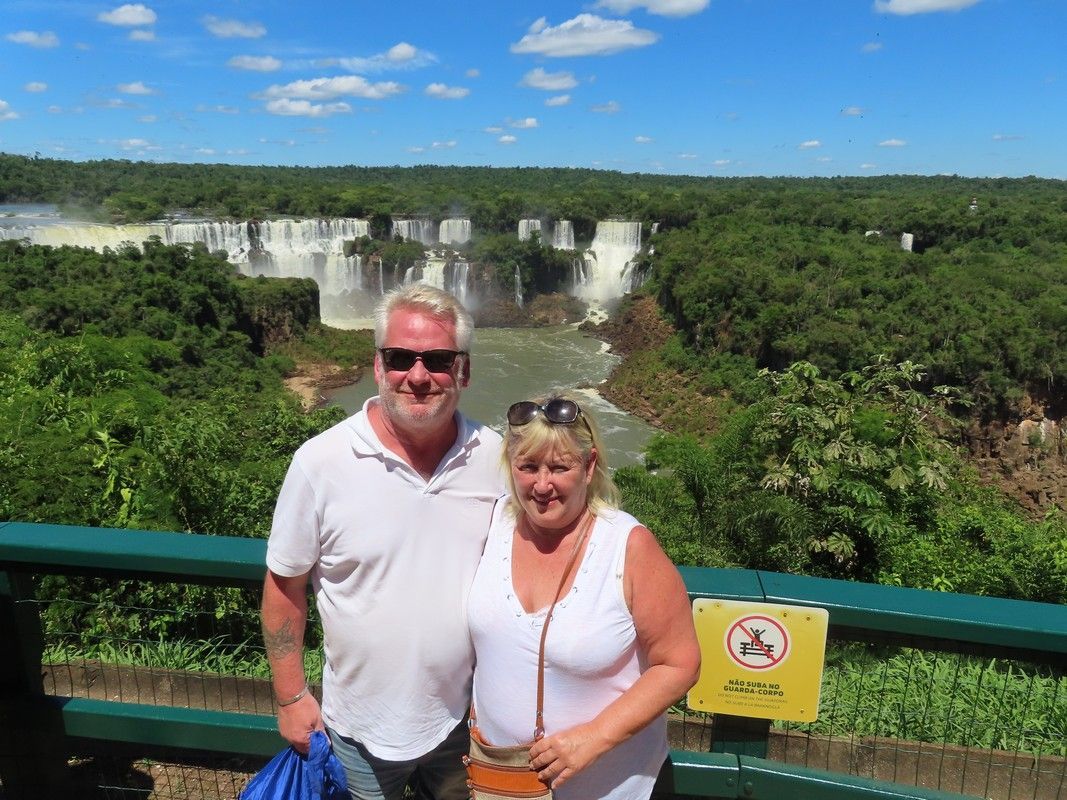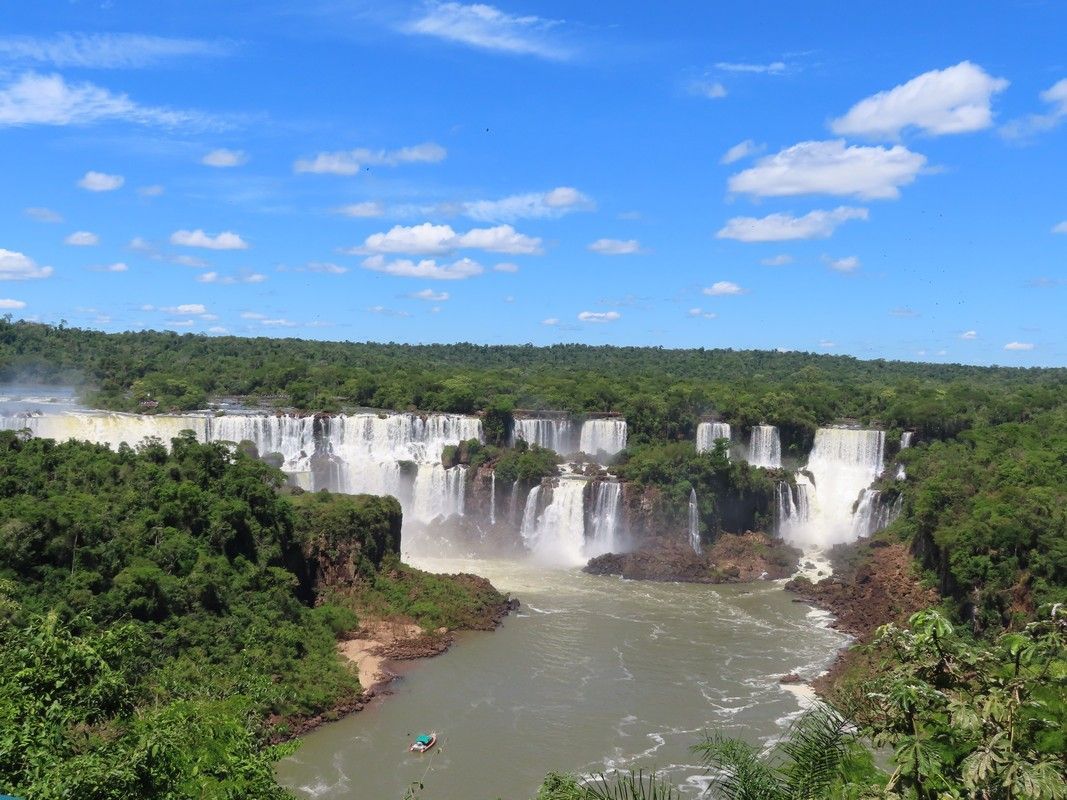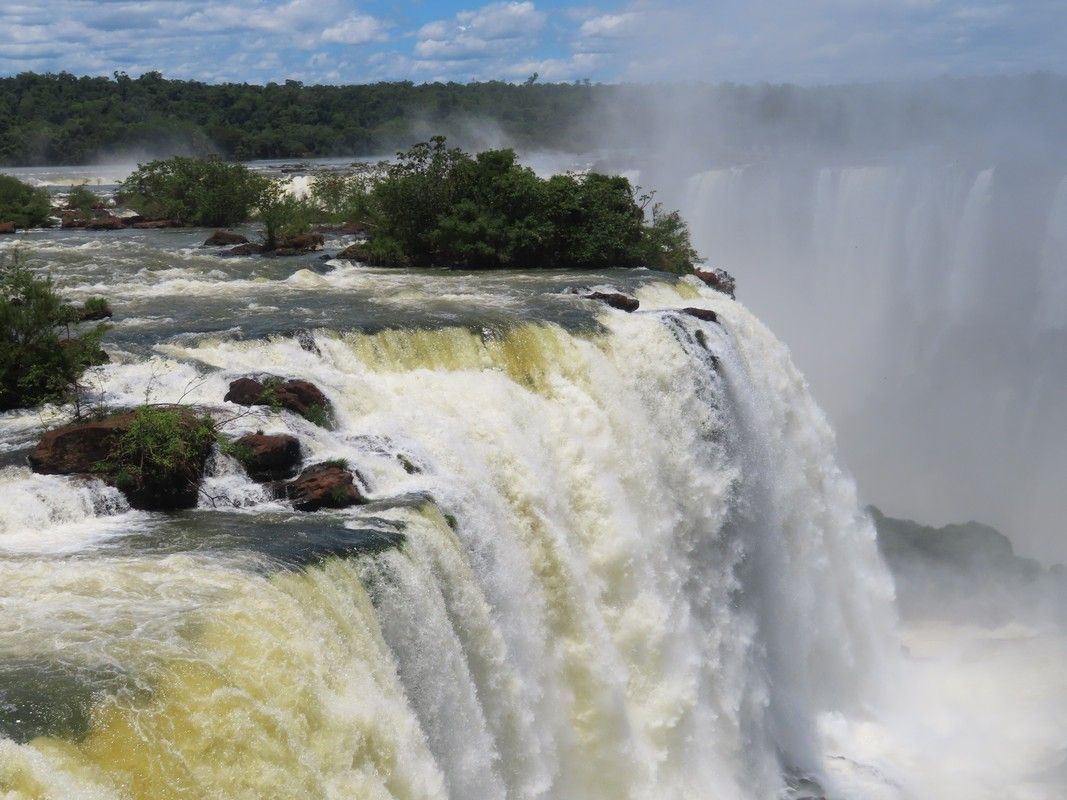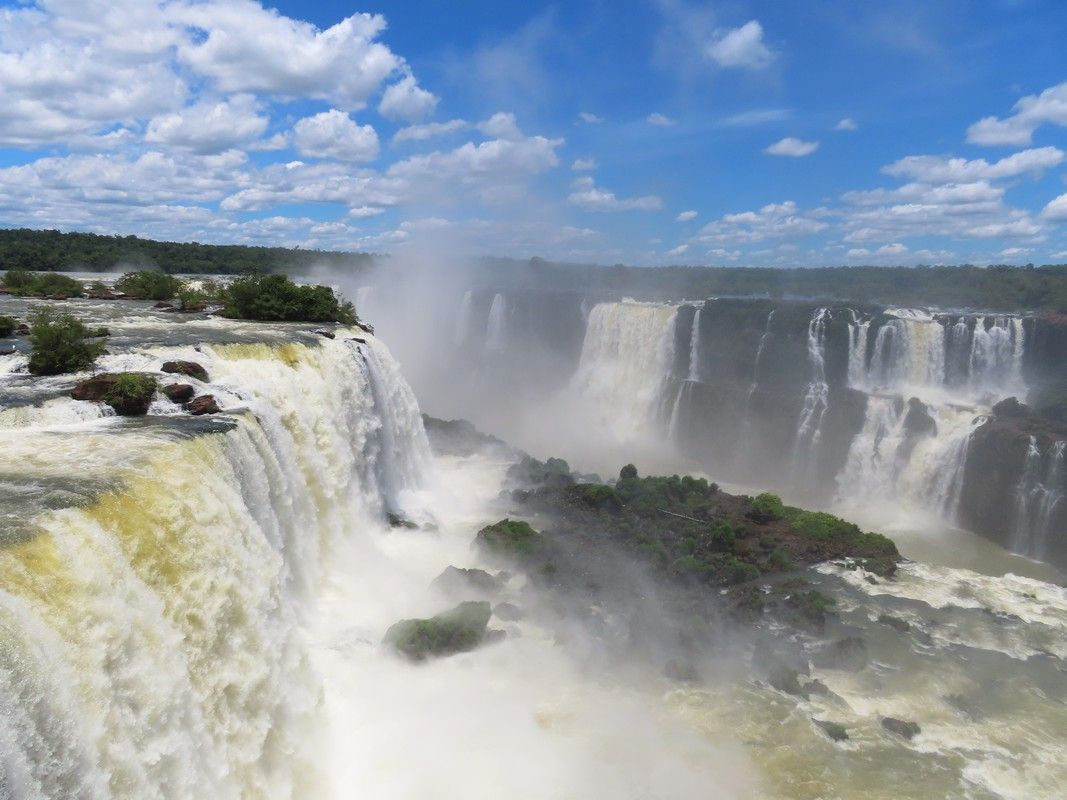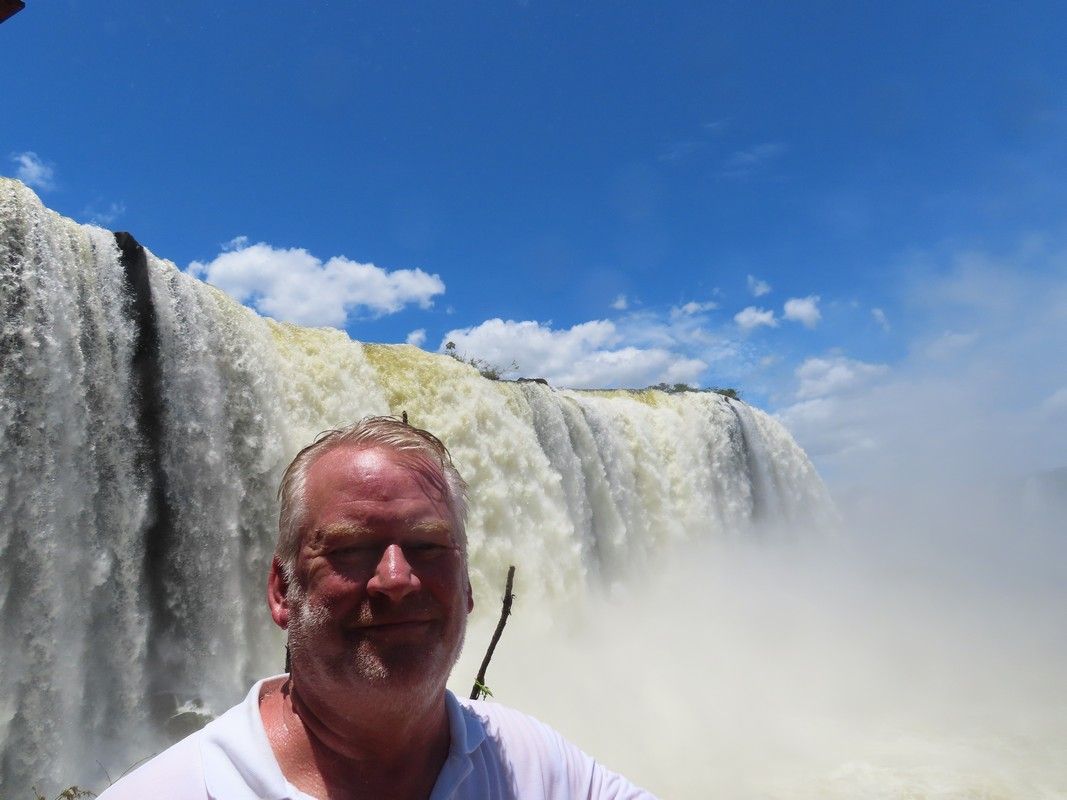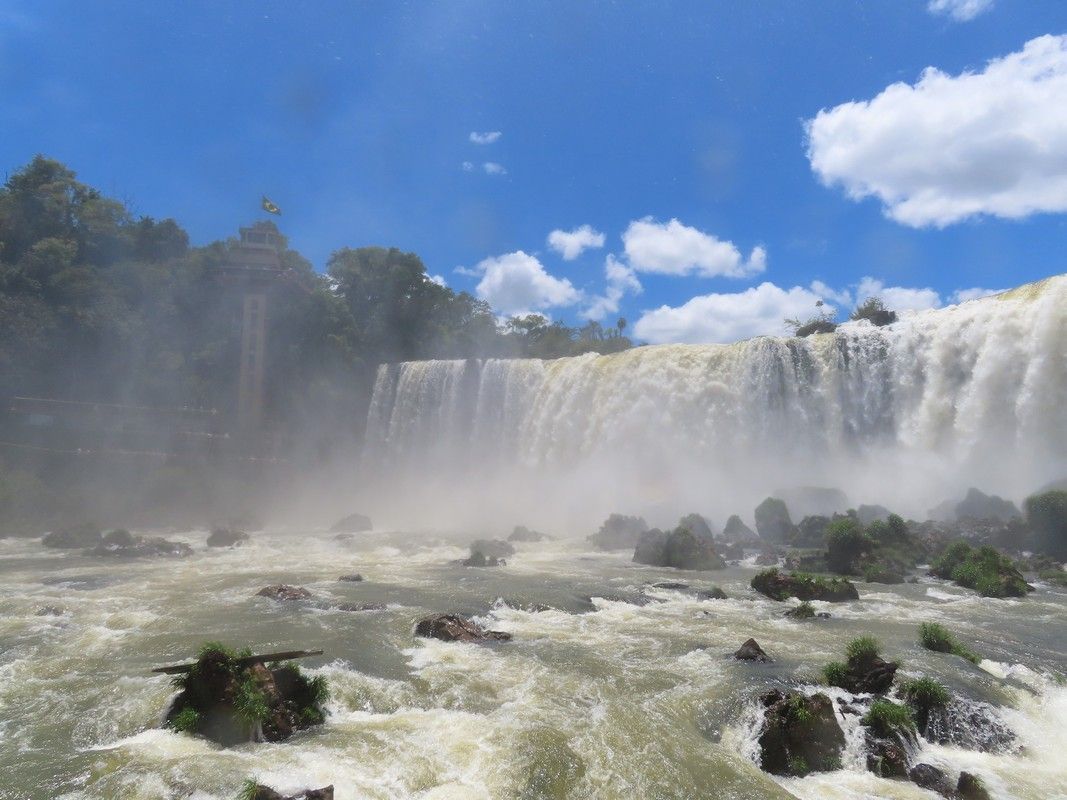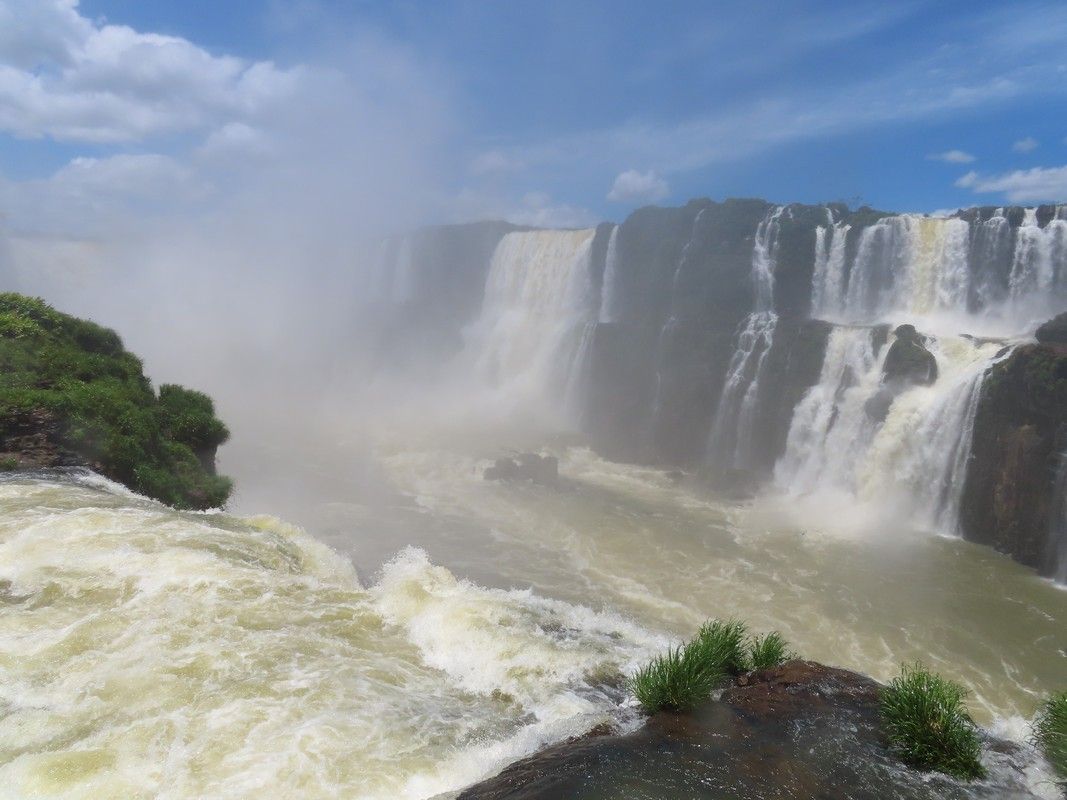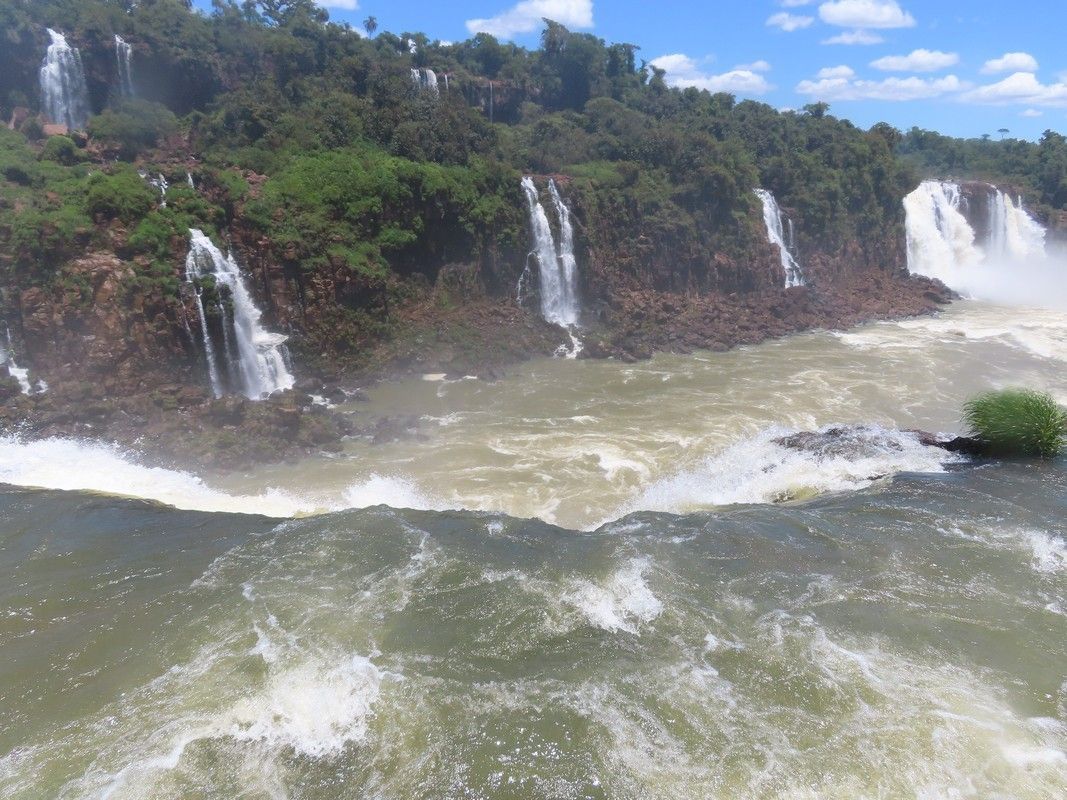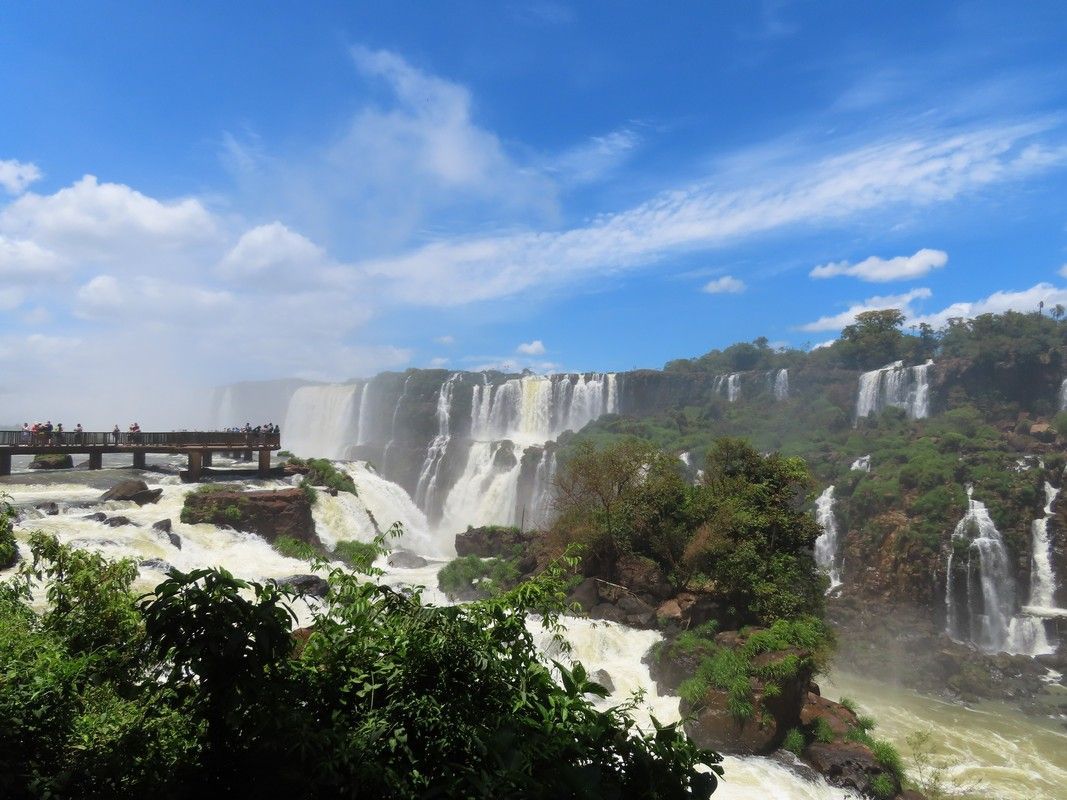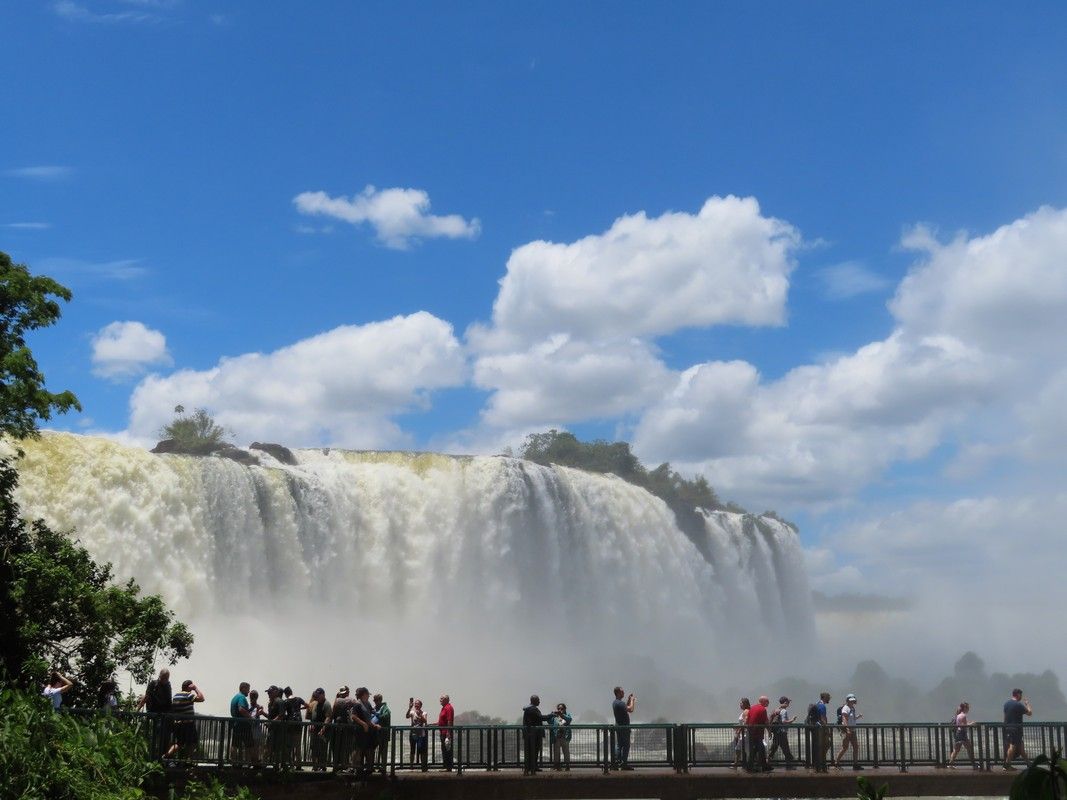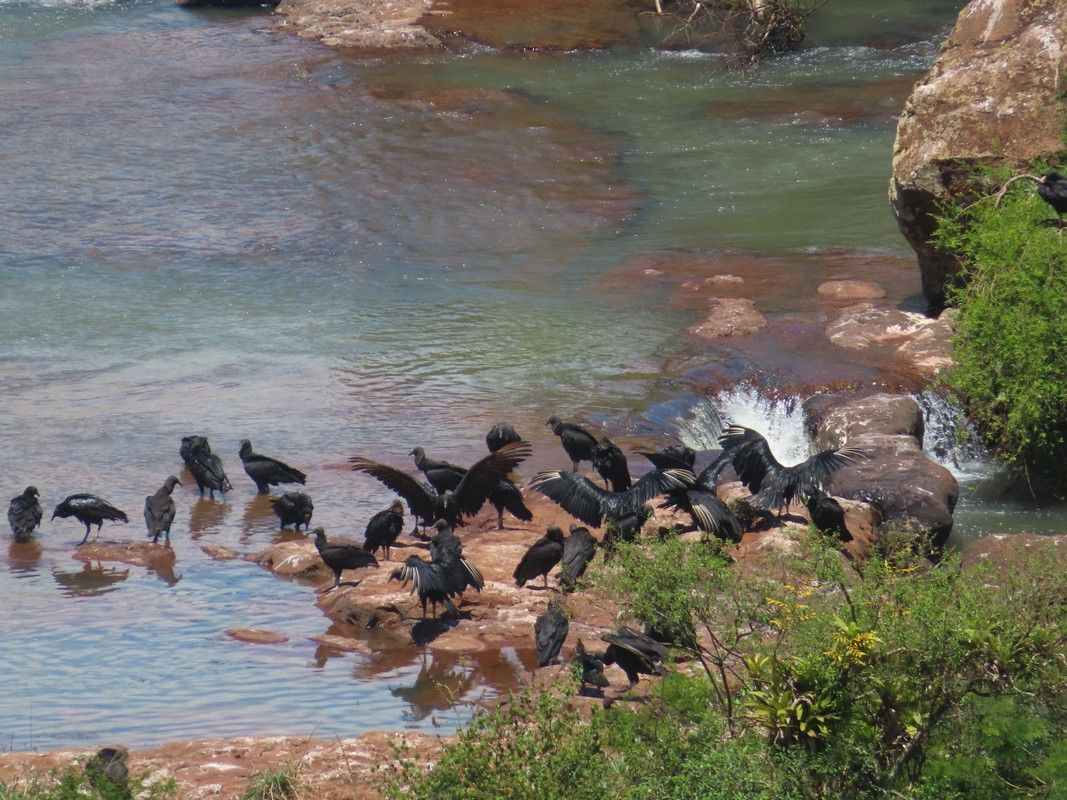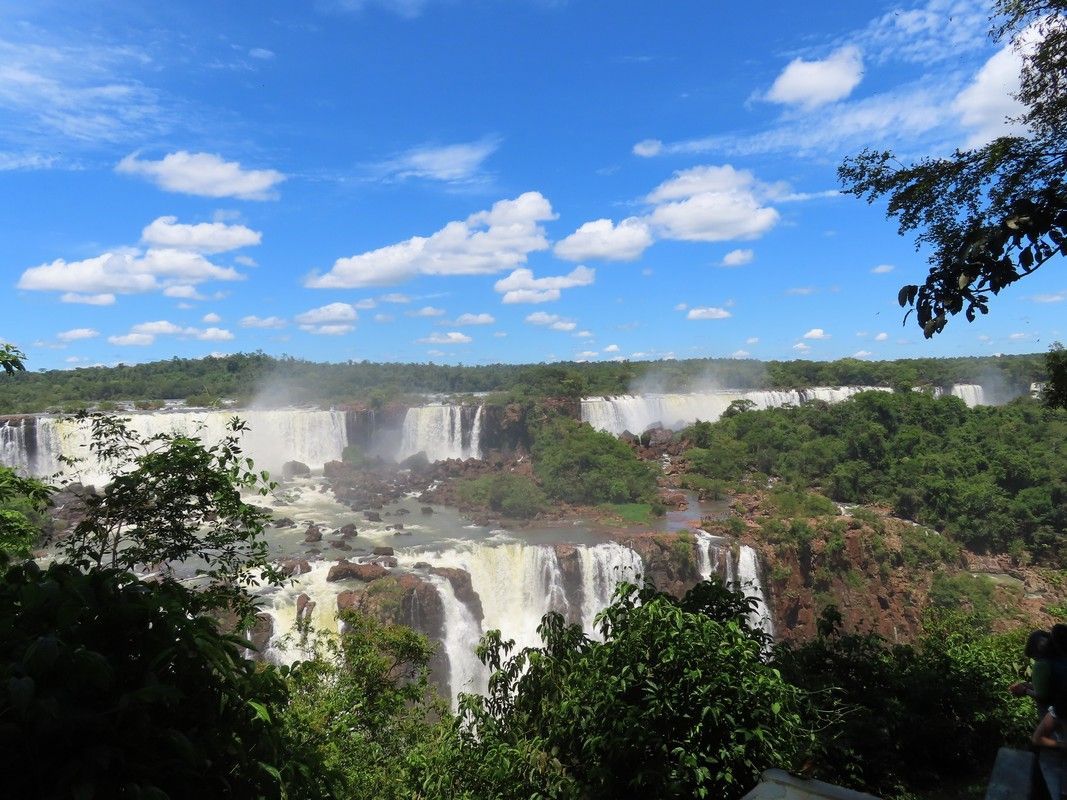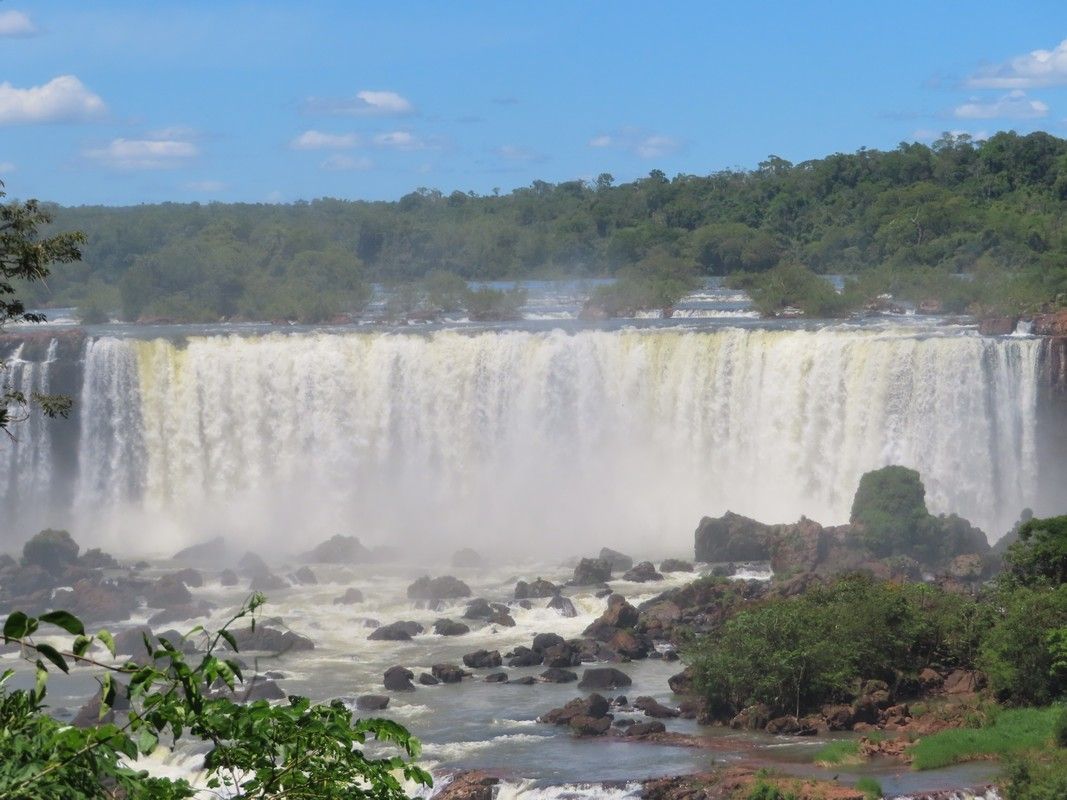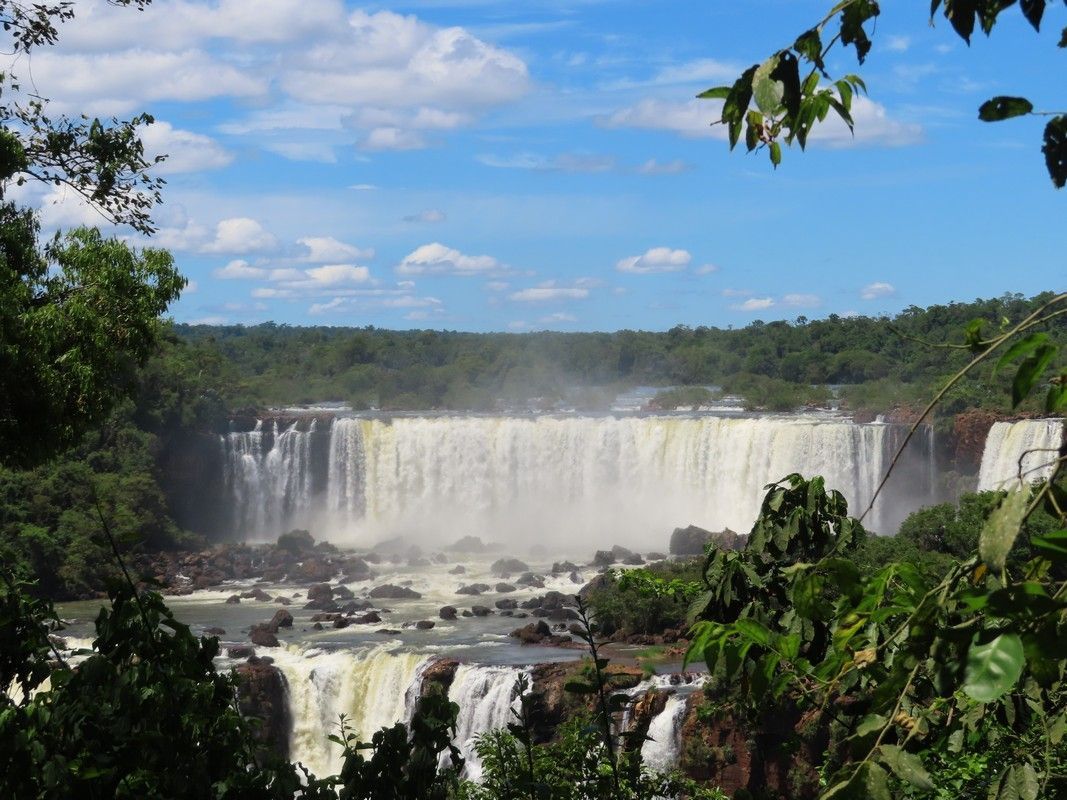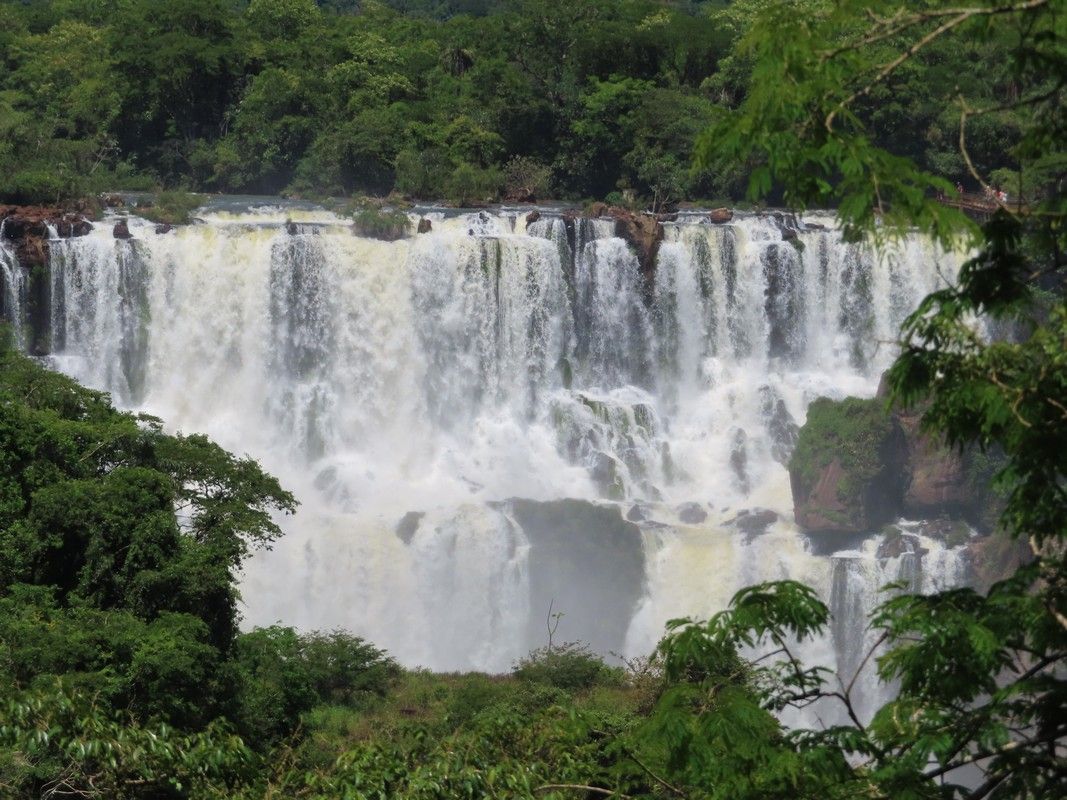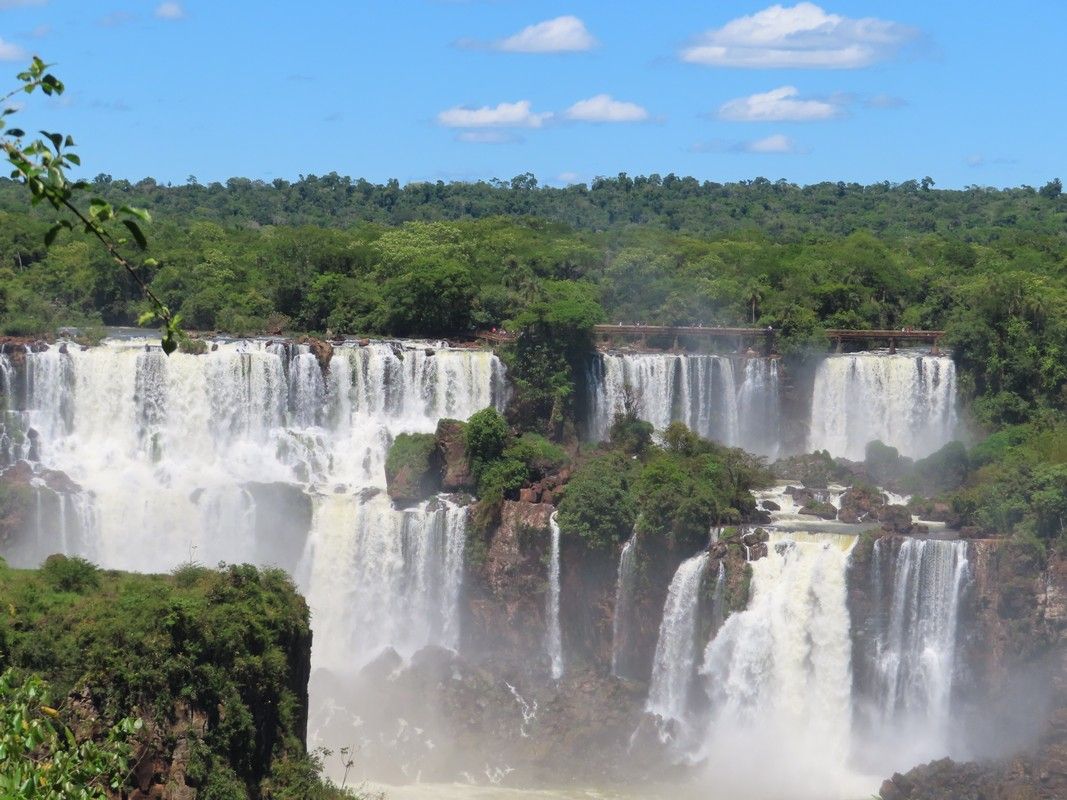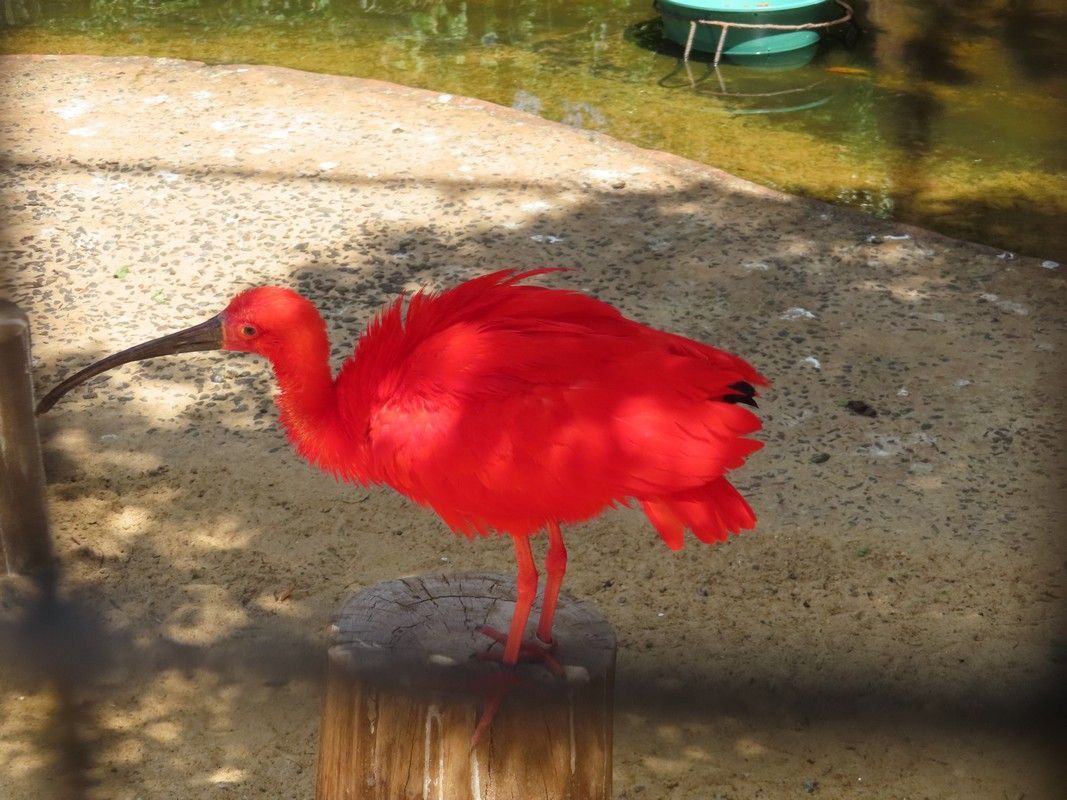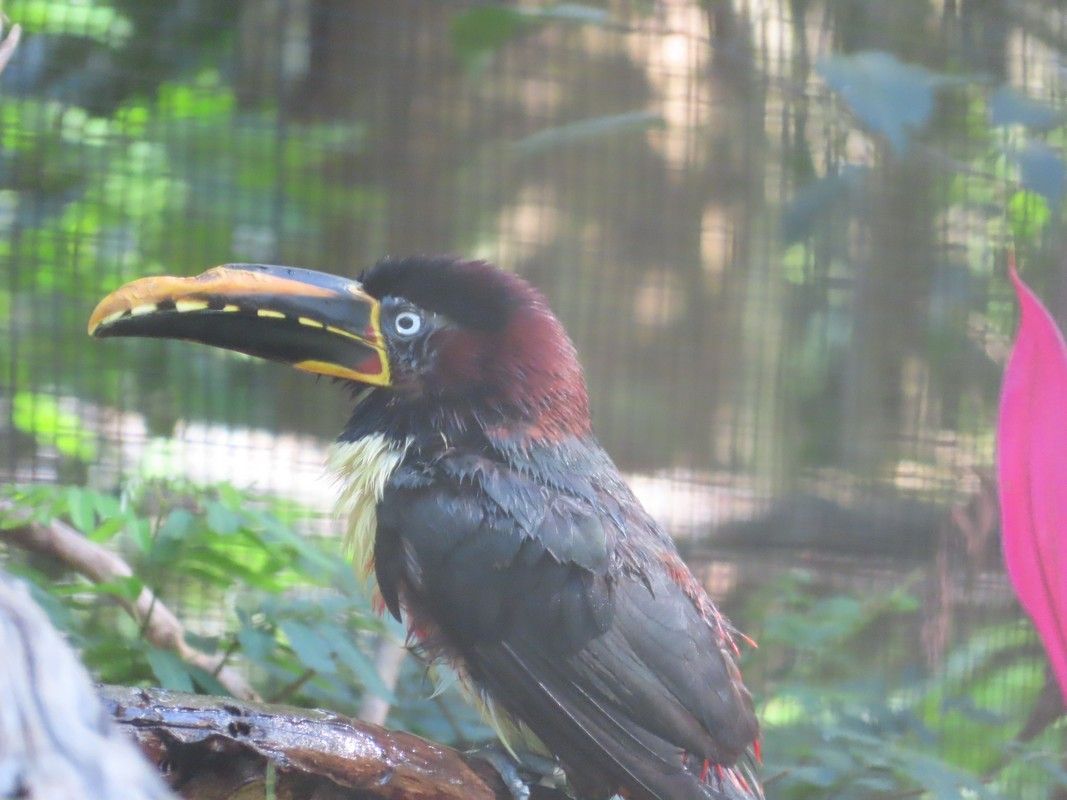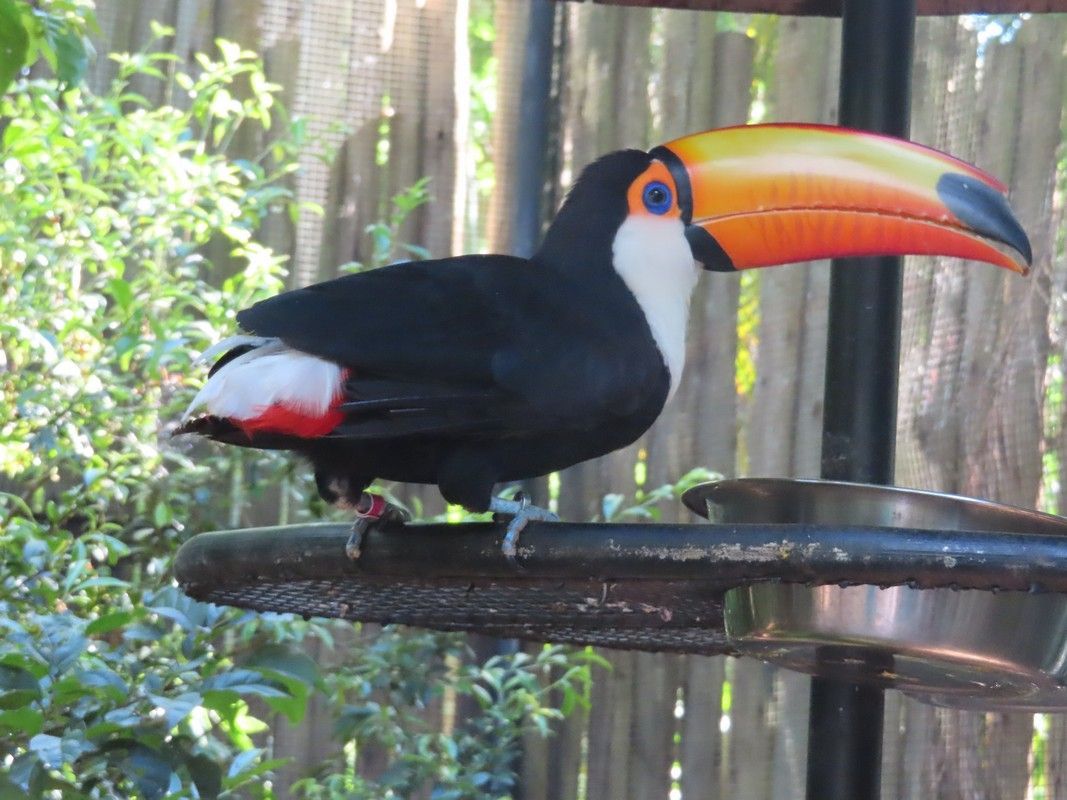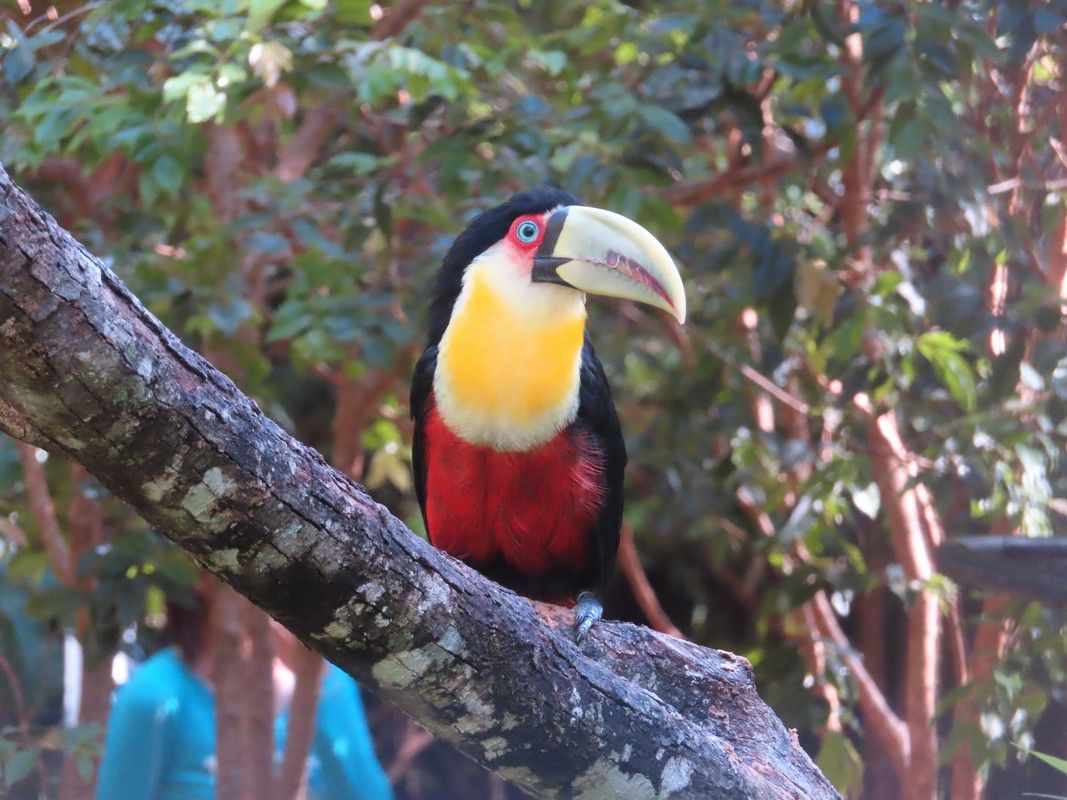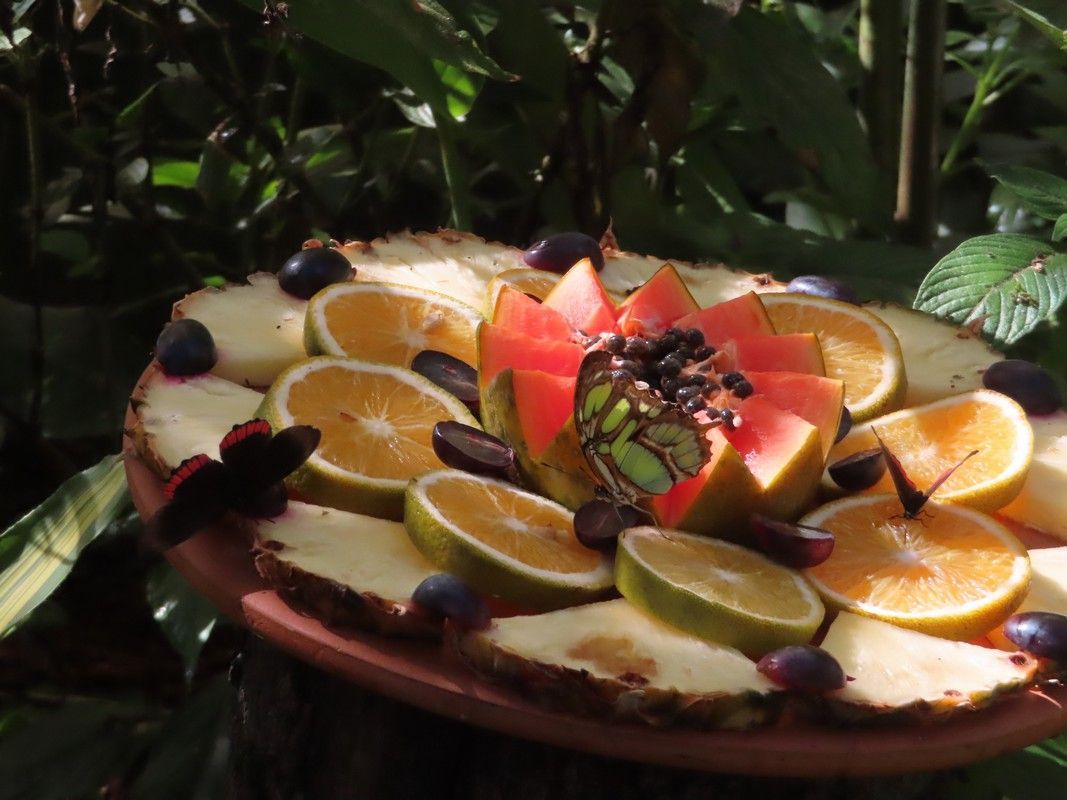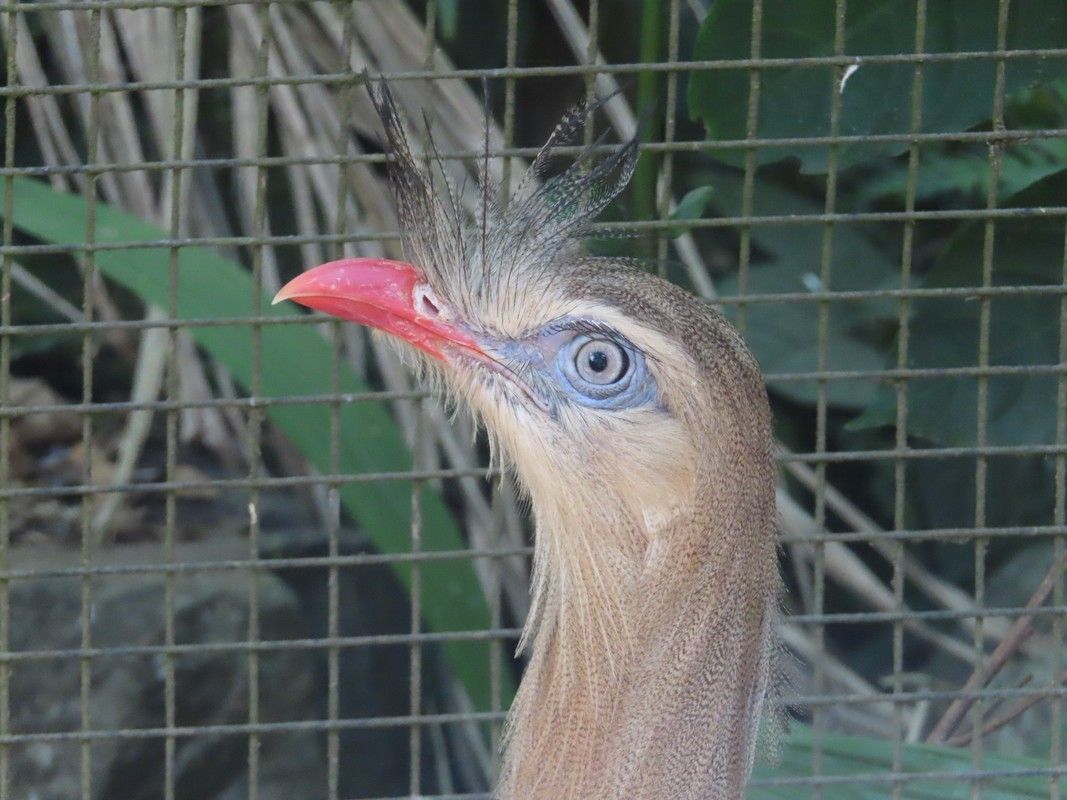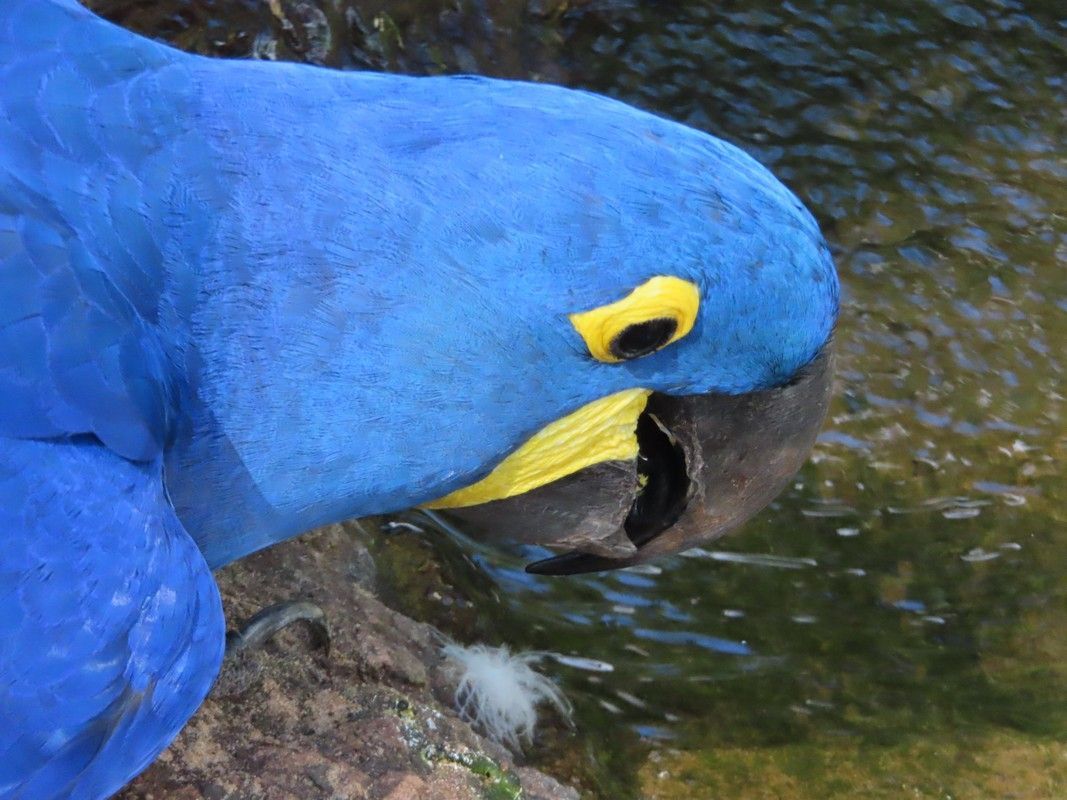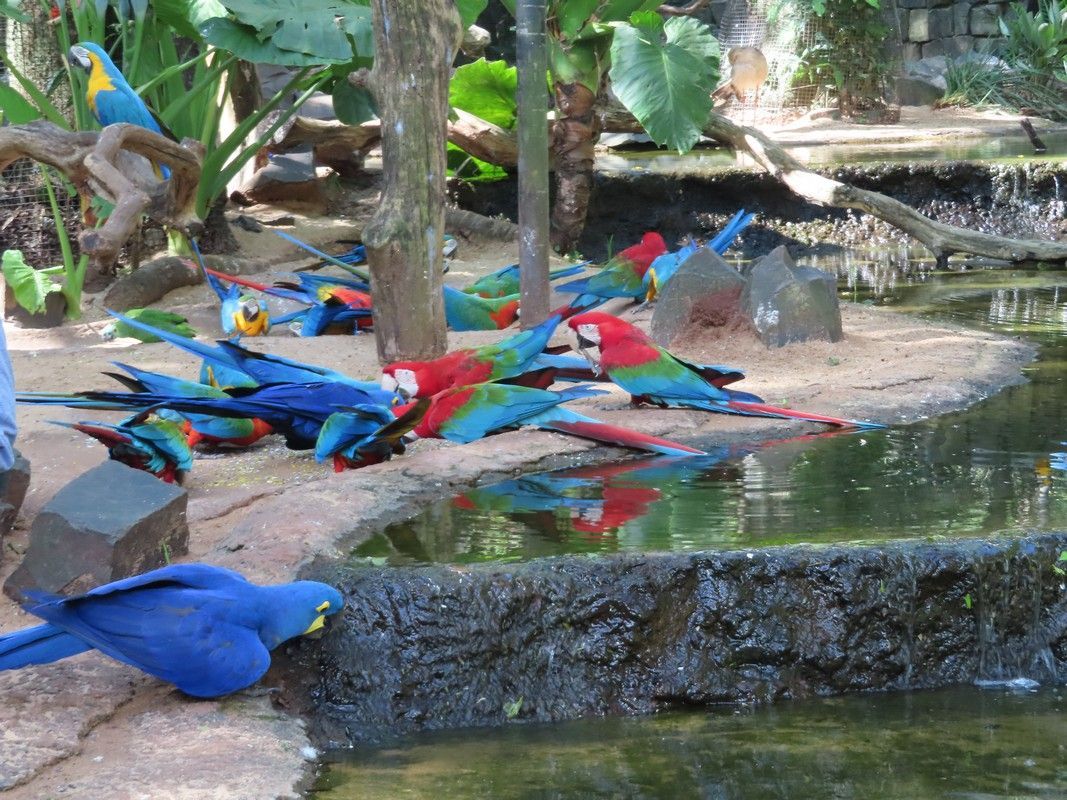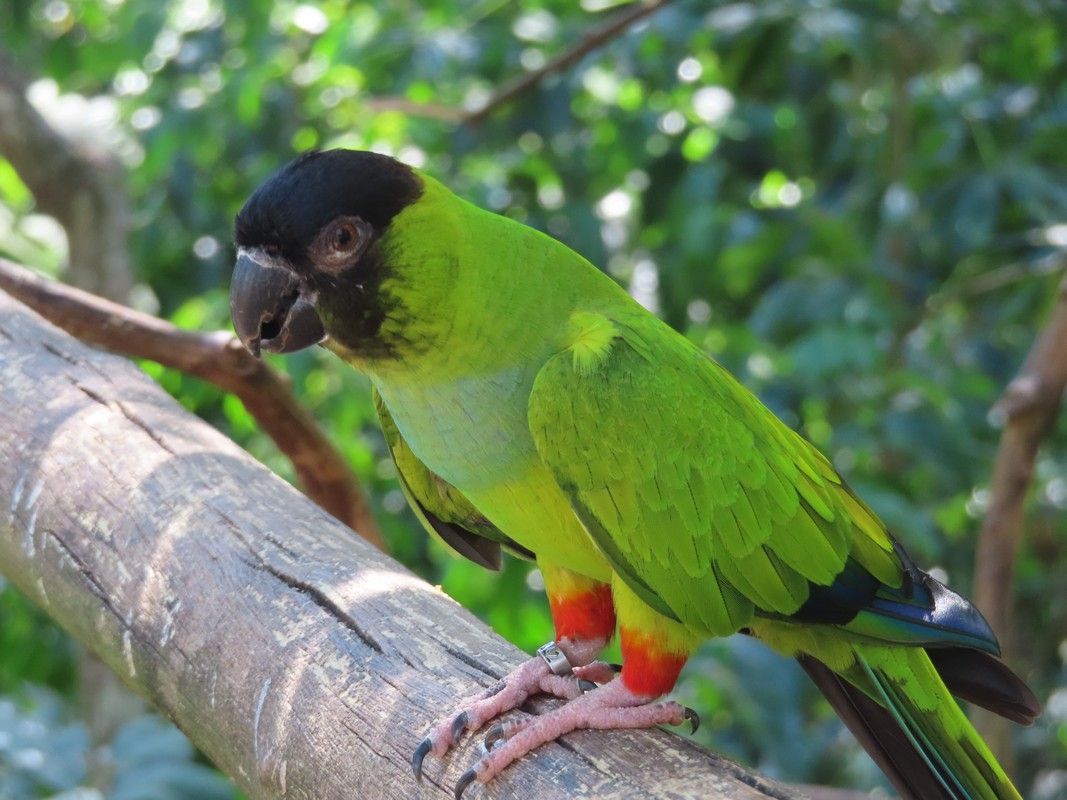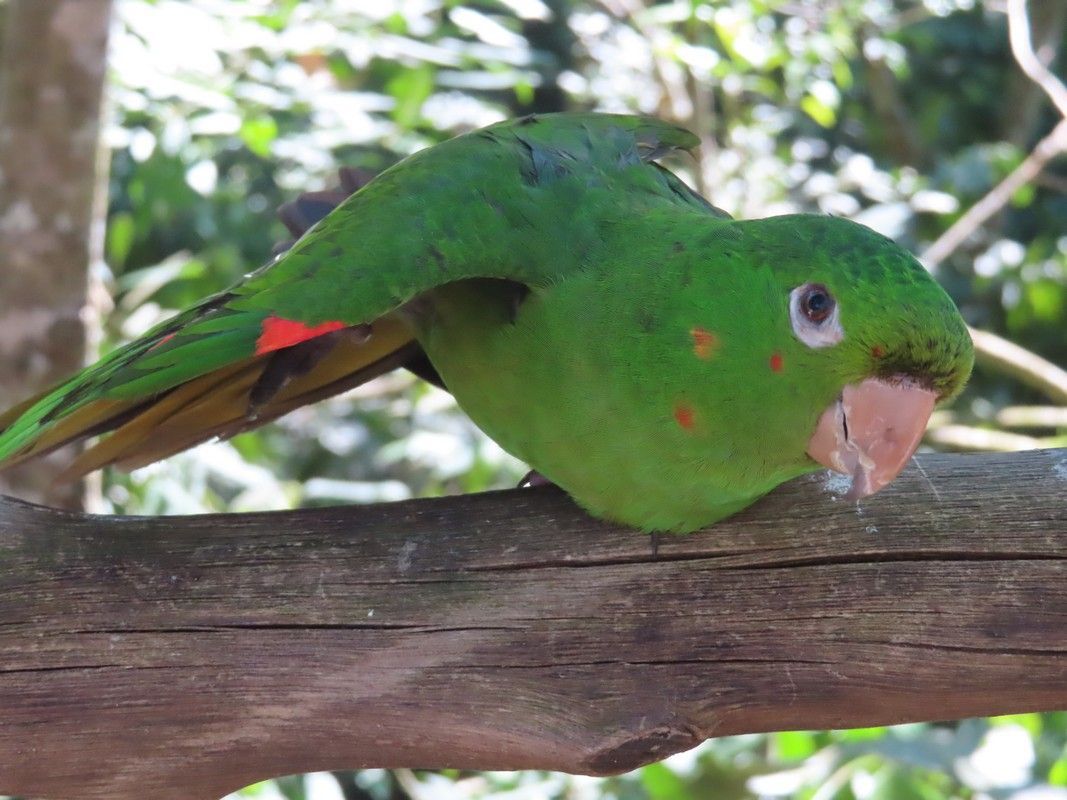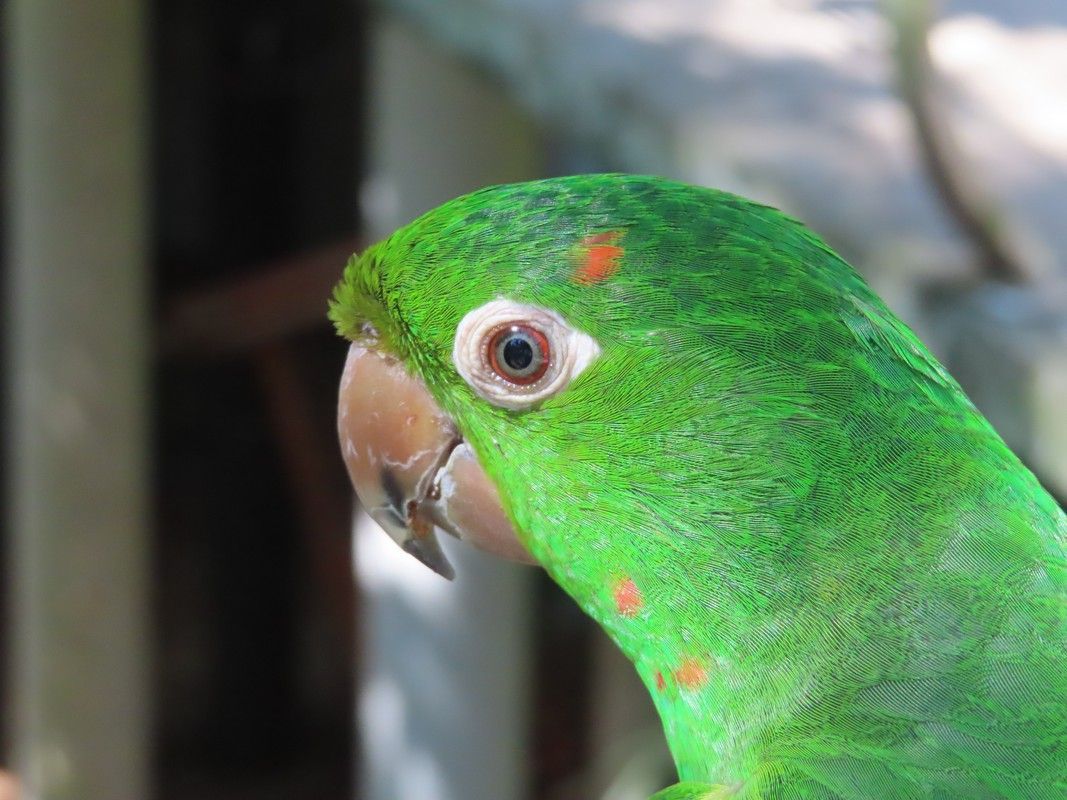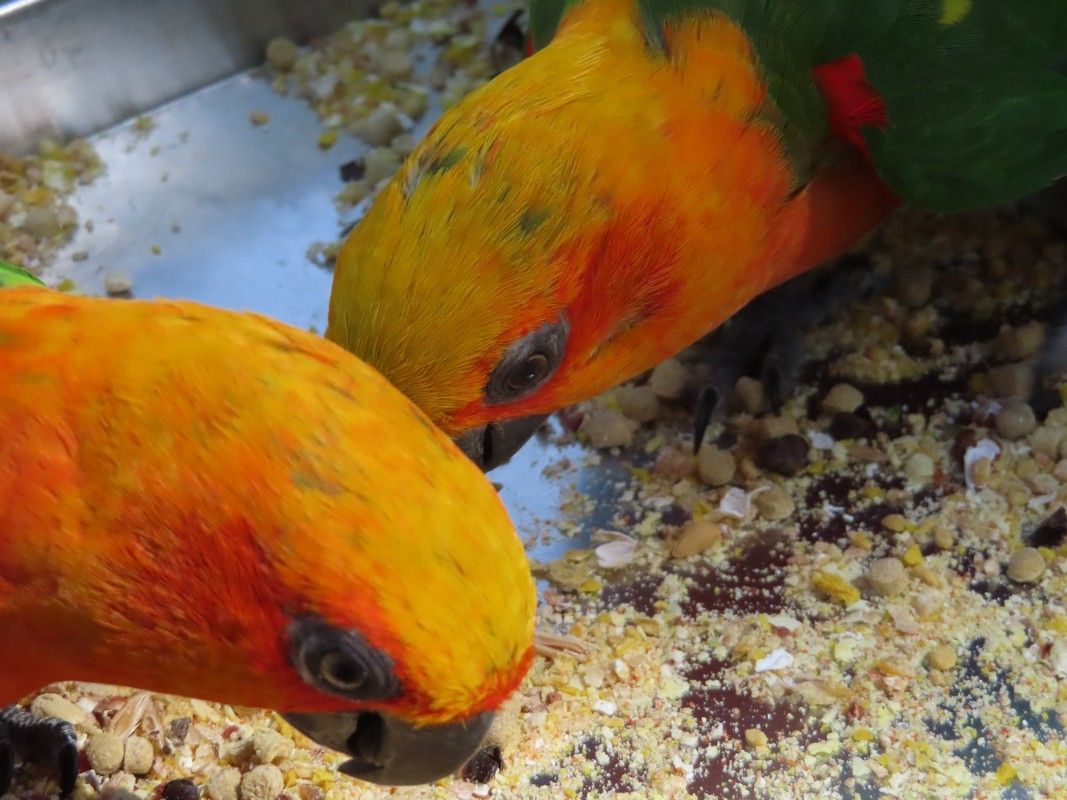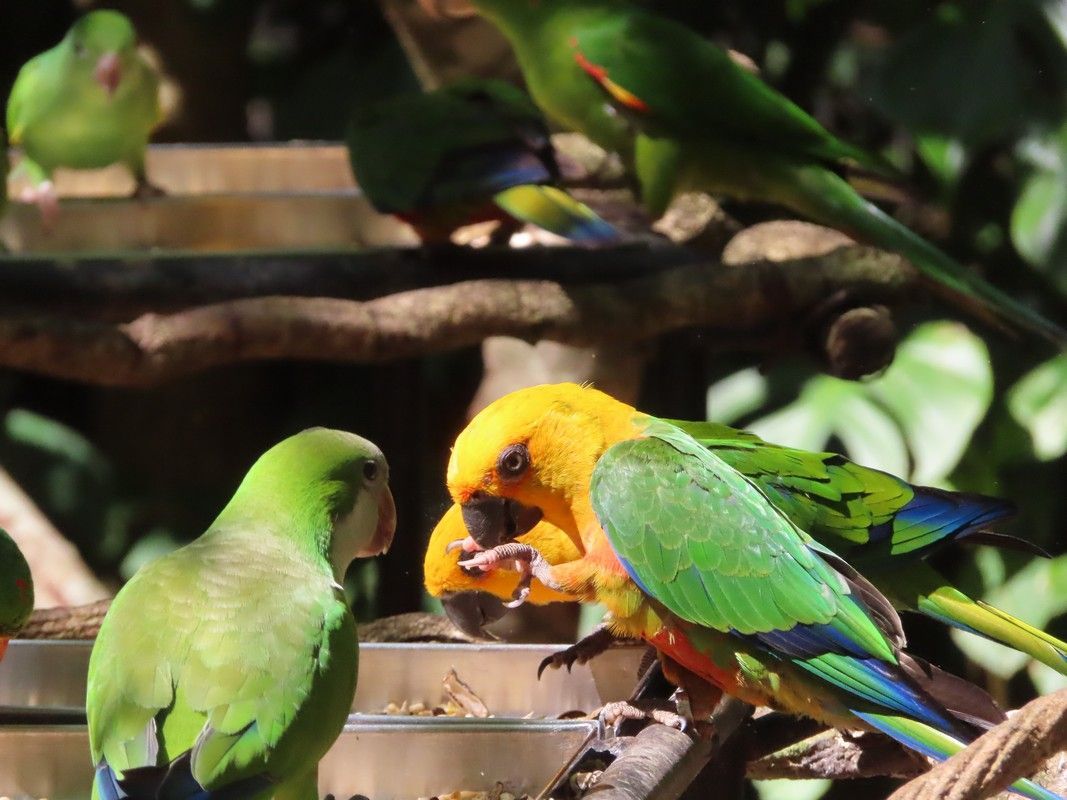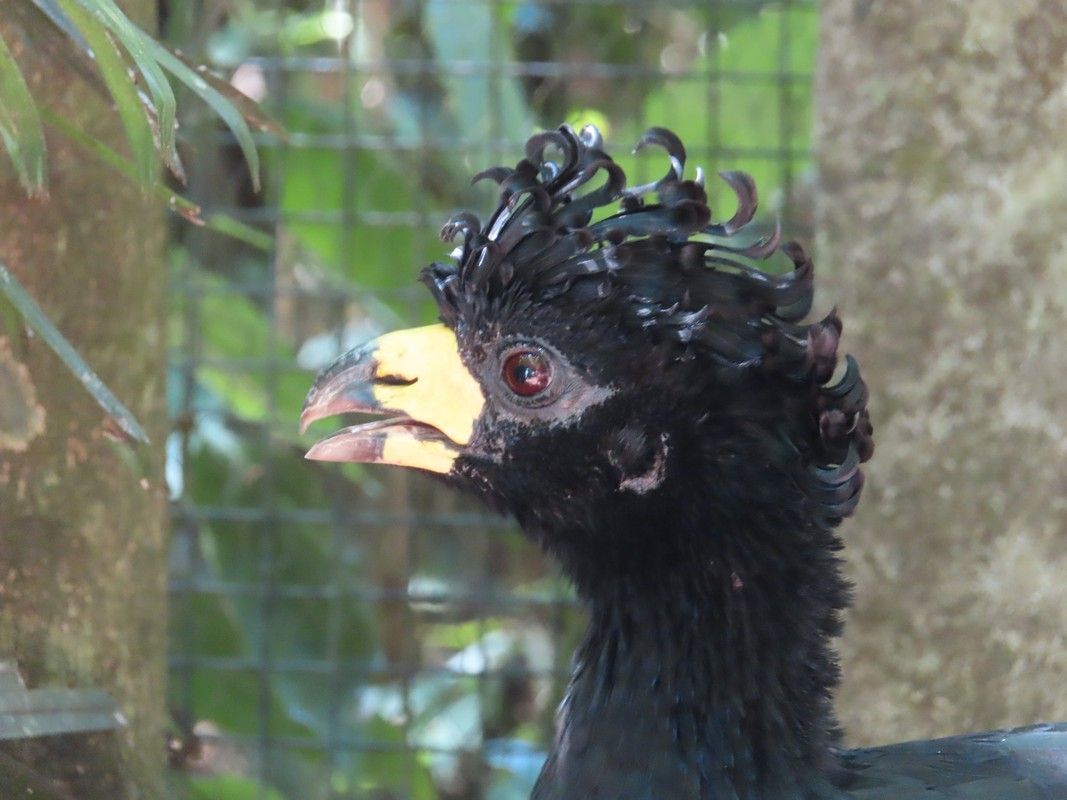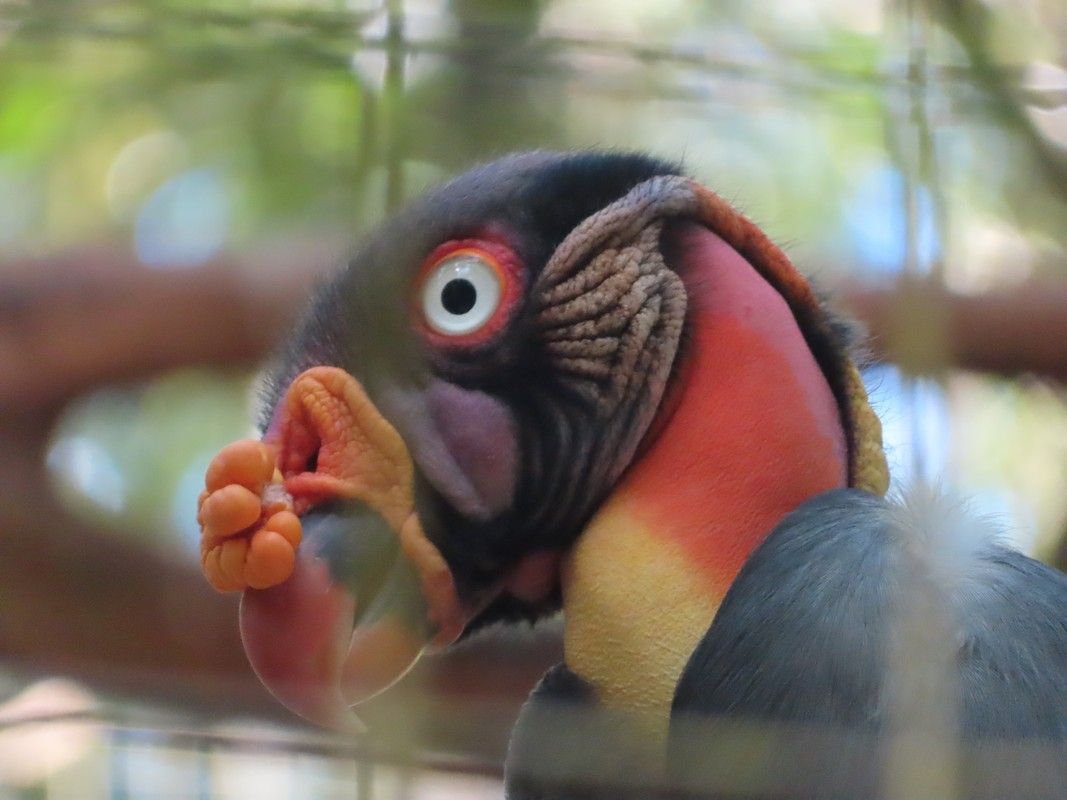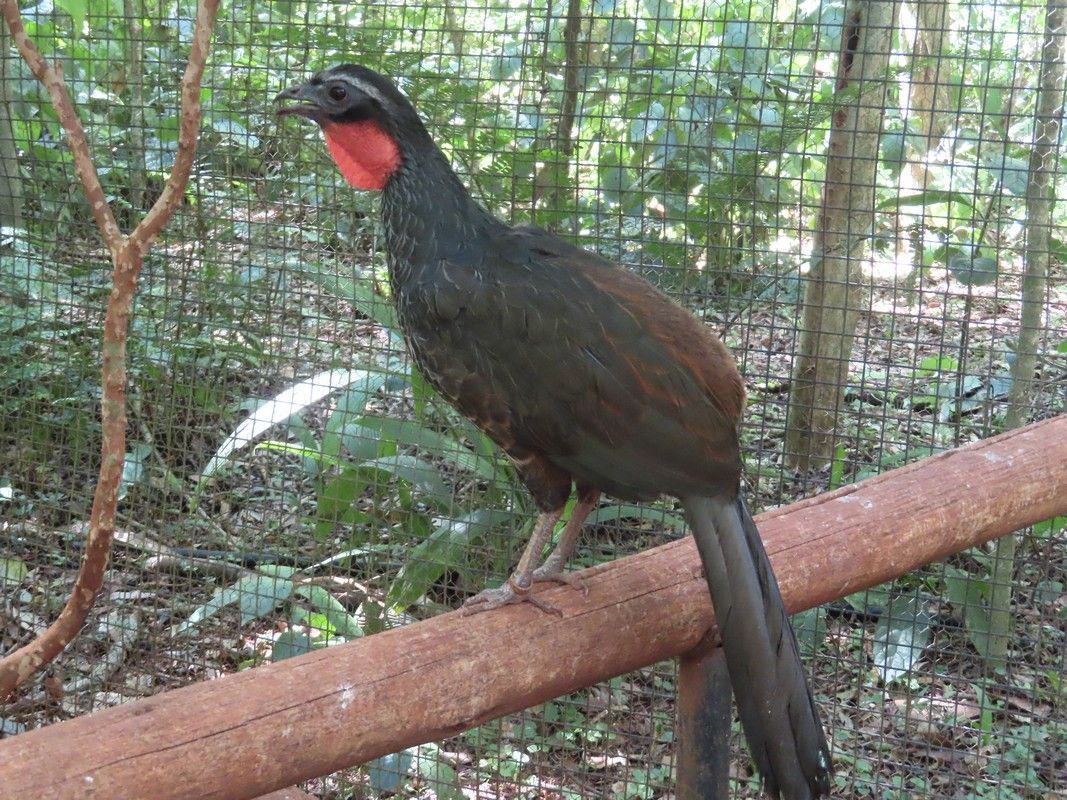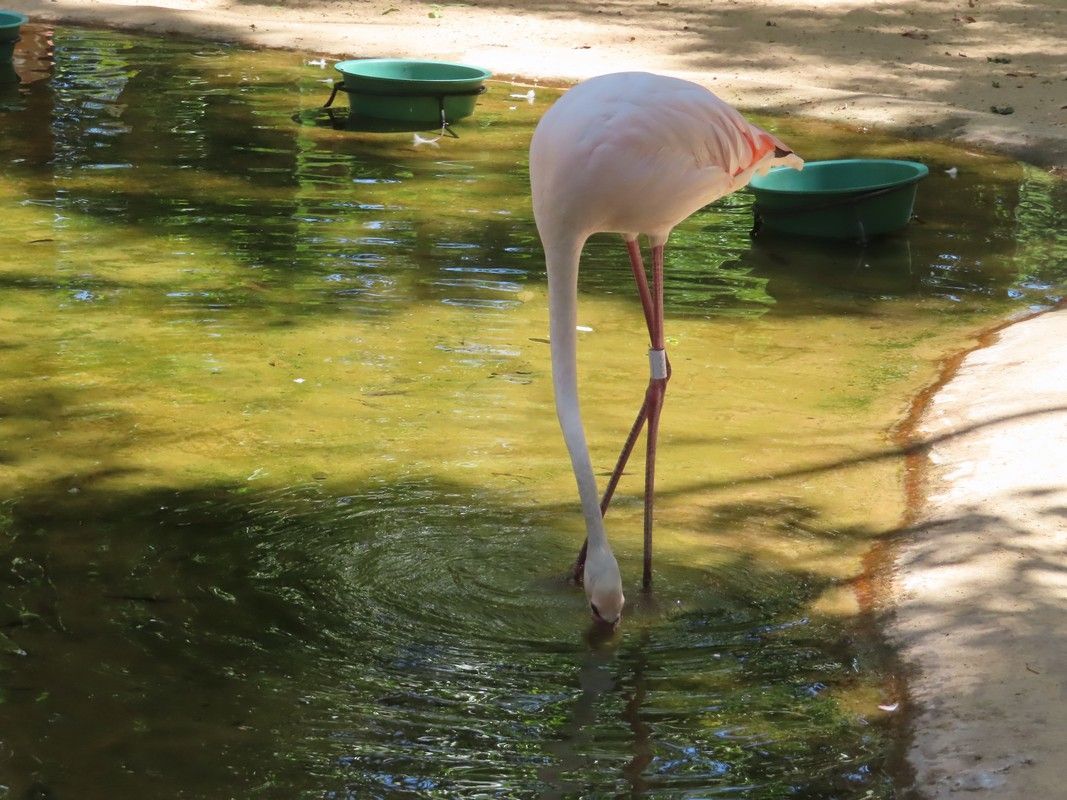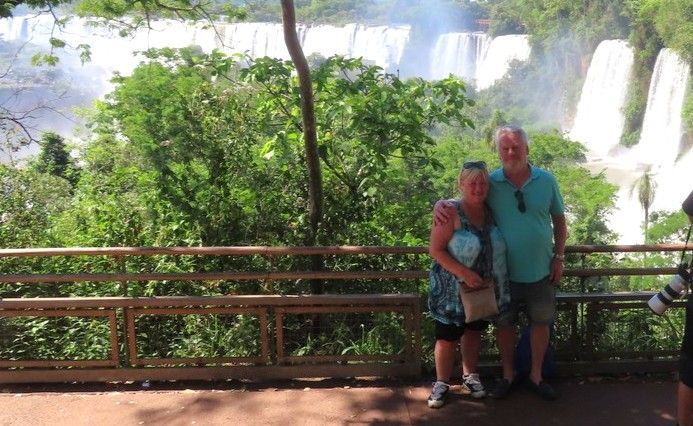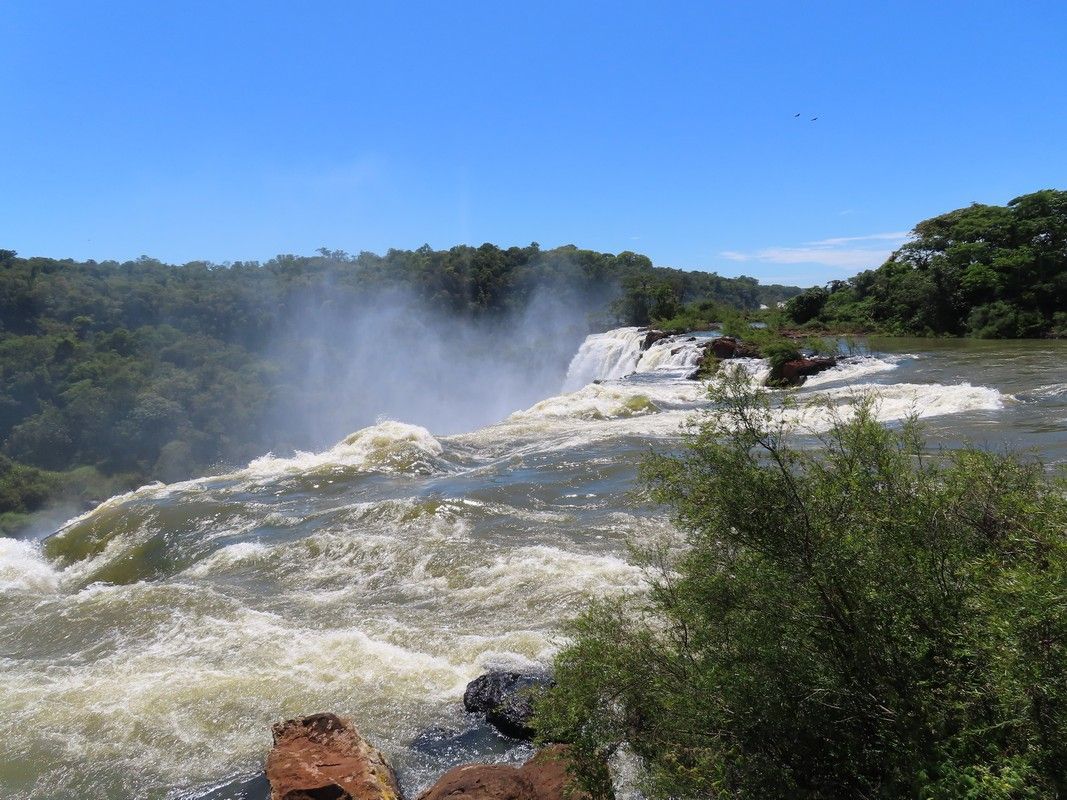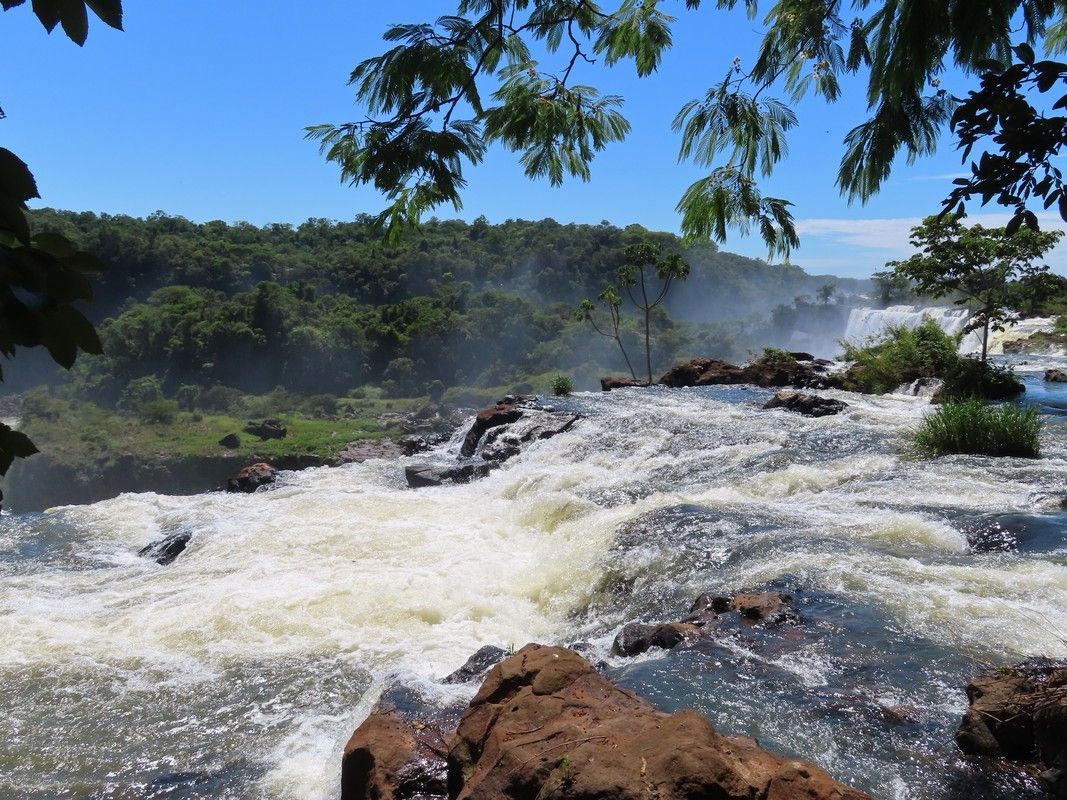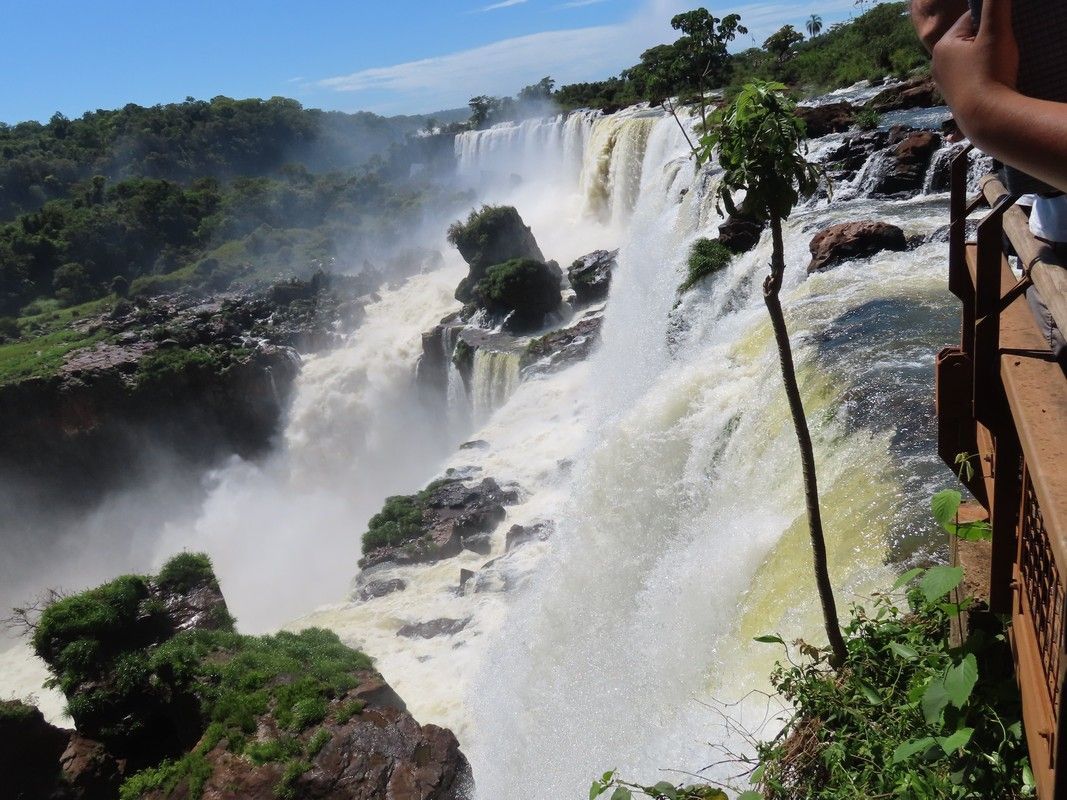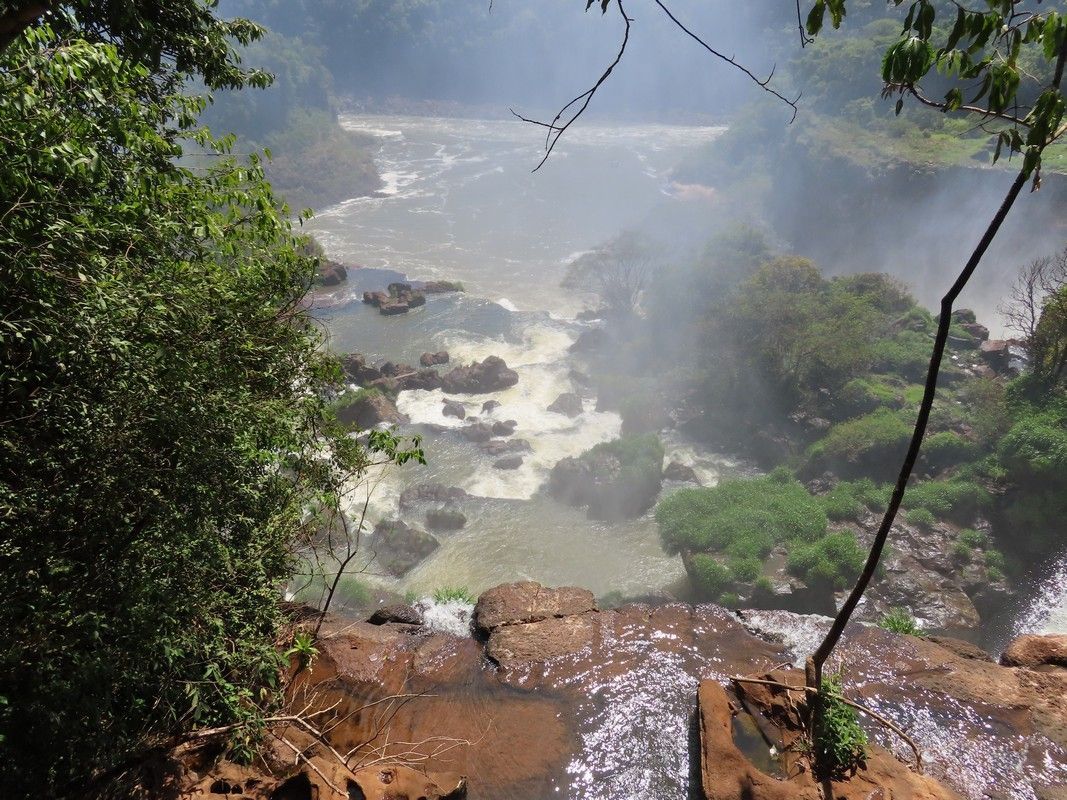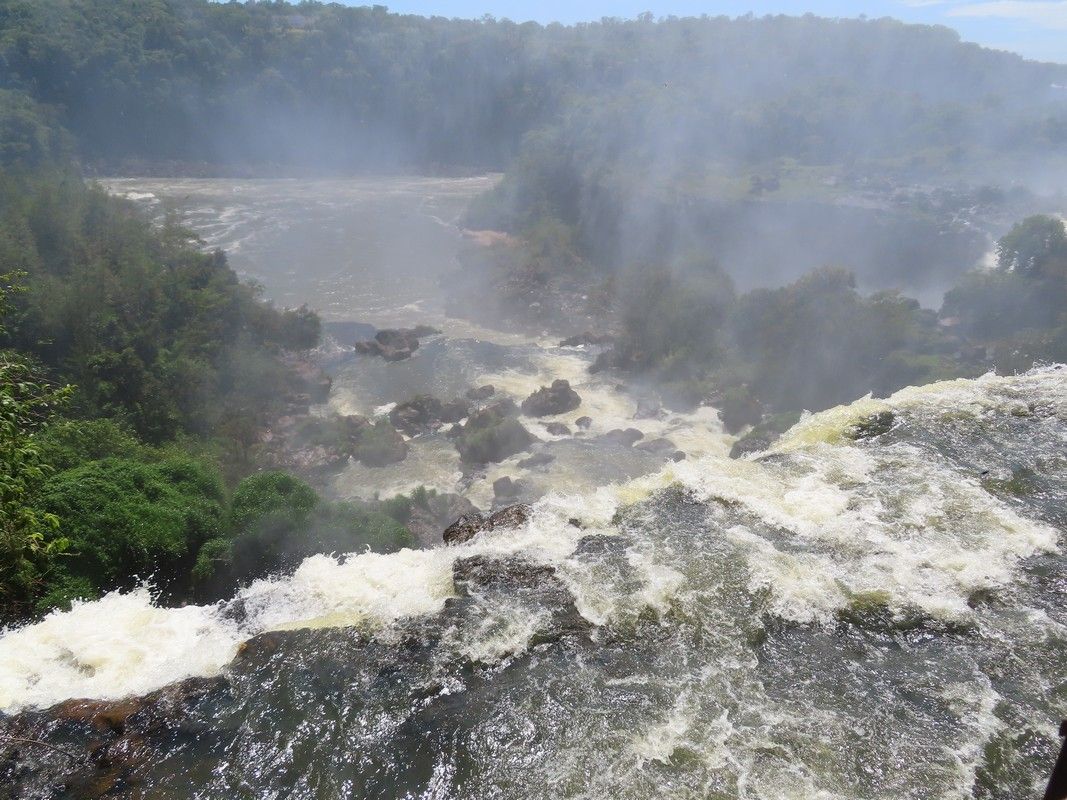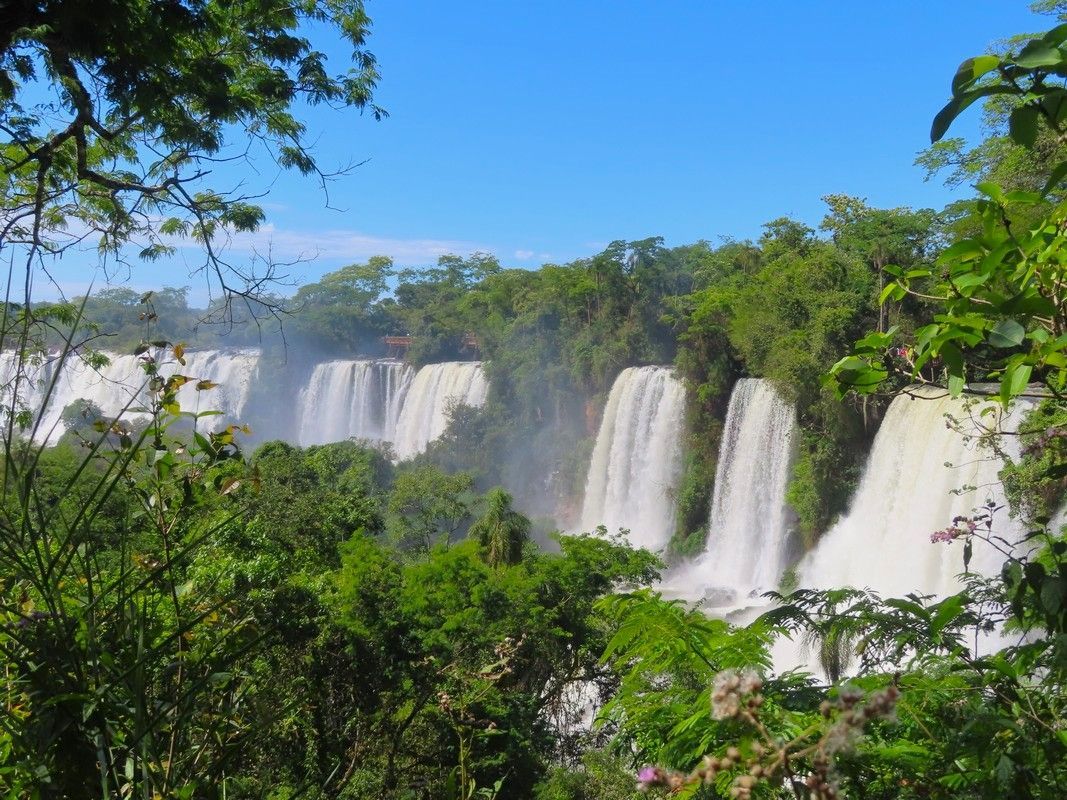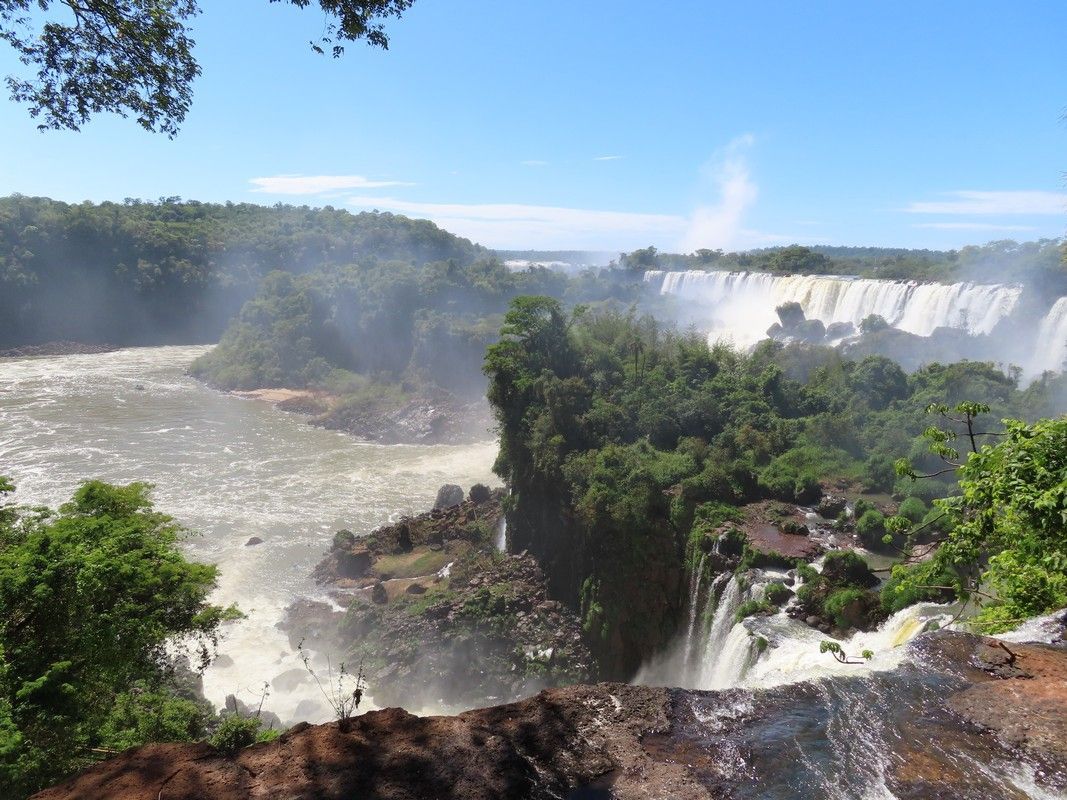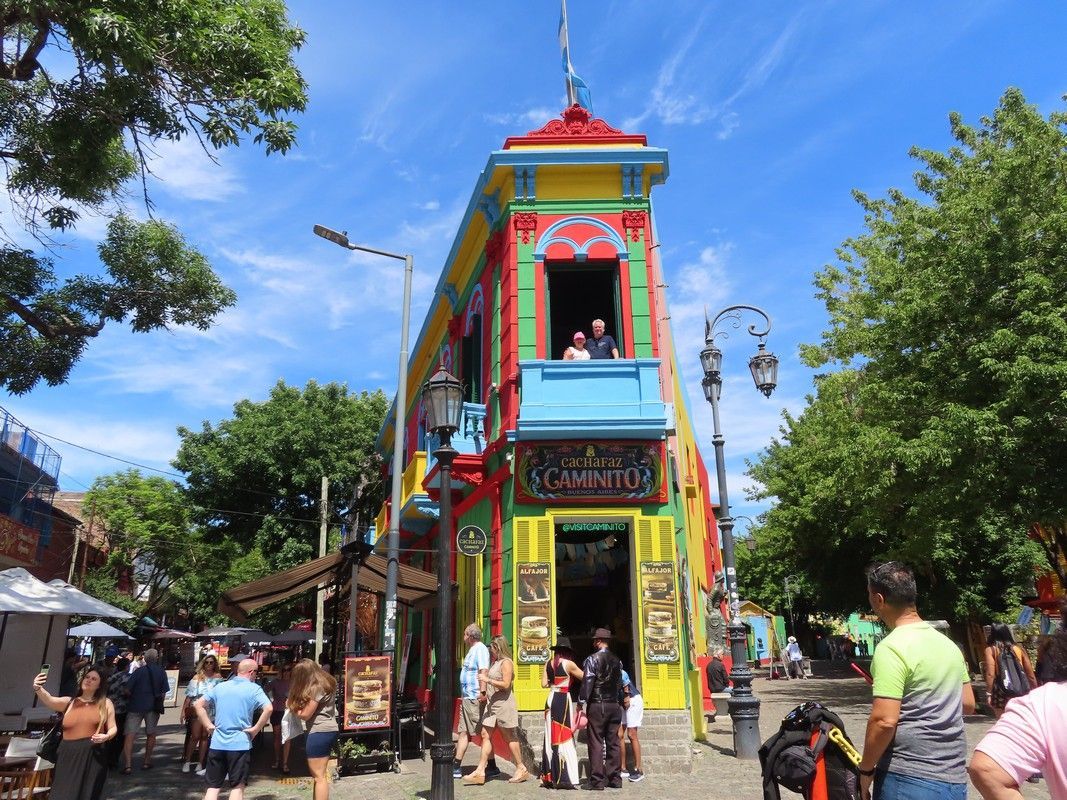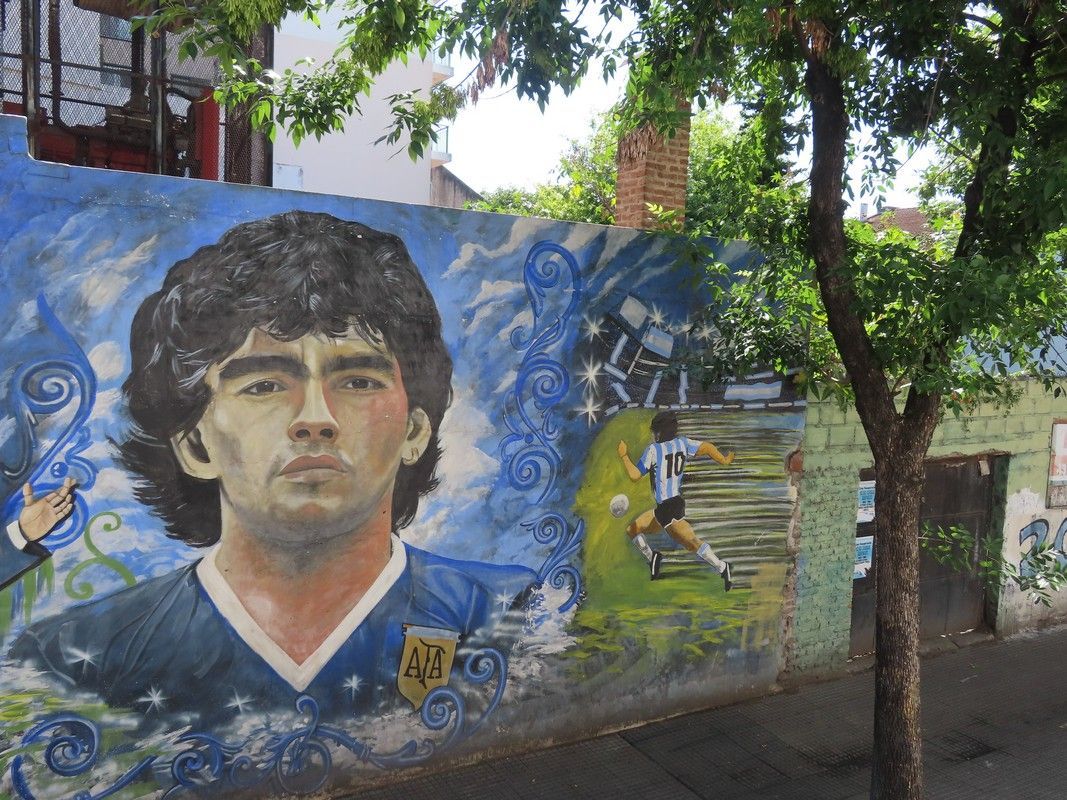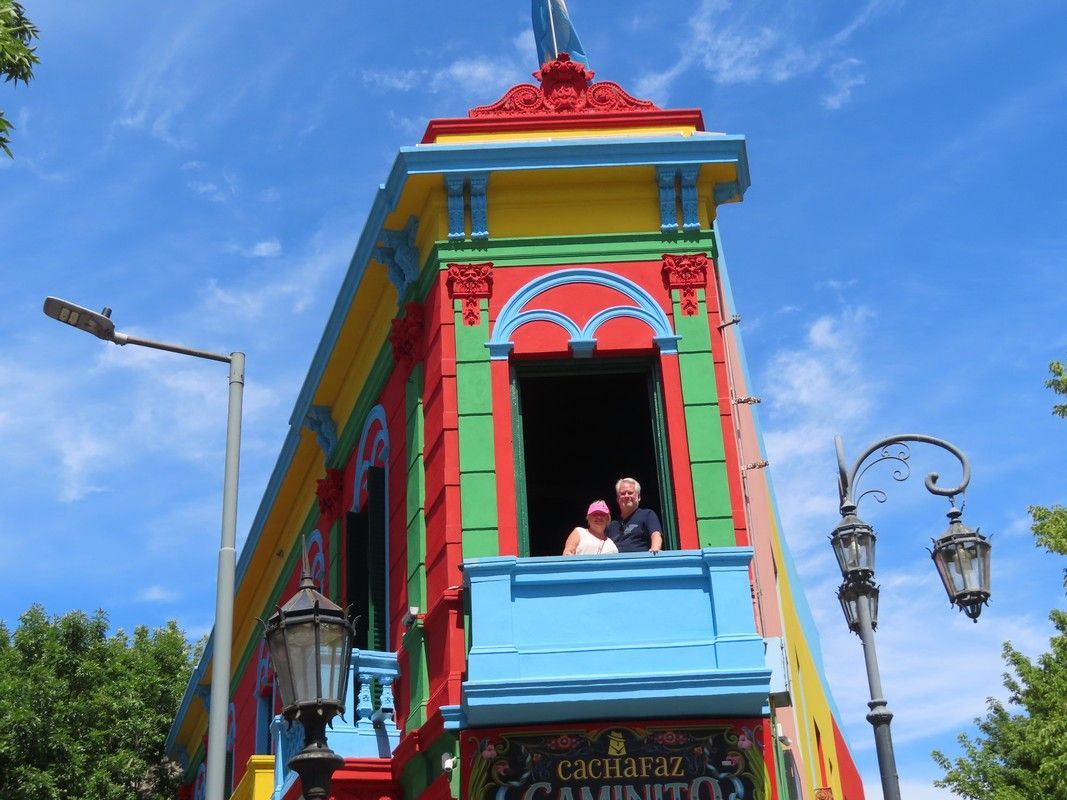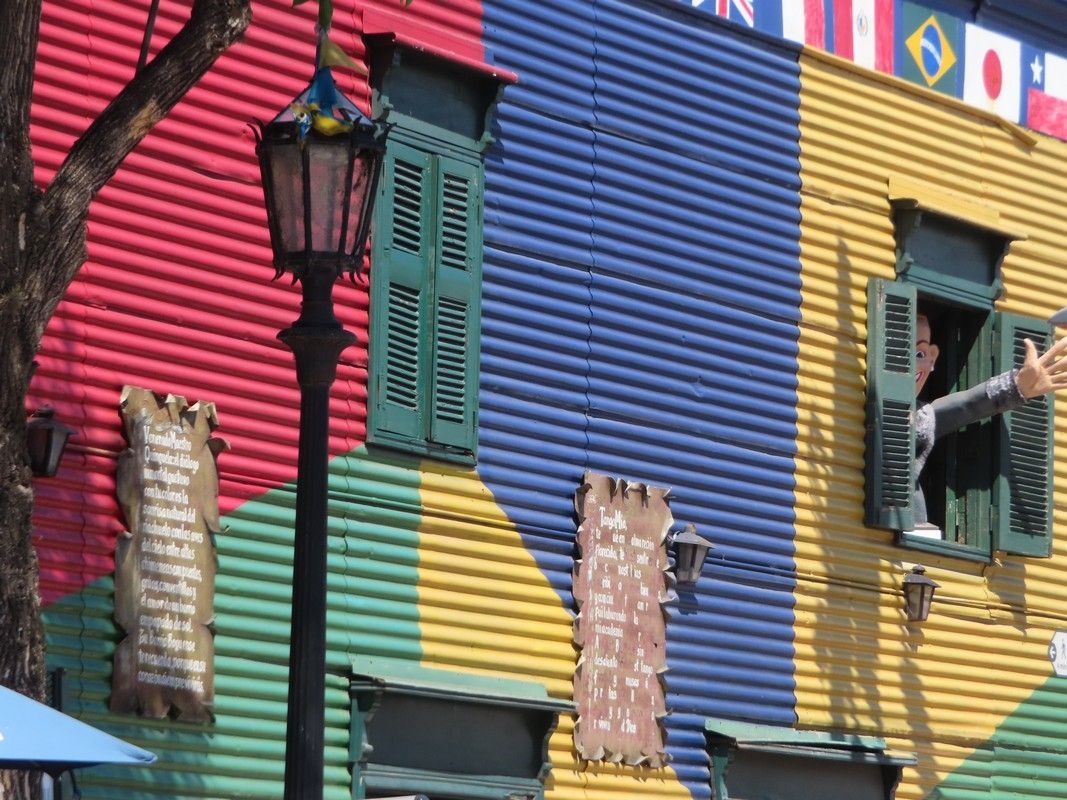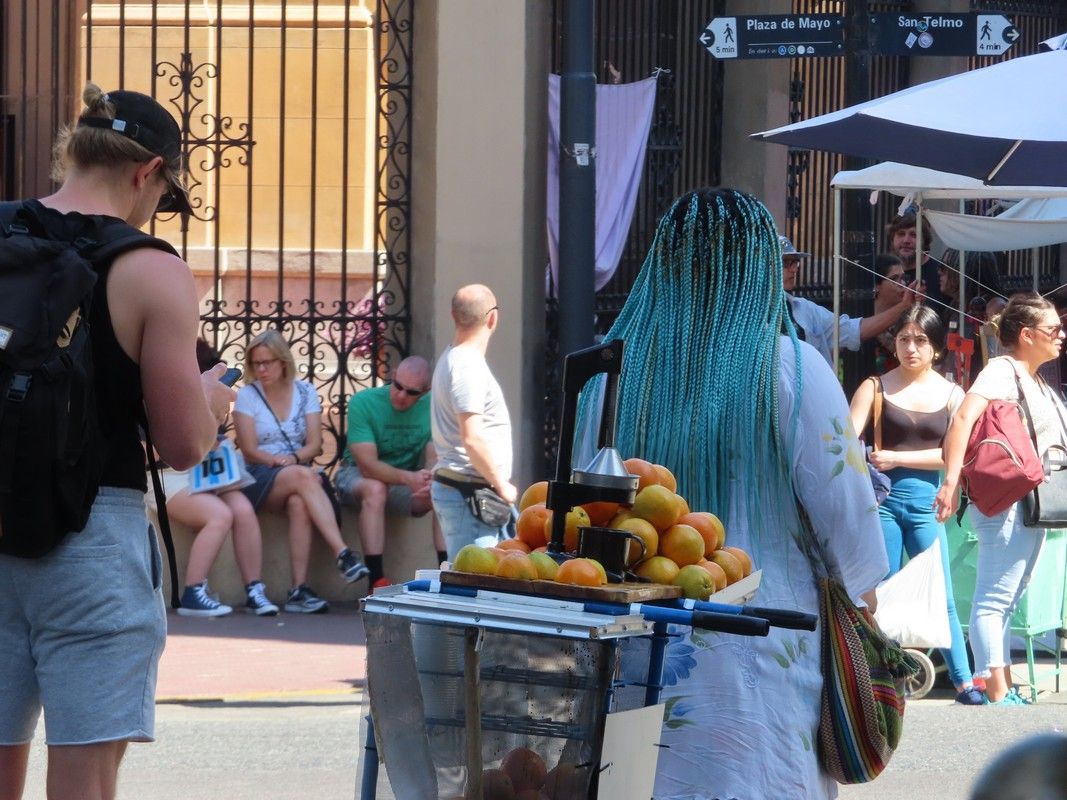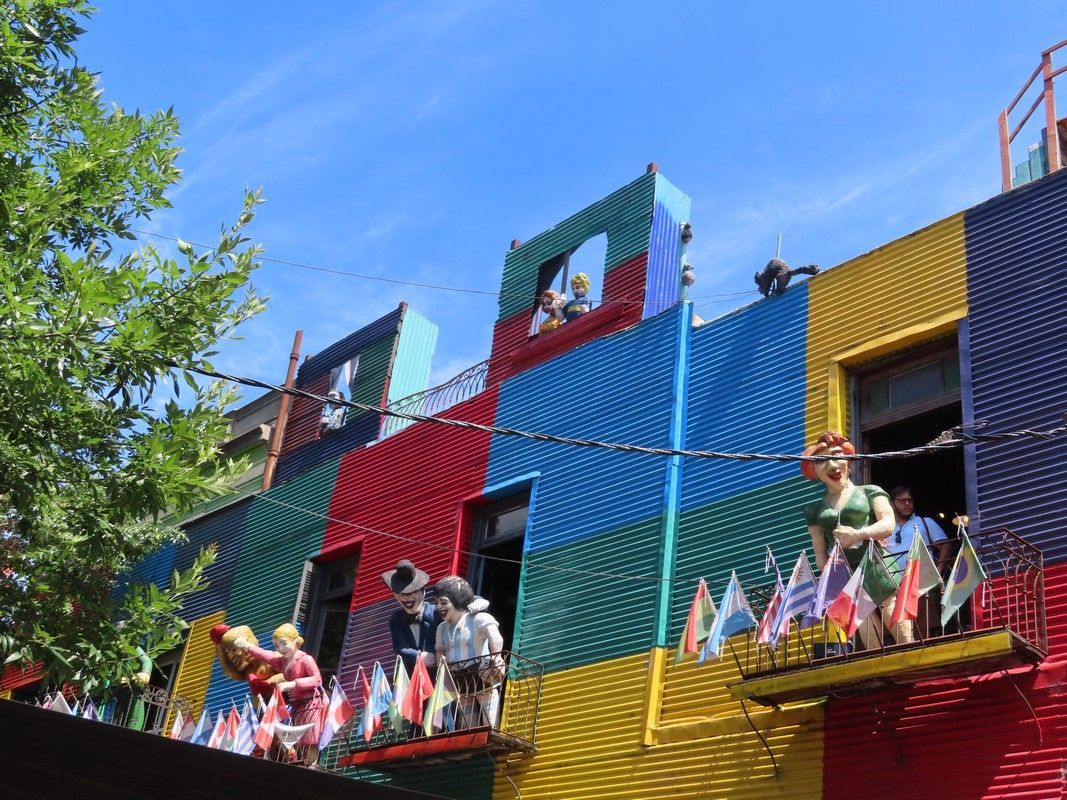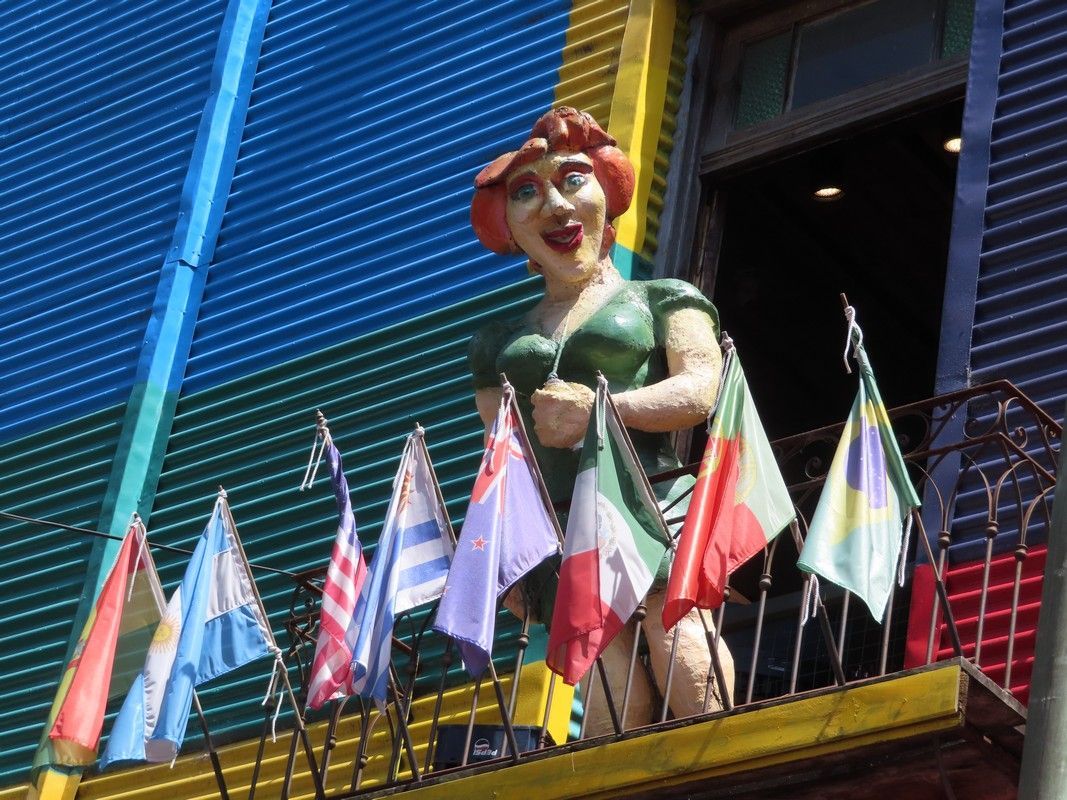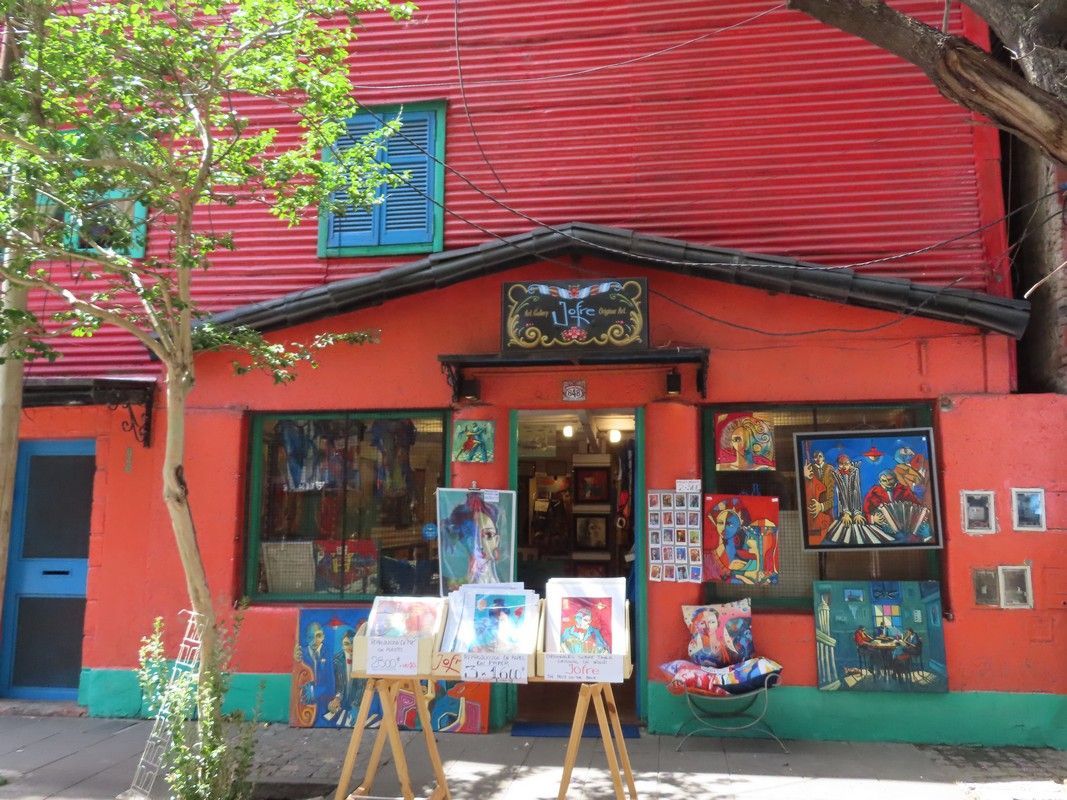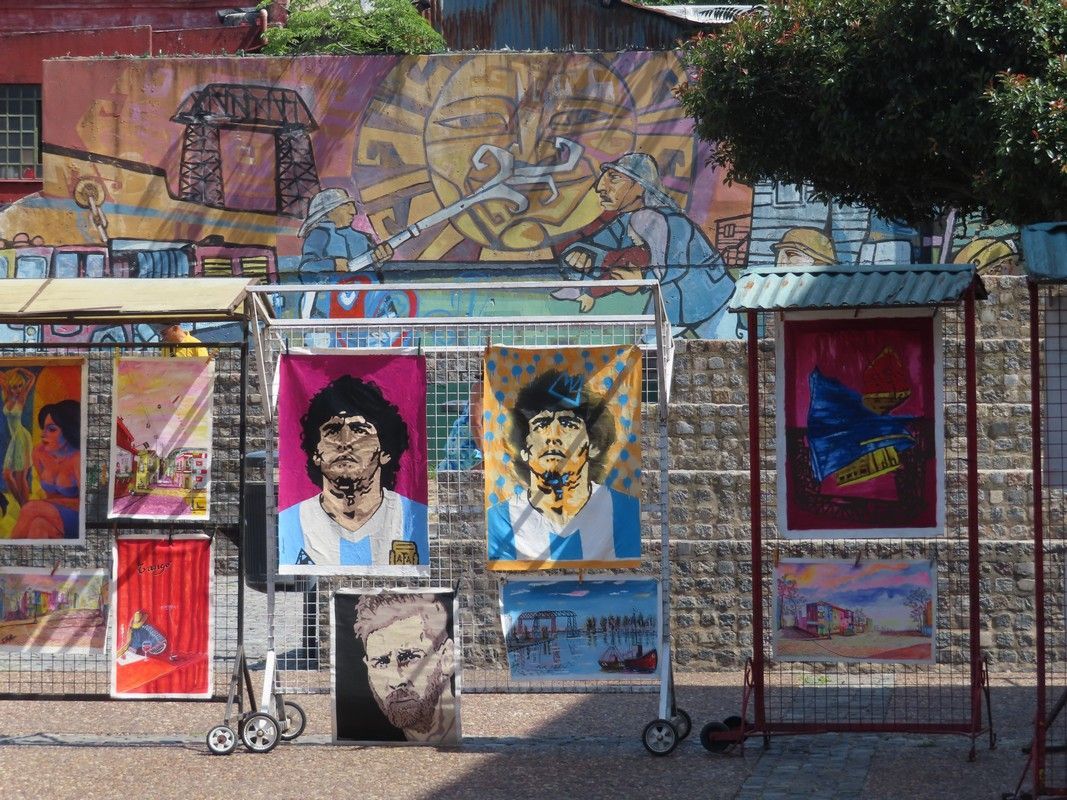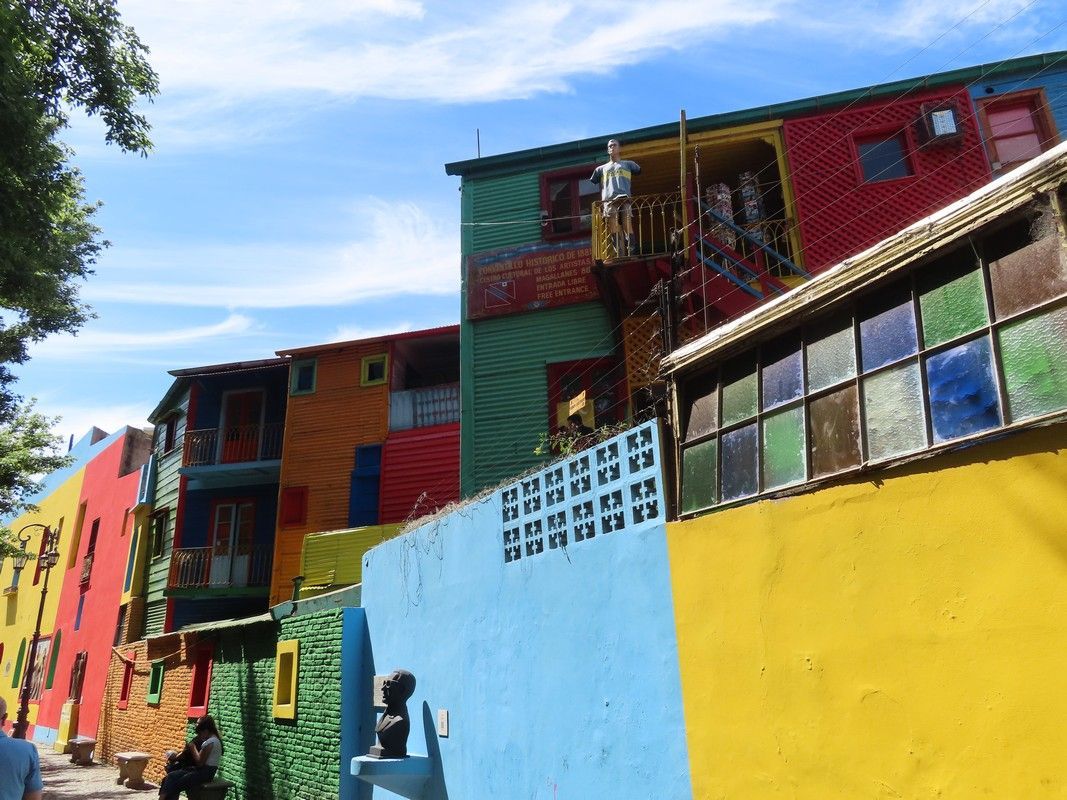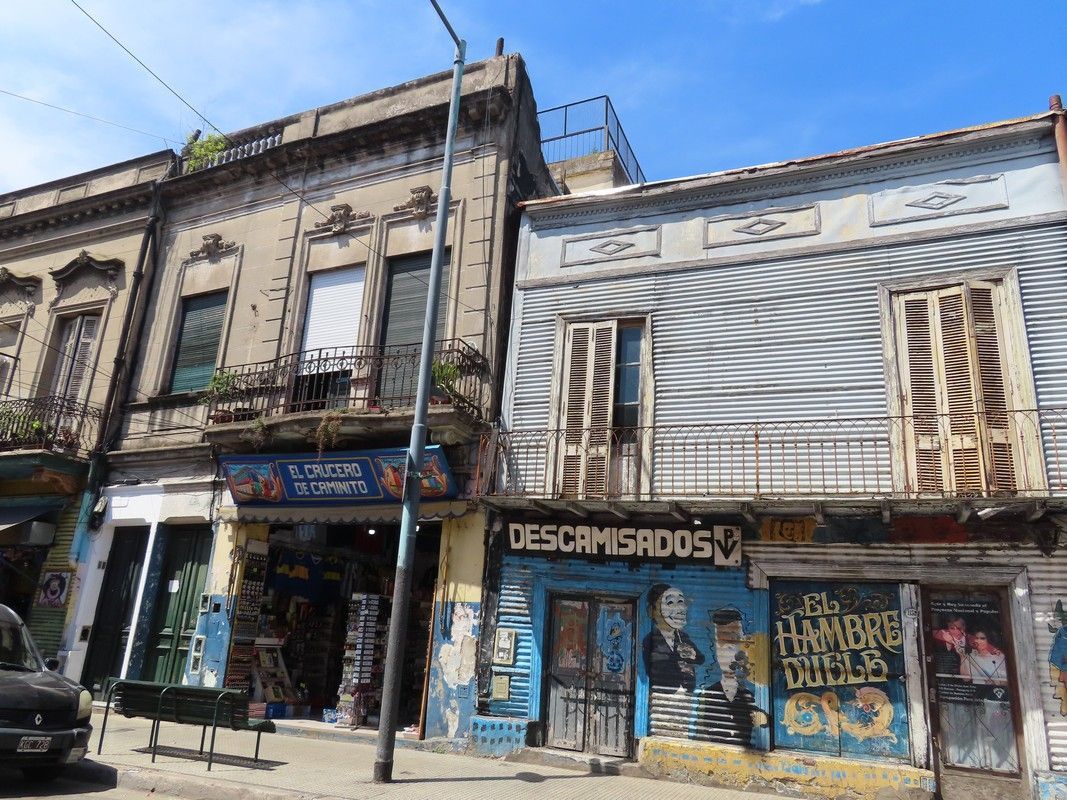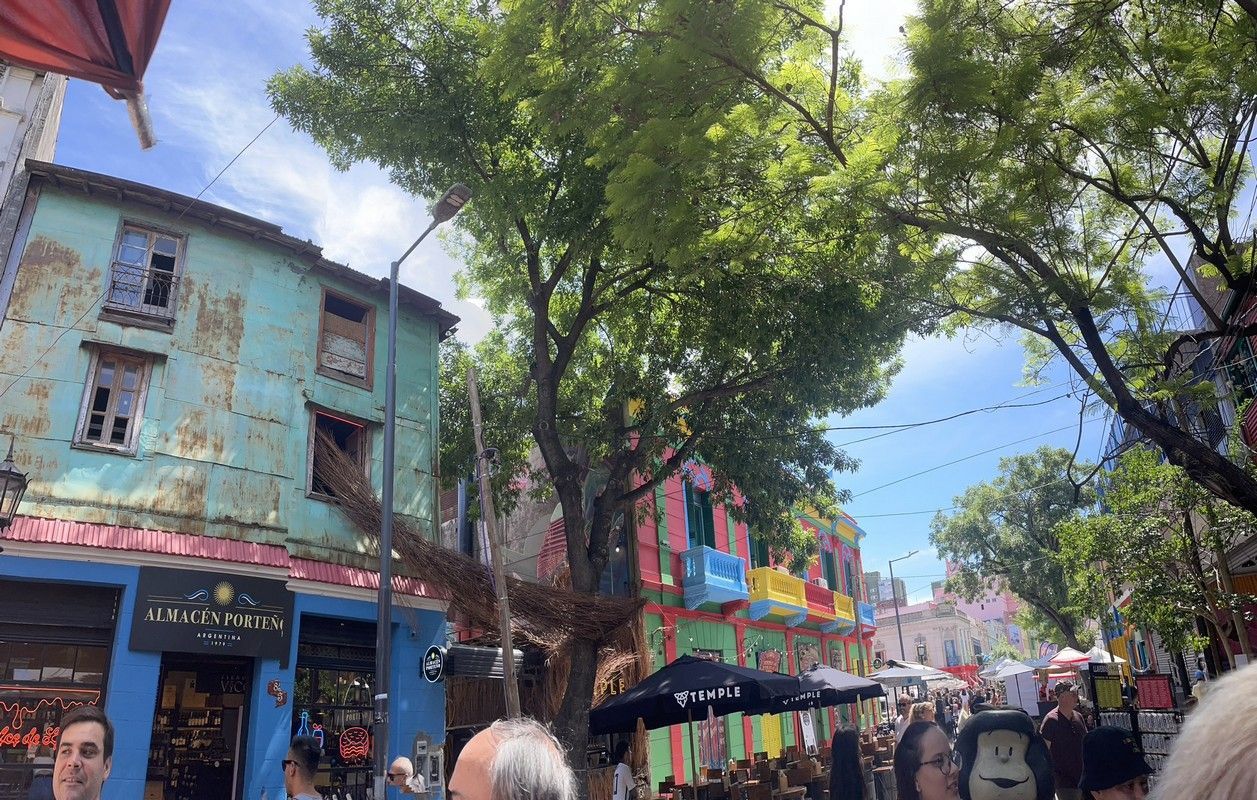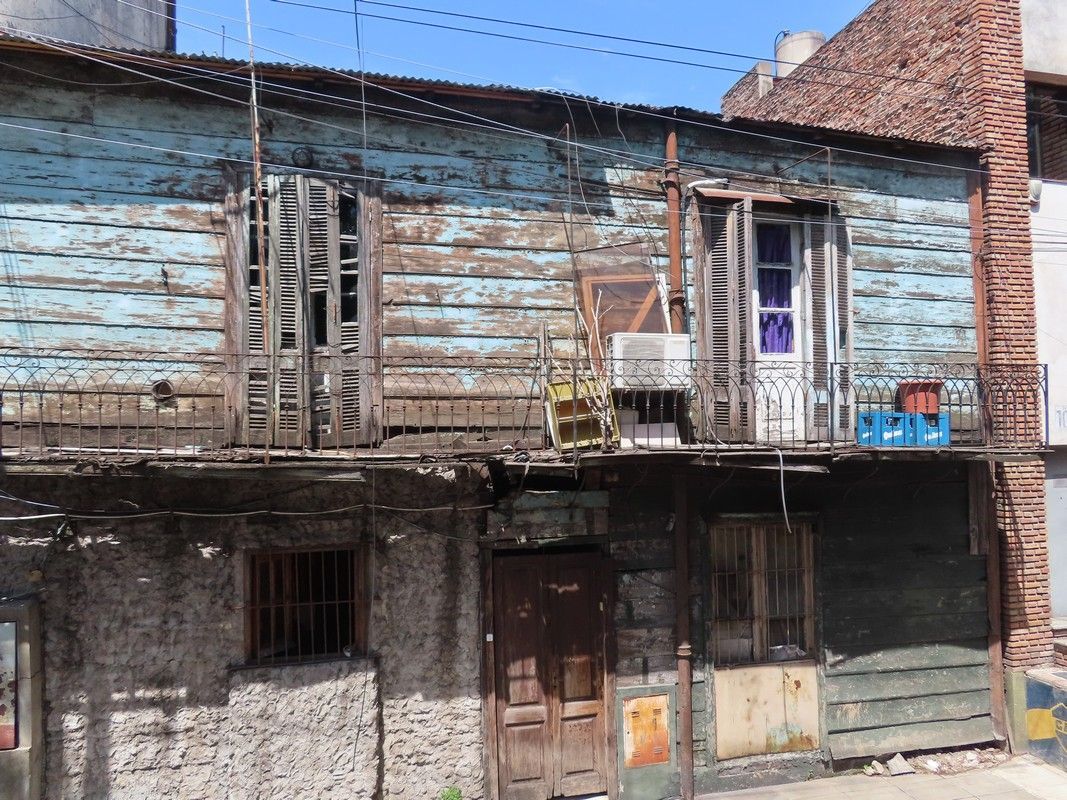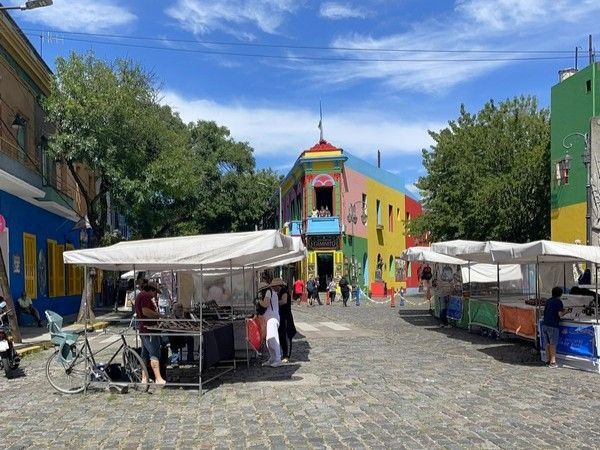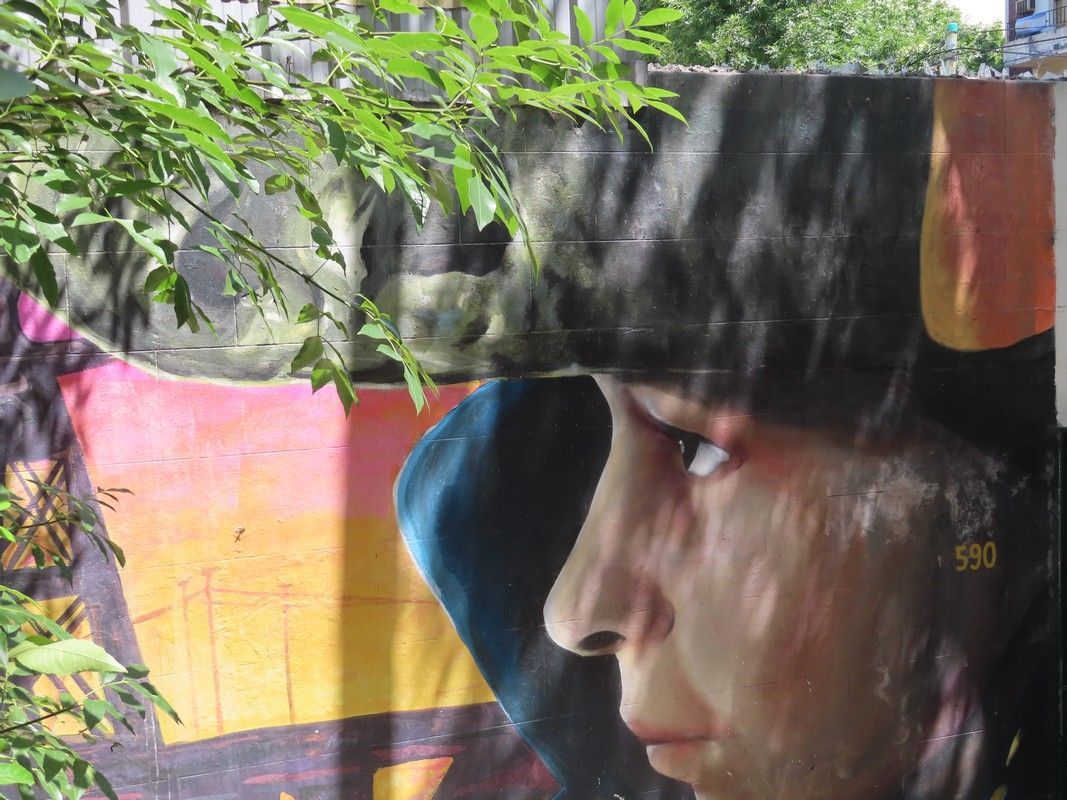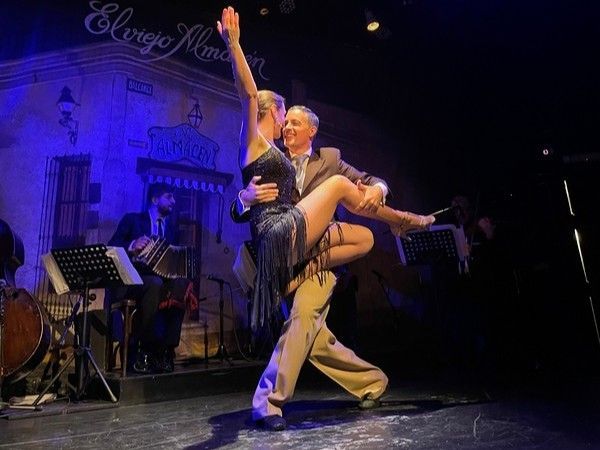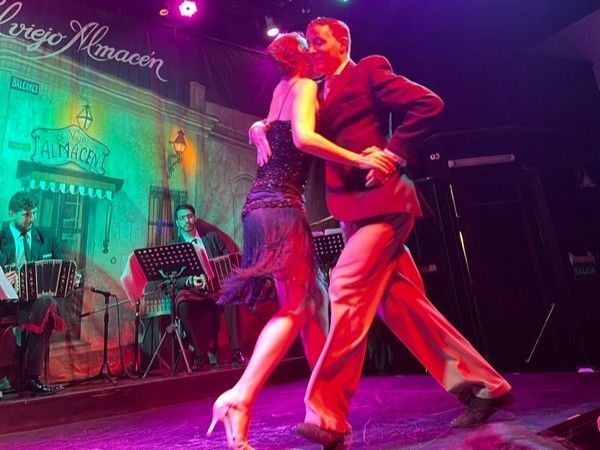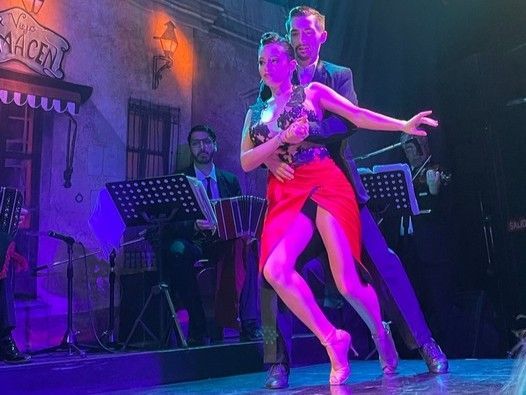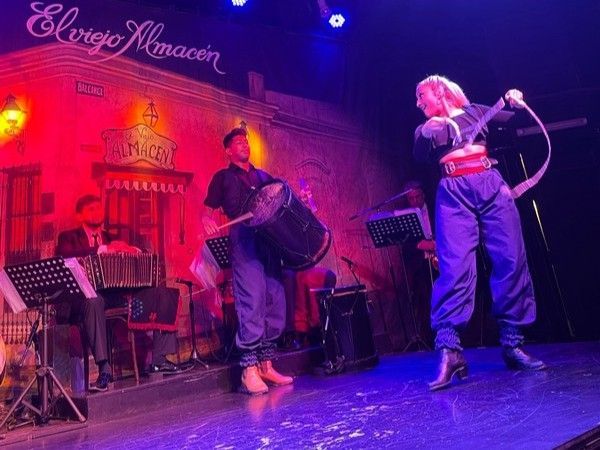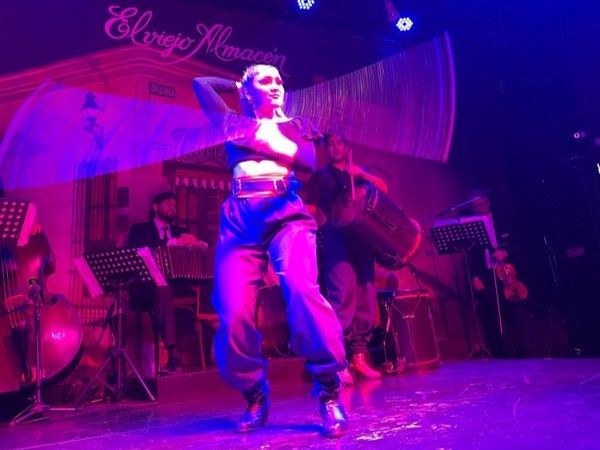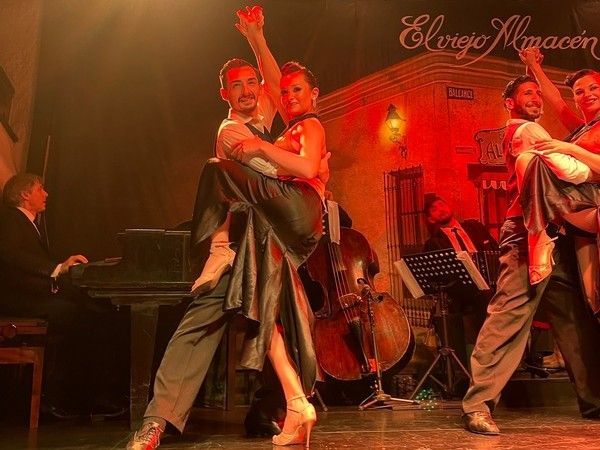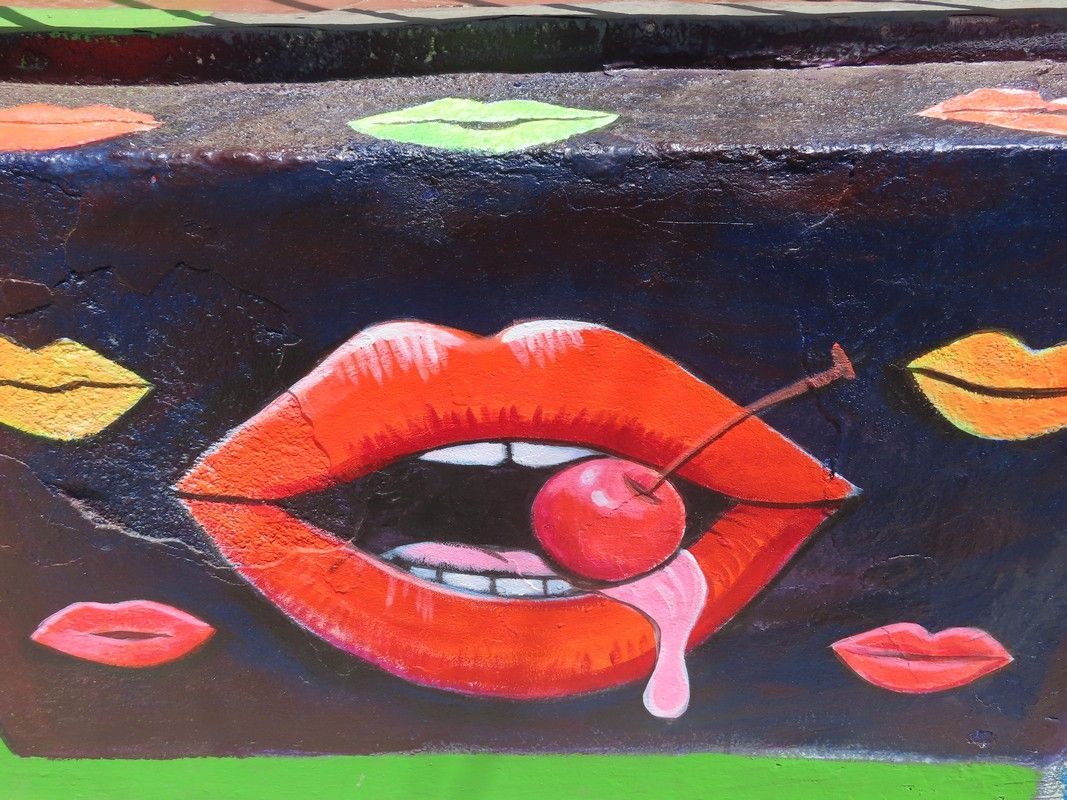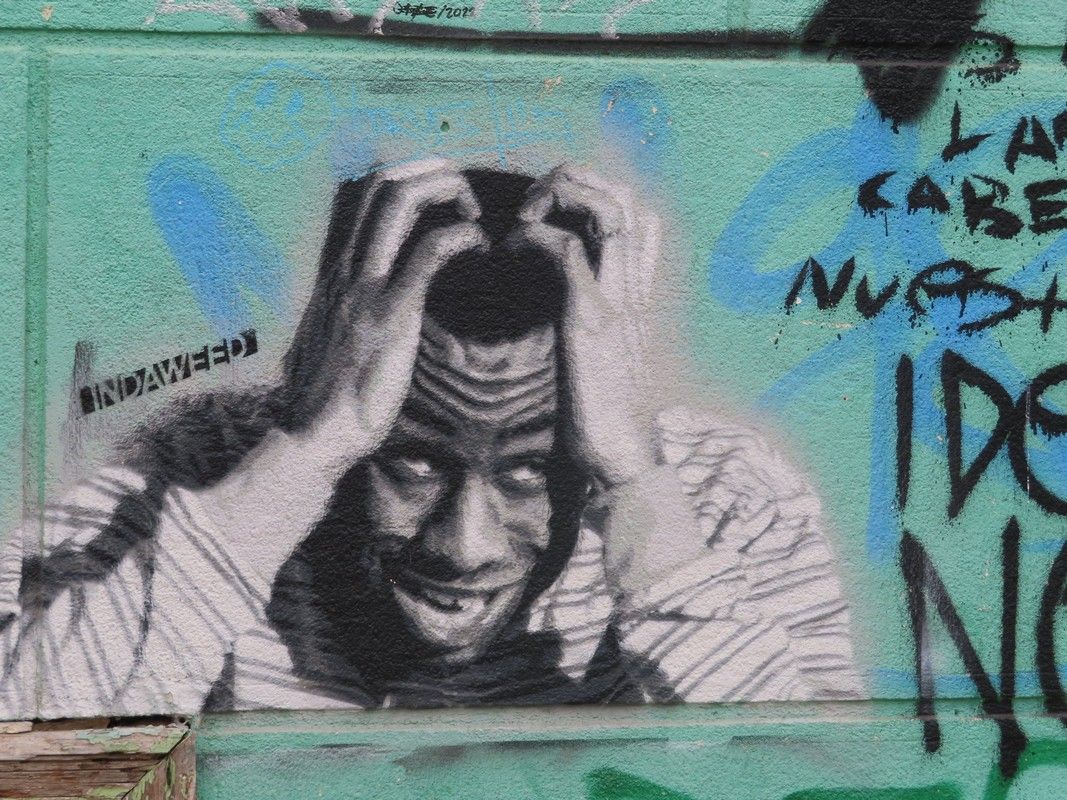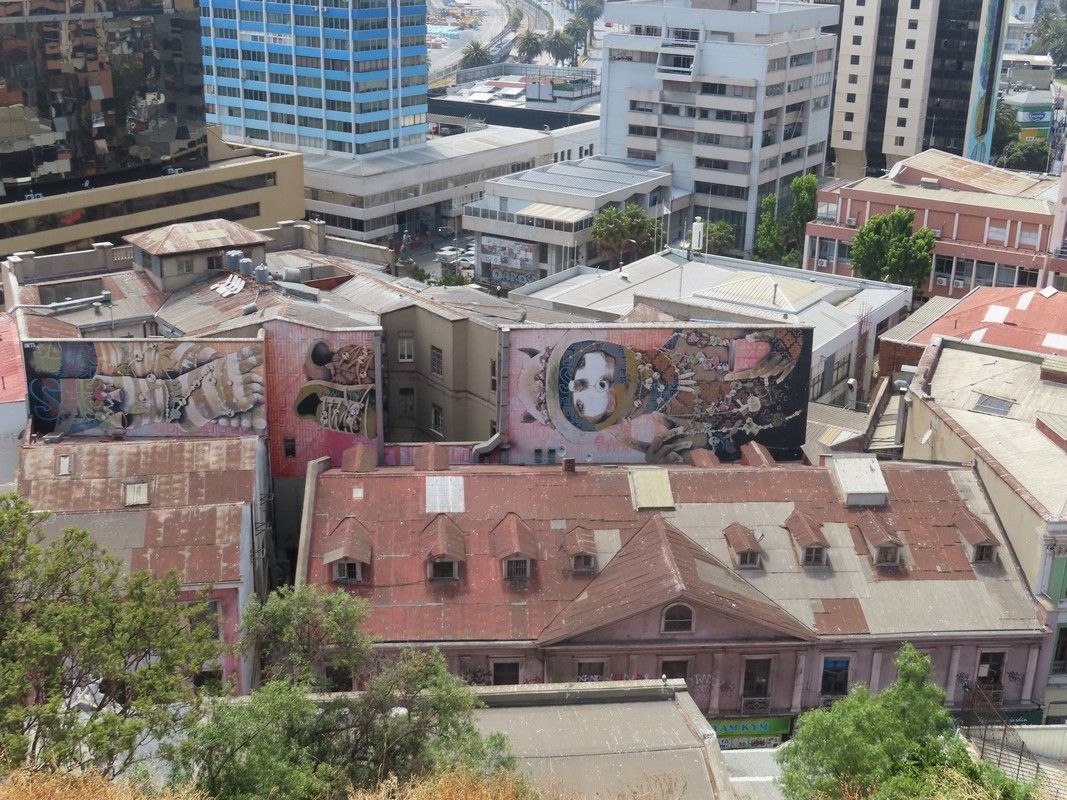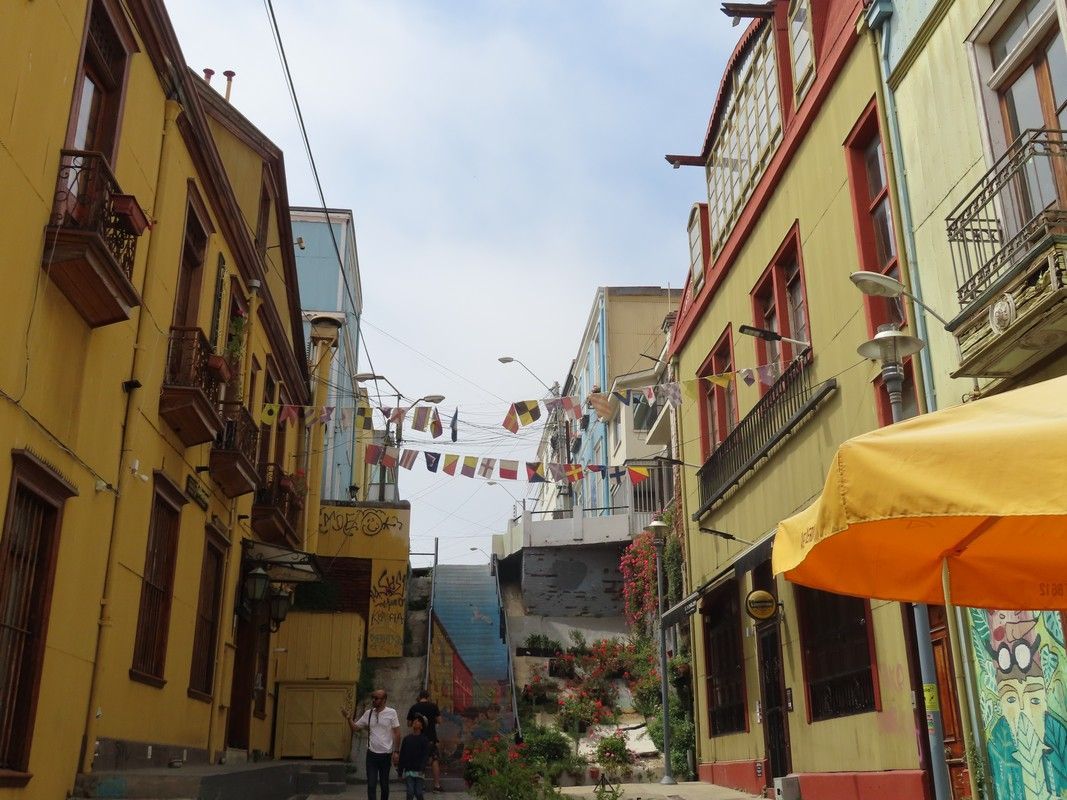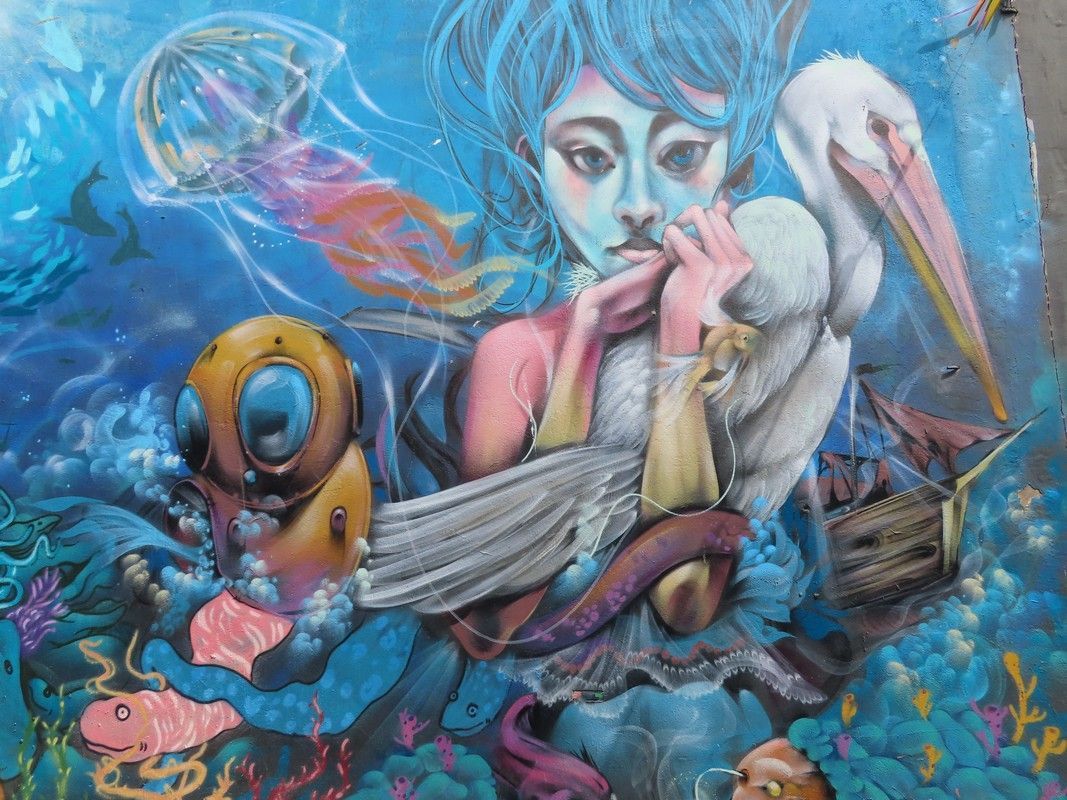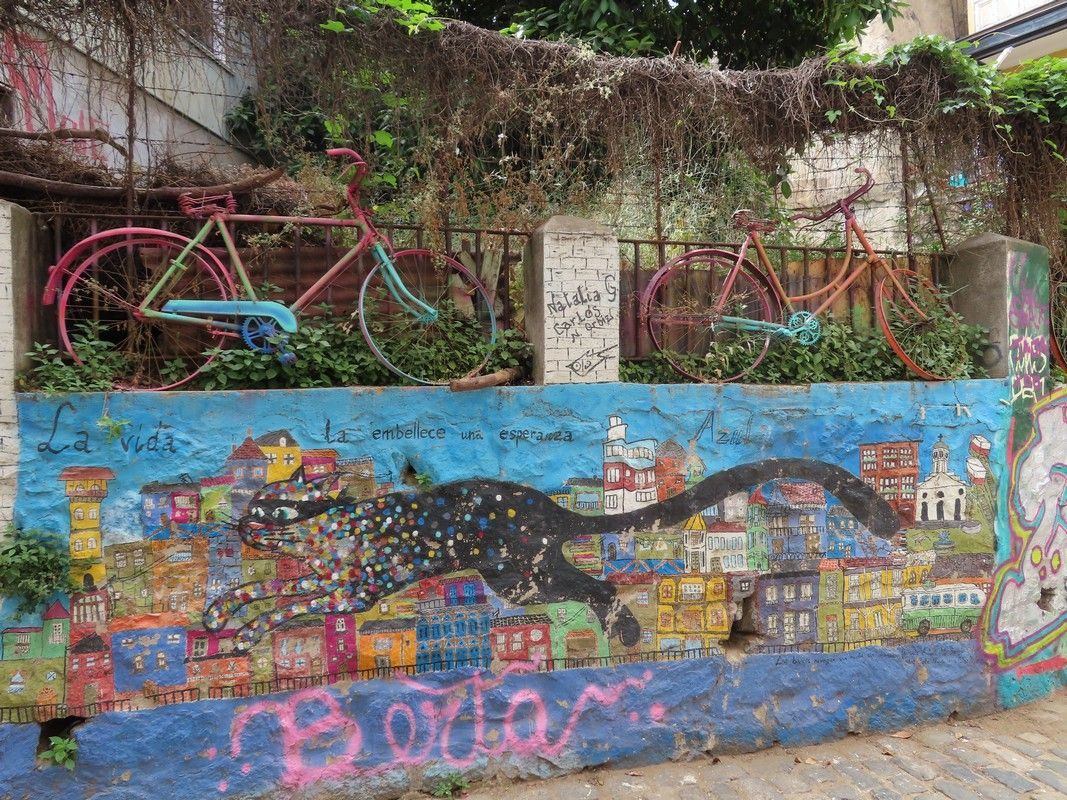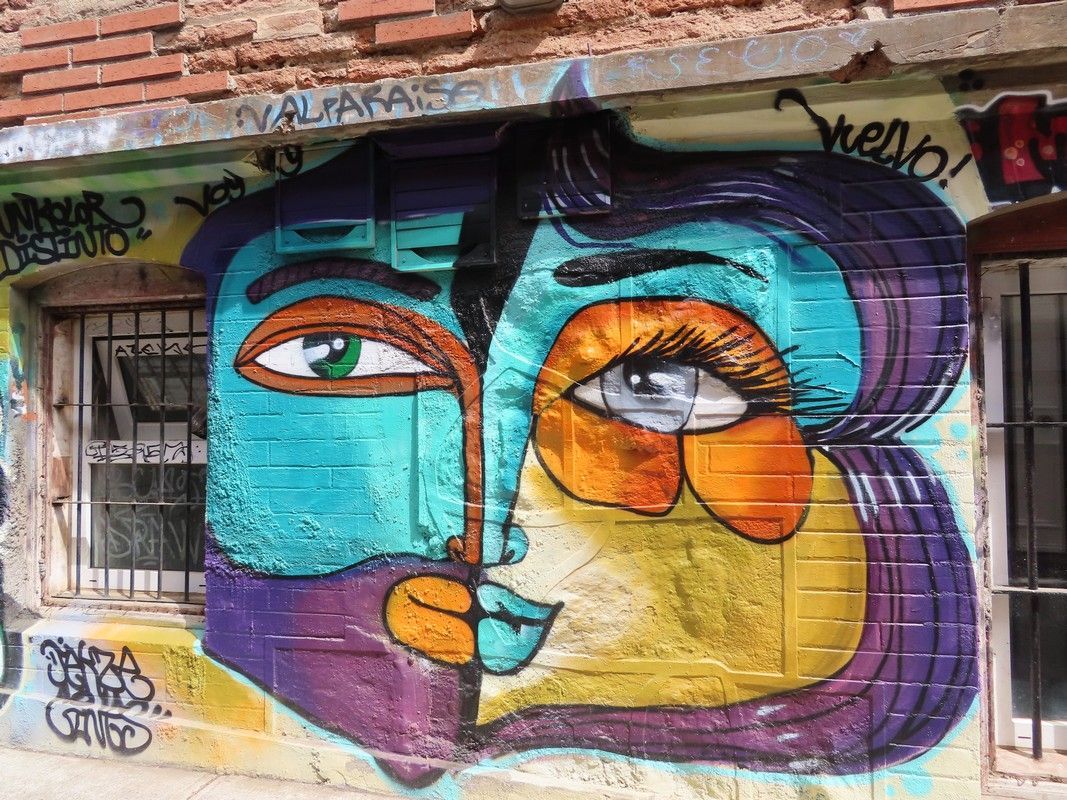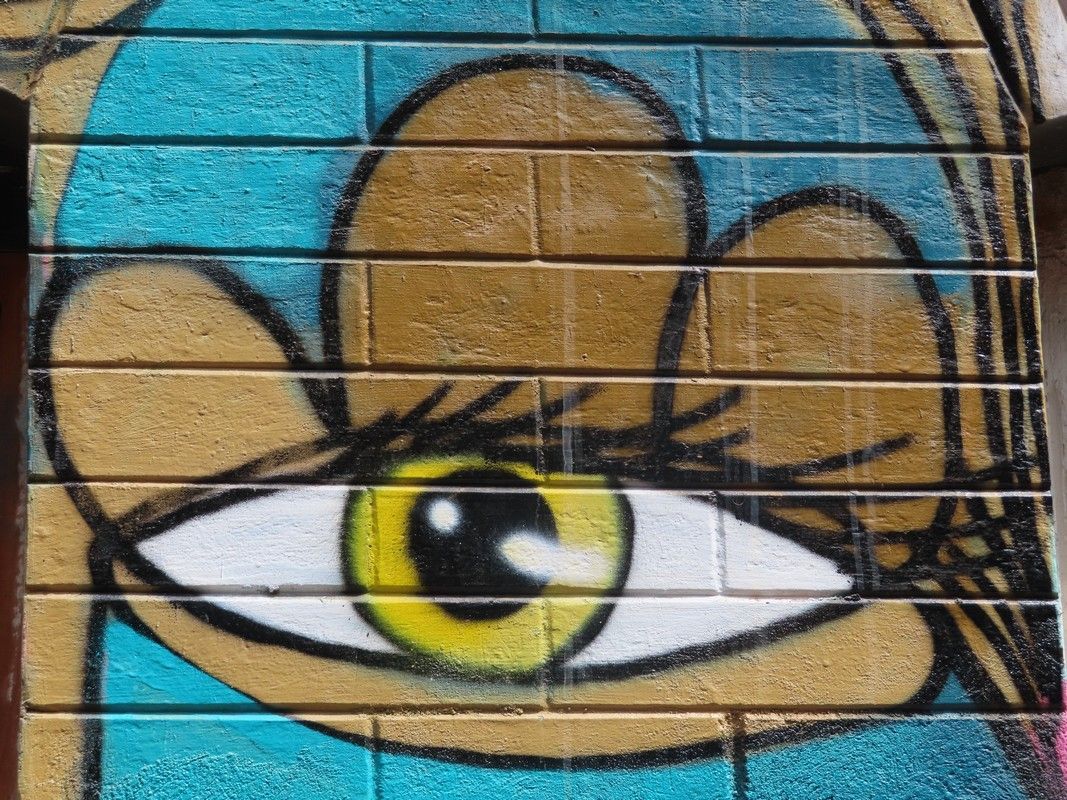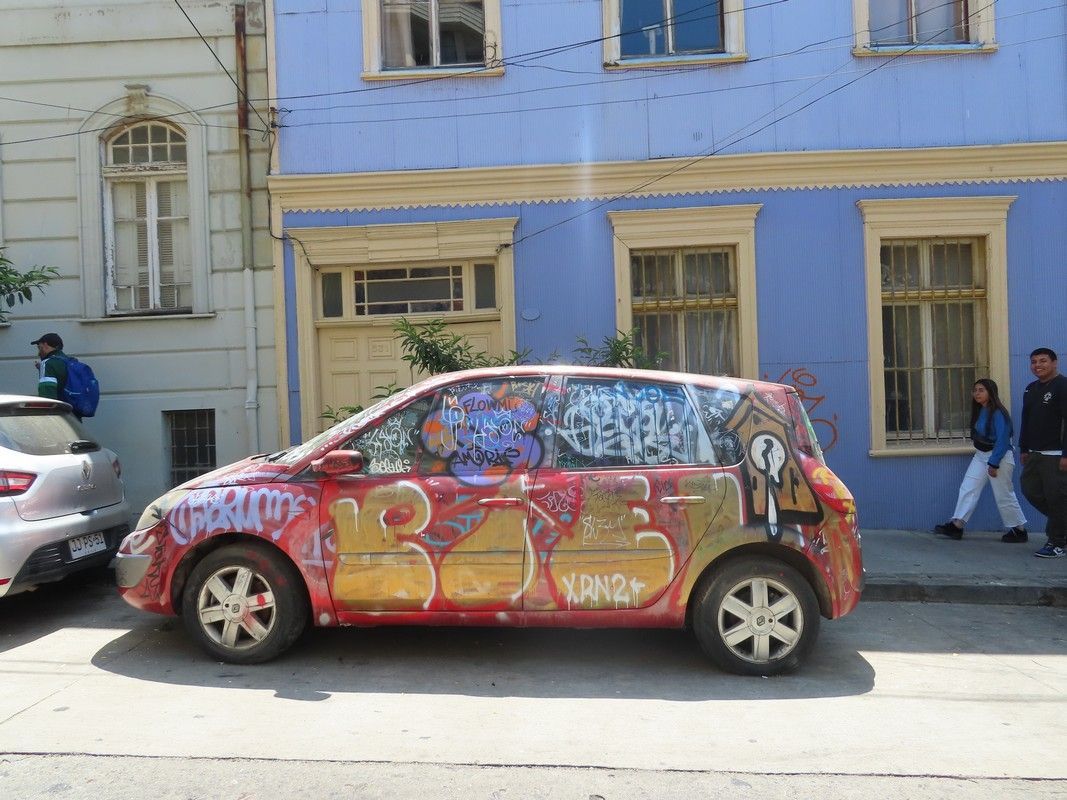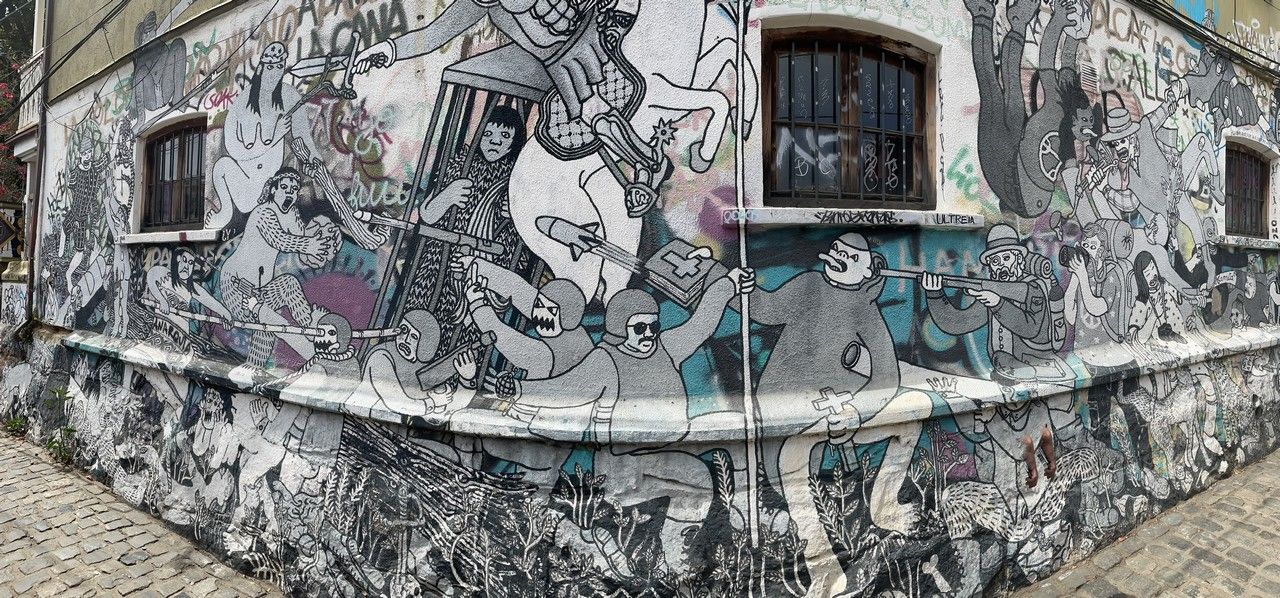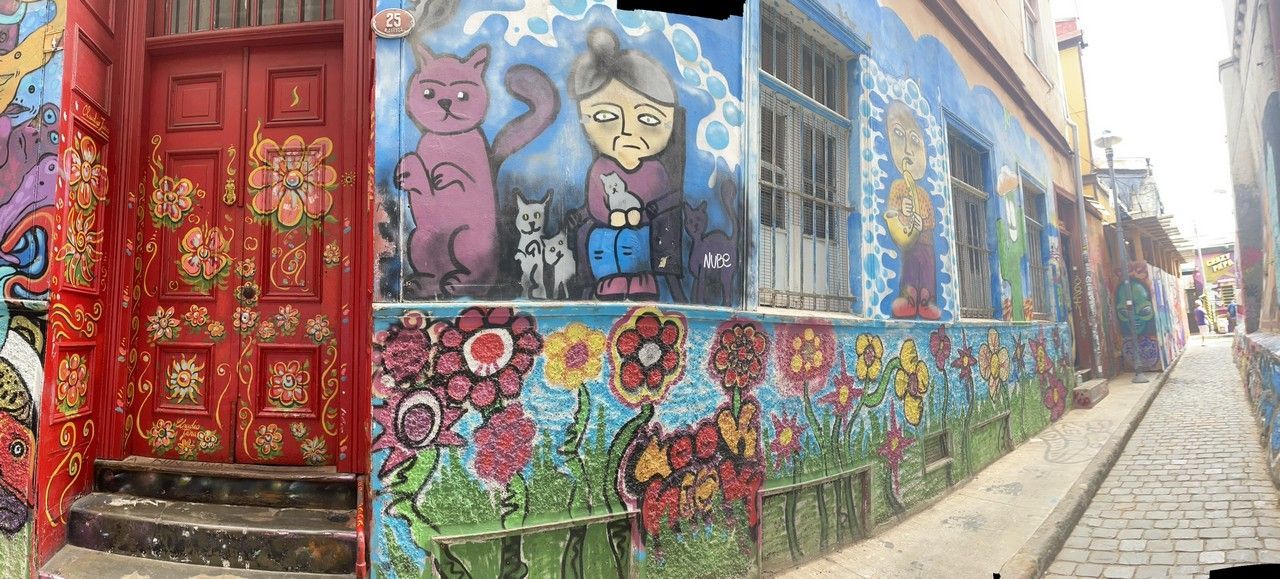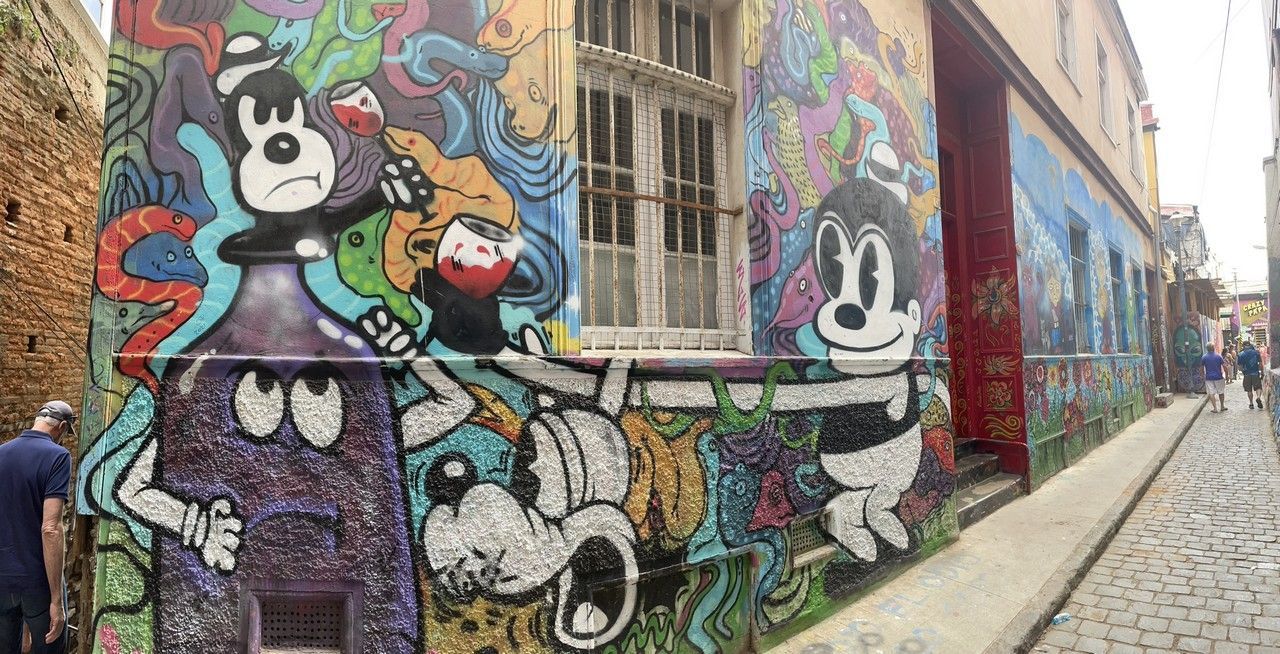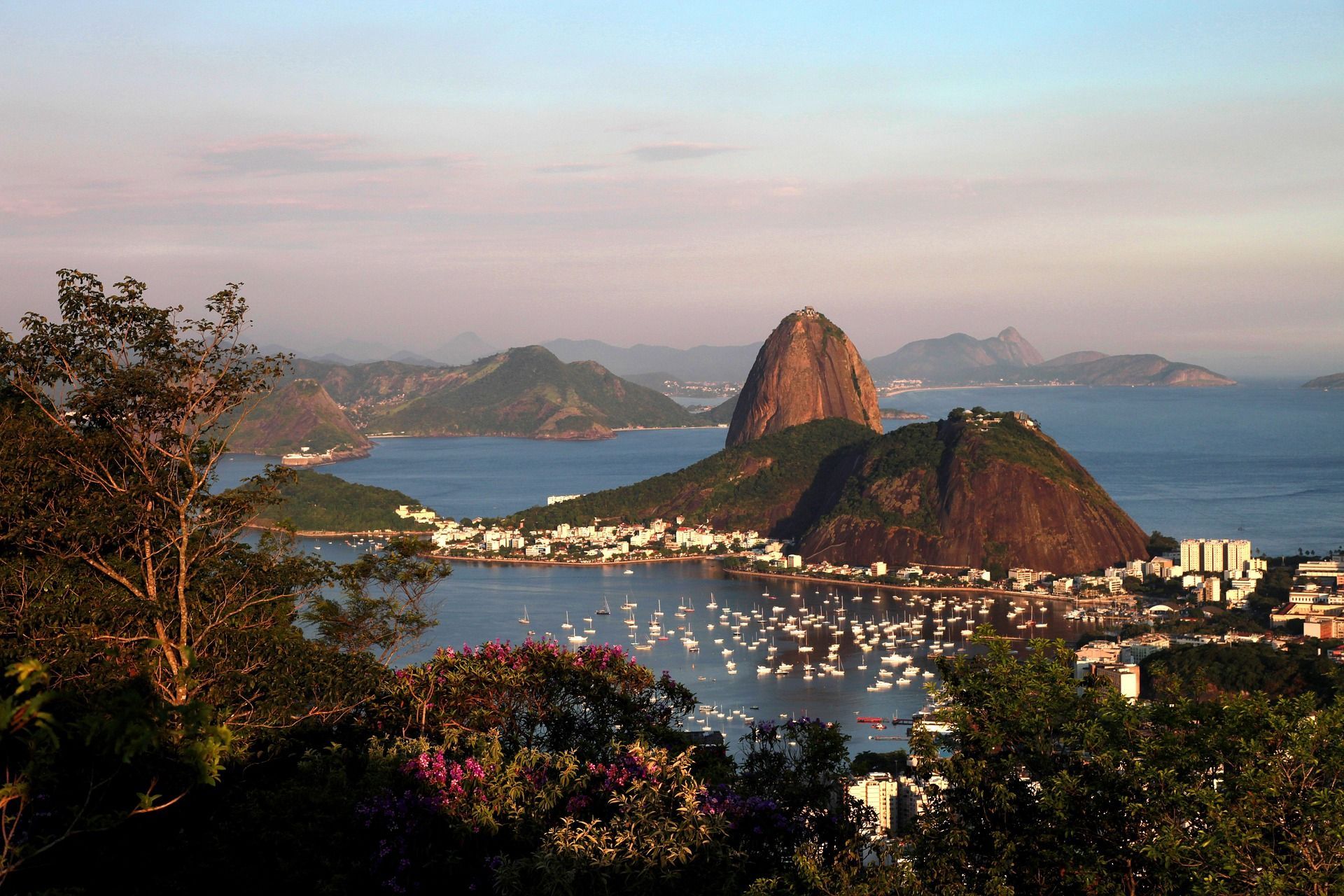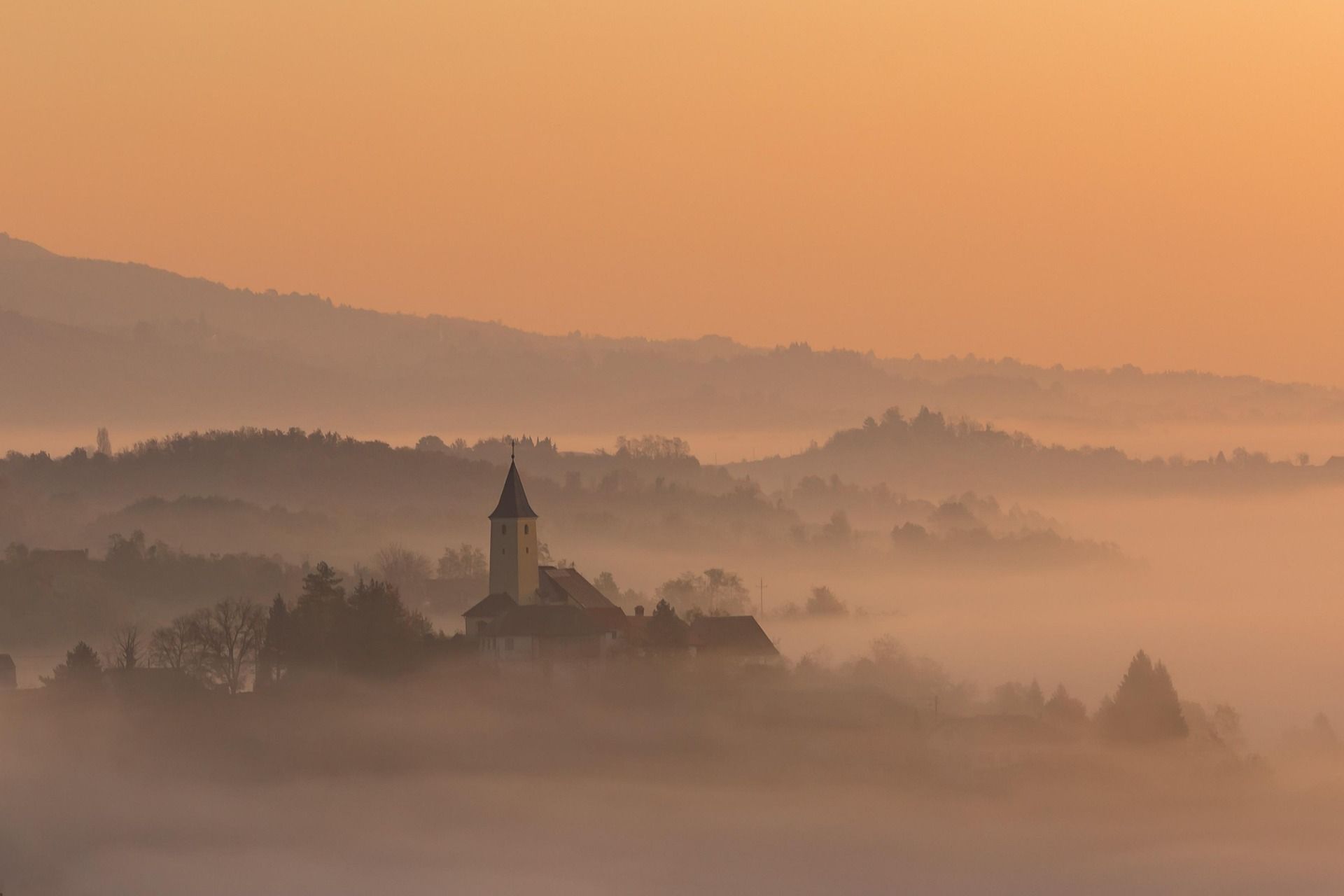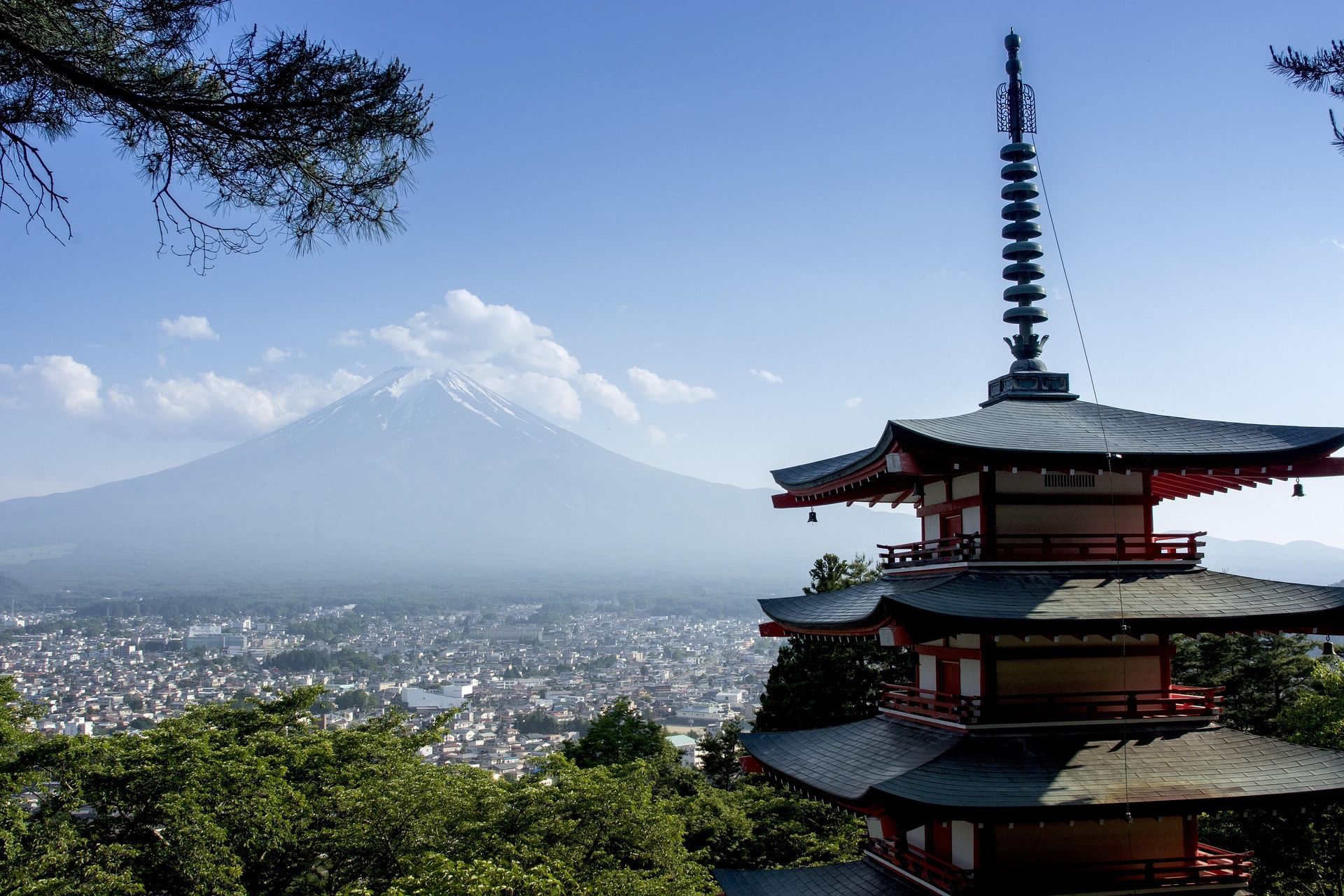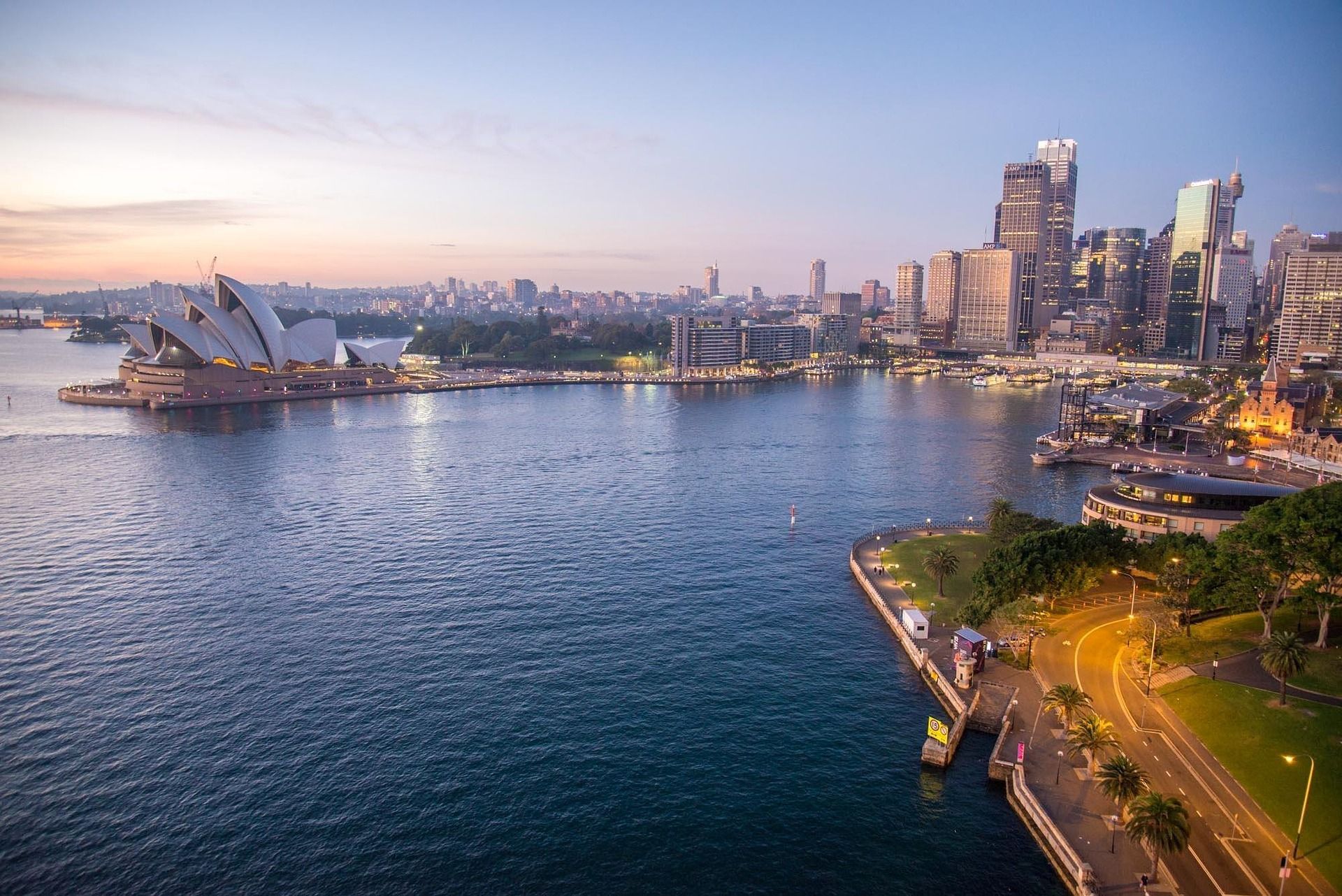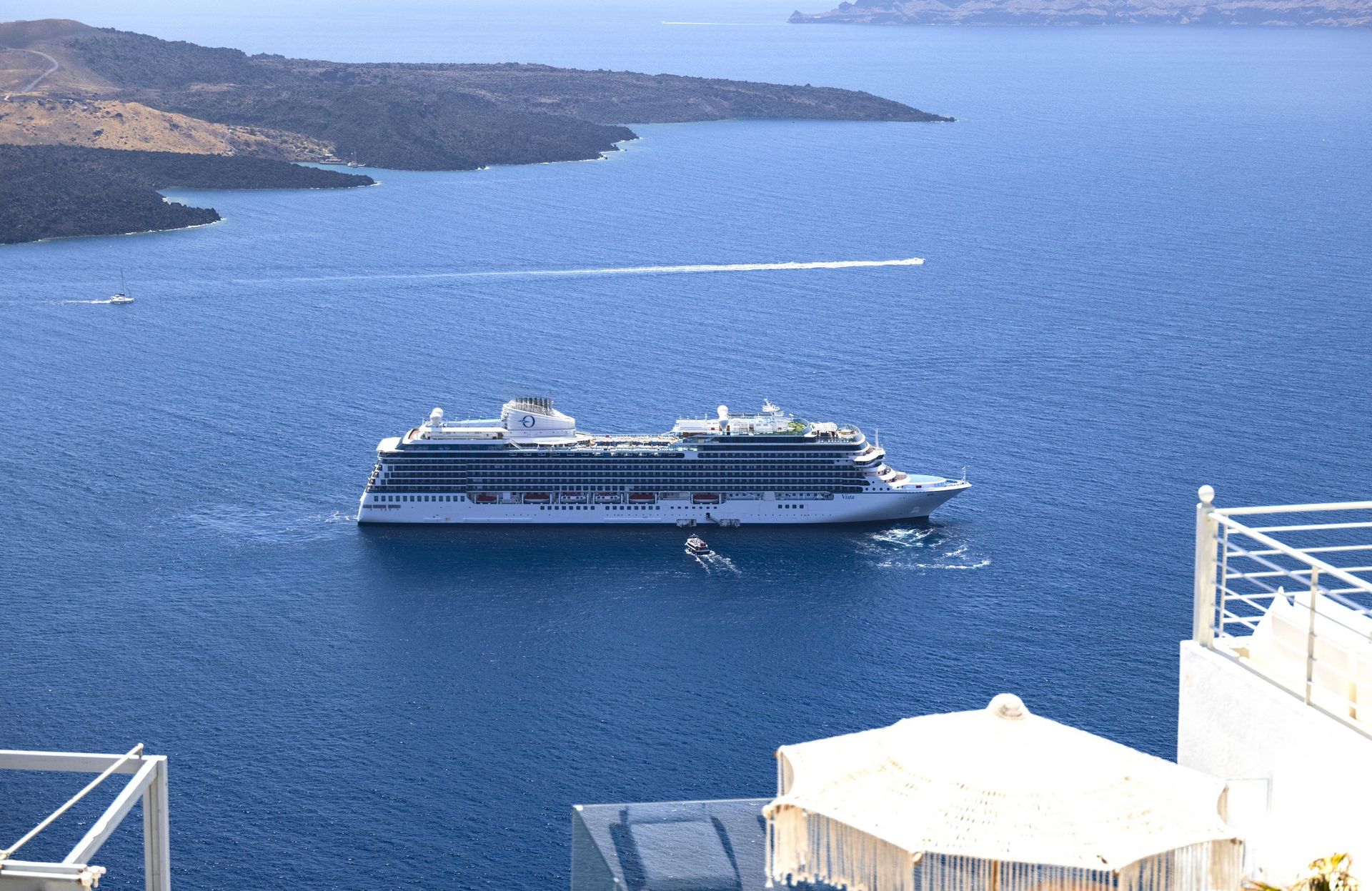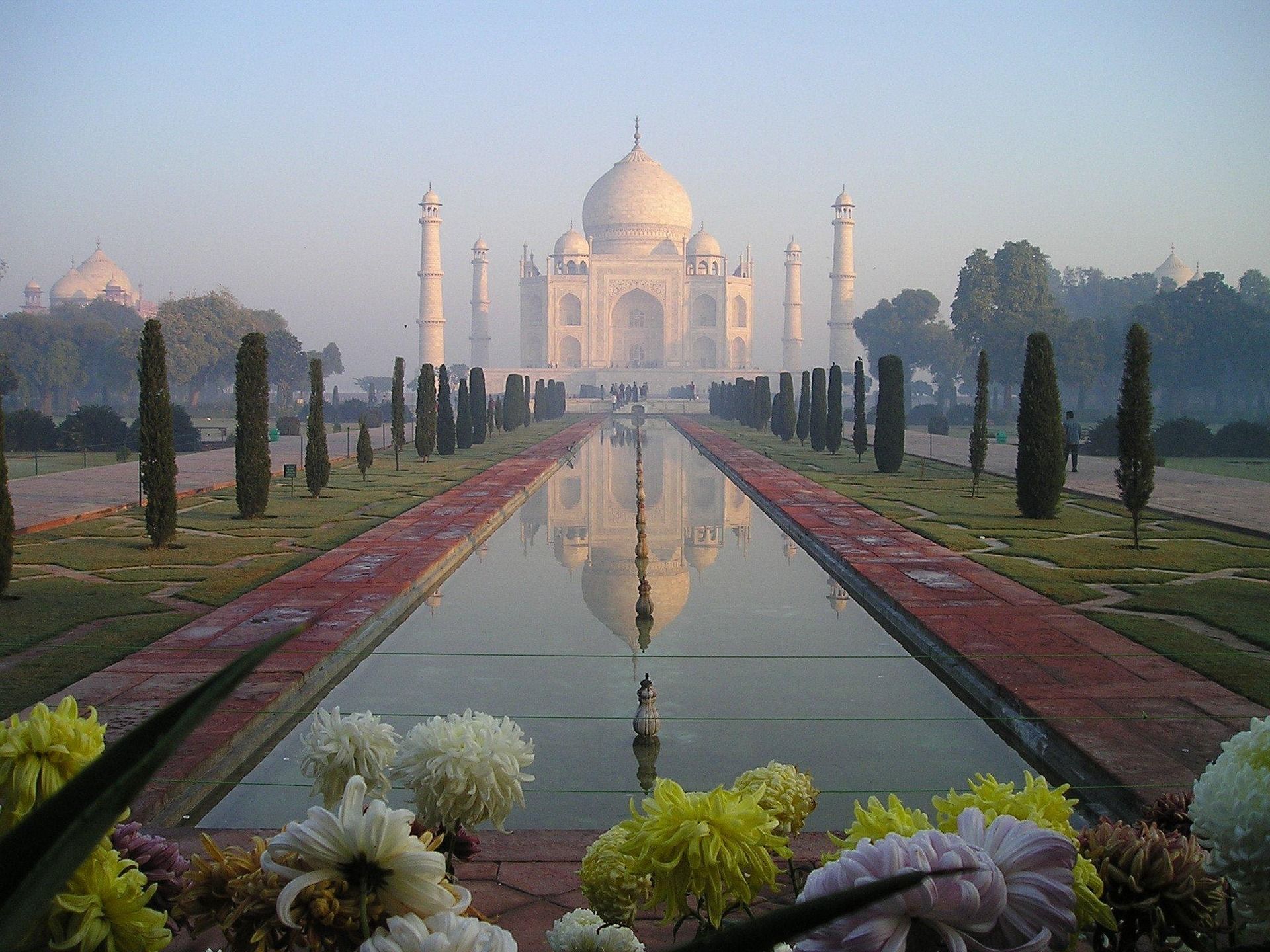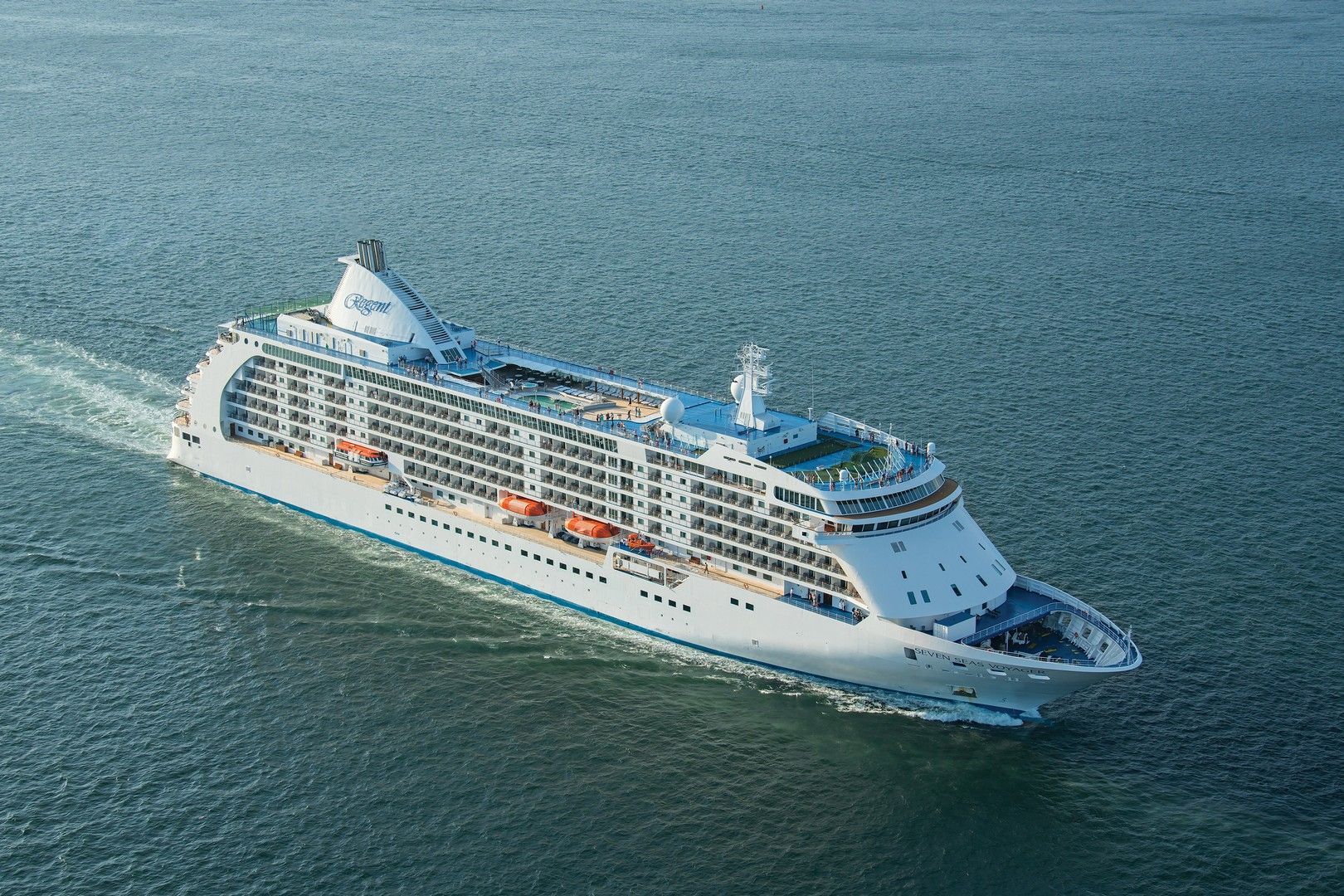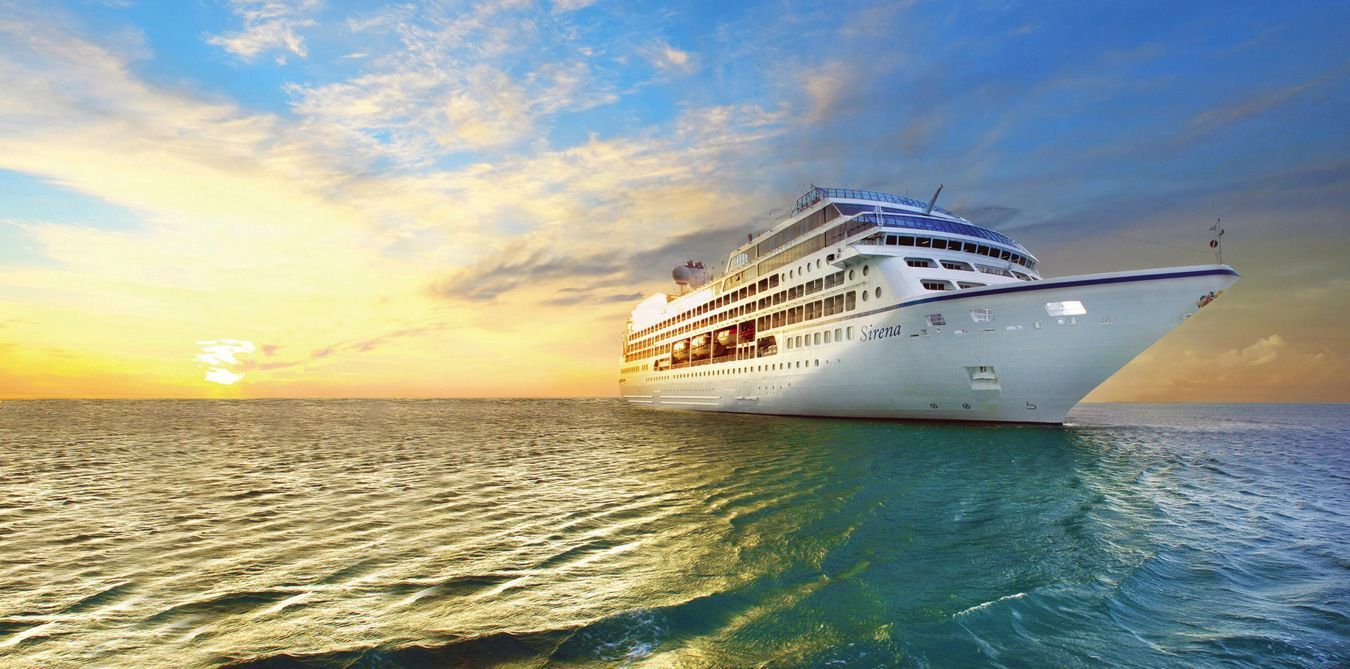SOUTH AMERICAN ADVENTURES
Journey Through South America:
An Unforgettable Adventure
From the depths of the Amazon Rainforest in Brazil, to the vibrant streets of Buenos Aires in Argentina, this journey through South America was nothing short of extraordinary.
Join Rachel, and her husband Bill, as they trek through dense jungles, marvel at the power of Iguazu Falls, soak up the energy of Rio’s Copacabana Beach, and wander through Chile’s colourful Valparaíso.
Along the way, they'll encounter breathtaking landscapes, rich history, and unforgettable experiences—whether it’s spotting caimans under the Amazon moonlight or enjoying a tango performance in Argentina. Ready to explore?
Amazon Rainforest - A Bucket List Adventure for us
The Amazon Rainforest has always been a dream destination for many travellers, myself and my husband Bill included. Our adventure began with a pre-tour stay in Manaus, the gateway to the Amazon, where we immersed ourselves in the vibrant culture and breathtaking natural beauty of this remarkable region. To reach Manaus, there are no direct flights from the UK, so our journey entailed an 11-hour flight to São Paulo, Brazil, followed by a shorter domestic flight to Manaus. While airport taxis are readily available and cost around $25, we decided to indulge in a taxi after our long trek rather than opt for a more economical Uber.
Manaus, Brazil
Be warned, English isn’t widely spoken here, so thank goodness for I discovered Google Translate! We stayed at the Blue Tree Hotel, a clean and simple place that served as a good base for a night before heading into the heart of the Amazon.
Our Amazon adventure begins!
The following morning marked the true beginning of our Amazon adventure. Seven of us, ranging in age from 30 to 80 years young, were ready to embrace our role as the Magnificent Seven! After an 8:30 am minibus transfer, we boarded motorized canoes and set off on our river journey.

Due to the low water levels typical for November, our ride was enriched with captivating glimpses of local life along the Manaus waterfront. A standout moment was witnessing the Meeting of the Waters, where the brown Amazon River converges with the dark waters of the Rio Negro. This mesmerizing natural phenomenon is remarkable, as the two rivers flow side by side without mixing, creating a striking visual divide. We could feel the temperature difference as well—the Rio Negro is warmer at about 28°C, whereas the Amazon is cooler at 22°C; dipping our hands in the water made the contrast quite evident. Although we didn't catch a glimpse of the famous pink dolphins, the journey itself was nothing short of enchanting.
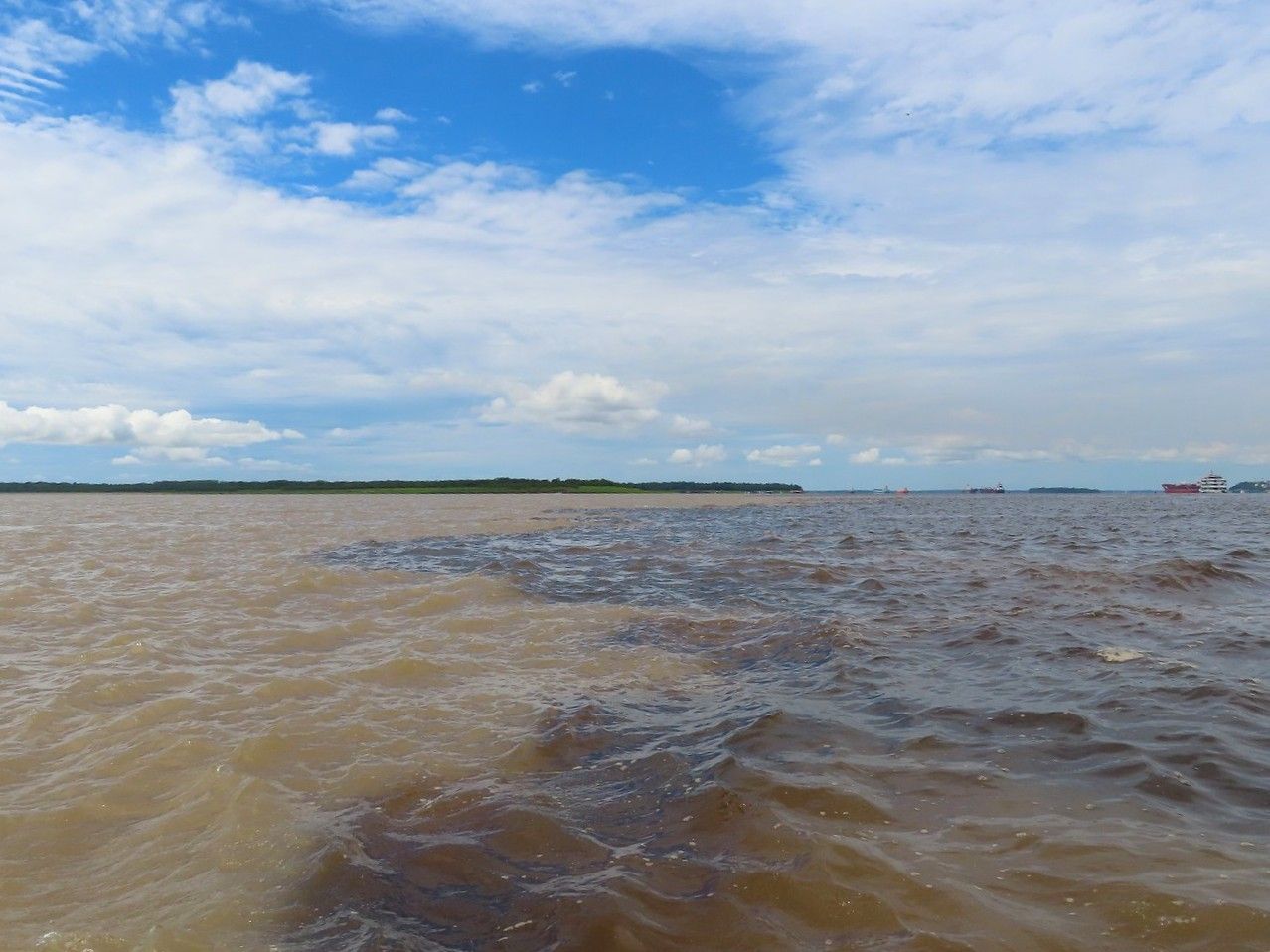
Amazon Eco Park Jungle Lodge
As we approached the Amazon Eco Park Jungle Lodge, we observed floating villages home to their own churches, markets, and even schools. Although the school was shut for the day due to Brazil's World Cup match, it offered a delightful insight into riverine life.
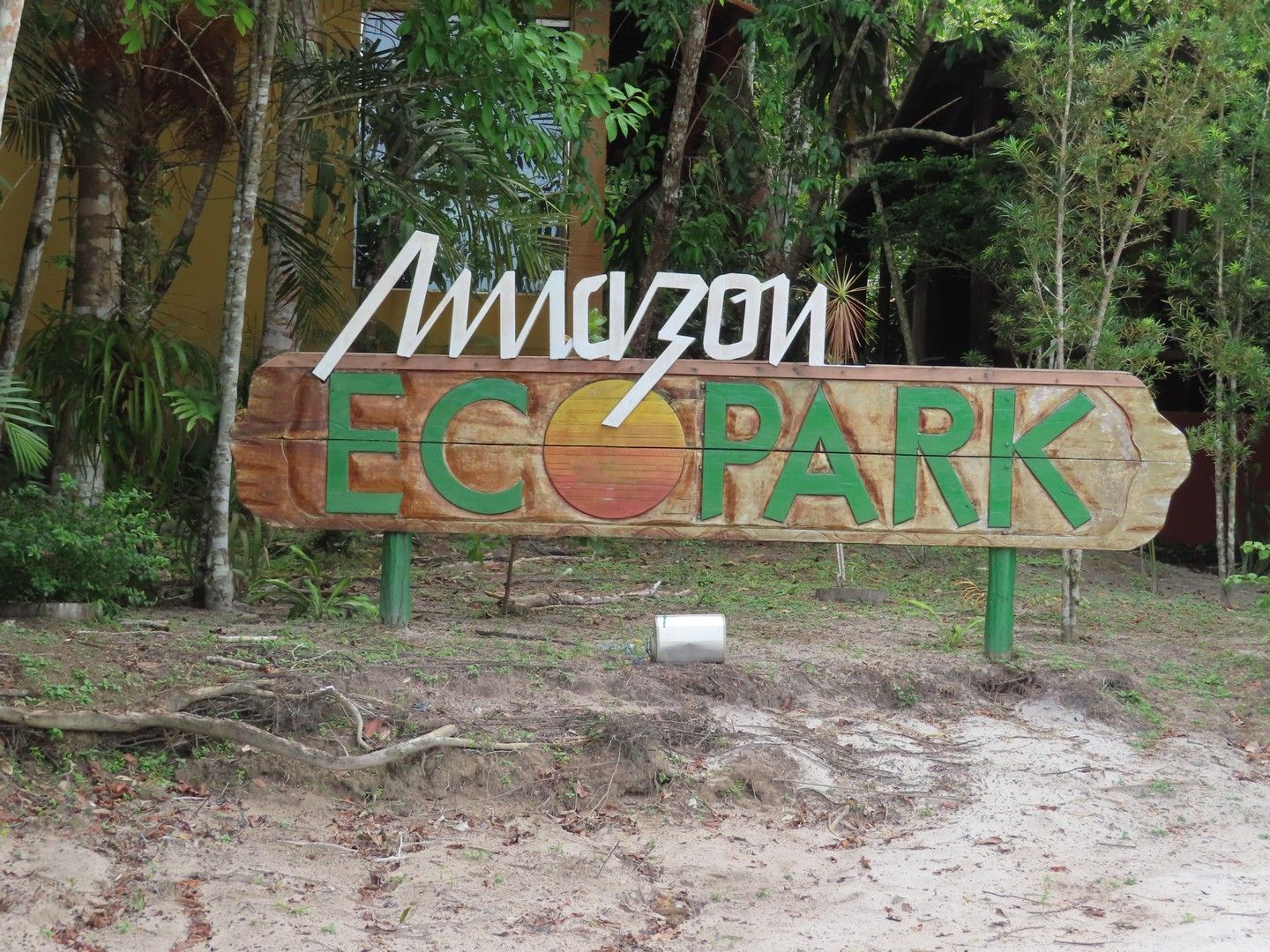
After savoring a generous buffet lunch at a floating restaurant, we ventured to a nearby Pirarucu fish farm, where these massive, somewhat intimidating, and frankly less-than-attractive fish are cultivated. The farmers handed us a long pole with bait to dangle above the water, prompting the fish to leap from their tank. I was astounded by their strength; I felt a jolt in my shoulder, and coupled with the loud snap of their jaws, it was quite an experience—they could definitely take an arm off!
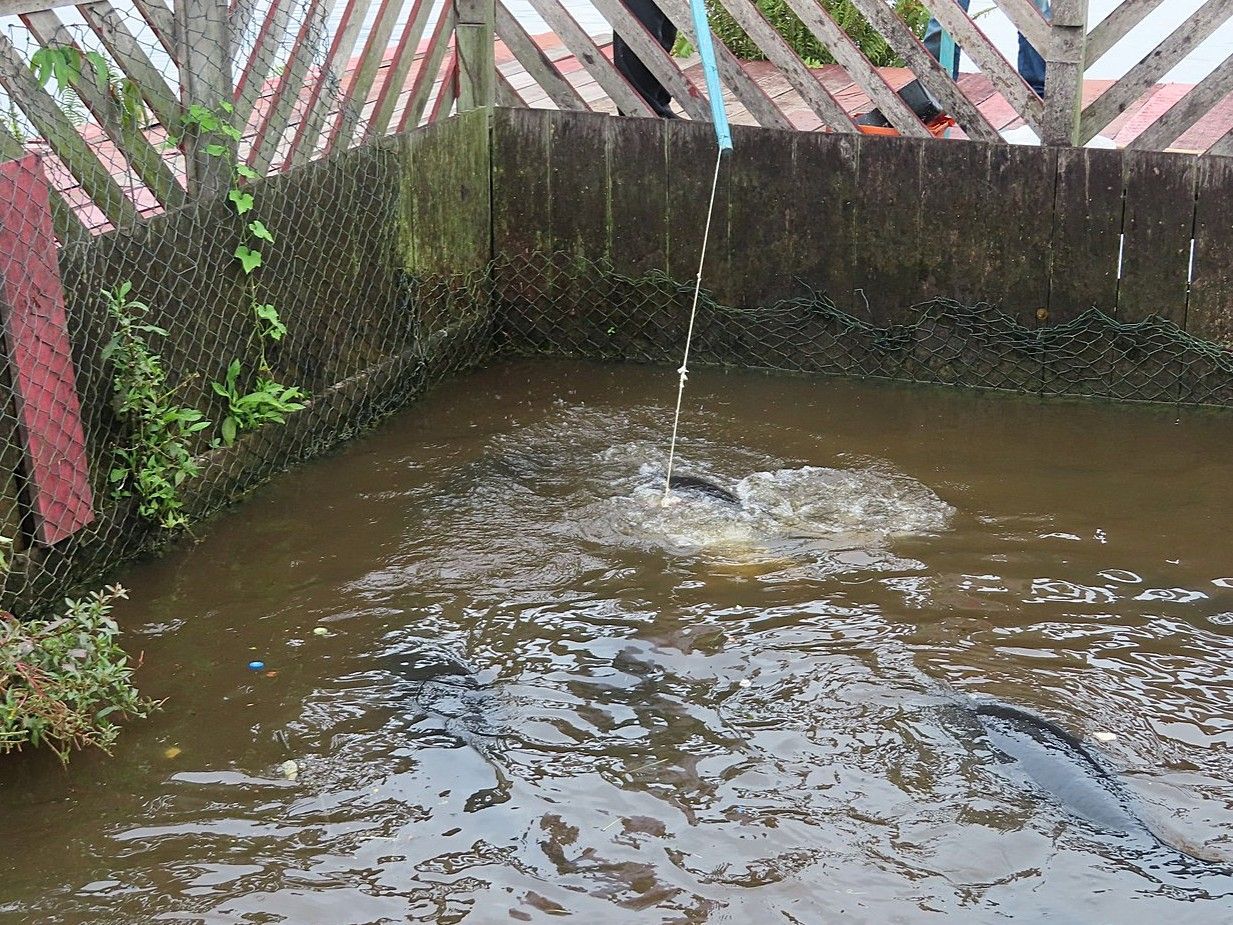
Amazon Eco Park Jungle Lodge Accommodation
Arriving at the lodge felt like stepping into paradise. Our spacious lodge had a large wooden terrace and was surrounded by the sounds of the jungle—mainly frogs, being the loudest of all! Our lodge had a large window which you could open, protected by a mesh screen, so you didn’t miss spotting anything. I was a little concerned the air-con may not be adequate however it was brilliant, thank goodness as it was a tad hot! The lodge provided plenty of amenities, including natural pools, a private beach, and cozy common areas to relax and yes, they had the World Cup on too to Bill’s delight.
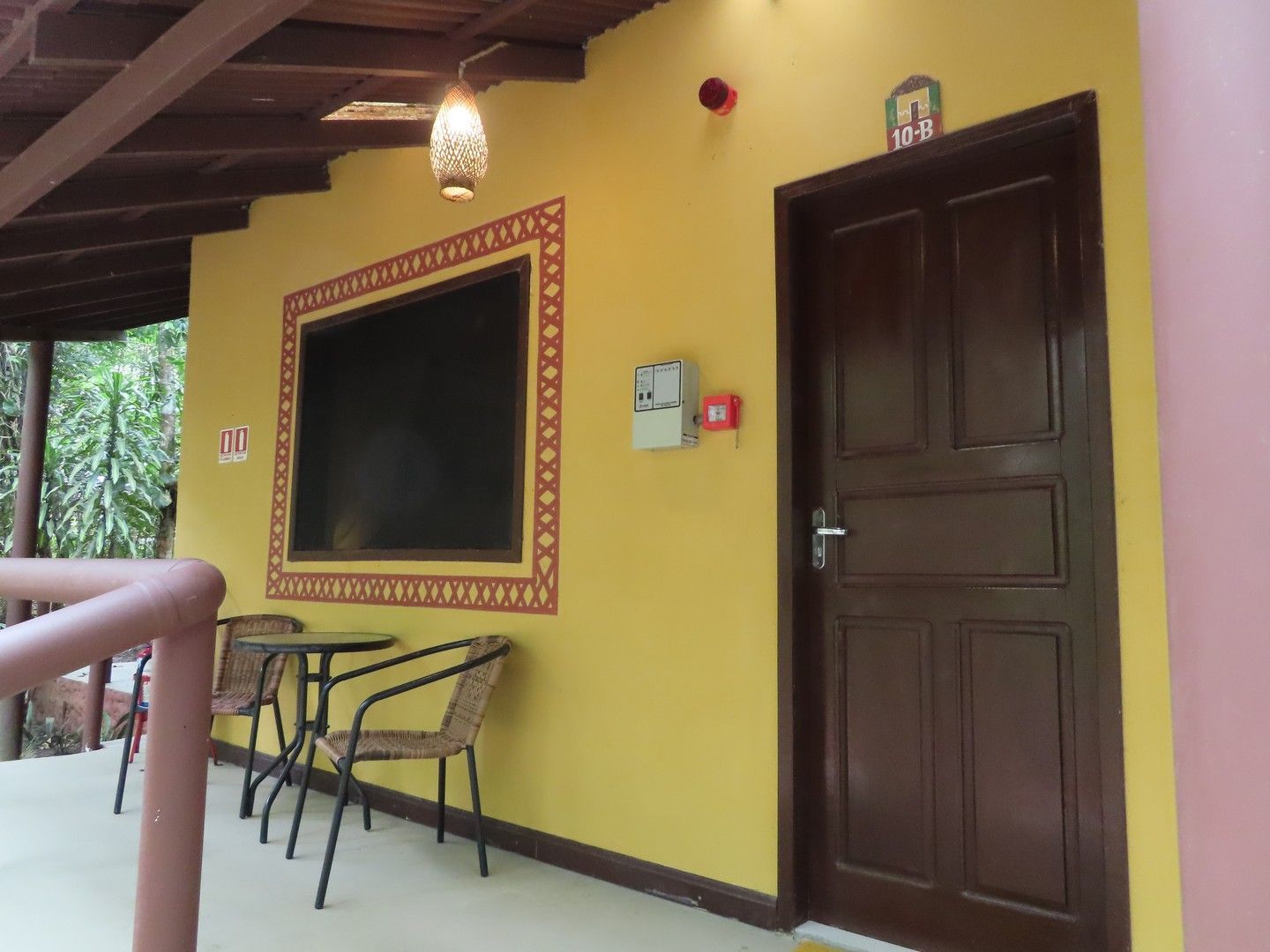
Caimen-spotting adventure in the Amazon
On our first evening, we set off on an exhilarating Caimen-spotting expedition. We navigated a motorized boat through the pitch-black darkness, equipped with only torches to illuminate the riverbanks. The method for spotting Caimen is straightforward: direct the light along the water’s edge, and their eyes shimmer back like tiny glowing orbs. It felt surreal to witness so many lurking in the depths. One of the guides even leaped into the water and emerged with a small Caimen weighing around 200 grams. It's remarkable to learn that they are the only reptiles able to move their lungs toward their tails. When the river swells, they venture ashore into the jungle to lay their eggs. Certain parts of Caimen are considered a delicacy; however, their stomachs are avoided since they consume poisonous frogs! Just another intriguing fact about the wildlife in the Amazon.
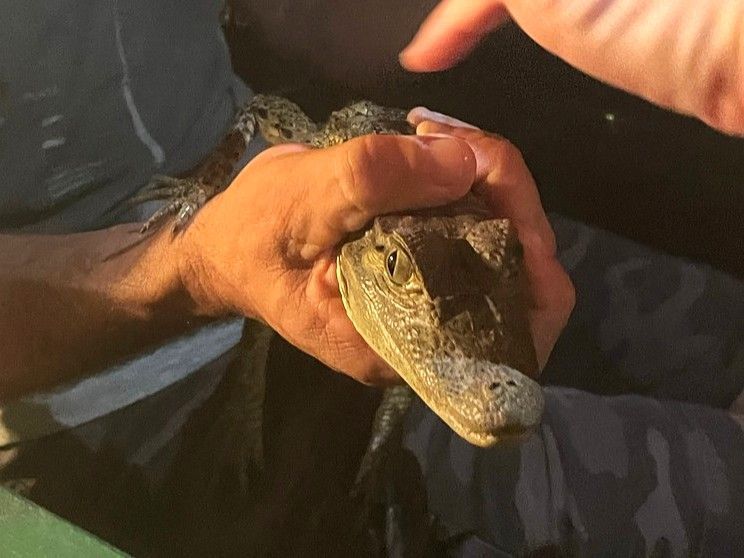
Although Angelo was raised in the Amazon Rain Forest, he had to dedicate 14 days and nights in the jungle to become a qualified guide, mastering the art of survival. He learned which plants could offer hydration and which ones to steer clear of, as well as how to sleep securely in the open darkness, accompanied only by the sounds of the jungle.
Amazon Jungle Adventures
The following morning, into the jungle we go! Our guide, Angelo, gave us a briefing checking we all had plenty of water and our arms and legs covered.
He advised us to keep our eyes out not just for snakes, which I had forgotten all about, but raised roots, of which there were many, it’s the tiny ones that catch you and have you off your feet, yes, I was the first but not the last to take a tumble! I was followed by another lady, then Bill trying to stop her from falling, a domino effect would be the ideal description.
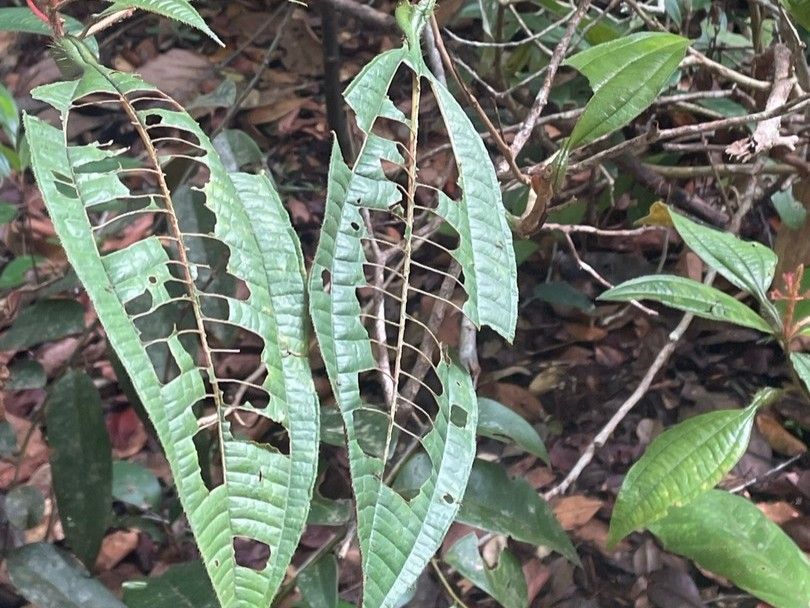
As we began our hike, Angelo took the time to thoughtfully explain the reasons for avoiding leaf contact—some can cut you, while others may harbor spider nests or even tiny, highly poisonous frogs. So what did I do? I had rolled up one of my sleeves and inadvertently brushed against some leaves, resulting in a cut on my arm that felt like a paper cut. Thankfully, no serious harm was done!
The dense foliage and towering trees of the jungle allow only a limited amount of sunlight to reach the forest floor, resulting in a notably humid environment. Within this ecosystem, you'll find both hardwoods and softwoods, many adorned with termite nests. I had envisioned the soil to be rich and fertile, but I was mistaken. The surface layer consists of decaying leaves, roots, and fallen timber, not particularly deep, with sand lying beneath, followed by rock underneath that. This is why the roots tend to spread out horizontally.
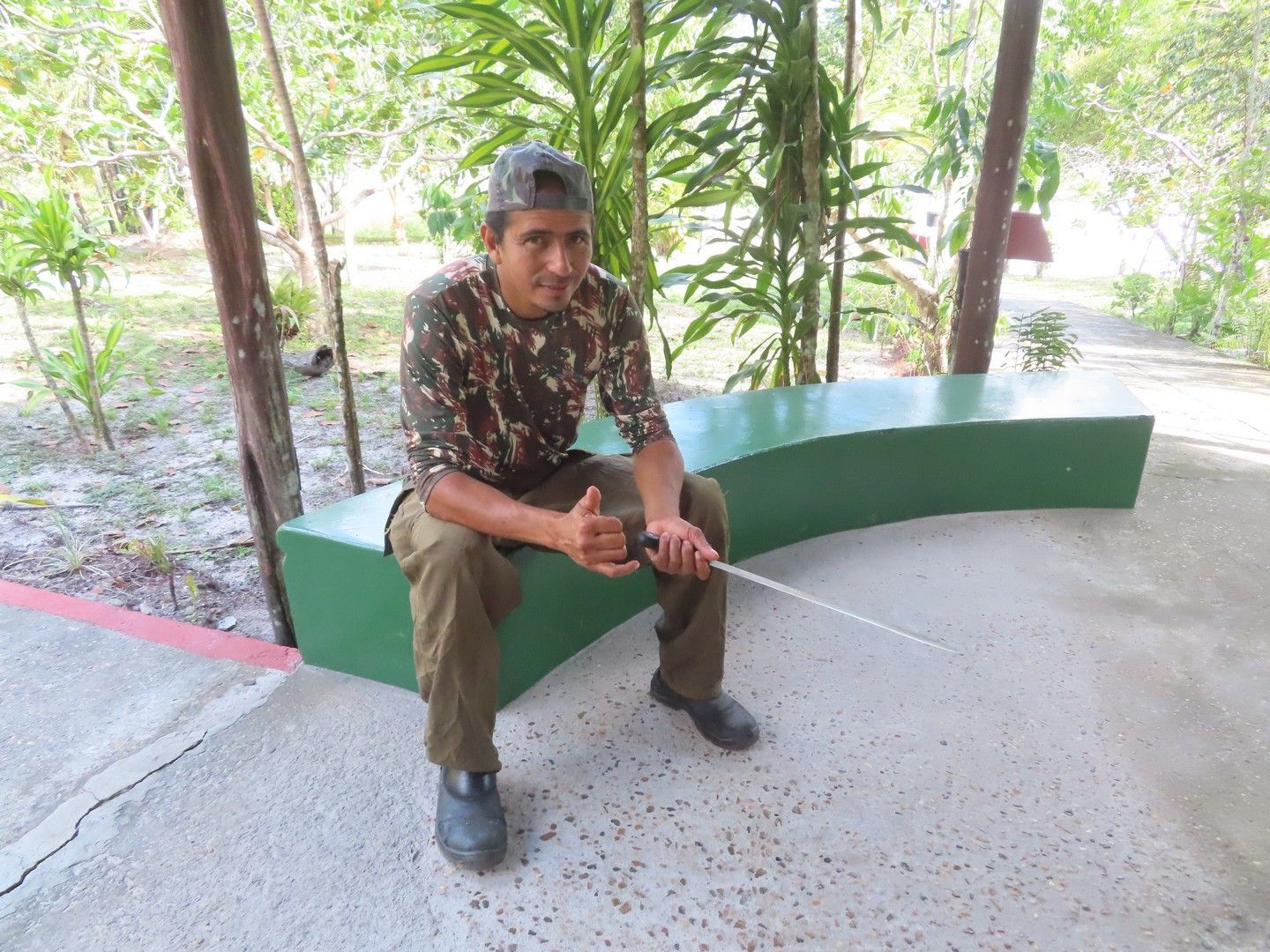
Angelo led us on a truly amazing three-hour trek, assisted by James, who skilfully wielded machetes to clear the path ahead. Though challenging, climbing over tree trunks and avoiding tangled roots added to the adventure. Despite keeping an eye out for wildlife like snakes or the elusive sloth, it was the overwhelming jungle atmosphere that left a lasting impression.
Angelo taught us fascinating survival skills, including identifying plants that provide safe drinking water and trees with resin that works as an insect repellent. One particularly notable tree, called Breu Branco, is a natural wonder for its versatility as a natural repellent, but also as an easily combustible material to start a fire. Our guide lit the Breu Branco and it stayed alight for quite a while.
Though we didn’t spot any snakes, we were thrilled when we encountered Black Capuchin Monkeys, swinging playfully through the treetops.

The Amazon Rainforest is vibrant, humid, and teeming with life. Sturdy shoes and long pants were crucial for traversing the landscape. What to anticipate? I was aware it would be hot and muggy, but I didn’t expect it to feel like being inside a sauna. Physical fitness isn’t a prerequisite; I’m certainly not in shape, but the heat can be quite exhausting. Would I do it again? Without a doubt, I would jump at the chance!
Learning the Ways of the Amazon
After recovering from the hike and enjoying a lovely lunch we visited a Caboclo village via a small boat to take us across the river, here we learned about the many plants used for a variety of medicines, I didn’t know antibiotics come from the Amazon Rain Forest.

We witnessed a demonstration on how to create Tucupi, a tangy juice derived from the Manioc root. The process is complex, involving steps such as peeling, grating, fermenting, and boiling to eliminate any residual cyanide. It was captivating to observe how every part of the root is utilized, allowing for the creation of delicious flatbreads like Casabe, ensuring that nothing goes to waste.
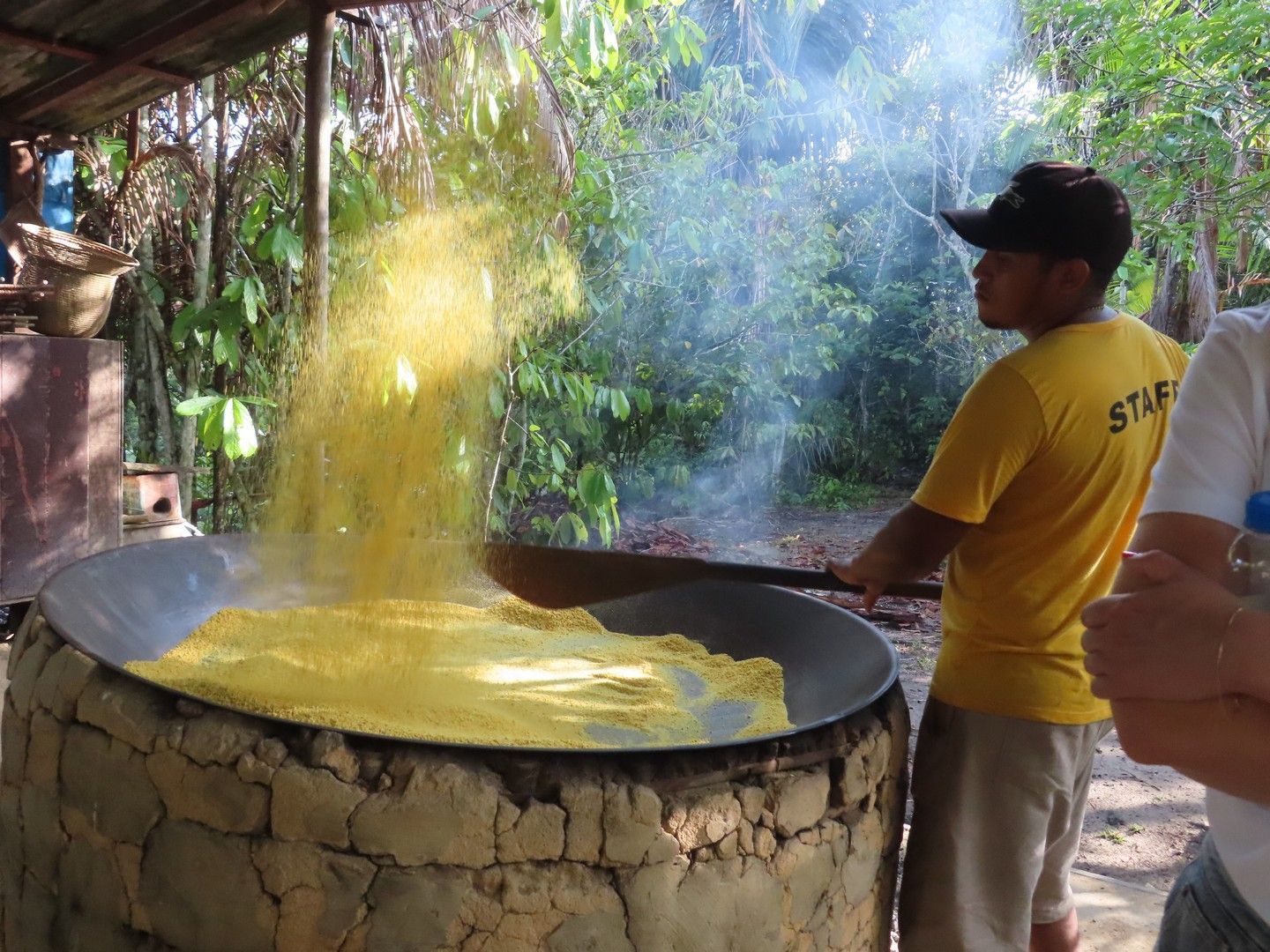
Additionally, we delved into the history of rubber production in the Amazon. In the 1800s, this region emerged as the heart of the rubber trade, but the wealth it fostered came at a steep price, with indigenous tribes being exploited for their labour. The sight of rubber being extracted from trees by carefully tapping into the bark served as a poignant reminder of this past.
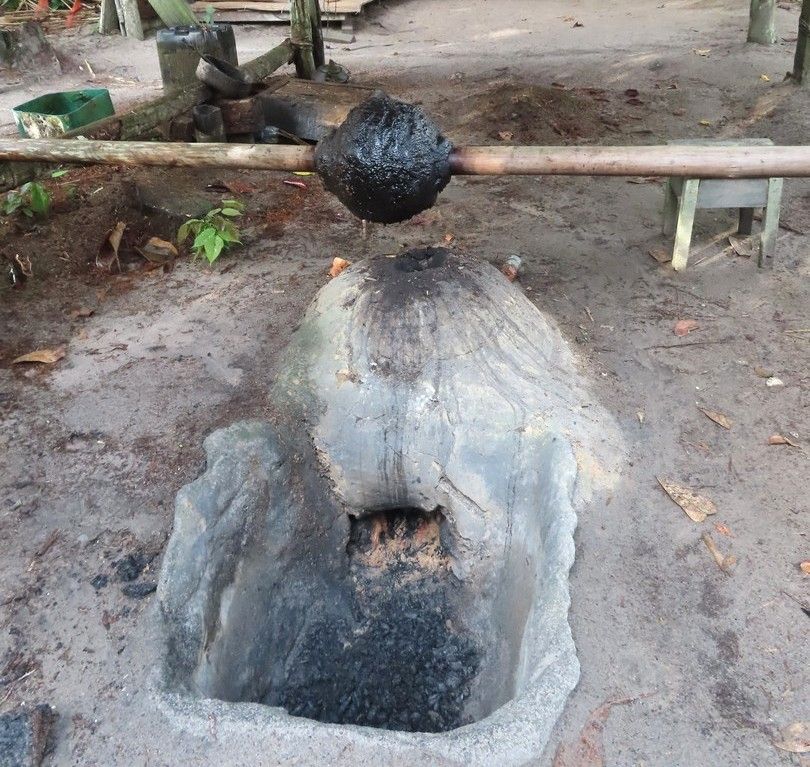
Piranha Fishing in the Amazon River!
The Amazon River is teeming with life, including many varieties of the infamous Piranhas. We tried our luck at fishing using simple wooden poles and meat bait. To attract the fish, you slap the water with the pole, wait for a powerful tug, and hope for the best! I had one Piranha briefly wriggling on the end of the hook, only to free itself and drop back in the water, I was secretly relieved, especially after seeing their sharp teeth up close. A couple of the ‘Magnificent Seven’ did catch a few Piranhas.
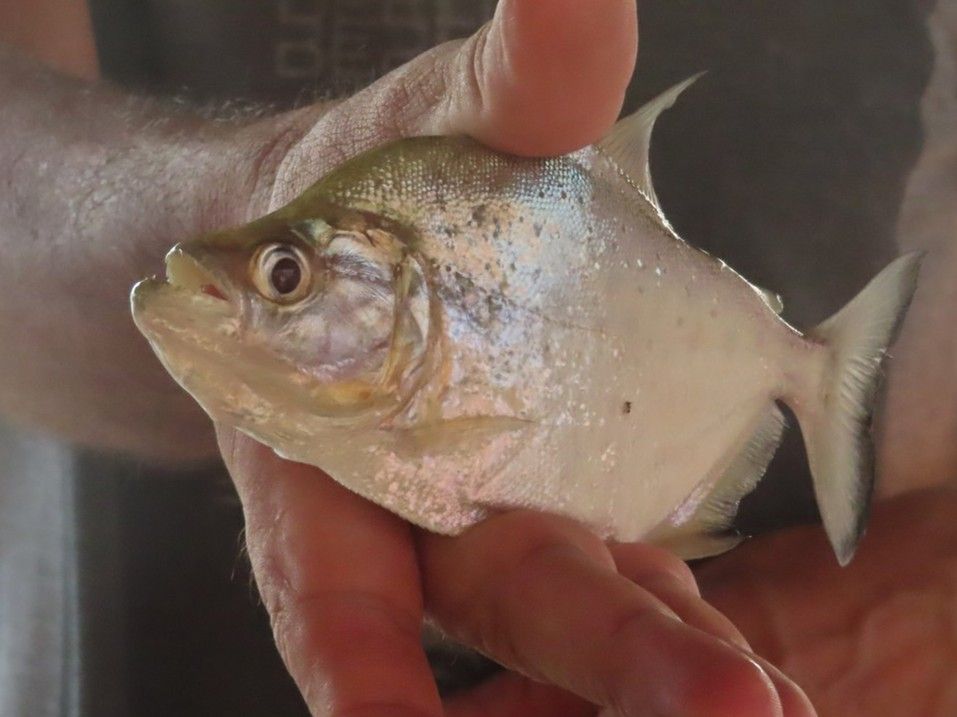
Amazon Eco Park Photo Gallery
Manaus City Tour
After two magical nights in the jungle, it was time to say goodbye and head back to Manaus for a city tour prior to our flight to Rio. The Rio Negro Palace, built in 1913, was an opulent sight, just two people used to live there will 22 servants!
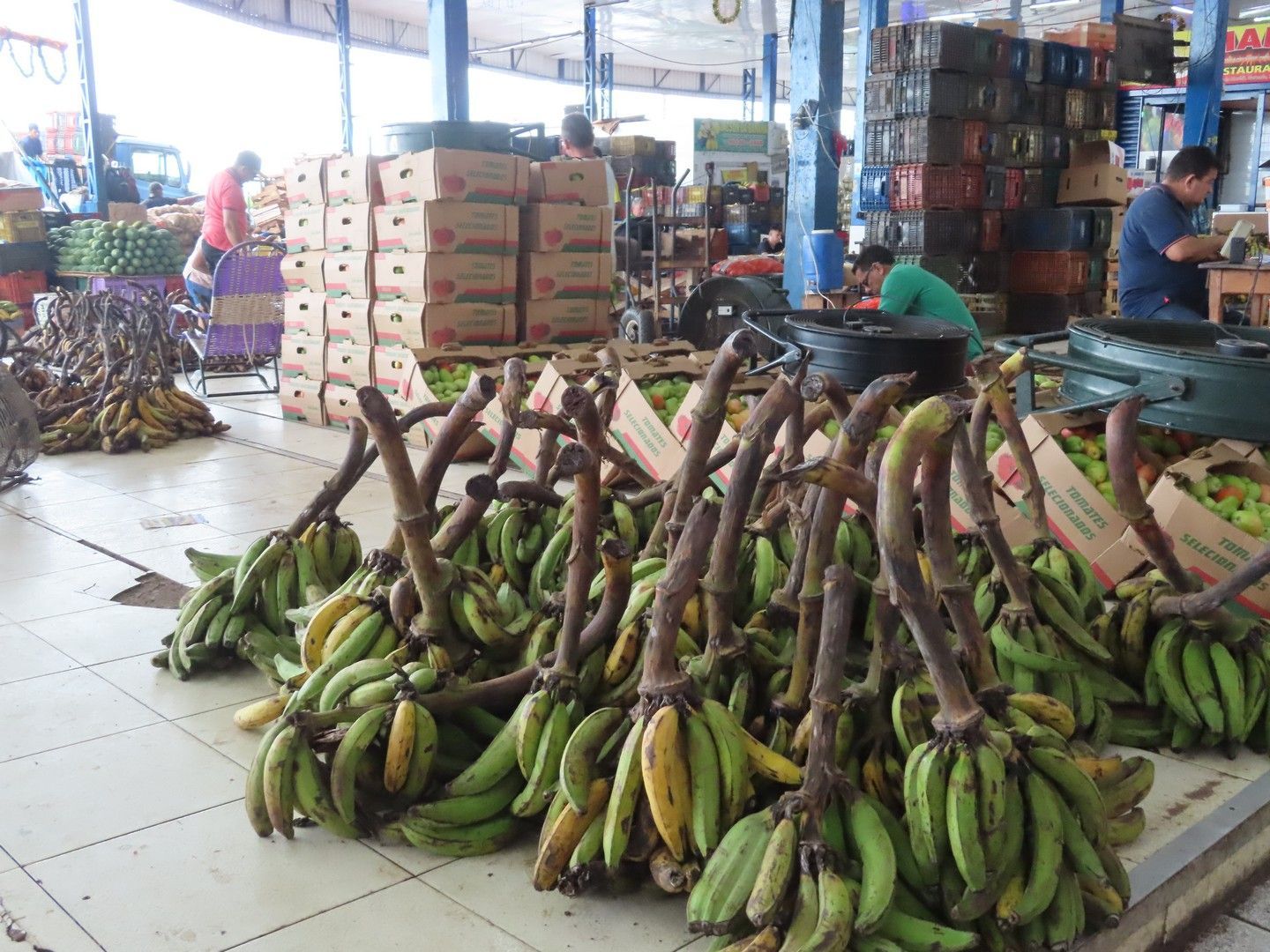
The local market was teeming with fresh produce—though a significant portion, such as bananas, comes from South Brazil, requiring a week for transport, which accounts for their darkened appearance. Tomatoes also journey from Southern Brazil, arriving green and ready to ripen. I have a deep appreciation for food markets and have explored many throughout the years, where fruits, vegetables, fresh fish, and meat are beautifully showcased, forming a true work of art. Lastly, I spotted a gentleman enjoying a pedicure amid the stalls, and he was more than happy to let me capture his picture.
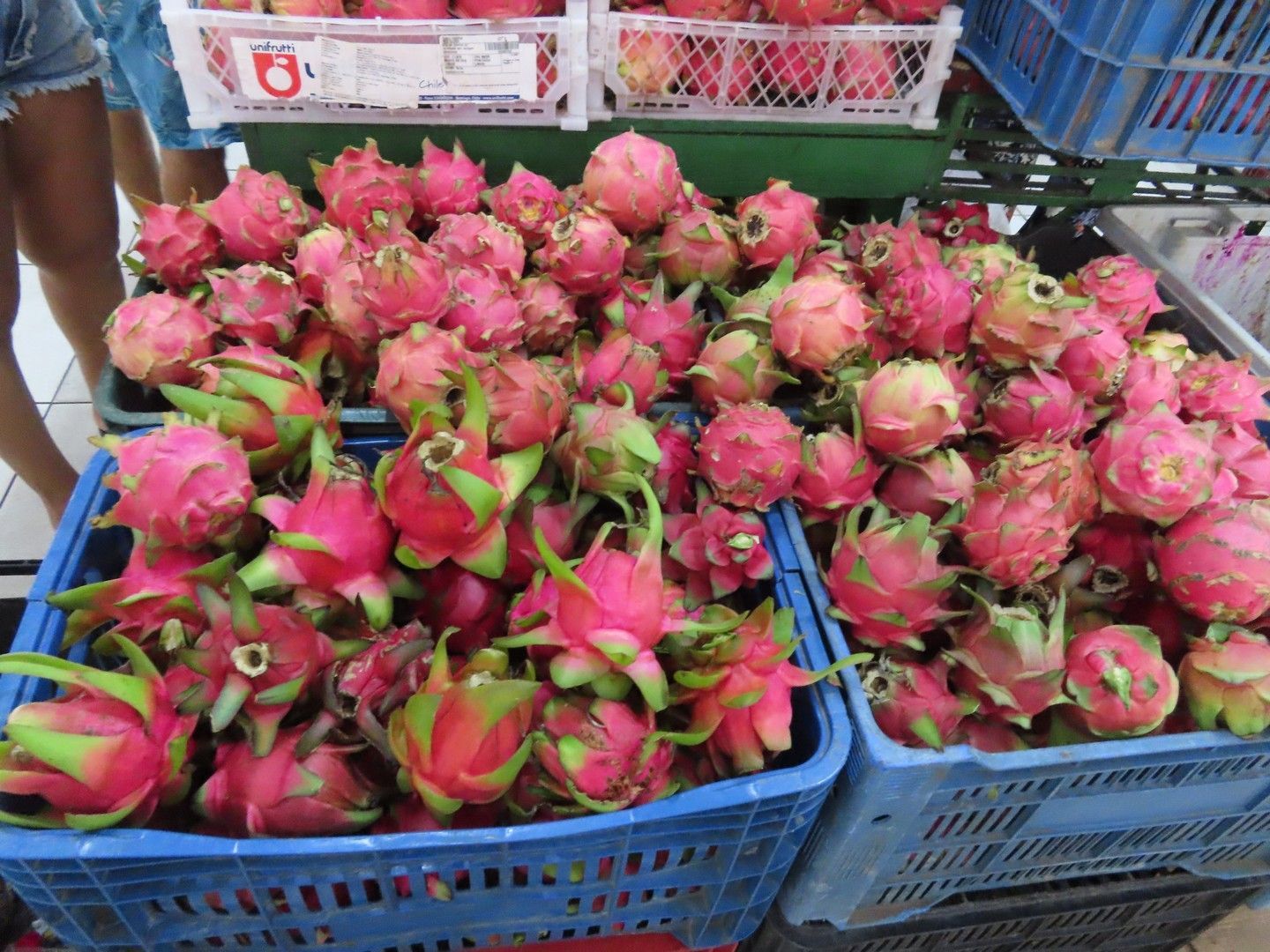
Manaus Opera House
Our final stop before heading to the airport was the stunning Manaus Opera House. Built in 1896, this grand building took 12 years to complete and remains an important cultural hub, it is still used three or four times a week throughout the year, some events are free of charge to encourage locals to visit the Opera House. We were lucky enough to witness the city’s annual Christmas parade, adding a festive end to our Amazon adventure.
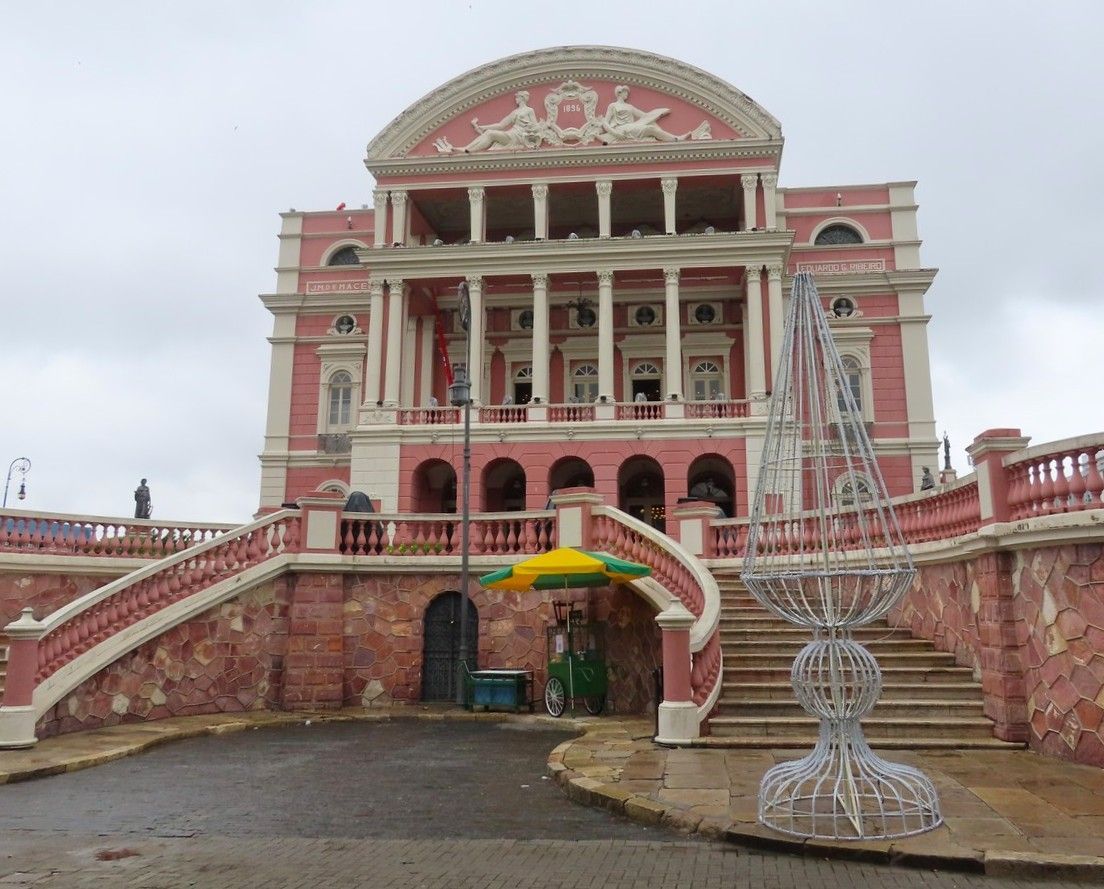
What to Pack for the Amazon Rainforest
- Biodegradable sunscreen
- Torch
- Lightweight rain jacket or poncho
- Cotton clothing
- Closed-in shoes (trainers or hiking boots)
- Mosquito/insect repellent (though surprisingly, mosquitoes are rare in this part of the Amazon due to the water's acidity)
Next stop on our South American adventure: Rio de Janeiro!
Rio de Janeiro & Petrópolis, Brazil
We arrived early afternoon and checked into our hotel, the Windsor Excelsior. What a perfect location, directly across the road from Copacabana Beach and Christ the Redeemer perched on the hill behind the hotel.

We enjoyed a leisurely walk along the promenade, basking in the delightful weather—perfectly warm with a gentle breeze. We stumbled upon a fantastic beach bar where we indulged in a drink or two, embracing our favorite pastime: people watching. The beach was alive with energy, vibrant music, thrilling water sports, and an array of ball games. Colourful beach vendors were selling everything from bikinis and wraps to unique handmade jewelry and an assortment of hats.

A short walk away lies Ipanema Beach, equally famous and known for its chic atmosphere. Both beaches offered stunning views, but it was the vibe of Copacabana that we loved.
As fortune would have it, our visit to Rio aligned with two spectacular events: the World Cup, of course, and an LGBT parade that began in the early evening. We found the perfect vantage point at an Italian restaurant adjacent to our hotel, offering a front-row seat to the intriguing and wonderfully unconventional sights that unfolded. Later that evening, we enjoyed drinks at the hotel's rooftop bar, providing us with a bird's eye view of the dazzling carnival floats gliding along the promenade. It was a mesmerizing display of vibrancy and colour, accompanied by some truly unique spectacles! Behind us, Christ the Redeemer stood beautifully illuminated, offering an impressive view from every angle.
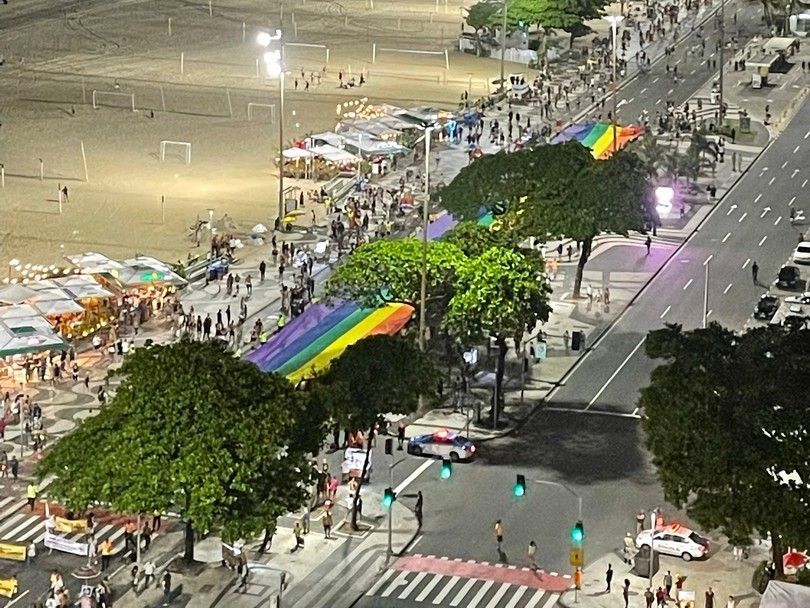
Christ the Redeemer & Sugar Loaf Mountain, Rio de Janeiro
No trip to Rio de Janeiro is complete without a visit to Christ the Redeemer; to reach this iconic statue we took the cog railway, some 2,300 feet to the summit of Corcovada mountain. It’s hard to express just how huge this statue is, the width is 28 meters (92 feet in old money) and the height is 30 meters (98 feet). It was a clear sunny day, so the views were fantastic.
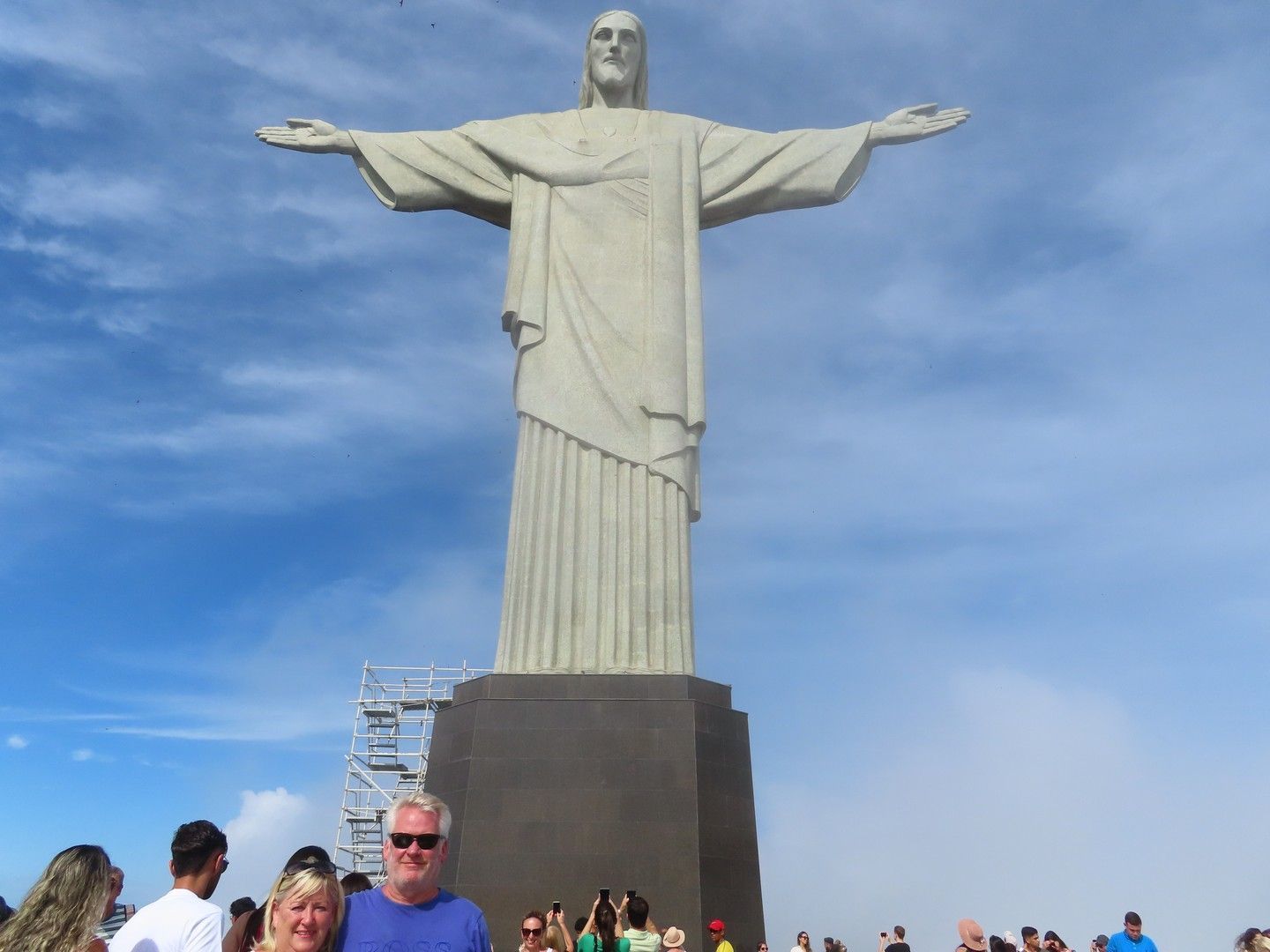
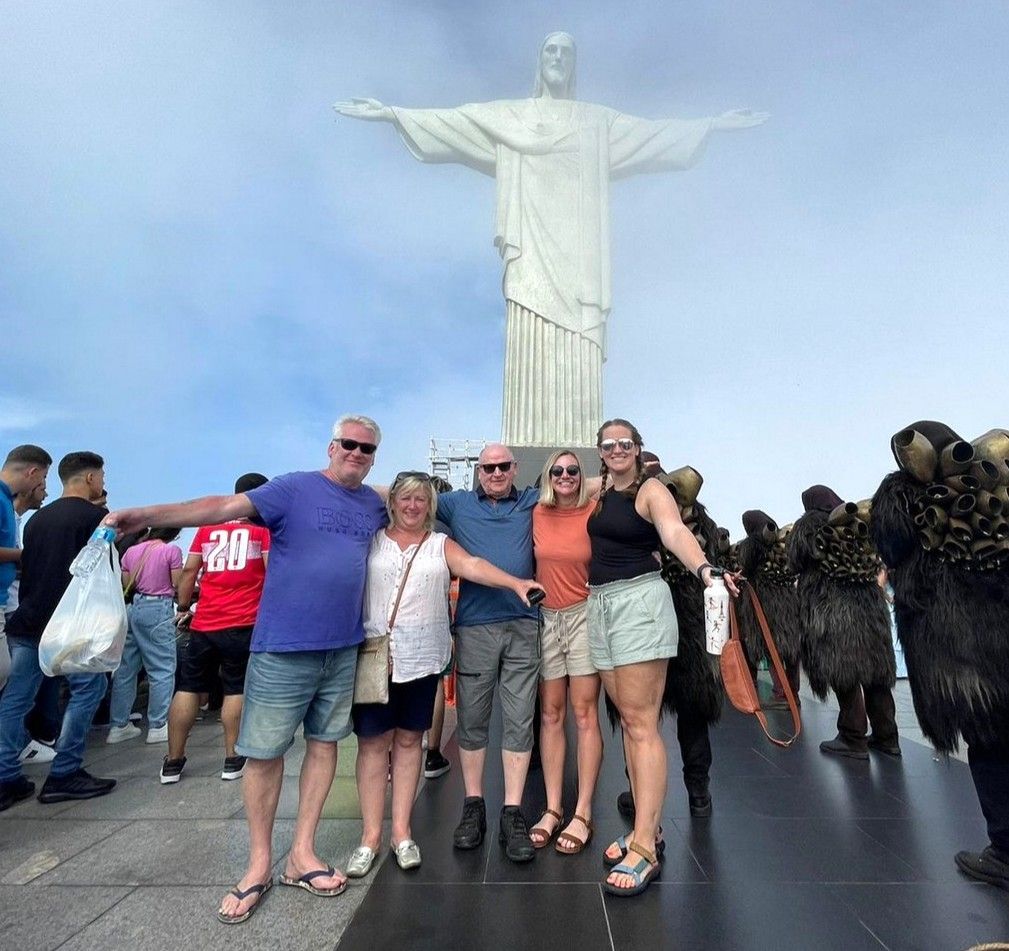
It was quite busy but got even busier when this Tribal group arrived, all their faces were covered by rather unpleasant masks, we found them quite eerie. We never got to the bottom of who or what they represented. Anyone who knows who they are please let me know! Rachel’s tip, it can get quite windy up there so worth taking a lightweight jumper.
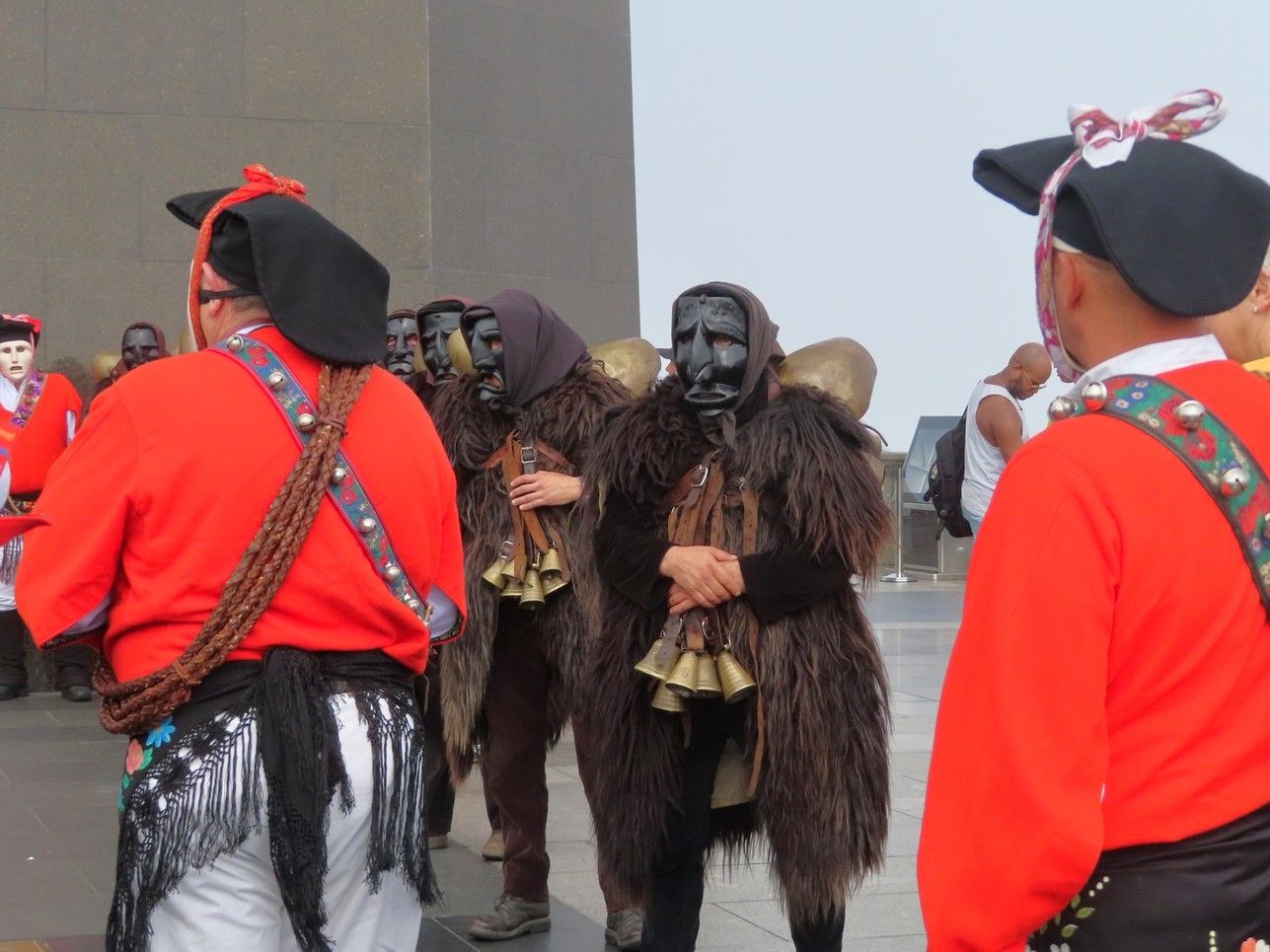
A visit to Rio wouldn't be complete without experiencing Sugar Loaf Mountain. To reach the summit, we took two cable cars. The first ride ascended to 1,000 feet, offering stunning views of Guanabara Bay and its islands, along with a captivating view of Corcovado Mountain. This level features several restaurants and bars, as well as souvenir stalls.

The second cable car carried us to the peak at 1,300 feet, where we enjoyed breathtaking views of Copacabana Beach, the Santa Cruz Fortress, and some beaches in Niteroi. For James Bond enthusiasts, see if you can spot the cable car featured in the film Moonraker. A tip from Rachel: if you can secure backward-facing seats on the cable cars, you'll be treated to fantastic views.
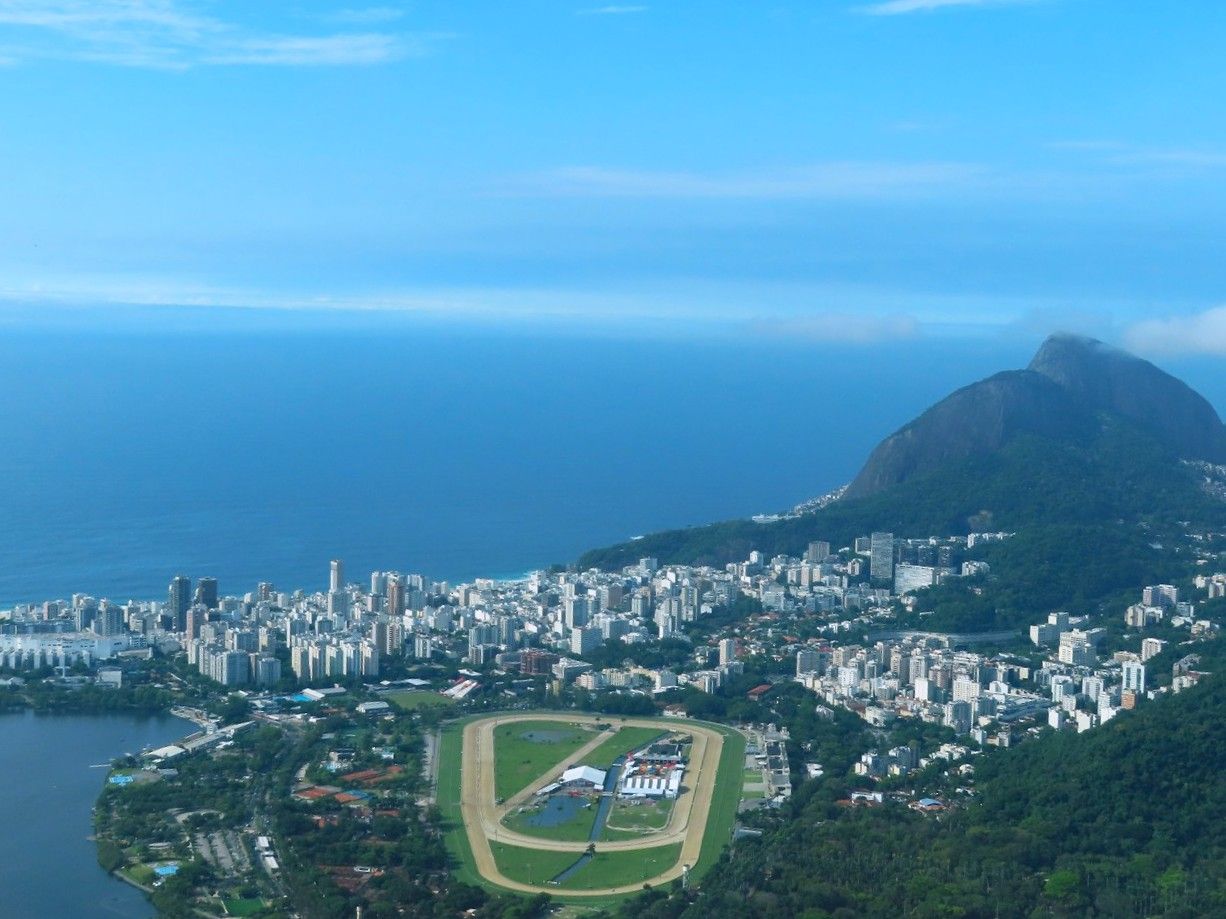
Cable Car Departure to Sugar Loaf Mountain!
Later in the afternoon the city tour took us to other fascinating spots, including Rio’s modern cathedral, The Metropolitan Cathedral of Saint Sebastian. Standing at a height of 75 meter (246 feet) it can hold an astonishing 20,000 people. To be honest it doesn’t look like much from the outside however once inside it is pretty remarkable, featuring four stunning stained-glass windows from floor to ceiling and is very impressive. As the sunlight filters through the glass, it creates a pattern of beautiful colours on the marble floor. They hold weddings here, imagine having to pay for 20,000 guests!

Churrascaria Palace Restaurant, Rio
We simply had to experience a Churrascaria while in Rio, so we strolled just around the corner from our hotel to the Churrascaria Palace Restaurant. The ambiance was stunning, the staff friendly, and they took the time to explain how it operates and provide recommendations on what to order. This authentic Brazilian dining experience showcased a selection of exquisitely cooked meats, including prime sirloin, filet mignon, and mouthwatering short ribs. The waiters expertly carved succulent cuts right onto our plates; the meats were so tender that I must confess we couldn’t finish it all! Rachel’s advice: arrive very hungry.
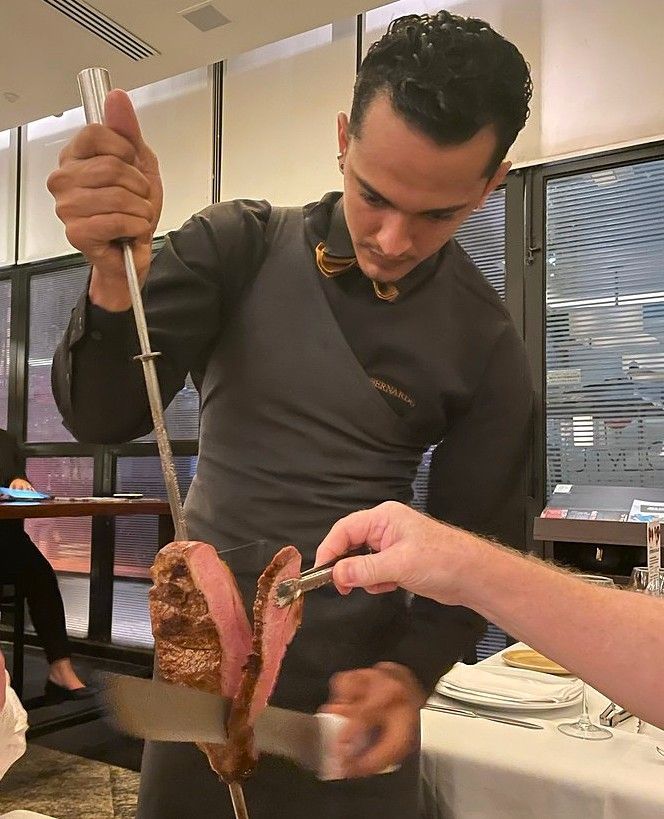
Rio de Janeiro Photo Gallery
Petrópolis, Brazil
Seeking a shift in both pace and climate, we decided on a day trip to Petropolis, a mere hour's drive away. This charming mountain resort, often referred to as the Imperial City, provides a refreshing escape from Rio de Janeiro’s sweltering summer heat. Renowned for its regal history, Petropolis affords us a fascinating glimpse into Brazil’s royal heritage.
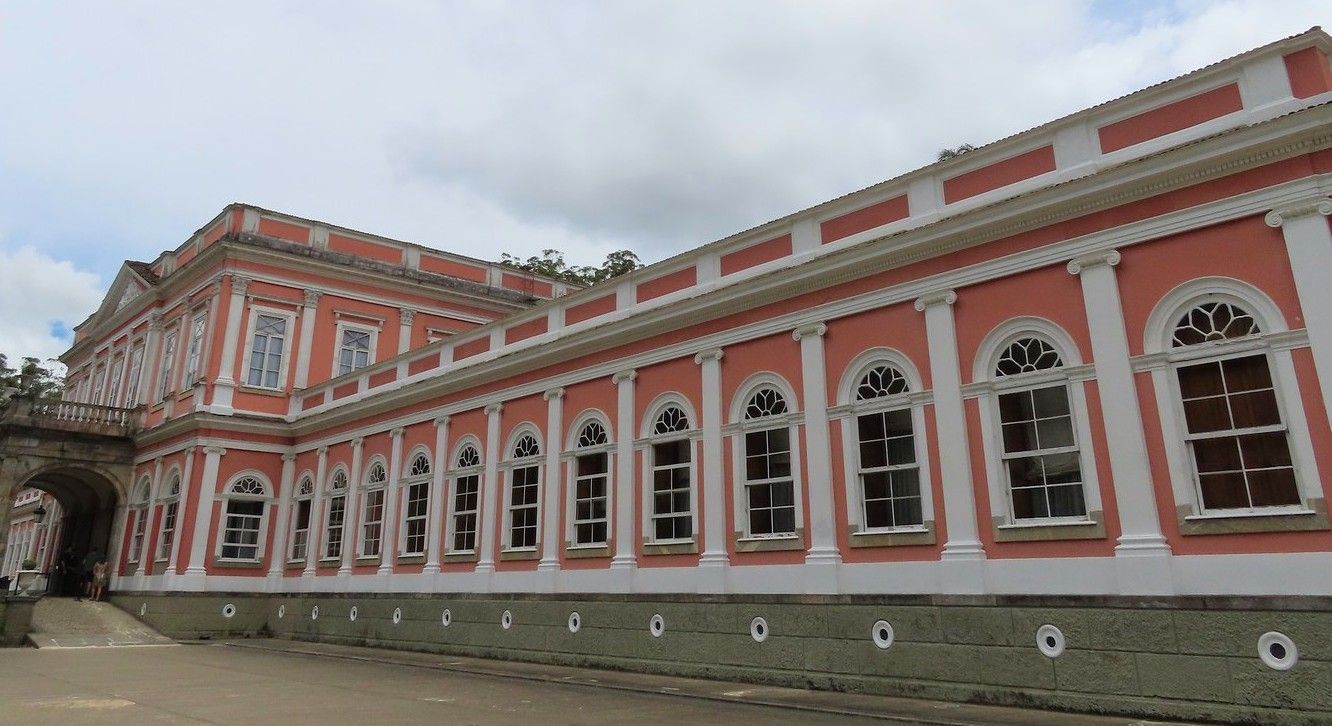
The highlight was the Imperial Museum, the former summer palace of the Imperial family, as Brazil did have a Monarchy until 1889. To preserve the historic flooring, we donned oversized slippers, slippers are always far too big for me as I am only a size 2! No photos are allowed inside so you will have to take my word for it, it is a fabulous building. We had a great guide, Charles who gave us a history lesson as we were shown around the inside of this stunning palace.
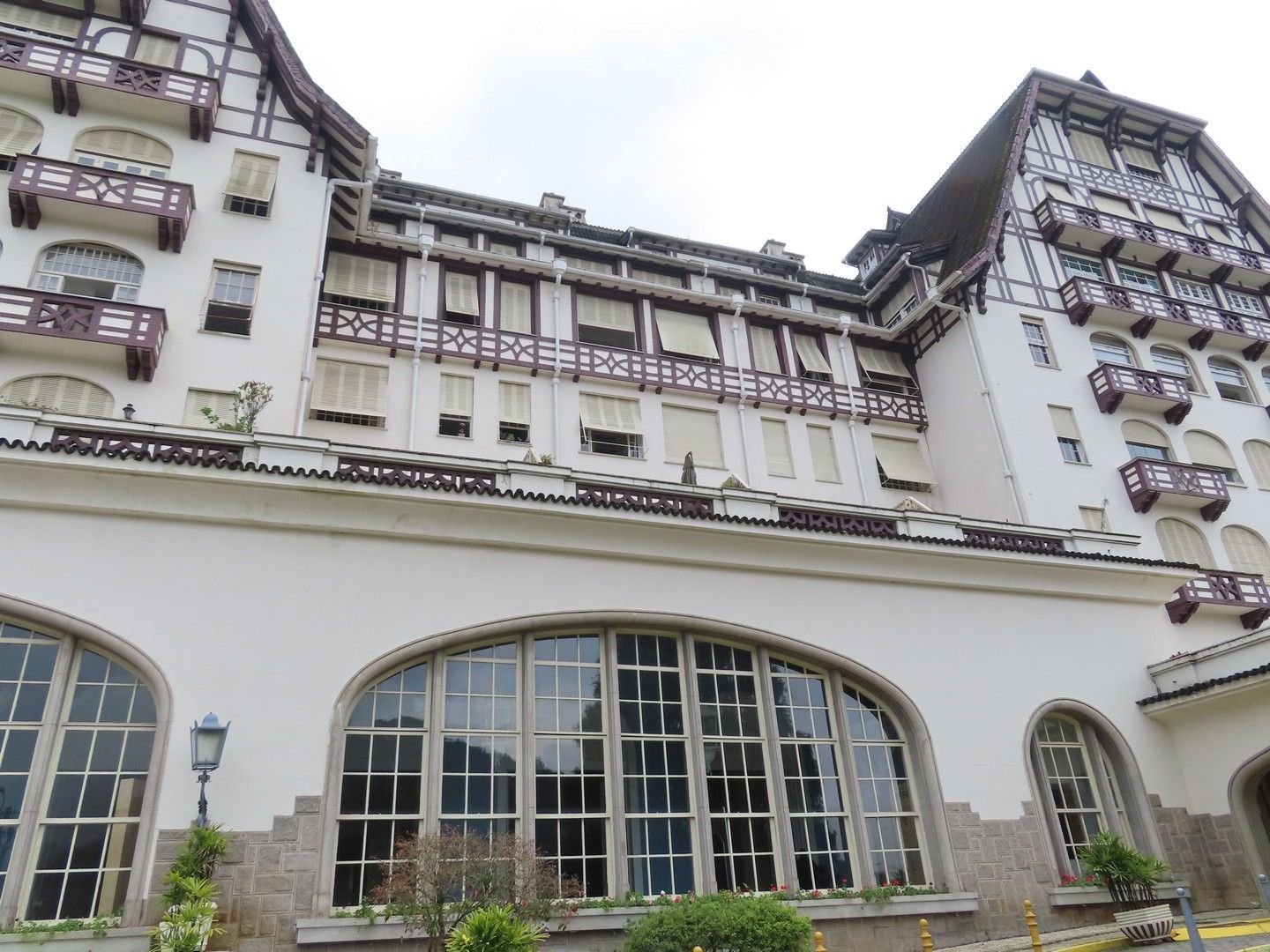
Our tour featured a stop at a former casino, which has now been transformed into elegant apartments, as casinos are currently banned in Brazil. Guests are permitted to enter the Central Hall, which was quite remarkable. Situated across from the Imperial Palace, we paused at the Cathedral of Saint Peter of Alcantara to take a quick glance inside. On our way to lunch, we passed by the Crystal Palace, originally constructed to host agricultural exhibitions, which now serves as a venue for various events and exhibitions.
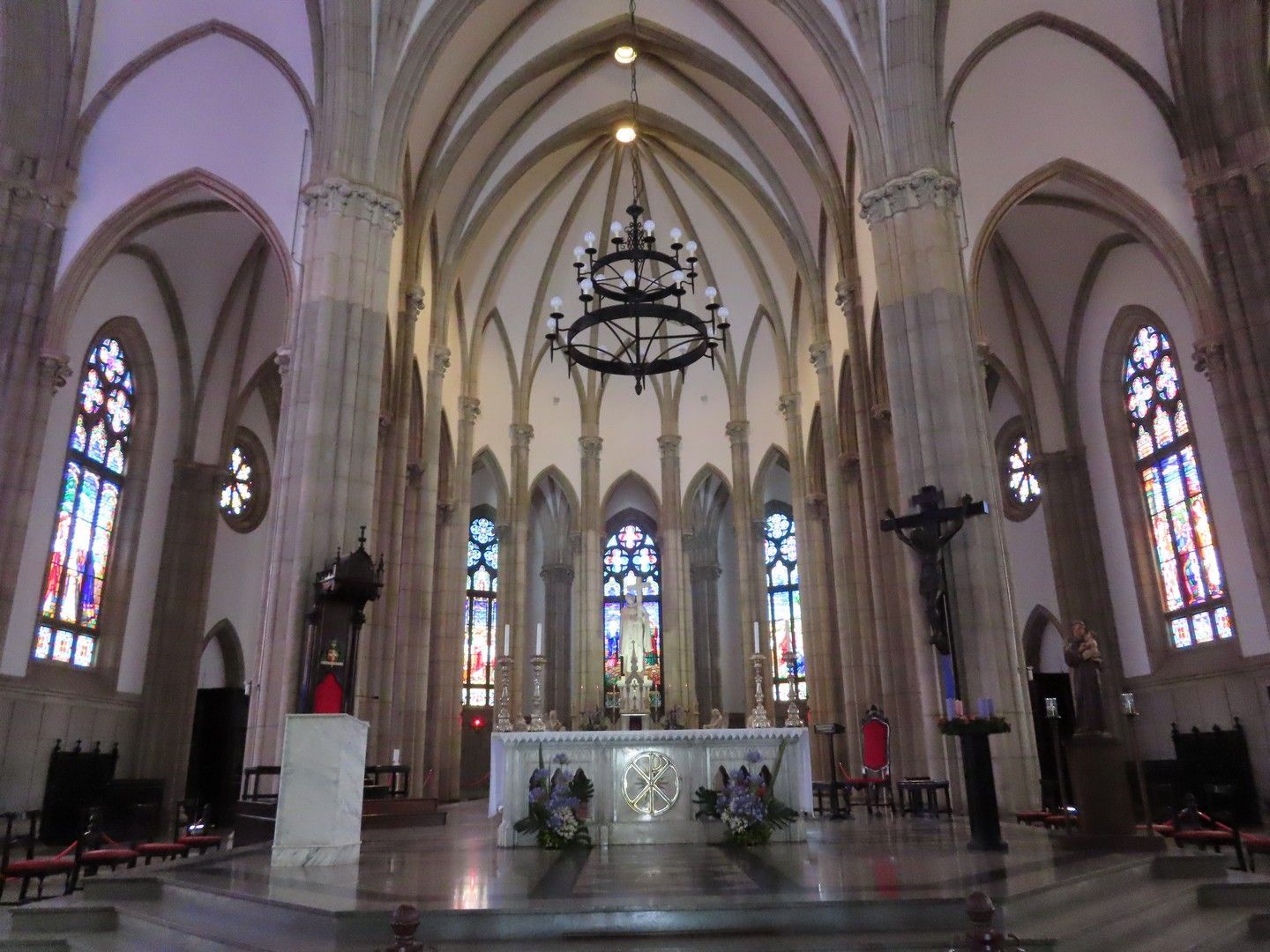
We enjoyed a delightful lunch at Paladar Liberty Garden Restaurant. You pay by the kilo, allowing you to select what you fancy. With a wide array of options available, each dish is then weighed, and you pay according to its weight. It's an excellent way to experience local cuisine.
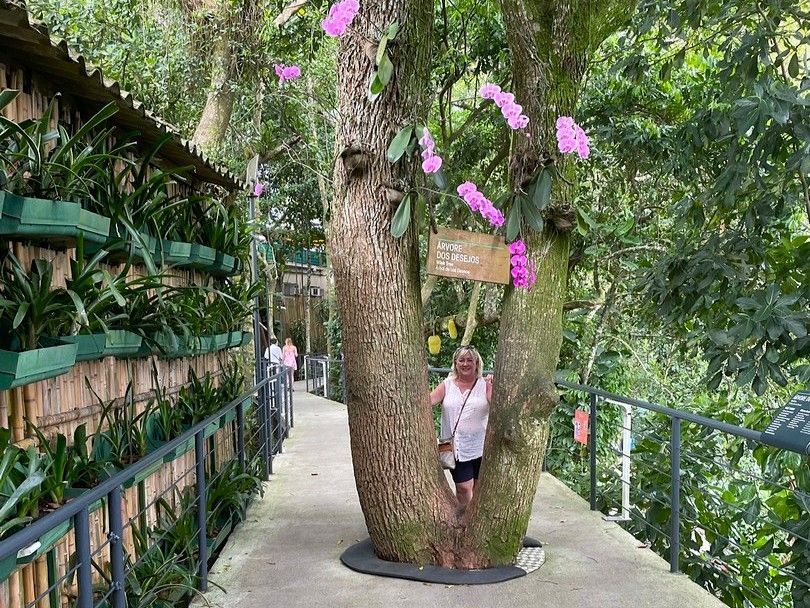
Iguassu Falls – Brazilian side
Goodbye Rio, and hello to the ‘red eye’ flight. Rising at 2:30 am didn't faze us, as our excitement for visiting the Brazilian side of the falls was palpable. We took a flight via Sao Paulo to Iguassu airport, where we were promptly ushered to the falls. Early mornings are perfect for a visit; we arrived just after opening, which meant fewer crowds.
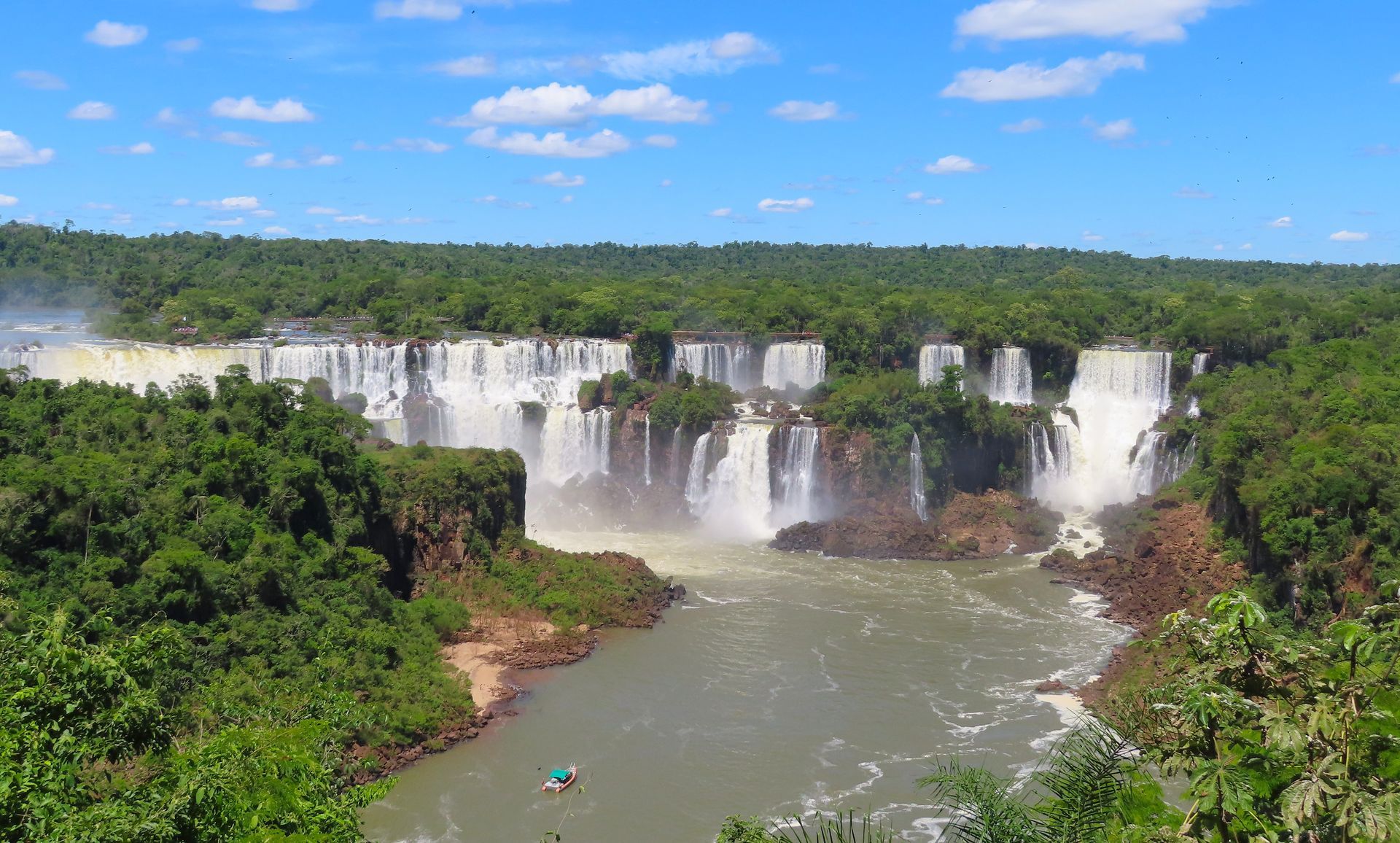
Stretching across the borders of Brazil and Argentina, Iguassu Falls is among the world’s largest waterfall systems and a UNESCO World Heritage Site. It has an astonishing 275 waterfalls dropping 250 feet, longest drop is the Devils Throat, the width spans 2700 meters. In peak flow the falls discharge up to 1,500 cubic meters of water per second! Taller than Niagara and wider than Victoria Falls. Facts done, now the exciting bit, our experience
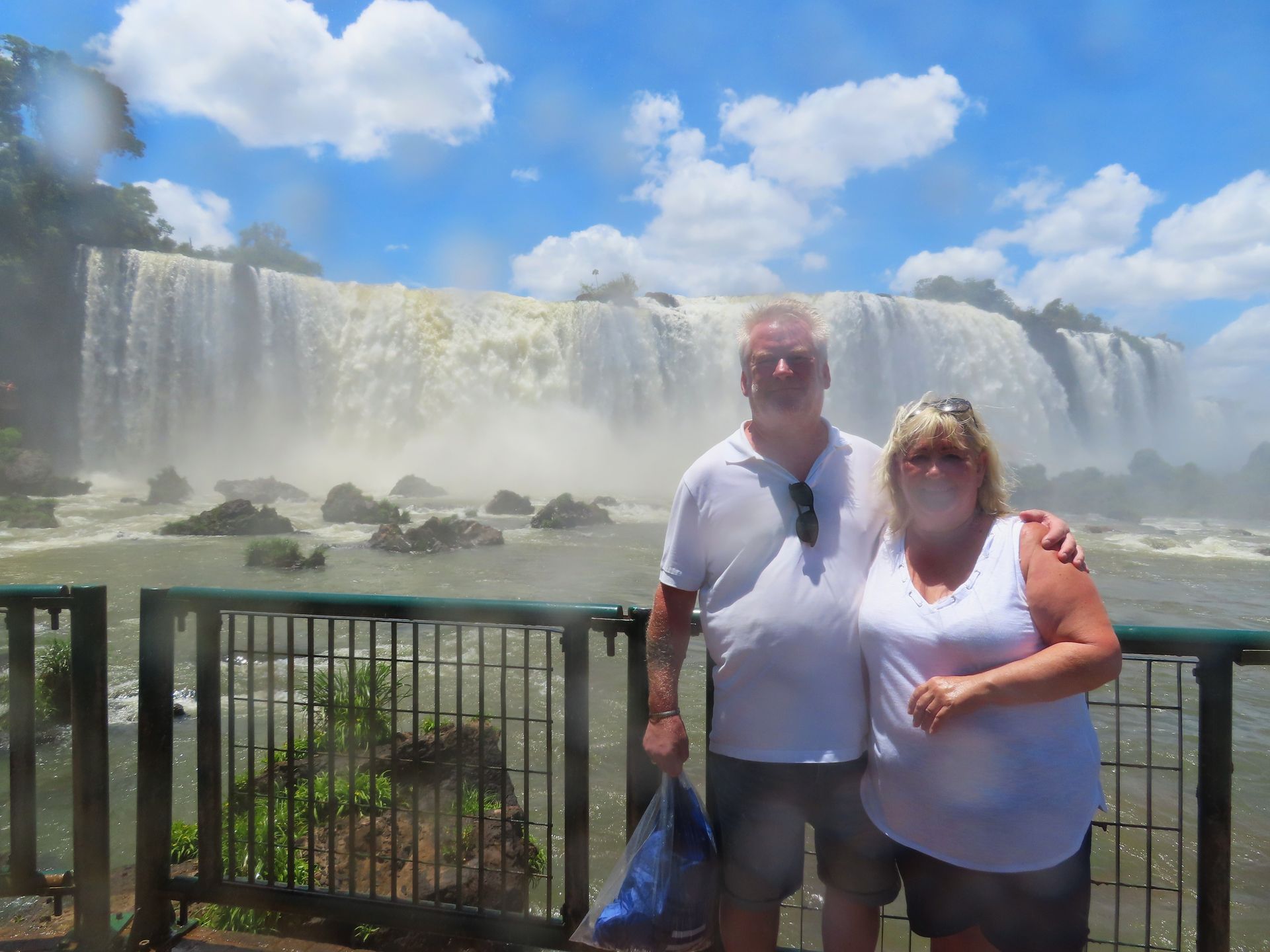
On the Brazilian side there is one paved circuit, pretty much all on the flat with a few steps here and there, and takes around two to three hours with photo stops, of which there were many! This side of the falls gives fantastic panoramic views of the Argentine side, where 80% of the falls are. Its hard to express the sound of the waterfalls, they are loud and thunderous, you can hear them before you see them.
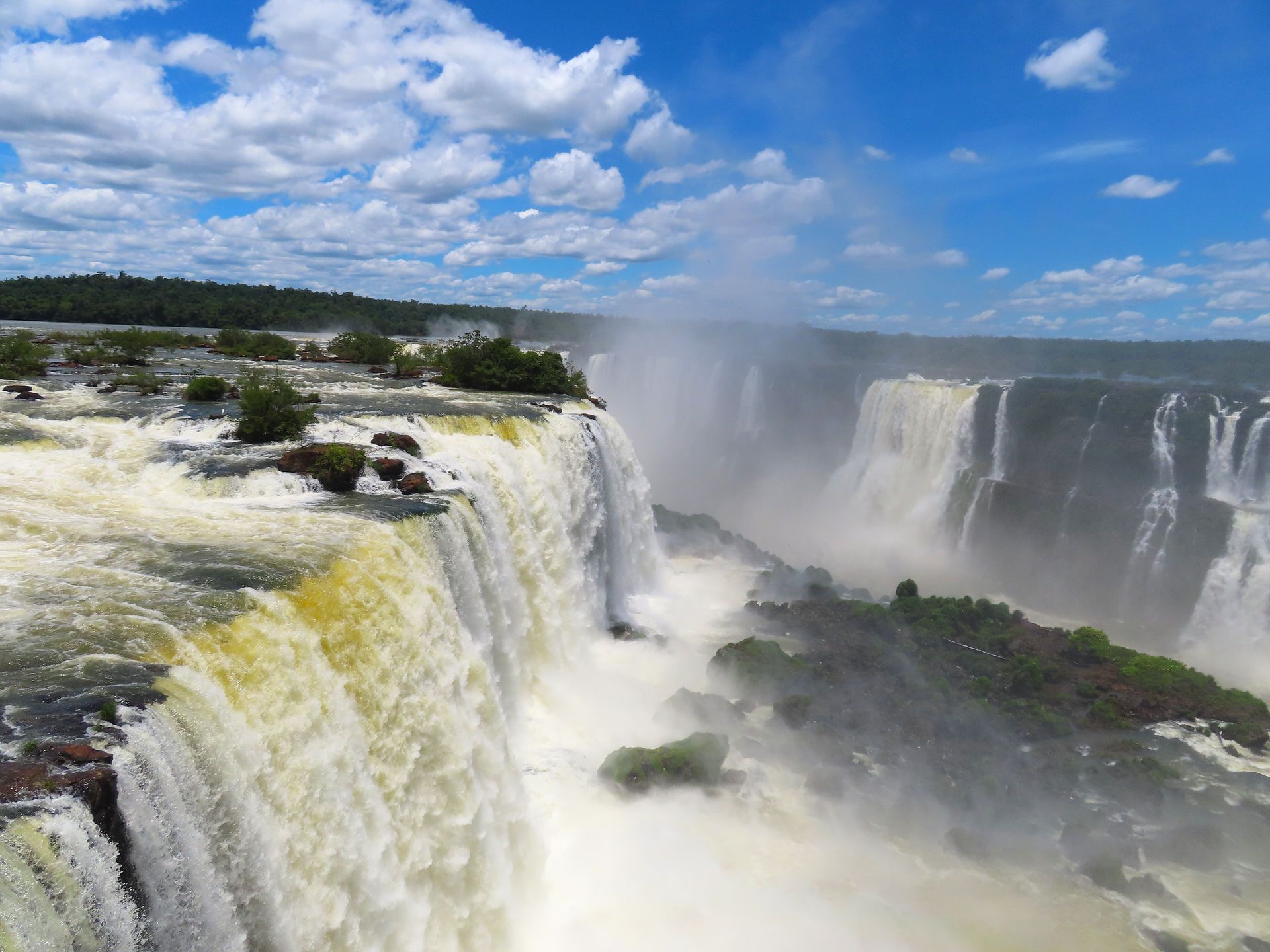
Be waterfall ready, at the end of the trail, you come to the viewing platform at Devils Throat, yes you will get wet, very wet, but so worth it, it was a hot day, so we dried off quickly. It was difficult getting photos at this point as I was conscious of keeping my camera dry, so I used my phone and managed to capture the beautiful rainbows and the crashing cascades of the falls. It really was spectacular and worth the ‘bad hair day’ after.
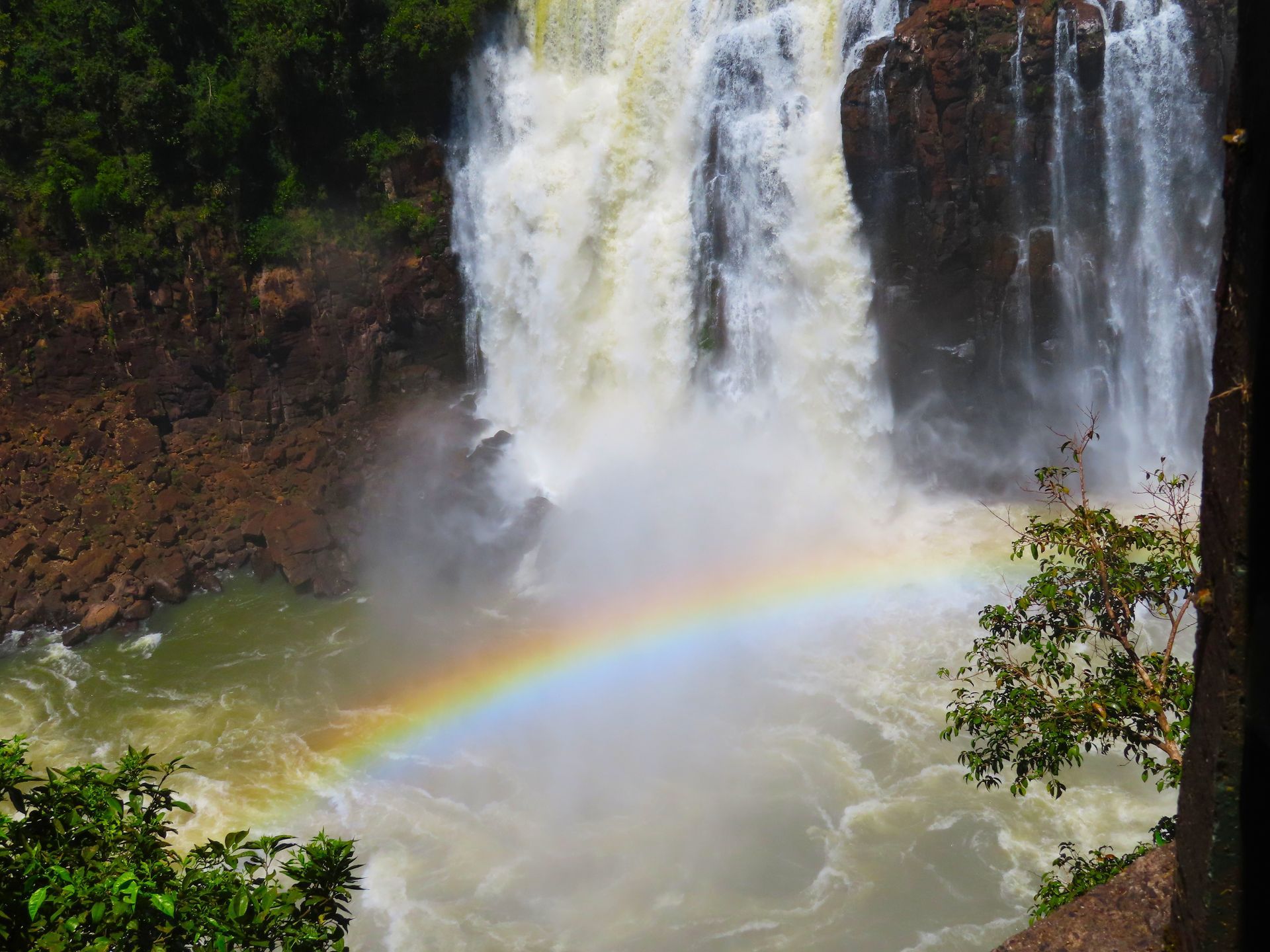
Rachel’s tip. For photographers, a waterproof camera or cover is essential to protect your gear. I prefer using a shower cap instead of a bulky cover—it is lightweight and quick and easy to remove for taking photos. Make sure your phone is protected and if you have your passport with you ensure it is kept dry, as you won’t be able to travel with a soggy passport! You could pack a Poncho but to be honest you will end up fighting with it.
Iguassu Falls - Brazil Side - Photo Gallery
Bird Park
In the afternoon, we visited the Bird Park. Although we aren't particularly fond of zoos and wildlife parks, this venue focuses on rescue and conservation. Covering an impressive 16 hectares, it serves as a sanctuary for around 1,400 birds from roughly 150 species, with 50% having been saved from wildlife trafficking. It’s definitely worth a visit, especially since it's located just a short distance from the falls.
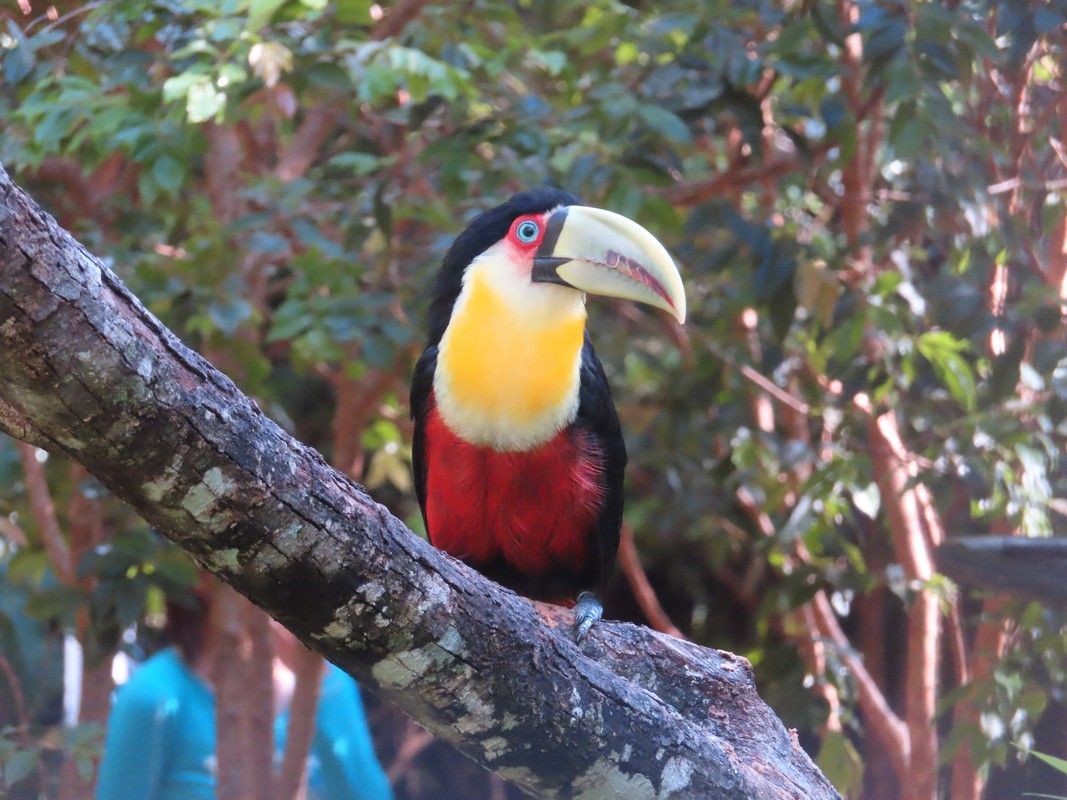
Bird Park Photo Gallery
Reconto Hotel
Our next two nights were at the Reconto Hotel, ideally situated just 30 minutes away, making it convenient for exploring both the Brazilian and Argentine sides of the falls. As it was the beginning of December, the hotel was fully embracing the Christmas spirit, with the garden and pool transformed into a festive wonderland.
Iguassu Falls – Argentinian side
After crossing the border from Brazil into Argentina we started our day on a short ride in ‘choo choo’ open-air Ecological Jungle Train through the rainforest. It is a quiet, natural gas-powered narrow-gauge train that leaves from the central station (near the park entrance) and ends close to the Devil’s Throat. It was a 25-minute journey which goes into unseen parts of the park. As it is open air it was great to hear and smell the jungle forest, without having to leave the train’s comfort. It grants access to this wonder of nature for those who aren’t able or want to hike, like me!
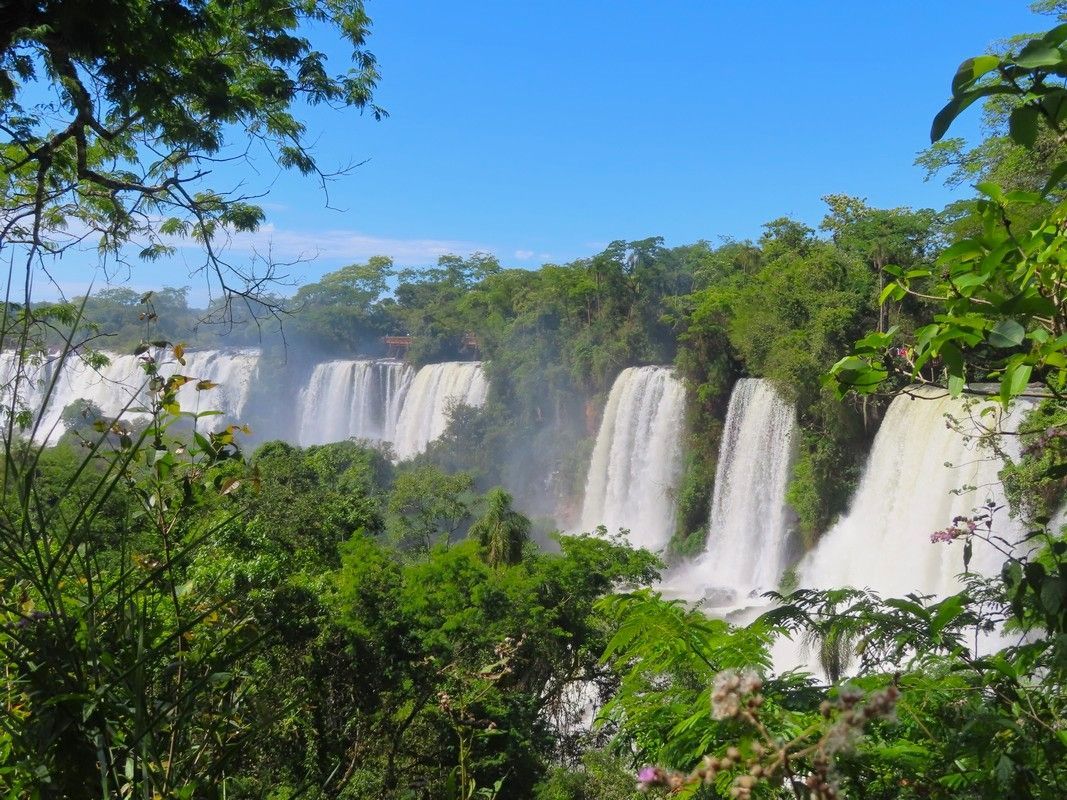
The Argentinian side of the falls offers a striking contrast to the Brazilian side. While the Brazilian vantage point provides an incredible 360-degree view, the Argentinian side immerses you right into the experience, allowing you to feel the refreshing spray. There are numerous trails to explore; we commenced our journey on the short Green Trail, a mere 15-minute stroll, which conveniently connects to other pathways. The trails are well-marked and feature informative boards highlighting what to observe, including birds, butterflies, diverse plants, and efforts in conservation. Our adventure culminated with a breathtaking view above the falls, gazing down into the Devil’s Throat, which was truly a spectacular experience, coming so close to the cascading waters.
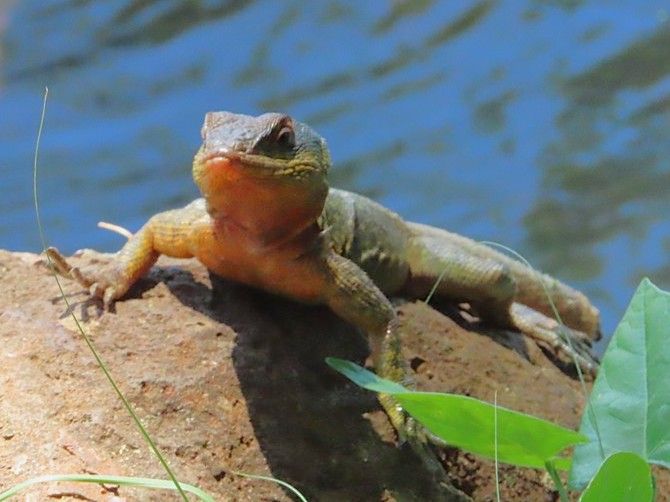
Brazilian or Argentine side, which is best? Both are truly amazing and very different, my advice, you should visit both side but don’t try and squeeze both sides in one day!

Iguassu Falls - Argentina Side - Photo Gallery
Buenos Aires, Argentina
Buenos Aires, here we come! Another very early flight, but worth it as it gives a full day of exploring when we arrived. There is so much to see in Buenos Aires and a lot to cram in over a couple days.
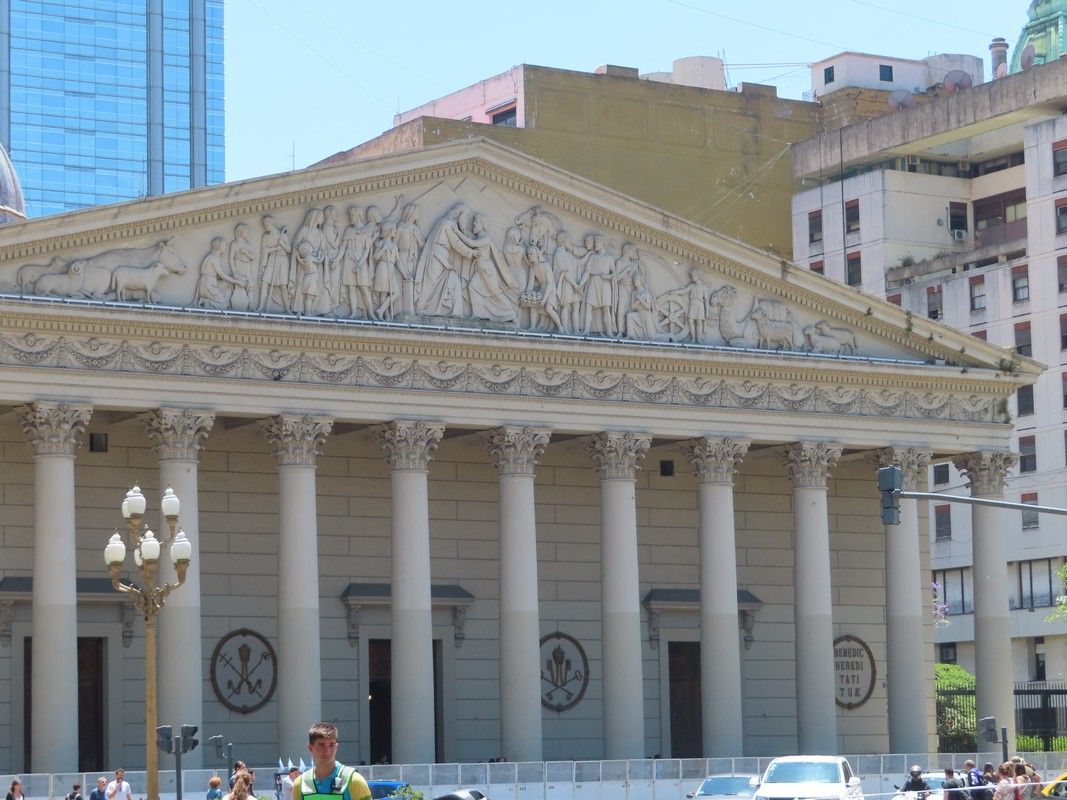
The historic core of Buenos Aires is centered around the iconic Plaza de Mayo. We explored the Metropolitan Cathedral, which was once the residence of Pope Francis. Its façade features 12 columns symbolizing the 12 apostles, while the interior left us even more awestruck.

The Casa Rosada, Buenos Aires
The Casa Rosada building known as the Pink House was named for its distinctive colour, I thought it more of a salmon colour. This palace takes up one side of the square and is the centre of presidential power in Argentina. The famous balcony is where Eva Perón addressed the crowds gathered in the square. I must mention this is where Madonna sang ‘Don’t cry for me Argentina’ in the film ‘Evita’ back in 1996, makes me feel old!
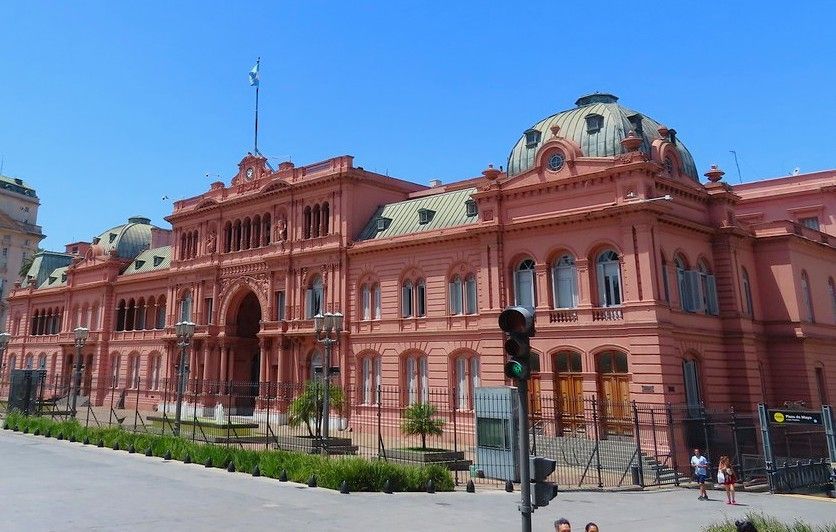
Plaza de Mayo, Buenos Aires
Our guide explained every Thursday afternoon a group of Argentine mothers walk in silence around the Pirámide de Mayo, the white obelisk in the centre of the square, in protest for the unsolved disappearance of their children under the dictatorship of the military junta that ruled the country from 1976 to 1983. The ‘Mothers of the Plaza de Mayo’ have been gathering every week since 1977. As a mother, I just can’t imagine how much their hearts must be breaking.
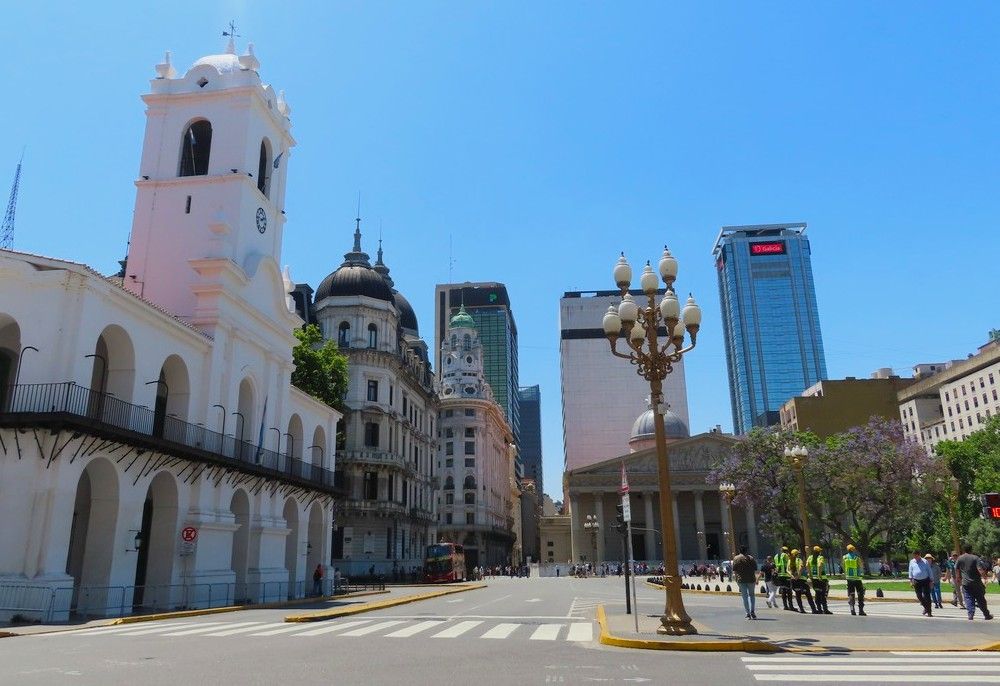
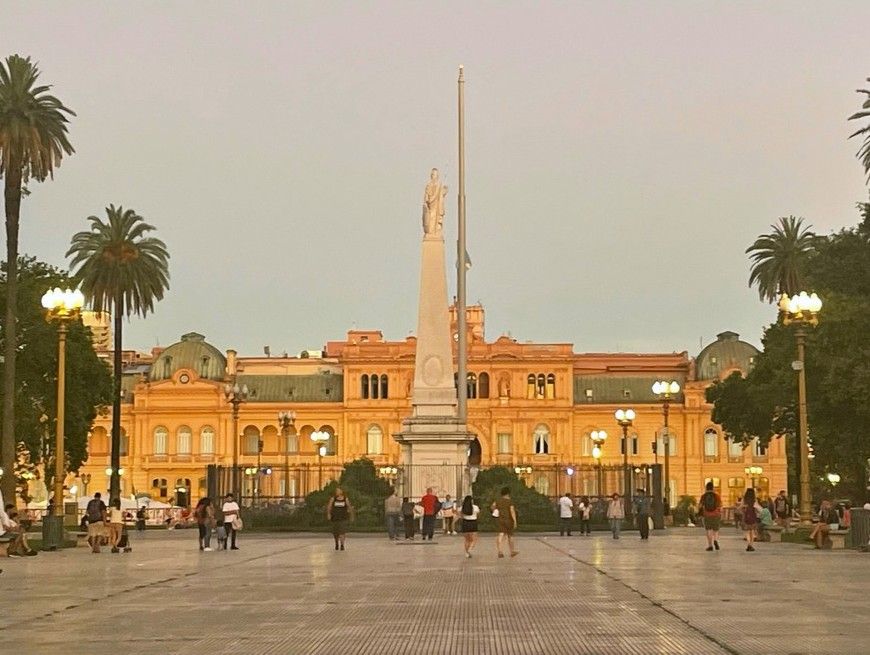
Teatro Colón Opera House, Buenos Aires
On a more cheerful and melodious note, we explored the Teatro Colón Opera House, renowned as one of the finest opera houses globally, as stated by National Geographic. Spanning an entire city block, it rises majestically to seven stories and accommodates over 2,500 attendees, with an extra 500 standing spots. This venue serves as the city's premier hub for opera, ballet, and classical music performances.
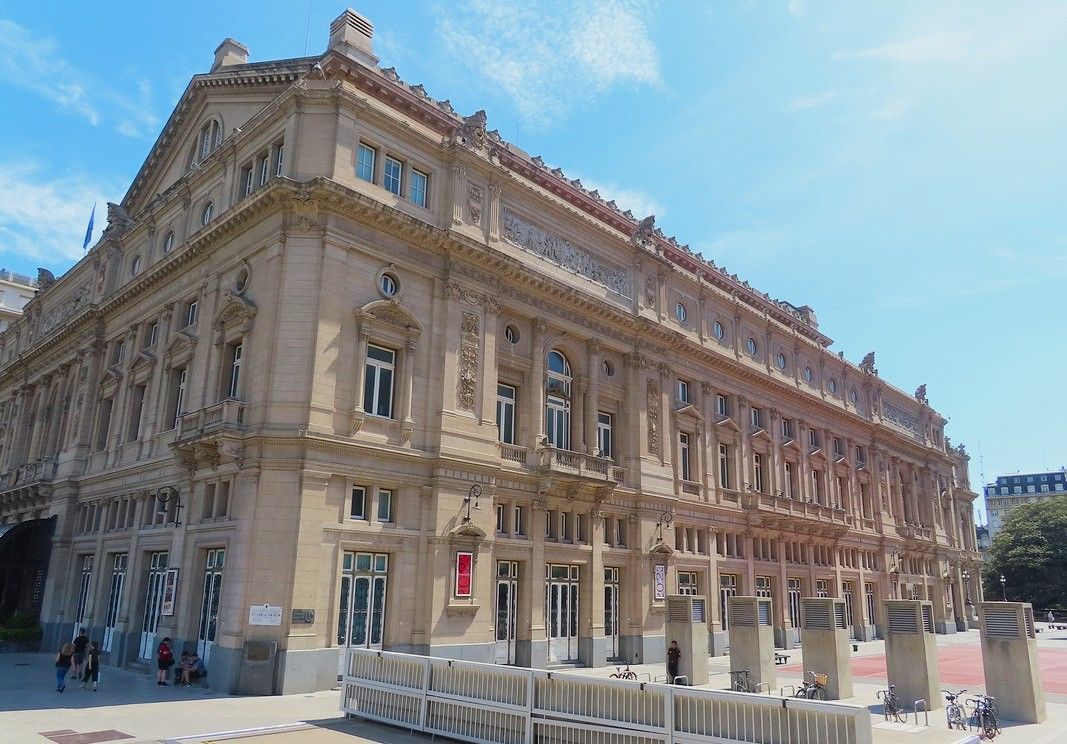
Recoleta Cemetery, Buenos Aires
No trip to Buenos Aires would be complete without a visit to the Recoleta Cemetery, often described as an outdoor museum and I can see why. There are over 6,400 statues, housing elaborate mausoleums covering 14 acres! The most famous tomb of course is Eva Perón, she lies in a heavily fortified crypt some five metres deep to protect her remains.
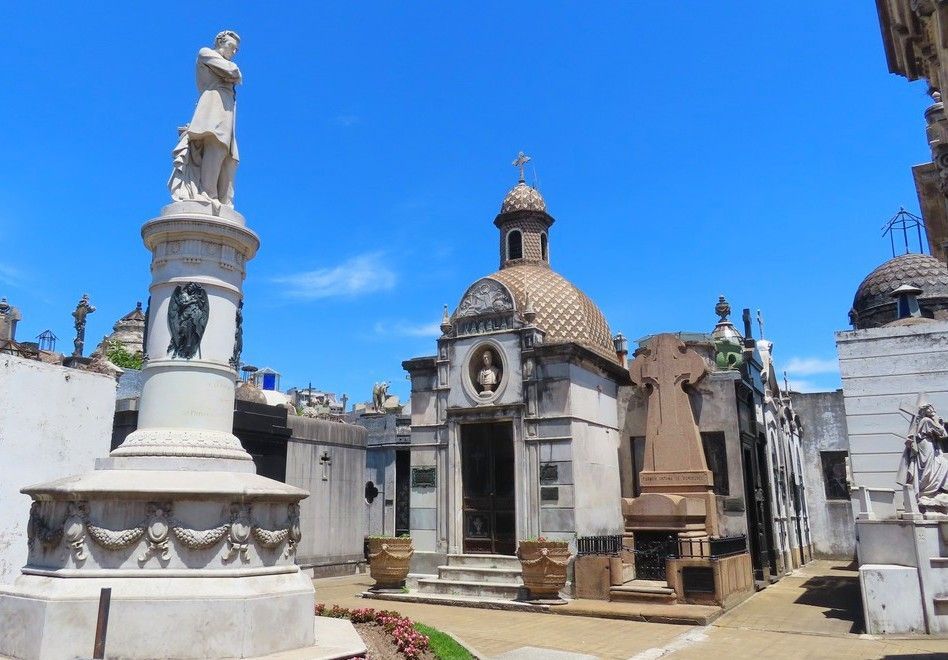
We came across the unusual mausoleum of Liliana Crociati, she died on her honeymoon in Austria in the 1970s. Her parents reconstructed her bedroom within her tomb, and at the entrance placed a bronze statue of Liliana in her wedding dress, with her pet dog at her side.
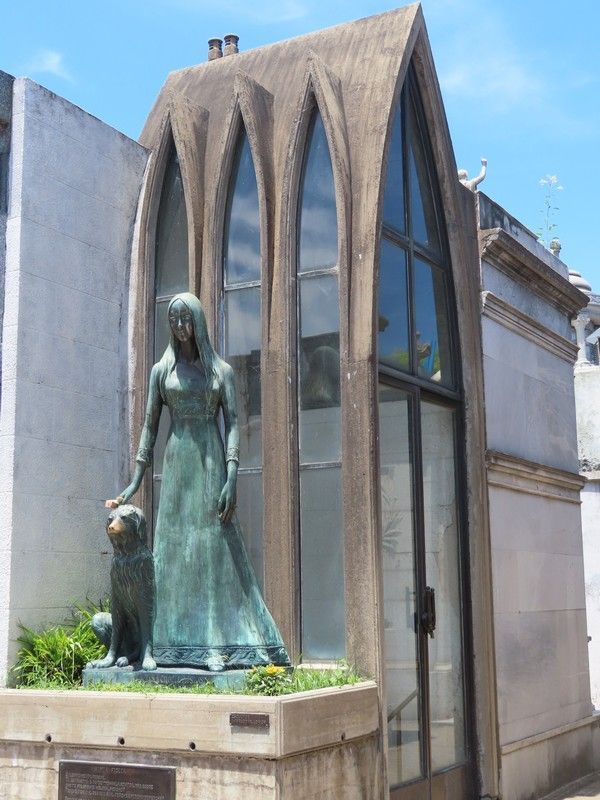
There are countless ghost stories, but these two stand out as my favorites. It is said that shortly after Rufina Cambaceres was buried, local workers heard piercing screams and noticed that her coffin had moved. When they checked, they found her with scratch marks on her face and on the inside of the coffin, leading many to believe she may have been in a coma.
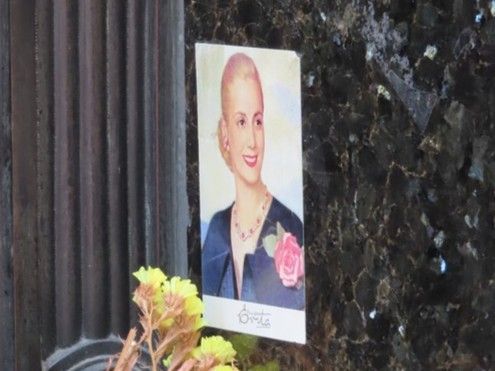
The next story is even more peculiar: David Alleno, a grave digger for three decades, arranged for his own tombstone featuring a statue of himself with his tools, and he acquired a burial plot in the renowned Recoleta Cemetery before resigning from his position as a night watchman. After finishing the work, he returned home and took his own life. Legend has it that his ghost roams the cemetery at dawn, and you can hear the jingling of his keys! The cemetery is quite a maze, so be sure to pick up a map at the entrance—you'll definitely need it!
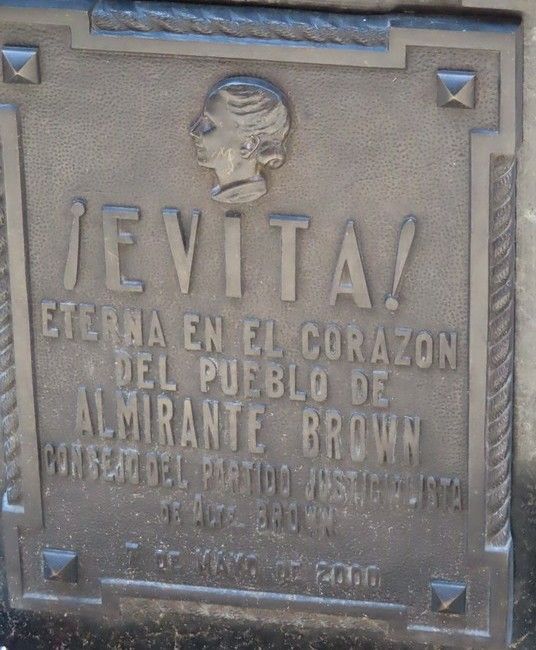
Palermo District, Buenos Aires
As we leisurely journeyed through the sophisticated Palermo district, we were reminded of London’s Belgravia, characterized by its embassies, grand residences, and diplomatic mansions, all nestled amid green parks. One of these parks is home to the renowned sculpture, Floralis Genérica, an impressive giant silver flower. The petals unfurl at 8 am and close at midnight, reaching an impressive span of 105 feet when fully open. The parks and avenues were adorned with blooming Jacaranda trees, painting the city in stunning hues of purple. I would love to have one in my garden!
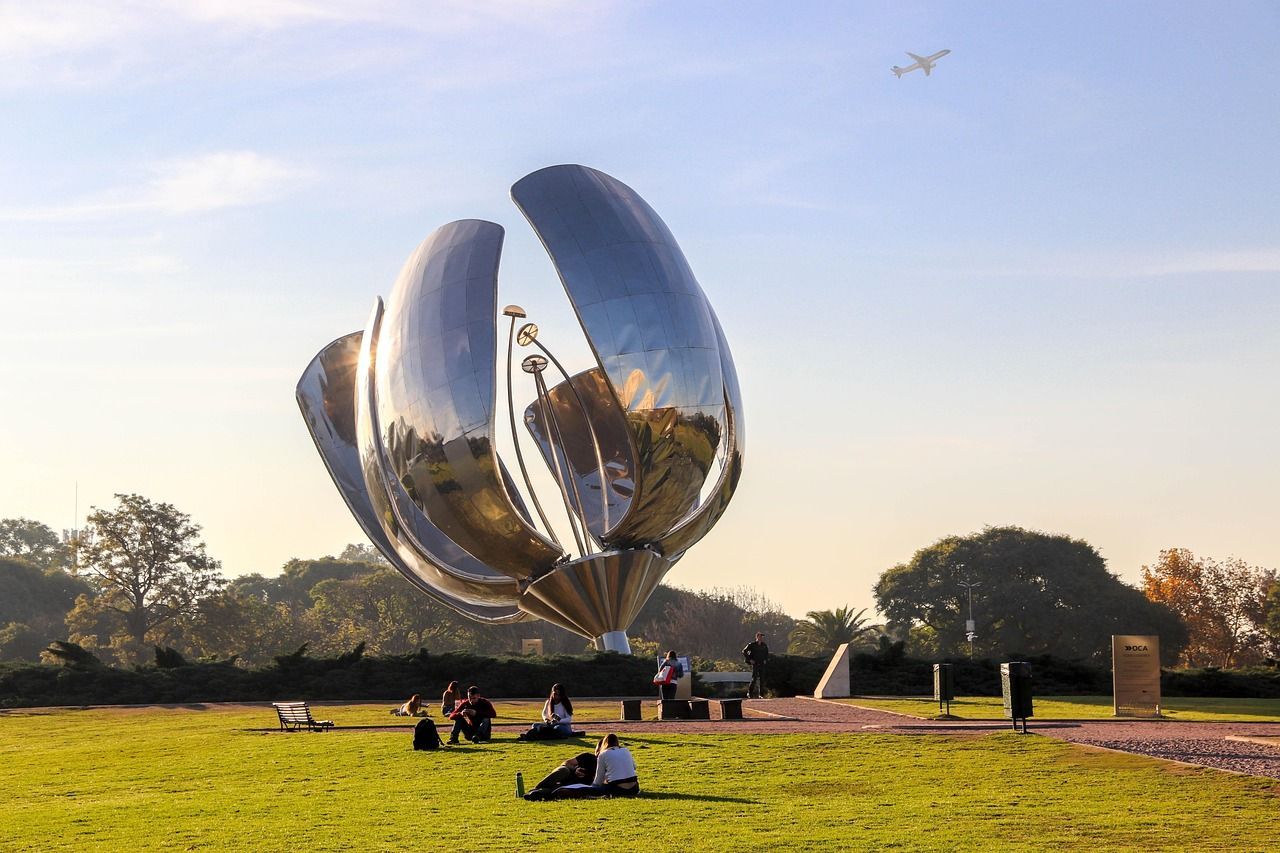
La Boca, Buenos Aires
Now, let’s talk about the area that captured our hearts: La Boca. With its vibrant houses, lively music, eclectic shops, bustling market stalls, and stunning street art, I’ve lost count of how many photos I have taken of the murals.
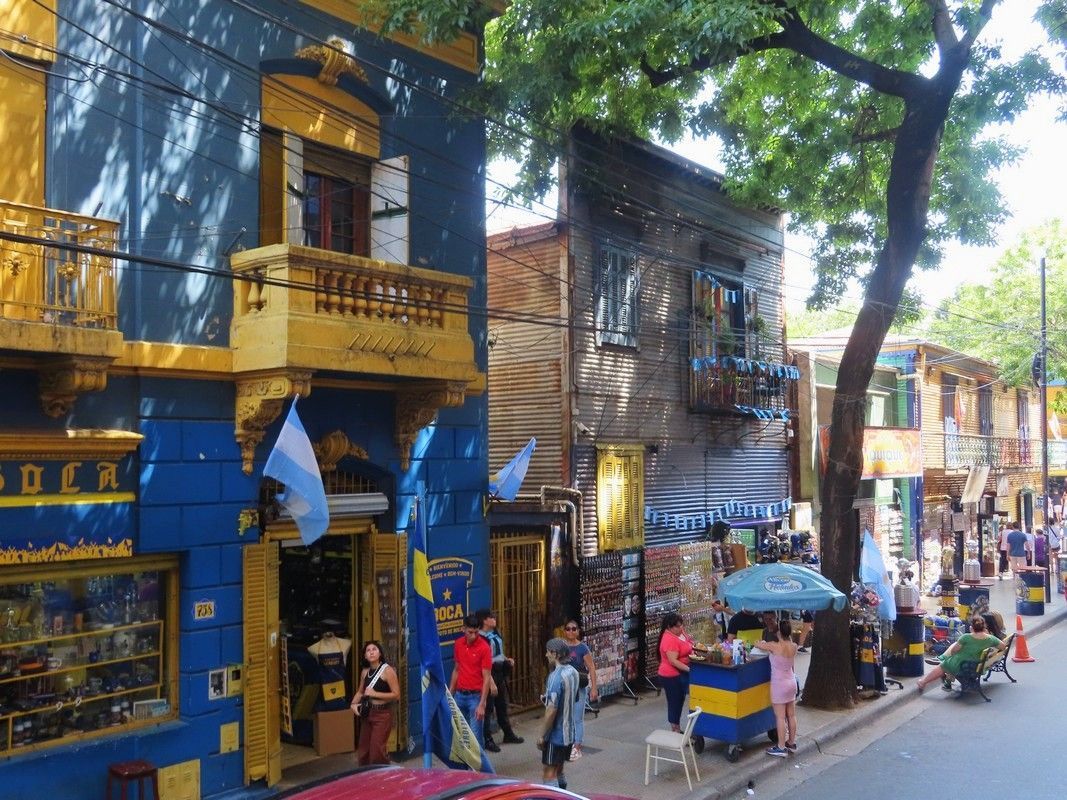
Caminito Street serves as the beating heart of La Boca, a fantastic spot to enjoy a drink while soaking in the lively ambiance and catching sight of spontaneous Tango dancers appearing here and there. It's wise to stay within the tourist zone, as it is monitored by police; the surrounding neighborhoods face challenges with poverty and crime. So, be sure not to stray too far.
La Boca Photo Gallery
The World Cup was still in full swing whilst we were in Argentina, the people are football crazy and dress their dogs in Argentine football colours. We loved this area so much we revisited the next day by open top bus. Whilst on the open-top bus you get a great view of the quirky ‘Chorizo Houses’ they are called that because of their long sausage shape, they all share communal patios, mingling in the evenings dancing to a mix of music blasting out from the houses, as rumour has it, the Chorizo House parties is where the Tango started.
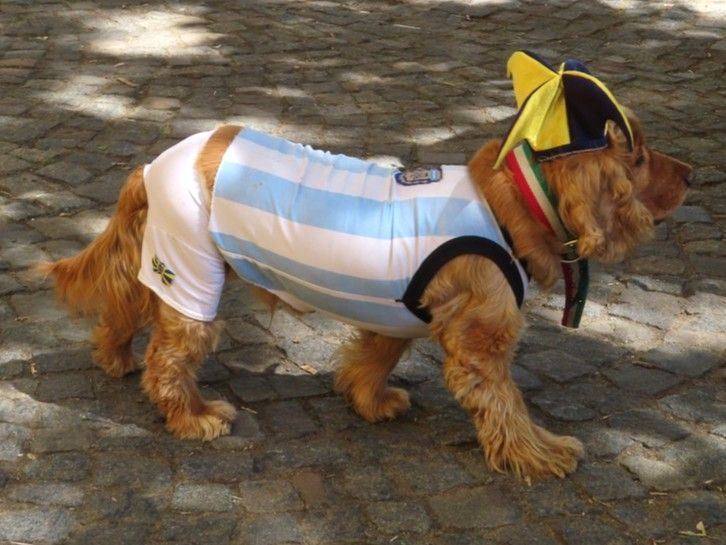
River side, Buenos Aires
Our hotel, Kenton Palace hotel was in the Monserrat area, it was a good location, clean and comfortable but the breakfast wasn’t great, so we had our breakfasts in a traditional Argentine café/bar just across the road, it was very popular with the locals popping in and coming out with bags of freshly made pastries and doughnuts. Not knowing what to choose we picked a few random pastries and enjoyed our breakfast. Bill was delighted to spot a TV on the wall, why? Because England were playing Argentina in the World Cup later in the afternoon. I’m not a football fan, I don’t understand it, but I do like to follow the World Cup.
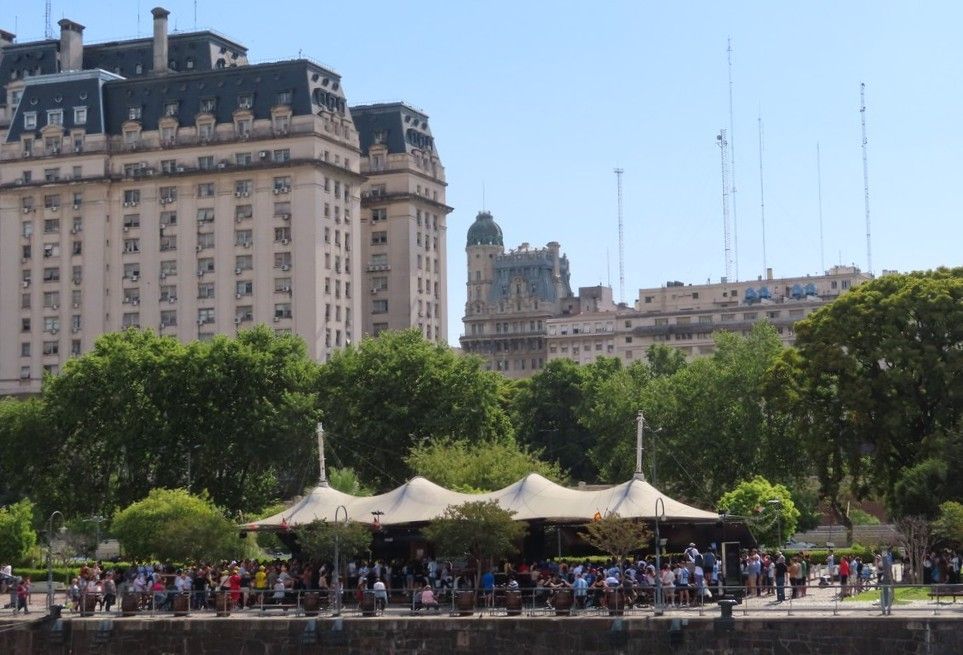
Later that day we wanted to experience an Argentine steak, so headed down to the river side, both sides of the riverbank were jammed packed with bars, restaurants and large screens for the football. We enjoyed our steak but left quite a lot, the steaks are massive!
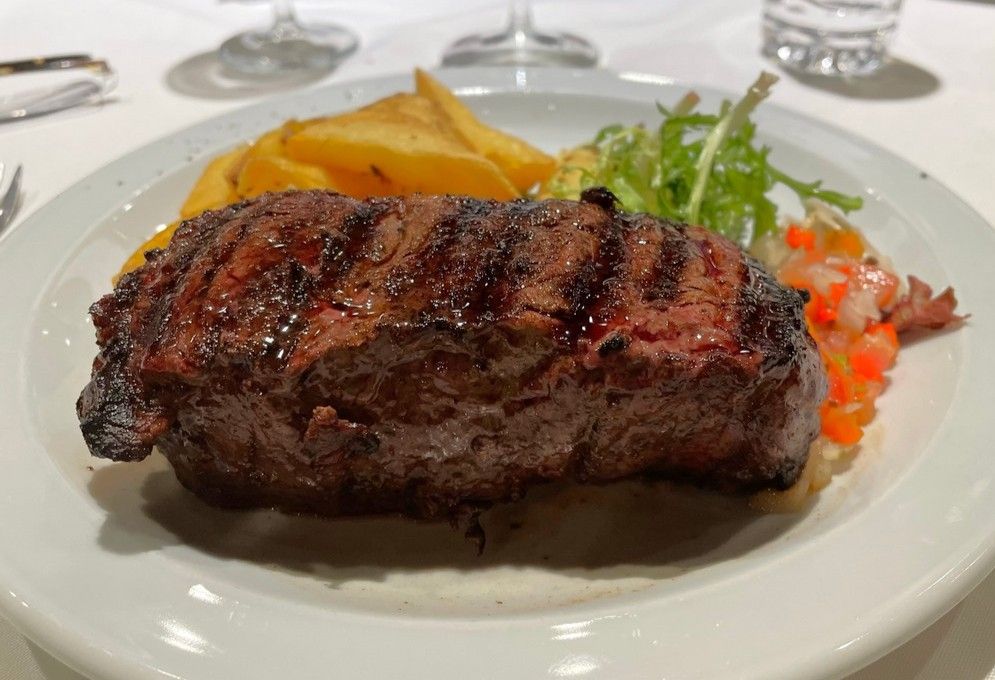
As we walked back, we noticed the church near our hotel was lit up, it looked serene and magical. Once a month religious venues across the city light up from 8pm through to midnight, it is called ‘Temple Night’. Everyone is welcome from all walks of life to discover the various religions.
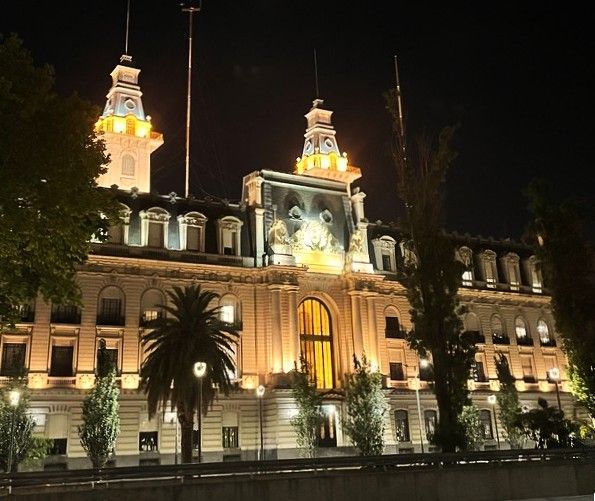
Tango at El Viejo Almacén
Our last night in Buenos Aires is an extraordinary ‘Tango’ night. We indulged in a fabulous Argentine meal that tantalized our taste buds, followed by an enchanting show at the renowned El Viejo Almacén. This charming venue, with its beautiful old architecture and intimate atmosphere, is steeped in rich history, making it the perfect backdrop for an unforgettable evening. The musicians and dancers showcased their incredible talents, captivating us with their passion and artistry. It was truly a magnificent way to celebrate and close our wonderful time in Buenos Aires, leaving us with cherished memories that we will carry with us long after we depart.
Santiago, Chile
We traveled from Argentina to Chile, our final destination on our South American journey. Soaring over the Andes, we arrived in Santiago, the capital of Chile and one of the most modern and elegant cities in South America. Stretching over 2,650 miles of coastline, Chile is more than ten times longer than it is wide. The country's revenue primarily comes from copper, followed by forestry, agriculture, salmon fishing, and, in fifth place, wine.
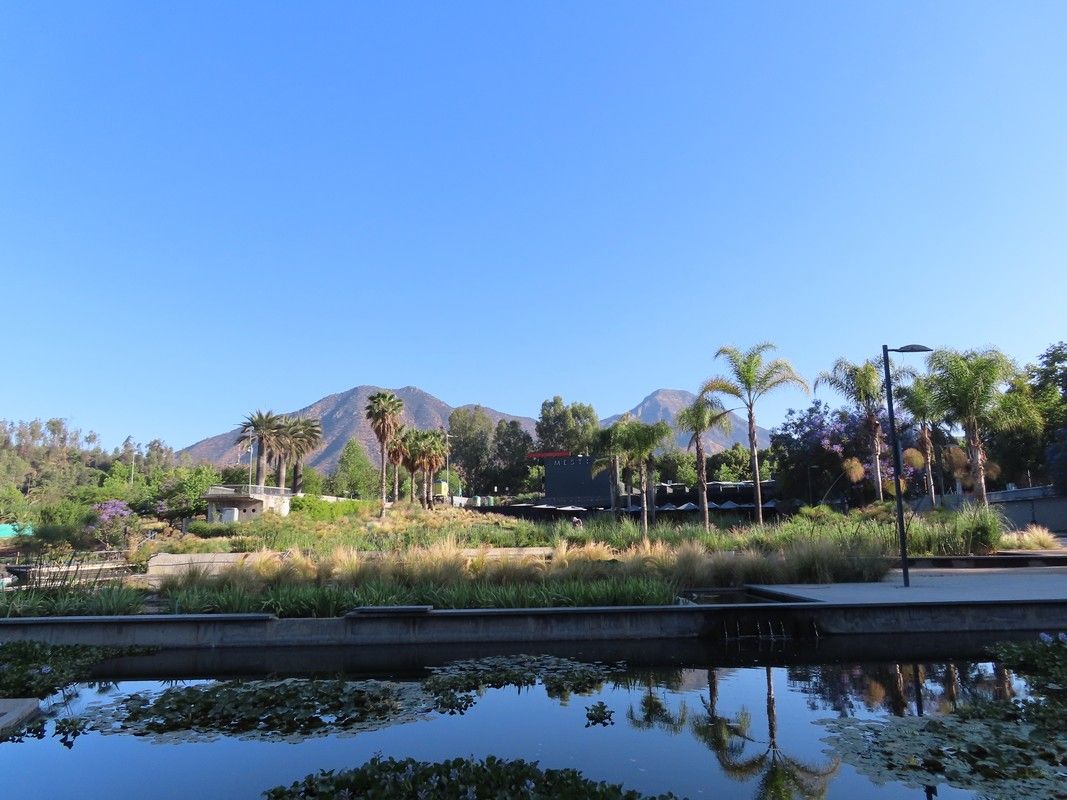
We were fortunate to have an exceptional guide, Isabella, who introduced us to the many sights. Our journey commenced at Parque Bicentenario, a stunning urban oasis that spans 74 acres and boasts over 4,000 trees, along with various water birds like the magnificent flamingos. In Santiago, there are two principal squares, with Constitution Plaza located in the civic district’s heart, where the beautiful La Moneda Palace resides. This palace, now the seat of the Chilean Government, was the backdrop for a tragic coup in 1973 that resulted in the loss of thousands of Chilean lives.

Santiago’s Plaza de Armas is a more of a ‘hustle and bustle’ square, distinguished by two fine buildings, the Central Post Office and the Metropolitan Cathedral. Both buildings were constructed in the 18th century, although the cathedral was altered in later years. The square is full of lively activity—an excellent spot for people-watching and getting to know this city’s energy.
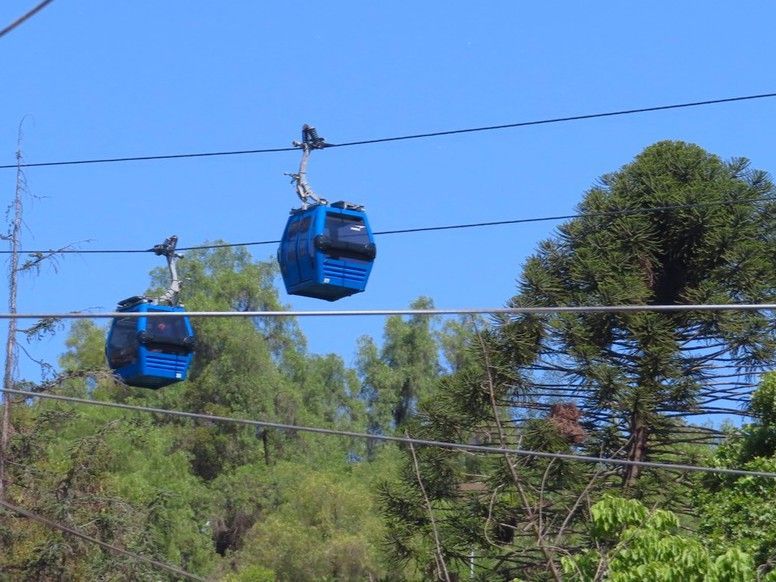
For amazing views we took the Santiago Cable Car, is an aerial tram located at the Metropolitan Park of San Cristóbal Hill with its landmark statue of the Virgin Mary at the summit, overlooking the city and surrounding Andes. Here is a great photo opportunity from this vantage point. At the base of the statue is a sweet little chapel dating back to 1921. Walking from the chapel towards the bottom of the statue we passed by seven crosses, each very different, seven artists were invited to create their own version of the cross.
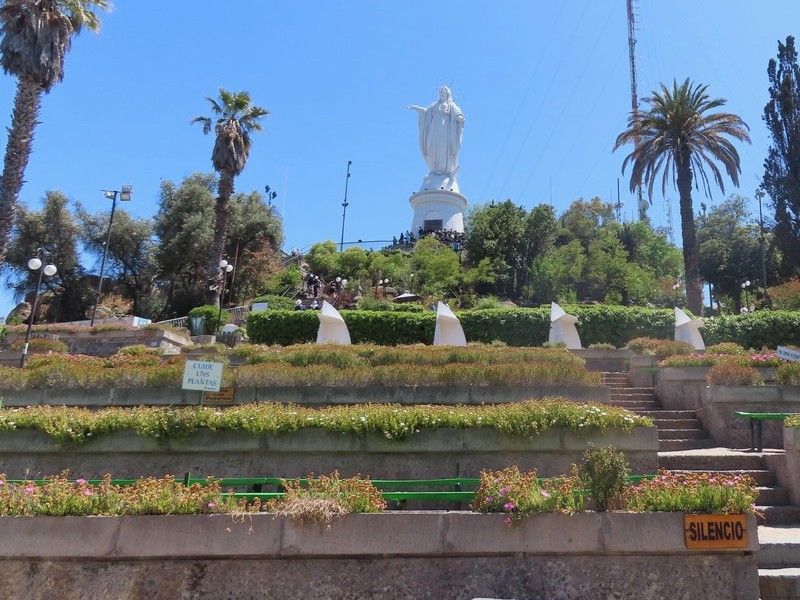
On our return to the hotel, we had the chance to see beautiful facade of ‘Club Hípico de Santiago’ the oldest, and one of the most renowned horse racing tracks in South America.
Valparaiso & Vina Del Mar, Chile
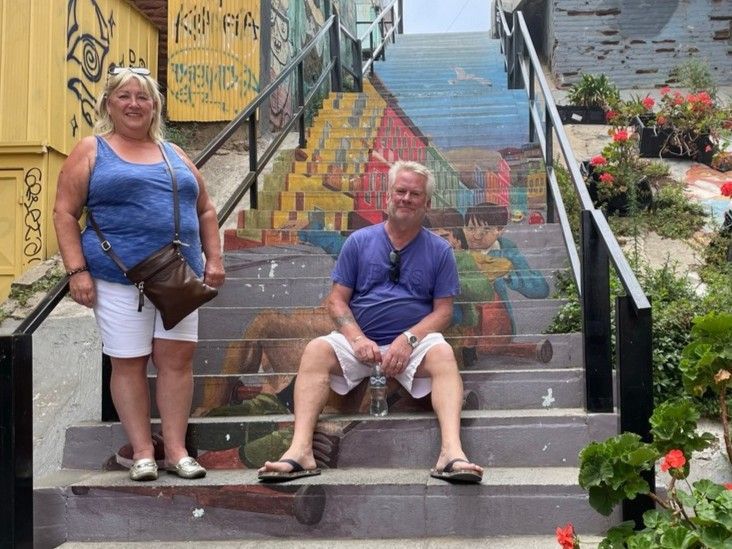
On our final day in Chile, we decided to explore the port city of Valparaíso. From a professional perspective, I was eager to see this vibrant city, as it serves as a popular stop for many cruise ships on South America cruise itineraries and around-the-world journeys.
Our drive through the Curacavi Valley was delightful, and by chance, we encountered an annual procession that takes place in the first week of December, filling the roads with colorful horse-drawn carts.
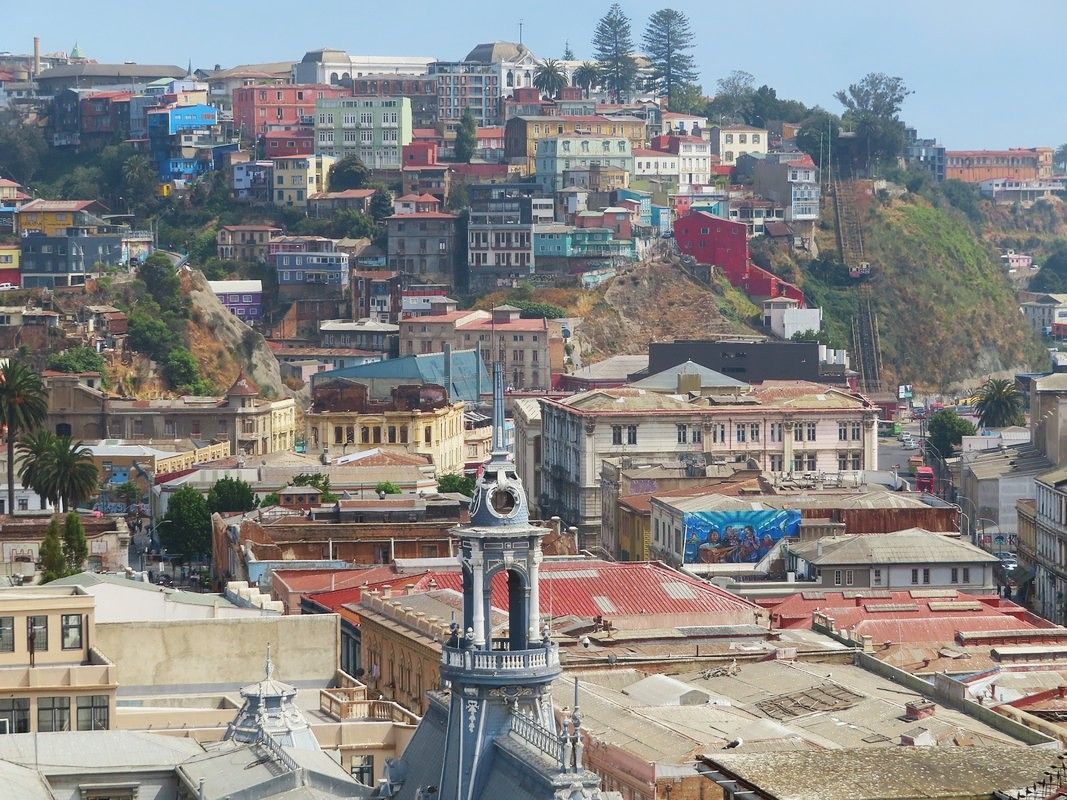
Valparaiso, the city of 42 hills, yes 42 hills but there are lots of lifts! Valparaiso had and still is the inspiration for many artists and poets. Best way to describe Valpo (as it is affectionally known) it's an explosion of colour, whether it be the picturesque cliff top houses or the street art. I was in my element taking loads of photos!
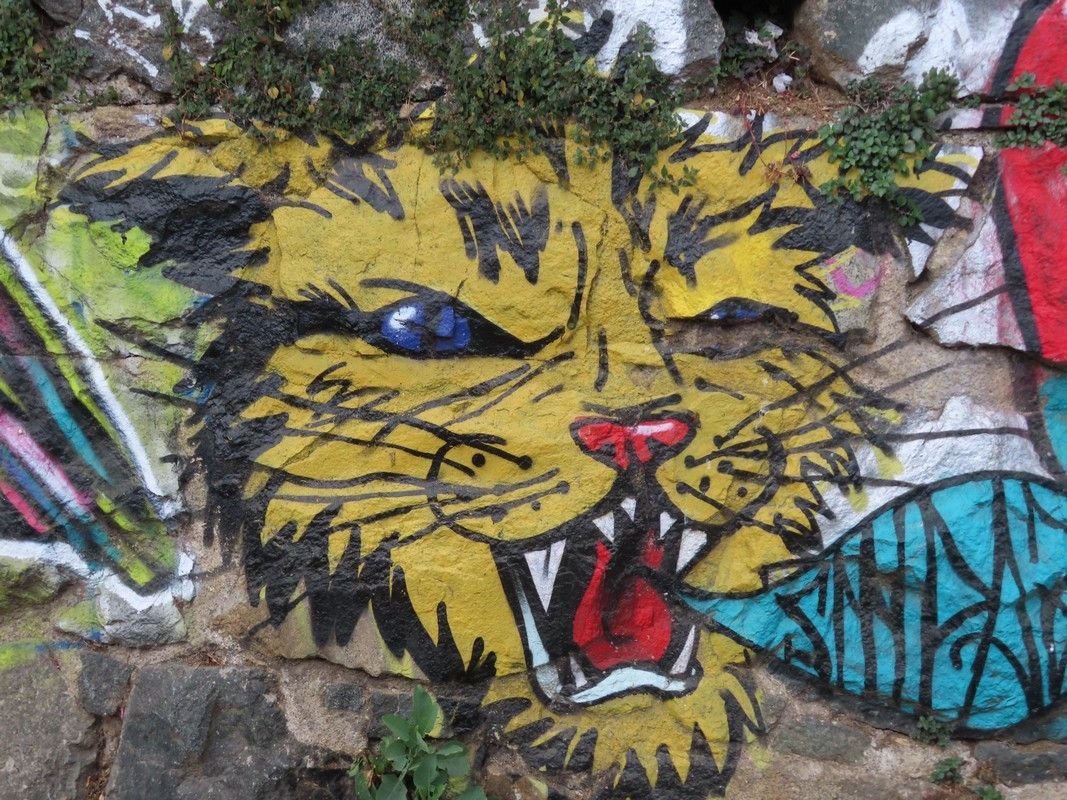
Valparaiso certainly didn’t disappoint, and I highly recommend visiting.
Valparaiso Street Art Photo Gallery
Vina del Mar
Our last stop of the day was Vina del Mar, very different to Valparaiso, its ideal for relaxing on the beach. We enjoyed a wonderful lunch at Tierra De Fuego restaurant overlooking the beach, perfect location for a great chill out!
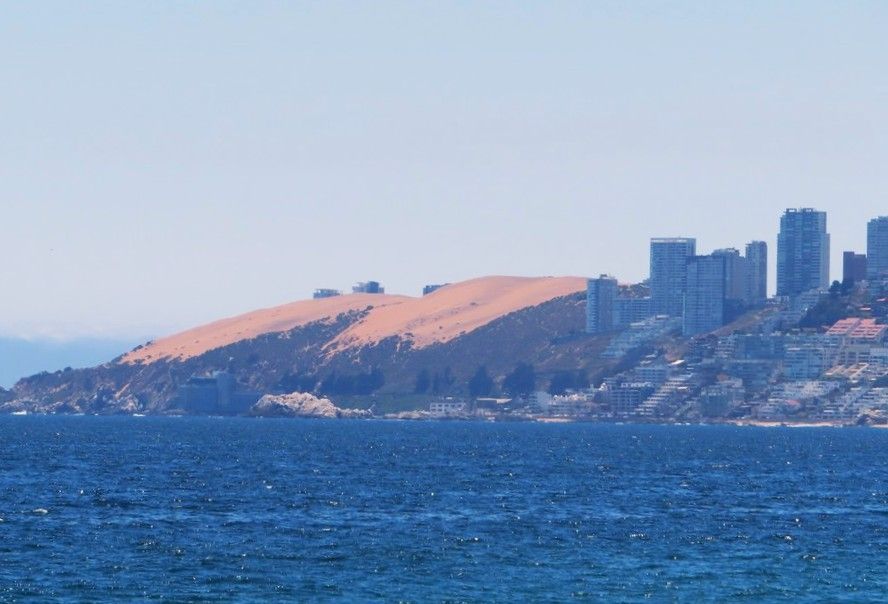
Our final evening of our South American adventure has arrived! We set out for the area known as the 'Shard,' using Uber for both our journey there and back, which operates smoothly here. This vibrant neighborhood is teeming with bustling restaurants lining the streets. While we waited for our meal, a guy appeared with a large boom box, dressed to impress, encouraging passersby to join him in dance — a truly entertaining experience! We appreciate a bit of free entertainment!
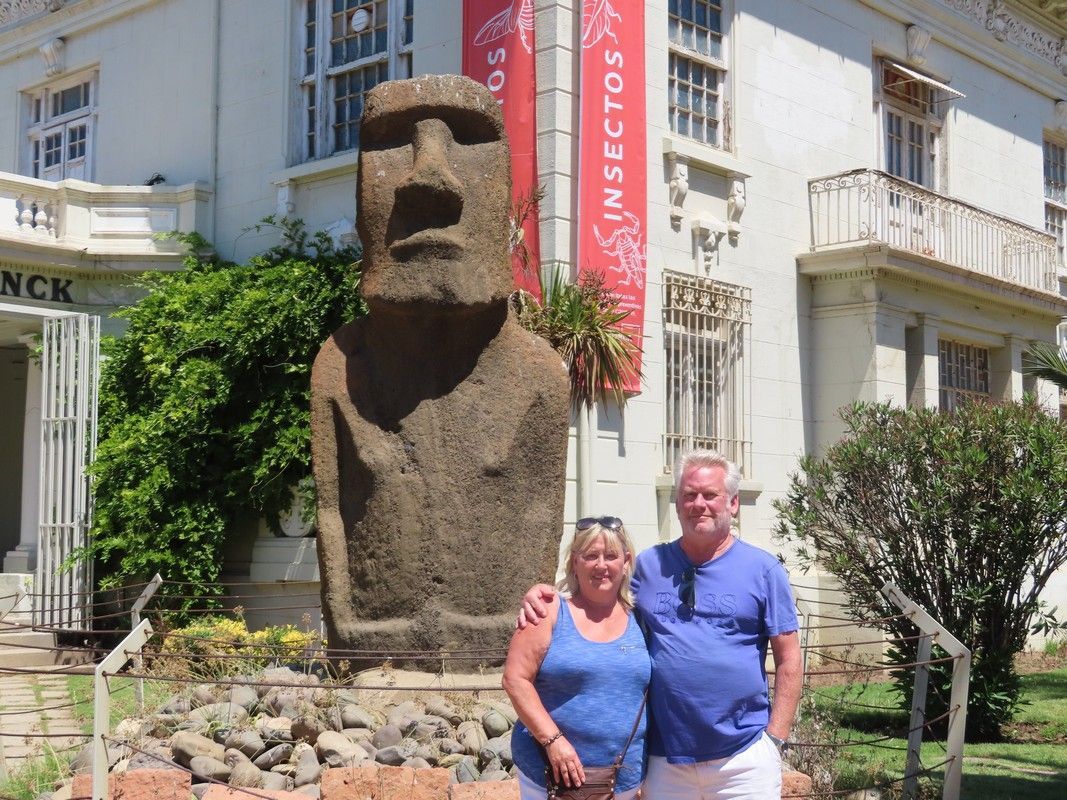
South America
Adventure Summary
Our tour was bustling, yet South America offers a multitude of travel options, including taking a South America cruise around the continent complemented by either a pre-cruise or post-cruise stay for additional exploration time.
At Select Travel Holidays, we collaborate with various touring companies that cater to different group sizes, ranging from as few as eight, to as many as forty participants. Personally, I find that traveling in a smaller group is preferable, although it may come at a slightly higher cost. If you would rather avoid group travel, we can create a customized journey with your own personal guides and selected inclusions. Remarkably, this option can be quite budget-friendly.
South American nations encompass Chile, Argentina, Uruguay, Paraguay, Bolivia, Peru, Ecuador, Brazil, Colombia, Venezuela, Guyana, and Suriname. Among these, several provide excellent access to bucket list destinations; for instance, Chile and Argentina are the top choices for coupling a journey with a trip to Antarctica, while Ecuador stands out as the prime gateway to the Galapagos Islands. The options are unlimited!
Read our Silversea Galapagos Review
Read our review of Peru and Machu Picchu - The Trail to Machu Picchu
If you are interested in a full South American adventure, or even just to visit one country, please contact us, drop us an email or call us on 01234 326778. Alternatively view all South America holidays


